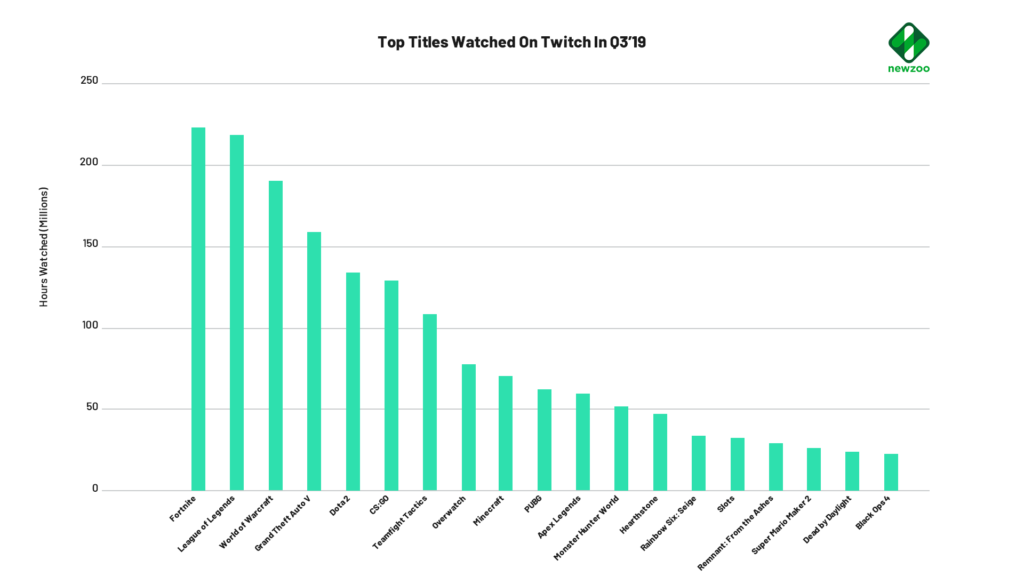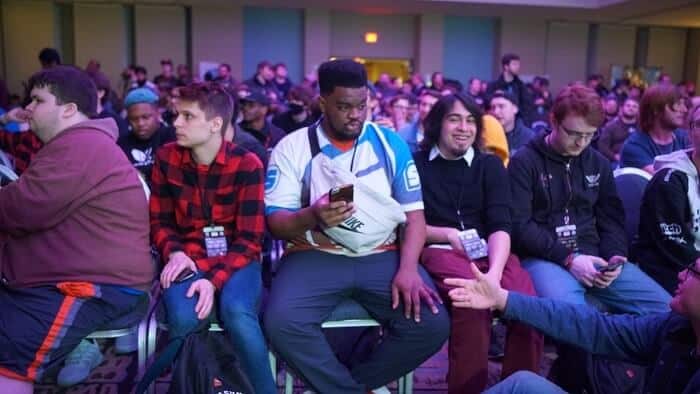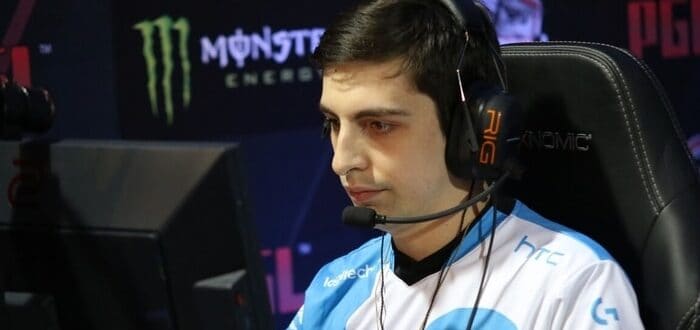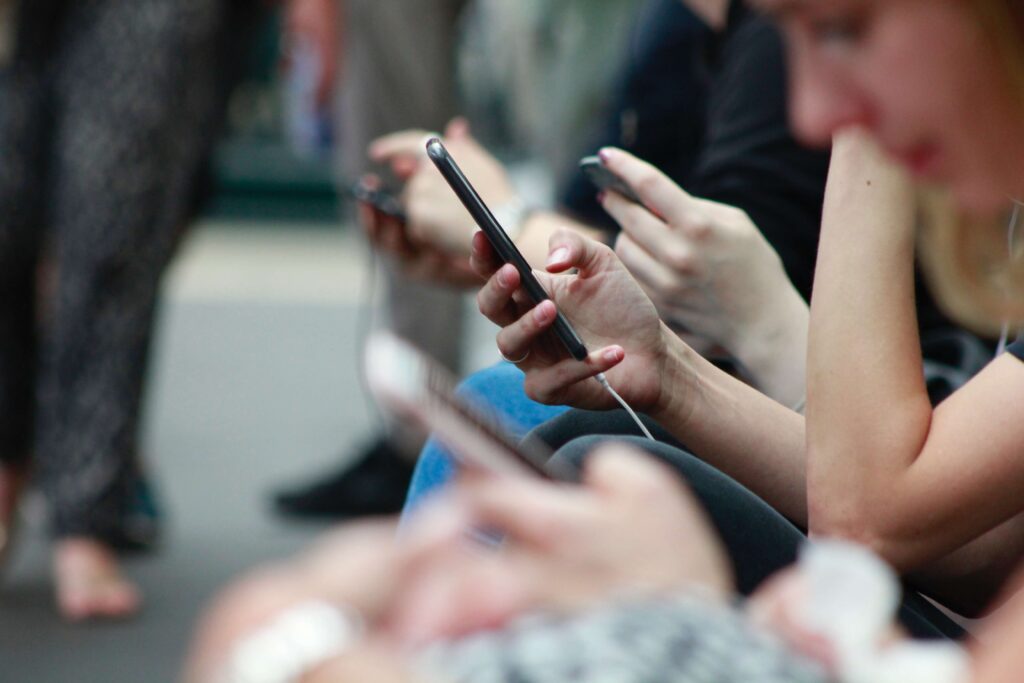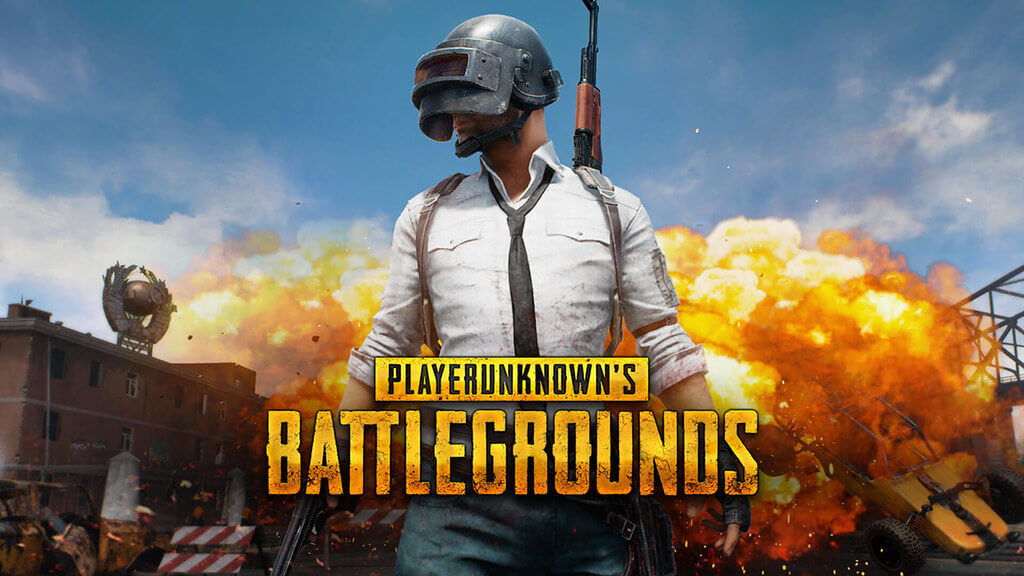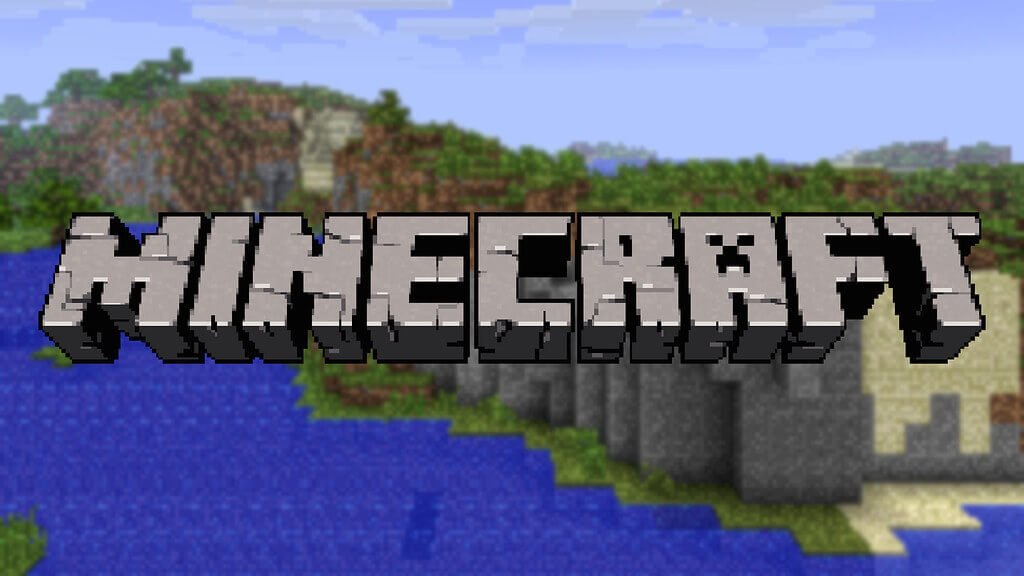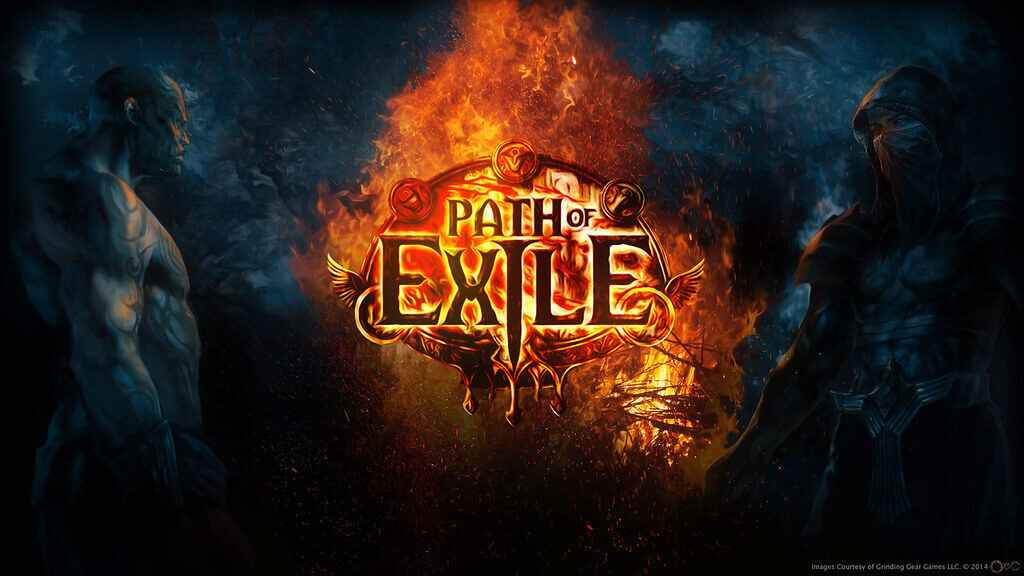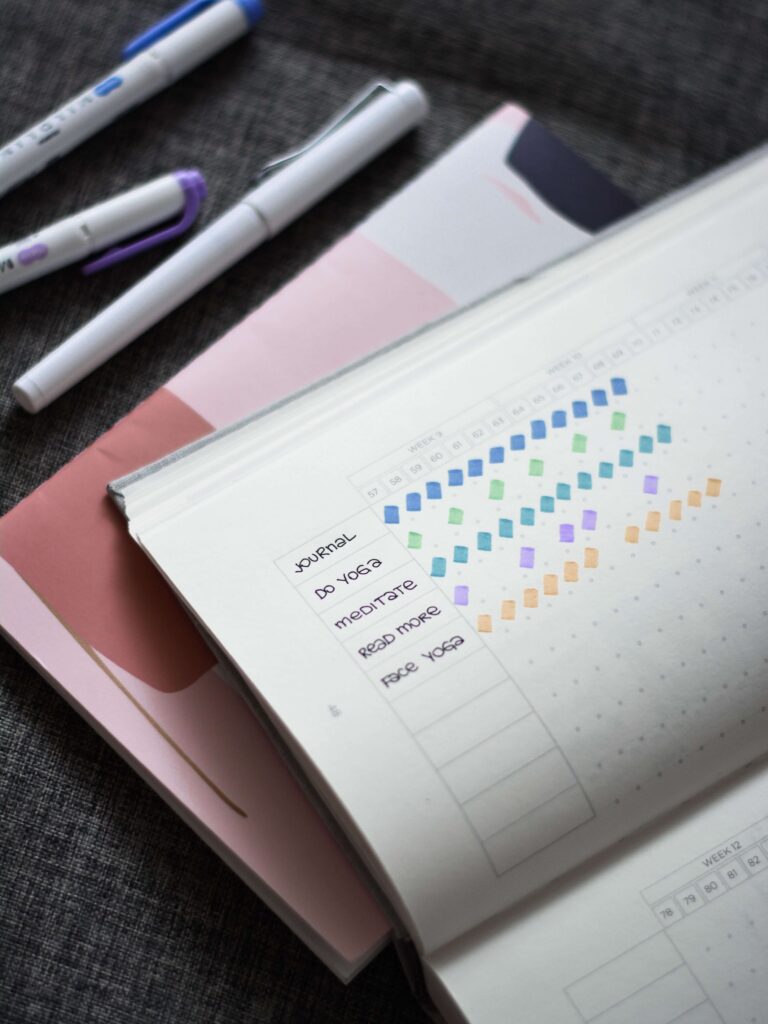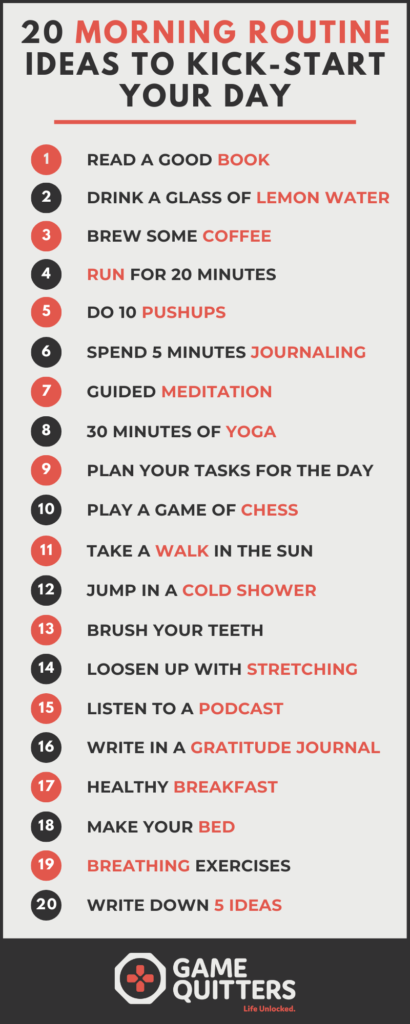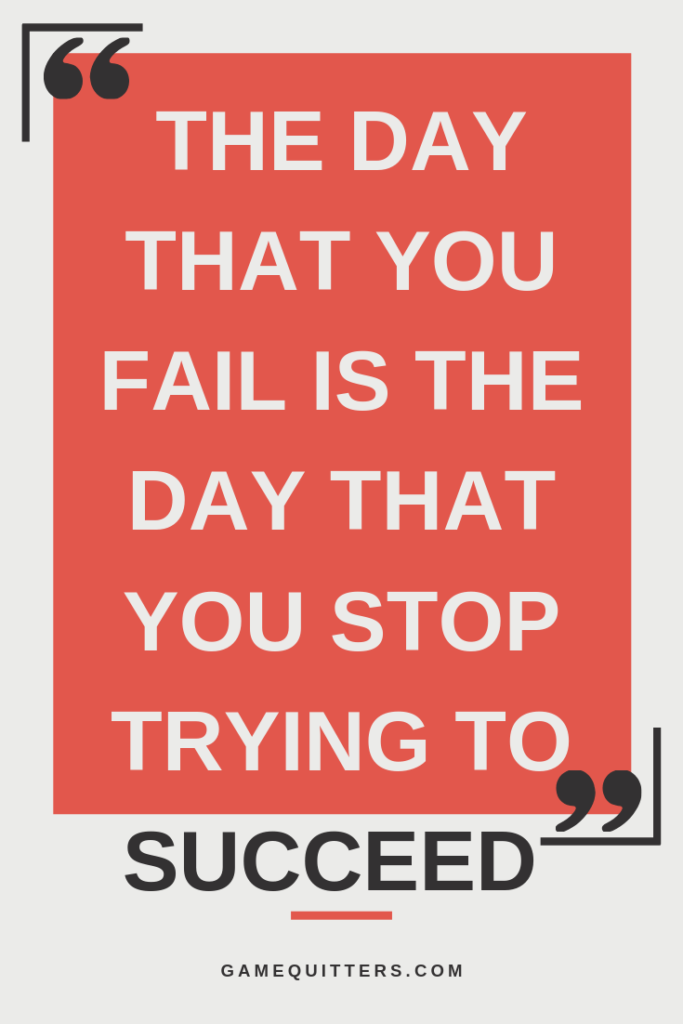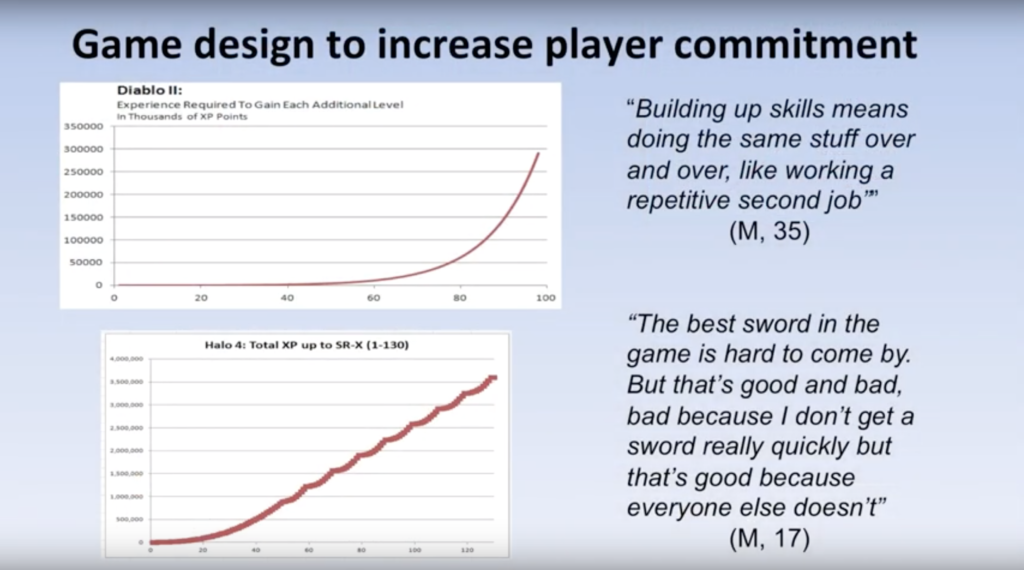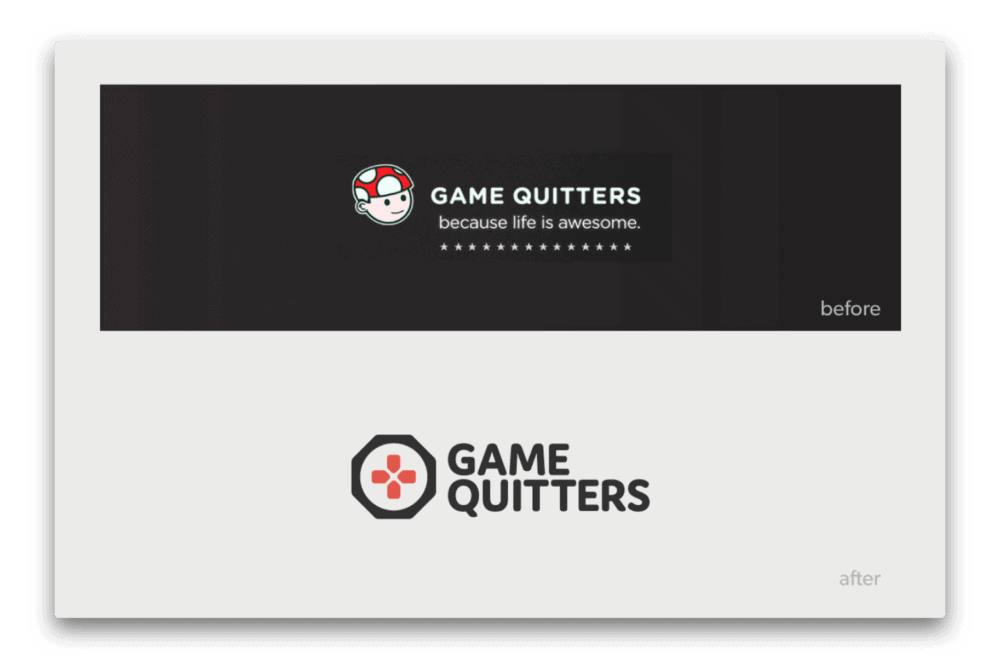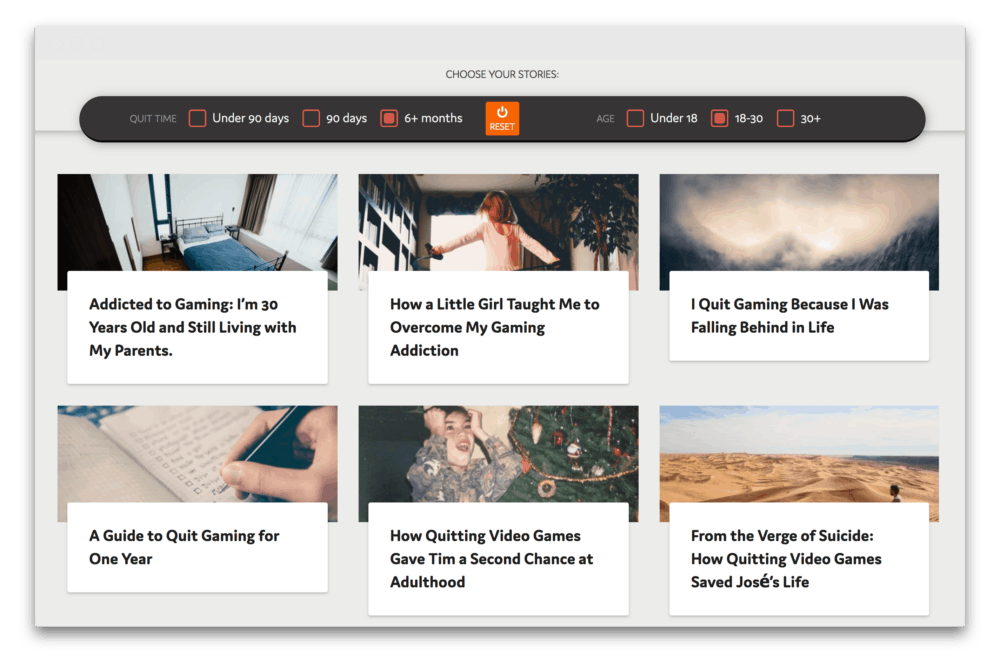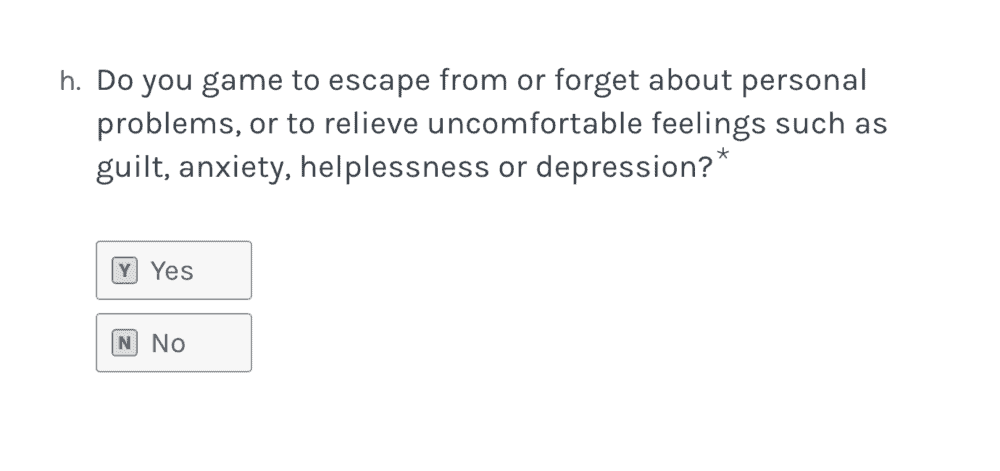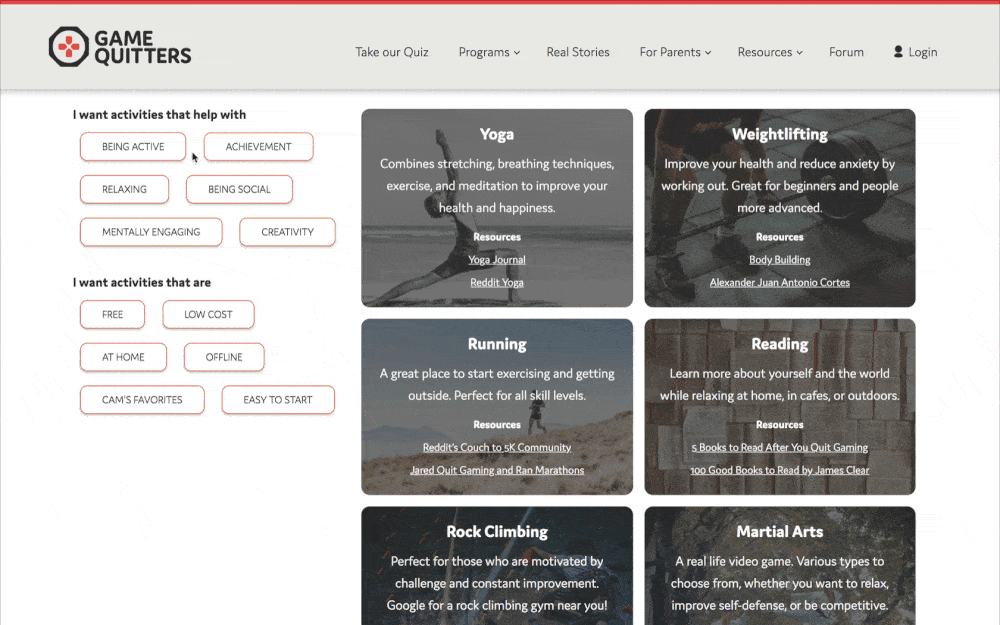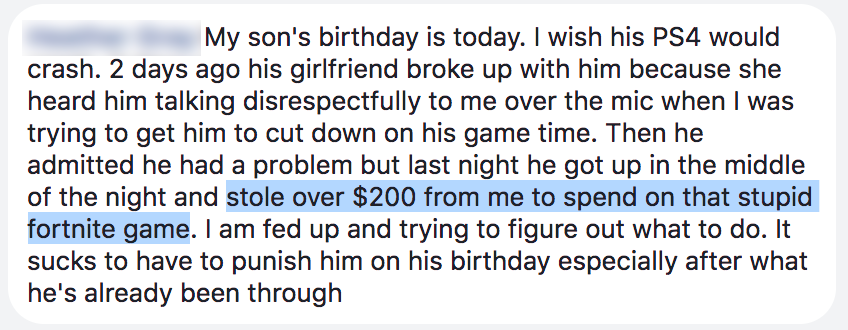Today, we are bombarded by everything digital.
From video games to emails to memes, there’s a never-ending onslaught of digital input into our lives that we no longer prioritize anything else. As a result, we are slaves to our screens, and that’s not a healthy way of living.
While technology can be helpful to improve our lives, too much of it can also be detrimental to our health, social interactions, and mental wellbeing.
While most people are conscious of this, they don’t know what to do about it.
Digital detox is a new trend in self-care, which has been on a steady rise since 2016. There’s no clear definition of a digital detox exactly, but it typically entails a commitment to boycotting technology – or specific aspects of technology – for a certain period.
And in this article, we’re going to take a closer look at digital detox, what it is, how it works, its benefits, and how to do it. By the end of this complete guide to digital detox, you’ll (hopefully) learn the following:
- What is a digital detox?
- Why do a digital detox?
- The benefits of digital detox
- The science behind a digital detox
- Does a digital detox work?
- How to do a digital detox
Let’s get started.
What is a Digital Detox?
A digital detox is an act of removing yourself from technology for some time.
When you do a digital detox, you will go a certain period without all devices connected to the Internet, including smartphones, computers, TV, consoles, video games, and other types of technology.
The goal of the digital detox is to repair your relationship with technology and get a healthier view of it. The goal is not to completely stop using technology forever but to change how you use it in your life in a more balanced way.
The amount of time people spend with technology is increasing by the day. Many people spend hours a day on it and don’t realize that they’re addicted to it. On average, an adult would spend more than 8 hours per day with technology, according to a survey done in 2020.
That’s why many people feel the need to remove technology from their lives or at least minimize their dependence on it. Doing so will help them evaluate their usage on a deeper level and then change their digital habits.
While tempted to think it’s easier said than done, a digital detox can be simple, and it’s certainly worth a try.
It doesn’t have to be a prolonged stretch or period where you quit technology entirely. You can choose how long you feel comfortable doing a digital detox for anywhere from 24 hours to 1 week.
Some people believe that a digital detox could help them, but they’re unsure how to go about doing it. That’s why we wrote this article. We want to show you how you can detox from technology and find your way back to a healthy relationship with it.
What Do You Do on a Digital Detox?
The first step is to go cold turkey on using technology. This means don’t use it at all for the entire digital detox. Everything from your emails to cable internet should be completely off the table.
It will feel tough at first, and you may feel like you are missing out on many things during the digital detox.
You might miss your favorite TV shows, the latest video game, or social media apps.
You will also find it difficult to concentrate and do things alone. You’ll be constantly tempted to check your Facebook account or snap a quick selfie with your smartphone because you’re bored.
But that’s the beauty of digital detox – you learn how to live and thrive without these distracting factors.
You learn how to appreciate yourself and your company, and you also start to cherish the small things in life, such as friendships, events, nature, and the world around you as you’re not sticking your nose in your screen all the time, which distracts you from the beauty that this world has to offer.
The next step is to spend time doing things that are different from what you normally do daily. This includes anything that would help you learn new skills or enjoy yourself in a new way.
You can start by reading, writing, playing with kids, exercising, working on crafts, or even taking up a hobby. If you don’t know what hobby to try, we’ve prepared a hobby tool that can help you find new hobbies when you’re doing a digital detox.
How Long Should a Digital Detox Last?
You can start with whatever length of time you are comfortable with. For example, you can start with 24 hours, and if you see the digital detox working for you, you can continue with it.
Ideally, you’d want your digital detox to last longer. Like anything else, the longer you do it, the more you’ll see results.
For example, if you are doing a digital detox for one week, you will start to see bigger changes than if you would only be doing it for a day. That’s because your brain will begin to change, and it will start getting rid of the dependencies created by technology.
Turning off all digital technology for a week or longer may seem like a long time, but it isn’t that difficult. You can do it during the day or at night. You can even do it while on holiday if you don’t feel like a digital detox would work in your daily life.
In our Respawn program for gamers, we offer a similar idea of detoxing from video games. In our program, the detox lasts 90 days because that is how long it will take for your brain to rewire the changes caused by gaming addiction.
Once you get used to the idea of doing a digital detox, you’ll start noticing how different your life becomes when you no longer have your devices and Internet available. It might be a bit difficult at the start, but once you get into it, you’ll see that it gets easier with time.
Why Do a Digital Detox?
The following are the most common reasons why people do a digital detox. After reading these, if one of them describes you, you should strongly consider doing a digital detox.
1. To avoid distractions
Distractions are everywhere in today’s world, and they can be hard to ignore. But if there’s one thing that technology makes easier, it has to be distractions. While having devices connected to the Internet gives us quick access to information and communication, they also come with guilt feelings because of their potential for distracting us.
You stop focusing on the tasks you need to do. Instead, you turn to tasks that are more pleasurable and more comfortable, like playing your favorite video game, scrolling through social media, or watching another Youtube video.
This makes your work less productive. Technology is so fast-paced that it makes everything easier for us, except for our ability to do work.
2. To unplug from the world
The purpose of unplugging is to detach yourself completely from technology and to live in the present moment, without distractions, to live your life fully and enjoy the little things again, the ones that you didn’t even notice previously.
Additionally, a digital detox could help you get a better image of yourself. You’d stop seeing all the “happy” people on social media, and you’d focus on the things that you love doing more.
3. To set priorities
If you’re not using your time well, who knows what will happen to you? You could become unproductive and lazy. Or maybe you won’t work at all. Or you could even lose your job if you don’t take care of yourself.
But if there’s one thing that technology doesn’t provide us, it’s the ability to prioritize our tasks properly. This is one of the biggest disadvantages of technology for us.
Additionally, when you start focusing on technology too much, you forget about the people around you. The people you love and cherish, your friends – technology becomes your priority, and the relationships start to suffer.
A digital detox can help you shift your priorities towards healthy things again.
Should I do a Digital Detox?
If you think that a digital detox isn’t for you, that’s fine. You can choose to do it, you can choose not to do it, and you can decide never to try it at all.
But before you decide, think about your relationship with technology. Think about how much time you spend with it every day and how it’s affecting your life. Maybe a digital detox could help you in some way.
Do you think a digital detox will bring positive things to your life? If so, why don’t you give it a shot? You can do it for 24 hours or even for one week. Decide to try it out for yourself and see if it brings positive changes.
Doing a digital detox has next to no negative effects, so giving it a shot surely can’t hurt. However, if you don’t feel any changes after the detox, then you can establish that it hasn’t worked for you as intended.
Here are a few signs that might help you decide that a digital detox is right for you:
- You feel like you’re wasting too much time on social media, playing video games, apps, computers, or smartphones
- You don’t manage to complete the tasks you’ve prioritized for the day because you’ve been distracted all the time
- You feel like your relationships with the people that matter to you have deteriorated because of technology, and you want to repair them
- Your confidence and mental health is suffering as a result of technology overuse
- You don’t socialize as often as you did, and you also don’t do physical activities as much as you used to
- You don’t feel present in conversations and real-life activities and events
- Take some time to evaluate whether you notice any of these signs and if you do; then a digital detox could be very beneficial.
Negative Effects of Too Much Technology
There is no doubt that technology has improved certain aspects of our lives. For example, we can now order food, clothes and watch our favorite movies without ever having to leave our couch.
But that also comes with some negative consequences. Because technology is so ingrained in our everyday lives, it’s easy for us to get too comfortable with it. And because we tend to overuse it, we get addicted to it. We begin comparing ourselves with others, and we become obsessed with our phones and social media accounts.
We find ourselves becoming more anxious, depressed, and exhausted than we did before.
Researchers have found that there’s a strong correlation between using technology and feeling depressed. This negative effect is even more pronounced in teenagers. The Internet can make them feel lonely and insecure because of its overwhelming nature.
In recent years, more and more people have also suffered from technology-induced anxiety. And this is because these people are glued to the screens of their devices, and they don’t even notice it.
Technology overuse can also decrease your physical health because you spend less time experiencing nature, doing physical activities in nature, or doing sports to keep yourself fit and healthy. This is why it’s very important to find a balance between working online and offline.
Some negative effects of technology overuse include:
- Low self-esteem
- Depression, anxiety
- Sleep difficulties
- Weight gain, obesity
- Lack of exercise
- Poor time management
- The wrong set of priorities
- Lack of productivity
Benefits of Digital Detox
The benefits of digital detox are clear. Researchers have found that the consequences of technology overuse can be disastrous, especially for our mental health.
A digital detox could help us escape this trap and heal ourselves from the damage that has been done.
Here are some of the benefits that you can experience from a digital detox.
Lower Stress Levels
Research shows a strong correlation between stress and technology, especially smartphones. So if you spend a lot of time with your phone, you could be stressing yourself out.
But if you do a digital detox, you will experience lower stress levels because technology isn’t the only thing that will occupy your time. You will also be forced to spend more time with other people, whether in person or online.
Some evidence suggests using smartphones increases our cortisol levels, which are directly linked with high-stress levels. Cortisol is your body’s main stress hormone, and too much of this hormone can lead to chronic stress.
That’s why putting down your phone and forgetting about technology for some time might help you de-stress and calm down. This benefit can be even more powerful if you practice meditation to go along with your digital detox.
Additionally, when you do a digital detox, you might find yourself spending more time outdoors and doing the activities you love, which will lower your stress levels even more.
More Productivity
If you’re always reaching out to your phone or working on your computer, then you might not be at your peak productivity.
The truth is that technology makes it tempting to use it all the time. And because of this, people spend their time multitasking while doing other things. So they end up wasting their time online while doing other important activities.
Smartphones and computers cause the so-called “brain drain,” a term used for your smartphone and technology occupying all of your brain’s cognitive ability, which leaves you unable to focus on other tasks appropriately.
A study done by the researchers at the University of Chicago found that the mere presence of your smartphone can lower your productivity significantly. It also found that the more you use technology and smartphones, the less you can focus on other tasks at hand.
That’s why getting rid of your smartphone and other distractions for some time can be beneficial. You’ll learn to be more productive and focus on the tasks that matter even after your digital detox is done.
You’ll Be Healthier
Technology overuse can lead to a lot of problems. With this in mind, you need to find a way to reduce your overall technology use.
The fact is that technology overuse has a strong correlation with a range of negative health issues, including obesity and poor sleep quality. Using your device right before sleep increases your melatonin levels, which will make it harder for your body to fall asleep.
Overusing technology can also give you anxiety and depression because you spend so much time with these devices. And because your quality of sleep will suffer because of too much technology, your mental health will also suffer.
All of these things can lead to poor physical health as well as mental health. With a digital detox, you’ll be able to avoid all of these problems. In addition, your mental and physical health will improve as you will not rely on your devices for entertainment as much.
In this regard, replacing your technology use with valuable hobbies is important during the detox. For staying healthy, I recommend trying physically active hobbies and those that will keep you occupied mentally.
More Confidence
Social media causes you to compare yourself to others, making you feel less confident about yourself.
If you spend a lot of time on social media, you will always see updates and photos from friends and other people. This might make you feel like you’re not as good as they are or that your life isn’t as great as theirs.
But if you do a digital detox, you won’t be able to compare yourself to others in the same way anymore. Instead, you’ll be able to live your life without constantly comparing yourself to others.
Better Relationships with People Around You
The truth is that the more time you spend on your phone or computer, the less you will pay attention to the people around you.
This can affect your relationships with family or friends. For example, if you always look at your phone or computer, you will show the people around you that you are not interested in spending time with them.
However, if you do a digital detox, then most likely, your relationships will improve. You’ll learn to spend time with the people around you because many fun activities do not require technology at all.
A digital detox might also help you build your social skills. You will learn how to spend more time with the people around you without technology, which is very important for being a good human being.
More Awareness
When you do a digital detox, you will become more aware of the little things that make our lives beautiful. Previously, you’d be sticking your nose in your phone all the time without paying attention to the beautiful world around you.
You’ll start noticing the small things like the people around you, the beauty of nature, or the sounds around you. You will get back in touch with the world around you and develop a sense of wellbeing because of it.
Present-moment awareness that you would get from a digital detox can also help you alleviate some mental health issues, such as depression, anxiety, and cortisol levels. According to a 2019 study, mindfulness could help you become more present during your detox.
To maximize the effects of your detox, you can start practicing meditation and mindfulness. Both practices can be great for your long-term relationship with technology and video games in particular.
How Does a Digital Detox Work? The Science Behind a Digital Detox
If you’re wondering how a digital detox would work for you on a deeper level, then get ready to dive deeper into the science.
Recently, we’ve published a dopamine series on GameQuitters. We analyzed how video games affect dopamine levels and how dopamine can be one of the main reasons video games are so addictive.
Games increase dopamine levels, so you get a hit of dopamine every time you play a game. As a result, you’ll need more and more to feel satisfied the next time, which can lead to an addiction. Even the structure of your brain changes. It will take weeks and even months of abstinence from video games to reverse the effects.
When you do a digital detox, something similar will happen to your brain. When you get a like on social media, you get a rush of dopamine. When you scroll through your Twitter or Facebook feed, you get a hit. The same happens when you watch your favorite series, movie or even listen to your favorite artist.
What is Dopamine?
Dopamine is a neurotransmitter that is released in your brain when you get rewards. It’s the thing that motivates you to seek goals and rewards. It can be released in large amounts when you get certain rewards or when you expose yourself to something that feels pleasurable to you.
For example, dopamine is released in your brain when someone likes your Facebook status, when you watch your favorite TV show, or when scrolling through your social media feed. It’s a part of your reward system and helps us find ways to motivate us to achieve our goals by providing pleasure.
When you get exposed to your favorite video game, the same thing happens. First, you get that pleasurable hit of dopamine. And then, when you’re playing the game, there’s a sort of pleasure cycle that will keep releasing dopamine in your brain and keep you motivated to play more and more.
You will want to play games just because of the rewarding feeling you’ll experience while playing them and experiencing your favorite parts and moments in-game. The same happens with social media or other types of digital entertainment.
This creates a loop of addiction. You’ll need to experience more and more rewarding moments to get that dopamine hit, which can lead to an addiction.
Digital Detox and Dopamine
That’s where a digital detox comes in. By abstaining from video games or other digital entertainment, you’ll remove your addiction to dopamine.
This can be a great way to cure social media addiction. This is because social media not only increases dopamine levels but also activates the same reward centers in the brain that are triggered when you’re playing video games.
Apps on your phone, video games, and even other types of digital entertainment are designed so that they give you hits of dopamine. Whether it’s a like, snap, chat from a friend, share, or another mechanism, most applications and video games are designed to keep you hooked, to keep you coming back, and even to get you addicted.
If you think about it, it’s similar to taking a small hit of a drug only to keep you coming back to the drug, which can get you addicted.
A digital detox helps you break this cycle and rewire your brain’s dopamine dependency.
When you do a digital detox, you suddenly stop getting those dopamine hits, which helps you break the cycle of addiction. Instead, you are rewiring your brain to get dopamine from other sources like doing your favorite sport, working out, studying, learning a new language, enjoying nature, and other activities that you previously ignored.
A Digital Detox Rewires Your Brain
With a gaming addiction and other forms of tech addiction, your brain slowly starts to change. It becomes accustomed to the dopamine rush you get when you expose yourself to your favorite game, app, or social media.
The reward pathways in your brain start to adjust and find other ways to get that hit of dopamine that helps you keep pursuing your addiction. You don’t need it anymore since your brain found different ways to release dopamine without exposing yourself too frequently.
The brain’s neuroplasticity allows the brain to adapt and change according to the stimuli it is exposed to.
Many studies have shown that the Internet and social media have decreased our cognitive functions (1,2). One of the most profound changes in our attention span, which has massively decreased due to social media.
Heavy social media users also do worse on tests than light or moderate social media users and require more effort to get the same tasks done. This leads to physical changes to the brain’s part responsible for attention – the prefrontal cortex. The negative effects on attention span are even more negatively pronounced on the developing brain of young people.
A digital detox can help you rewire those changes to your brain and restore normal brain function. This will help you increase your focus and prolong your attention span, and it can also boost your memory and concentration.
Does a Digital Detox Work?
A digital detox is a great option for people suffering from addictions to video games, technology, and social media. It can be a good way to break the cycle of addiction and help you rewire your brain, and reverse some of the effects of social media and app addiction.
While there haven’t been many studies on the effectiveness of a digital detox, there have been some preliminary findings. For example, a study published in December 2018 showed that after just one week of abstaining from social media, the participants’ stress levels decreased by 68%. However, this was effective only for heavy social media users.
Another study, published in August 2020, found that a digital detox can help you alleviate or avoid the negative effects of social media use. Perhaps more importantly, a study from 2019 by Liao shows that subjects showed a better level of self-regulation after two weeks of digital detox.
All these results tell us that even though not many studies are being conducted, a digital detox can be highly effective if you stick to it strictly.
How to Do a Digital Detox?
If you feel like you’re in dire need of a digital detox, it is quite easy to get started. The most important thing to note here is that you should not compromise the quality of life just to do the detox, as you can still use certain aspects of technology that you might need for work or school, for example.
A digital detox might be as simple as putting your phone away for your meal or a few days to more complex like quitting technology altogether for a few days or even weeks.
If you’re looking to dive deep and start your digital detox, here are the steps you can take to complete it successfully.
Step 1: Break Down Your Goals for a Digital Detox
If you’re going to embark on a digital detox, then you need to have a clear idea of what you want to achieve from it.
This might be something as simple as abstaining from your phone for one hour every day to be more productive. Or it might be something more complex like quitting social media and all the apps that make it possible entirely.
Based on your goals, you’ll be able to set up your digital detox more effectively. For example, if your goal is to completely quit or limit social media usage, then deleting your apps and maybe even deleting your accounts might be more effective than just turning off notifications.
Step 2: Turn off All Notifications
If you turn off your notifications, you will be able to stop receiving messages, emails, or other notifications on your phone or laptop. You can also turn off the sound of your phone’s ringtone so that you won’t be interrupted by it.
This will help you prevent getting distracted by your phone or another electronic device, even when you’re not using it. So many people tend to check notifications on their devices that they don’t get a notification from it.
Step 3 (Optional): Remove Social Media Apps From Your Phone
If you have multiple social media apps installed on your phone, you might need to remove them. After all, they can give you a dopamine hit even when you’re not using them, so they are very addictive and might cause depression if left unchecked.
Removing social media apps from your phone might seem like a radical move. Still, it’s necessary if you feel like you’re checking your Twitter, Facebook, or Instagram way too often and unnecessarily.
However, you don’t need to take this step if you don’t feel the need to. For example, if you feel like you can control your phone usage without deleting your apps, you can also detox that way.
Step 4: Be Mindful of Your Technology Usage
I have already noted that practicing mindfulness while doing your detox can be beneficial. Before you start your detox, you should aim to keep track of your technology usage and make sure that you’re aware of when you’re doing it. Only that way will you be able to control it effectively.
Once you get used to using social media constantly, you do it instinctively. As a result, you will inevitably find yourself opening up your social media apps without you even realizing it. Before you know it, you’ll be stuck on your Twitter or Facebook feed for hours daily.
If you practice mindfulness, you’ll be able to control your mind better. For example, you’ll have the ability to say no to digital entertainment when you feel a craving.
Step 5: Track Your Usage
A good way to make sure that you’re not using your device as much as you did previously is to use apps to track your phone usage.
iPhone users already have this option built-in on their devices, but if you don’t have it, there are many great apps that you can use. Good examples of apps include Social Fever, My Addictiometer, and OffTime.
Step 6: Find New Hobbies and Activities to Fill Your Time
Now, one of the most important things during your digital detox will be to create better habits. And by this, I mainly mean replacing your digital usage with activities that are beneficial for you and the activities you love doing.
You’ll find that all of a sudden, you will be left with hours daily when you’re not using social media and other forms of digital entertainment. As a result, you might find yourself bored, which is, in fact, one of the main reasons why you might have been using your phone so much.
The activities you could add to your daily schedule include exercise, meditation, and reading. This will keep you physically fit and give you a chance to be more mindful and present in your everyday life. It will also fill your time with new experiences that you might not have thought of.
To keep yourself busy and active, you will need to find activities that you love doing. Of course, there are countless other hobbies and activities that you might like. It might be a hobby that you once did and loved but left because you didn’t have time to do it any longer.
If you’re not sure what hobby you should try, check out our hobby tool. With it, you’ll be able to find a good activity for yourself even if you’re not sure what you like doing.
Step 7: Create a Plan After Your Detox
One of the best things about a digital detox is that you’ll be able to create a life for yourself where you will be free of the need to use your phone or another device so much.
Before you just conclude your detox and start your life back again, it’s important to take some time to create an outline of how you want your life to be.
Ideally, you’d want to stay free of the overuse of social media and digital entertainment – after all, that is one of the main goals of a digital detox.
By the end of the detox (depending on how long you make it), your brain will get used to getting stimulations from other sources, and it will not be as dependent on your phone or other devices as much.
This creates an opportunity for you to create a more satisfying life without social media, video games, or phone addictions.
Additional Tips and Tricks for Your Digital Detox
Here are some additional tips and tricks that can help you during your digital detox.
- Turn off your phone if you need to. This can be a great method if you don’t have another way of completely refraining from using your phone.
- Set up reminders. You also might want to set up reminders on your calendar or phone not to use social media apps or other apps that you might want to refrain from.
- Practice mindfulness. Now, this is an optional thing because not everyone will want to do it, but mindfulness can help you out during the process. The process of mindfulness will make you far more aware of your actions and your digital consumption, which can help you steer clear of it.
- Tell your family and friends about your detox. If you use your devices to talk to your friends or family often, it might be helpful to let them know that you’re doing a detox. This will help you avoid some relationship issues that might happen if you suddenly stop responding to them if you’re not using your phone as much.
- Have faith! Last but not least, you need to stay consistent with your detox even when things start to feel tough. Inevitably, you will feel cravings to play your favorite game or take just one look at your Twitter feed, but doing that can easily set you back to where you started.
Need Help?
A digital detox can help you with your gaming addiction or another type of digital addiction, as long as you stick to it. Some studies have proved it, and many people have had great success with it. The longer the detox is, the more successful it will be.
It’s okay if you don’t feel good along the way and you need help. However, if you don’t have anyone to talk to, consider talking to a therapist. We have a database of excellent therapists worldwide so that you can contact one close to your location.
Additionally, here at Game Quitters, we have prepared many guides and resources that you can use to help you. Most of the content is for quitting playing video games, but you’ll find many tips and tricks that you can apply during your digital detox.
If you suffer from a gaming addiction (or other digital addictions), we’ve also prepared many other guides and free resources on Game Quitters. These include:
If you appreciate our content and what we do, feel free to share it with other people who might find this article (or other articles) helpful. Our mission is to help as many people overcome their digital addictions and get their lives back to normal.
Note: If you’re a mental health professional and want to learn more about gaming addiction and treatment, you can do so with INTENTA’s Gaming Disorder training for professionals.



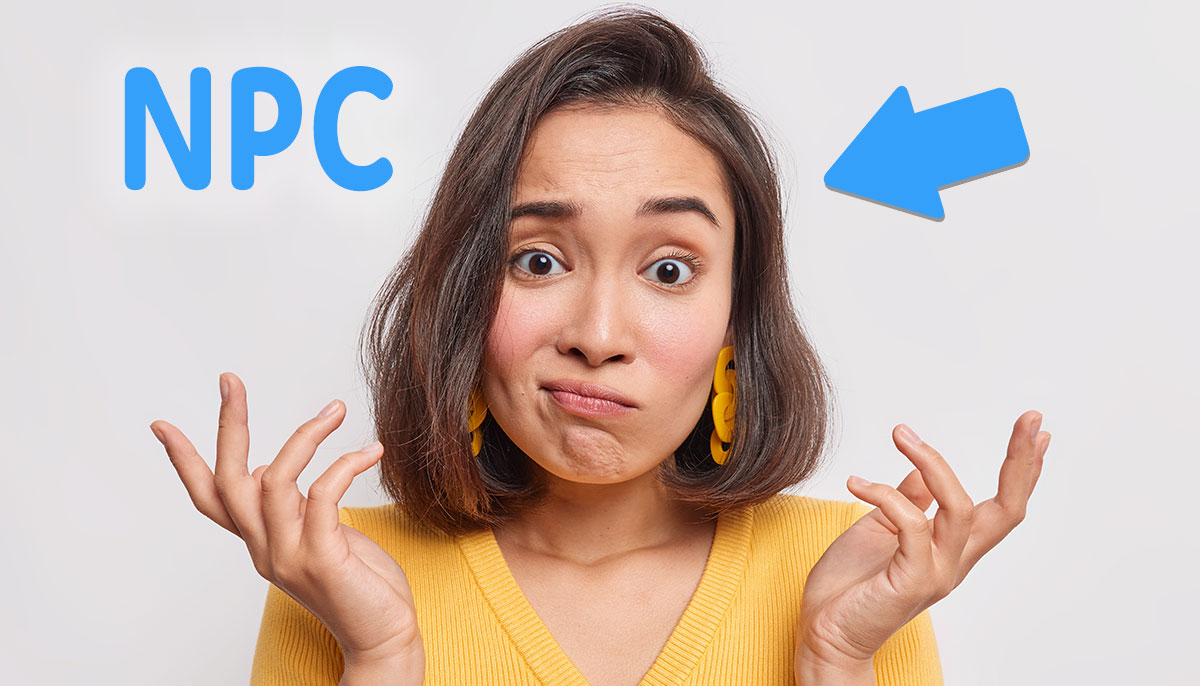
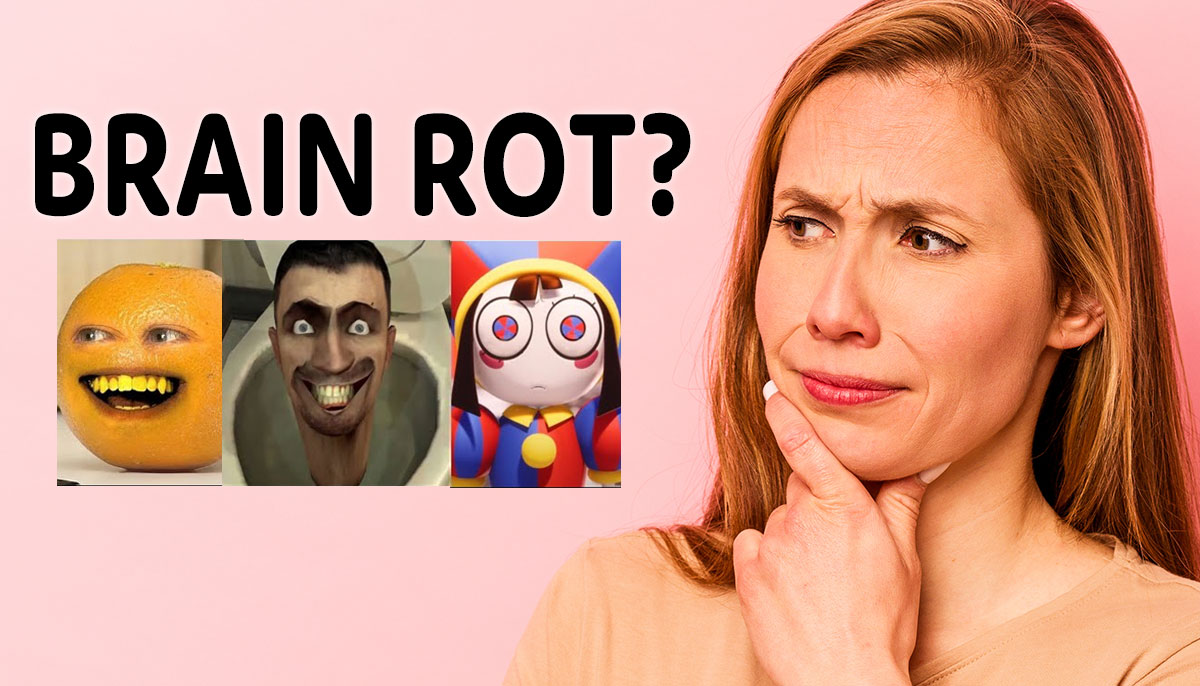

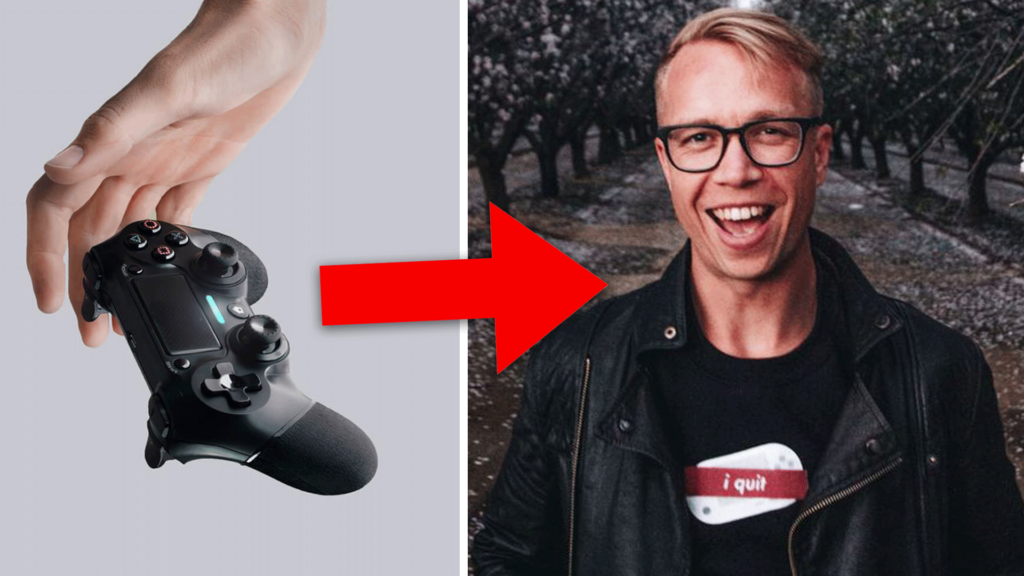
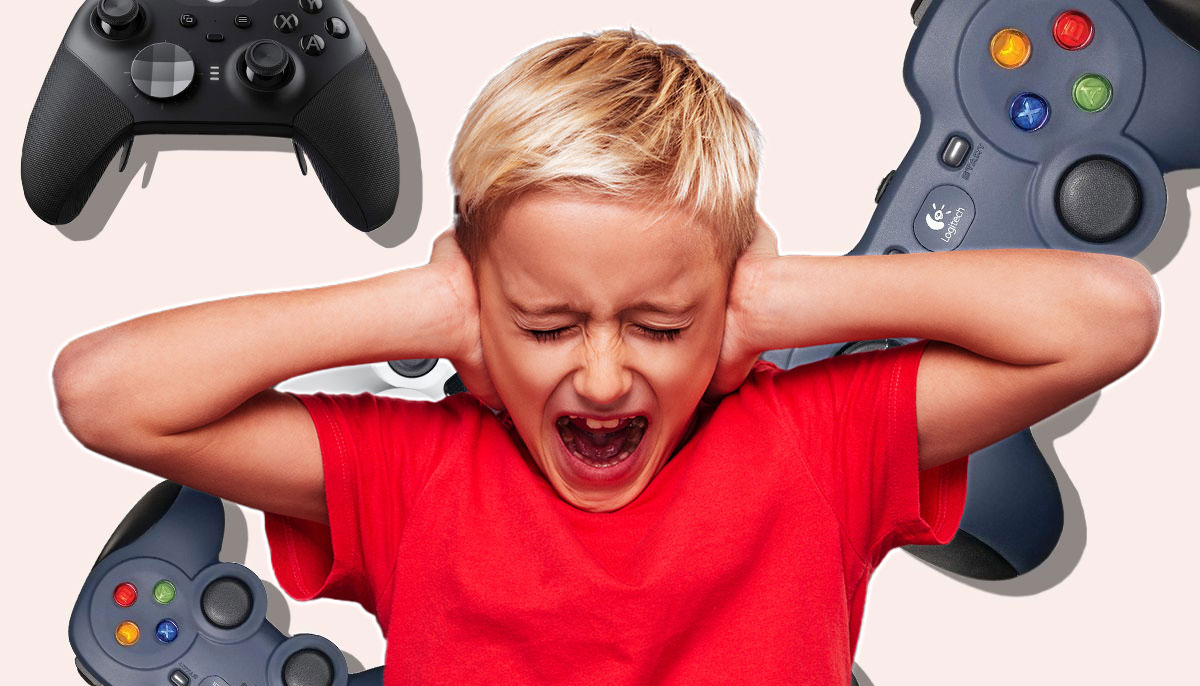
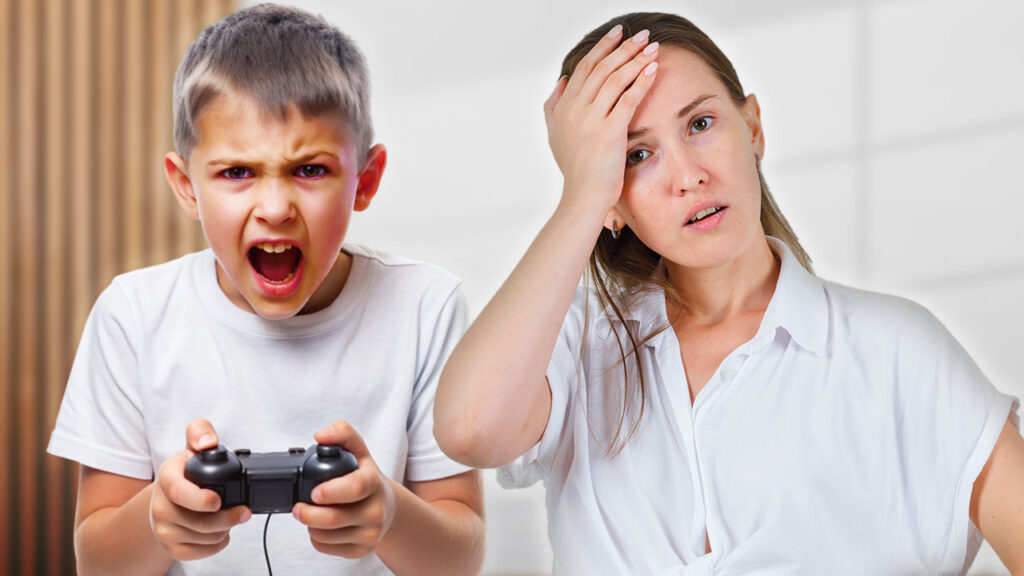


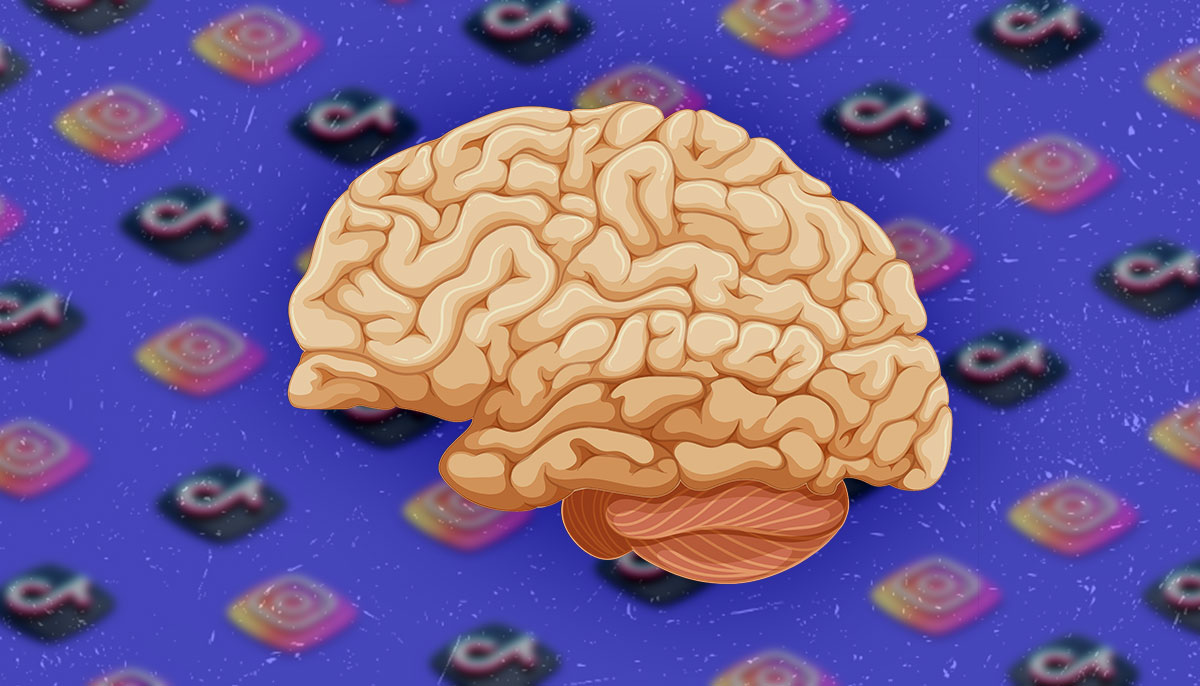
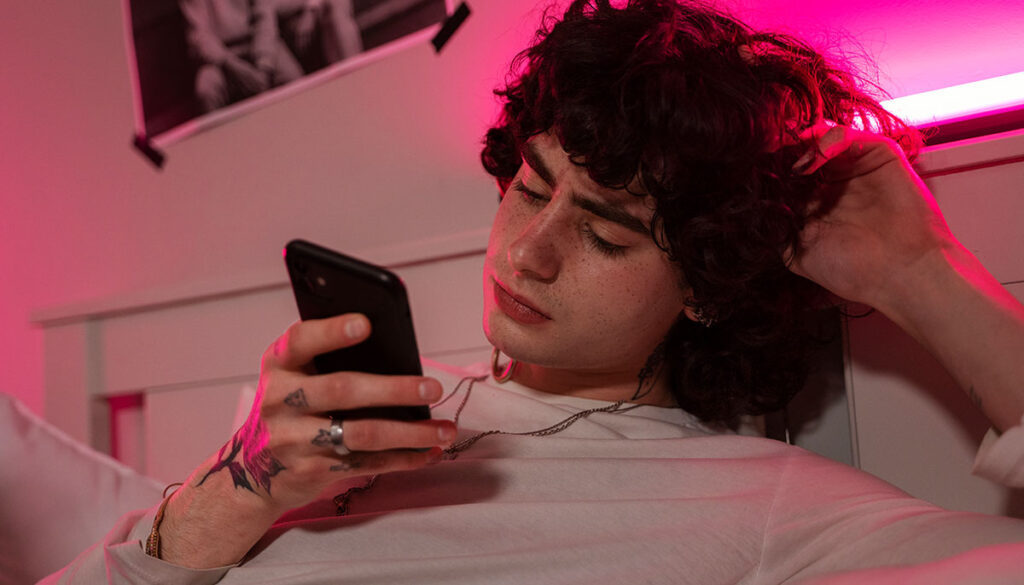
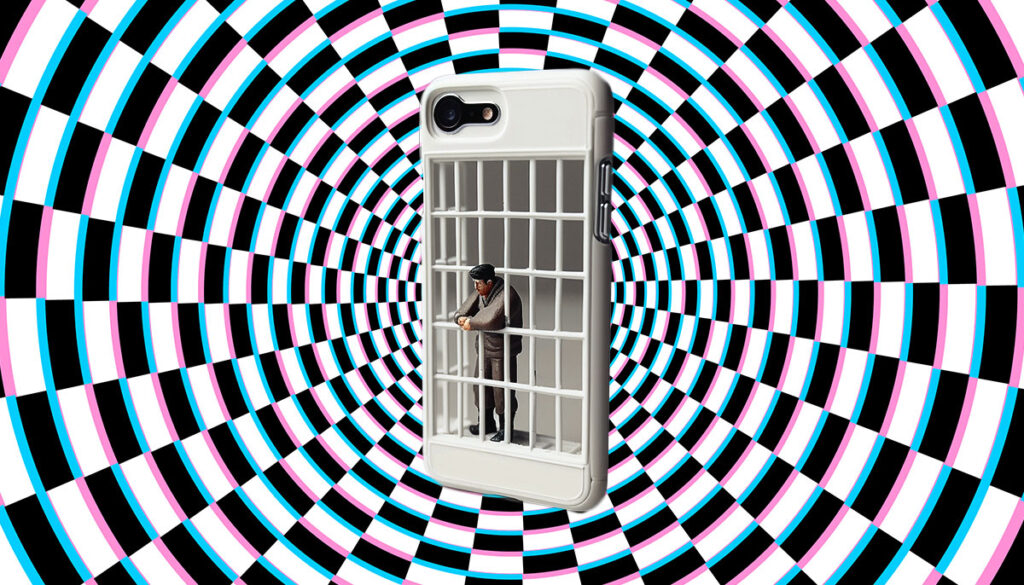

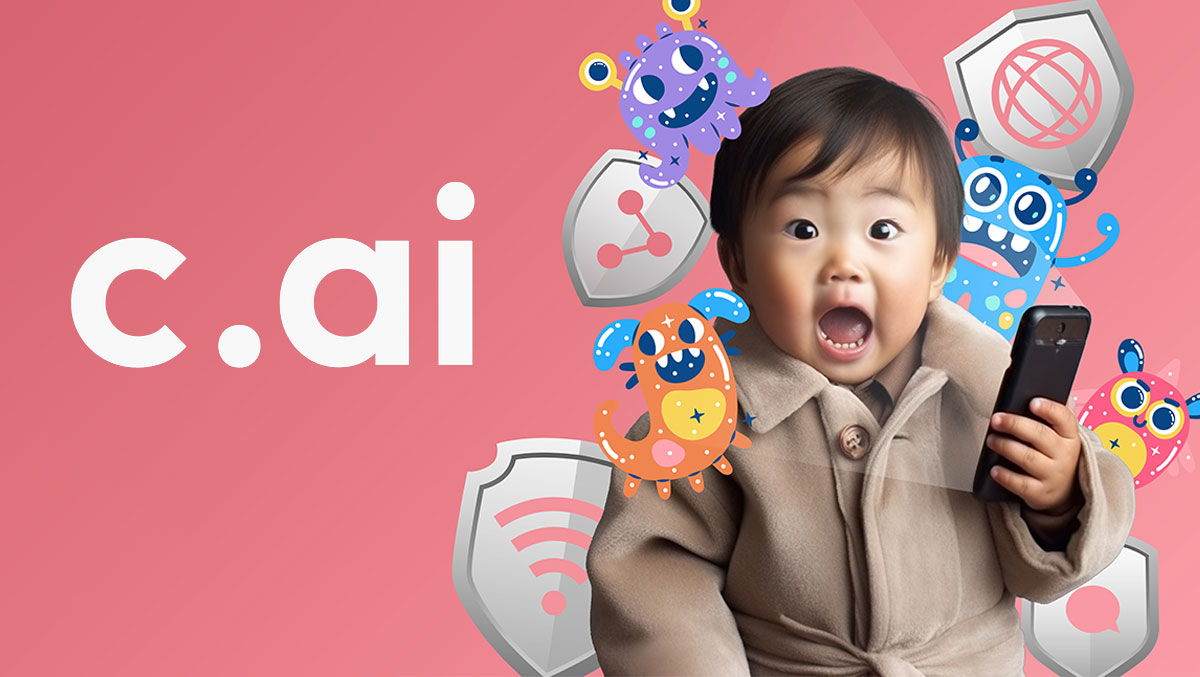
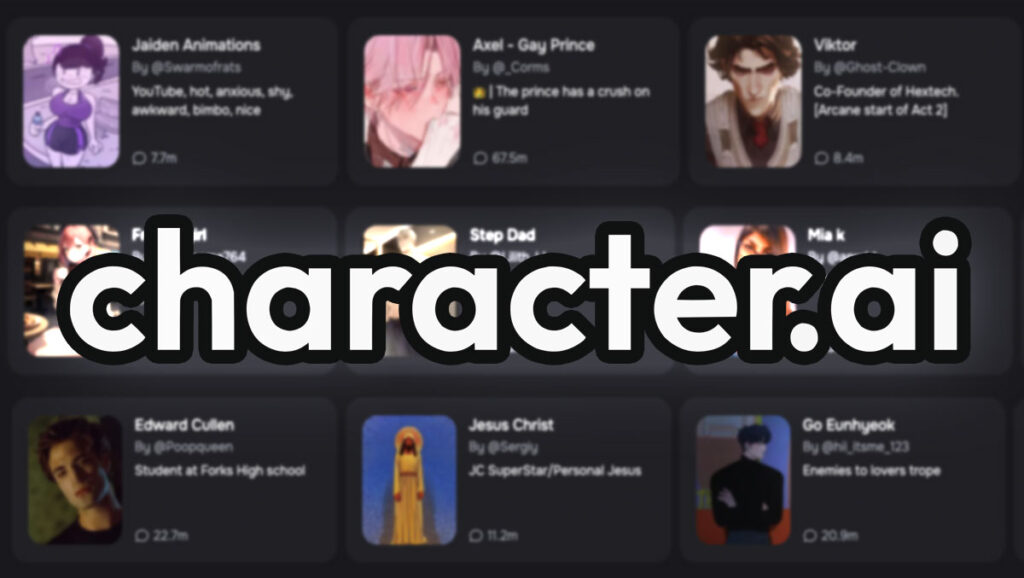
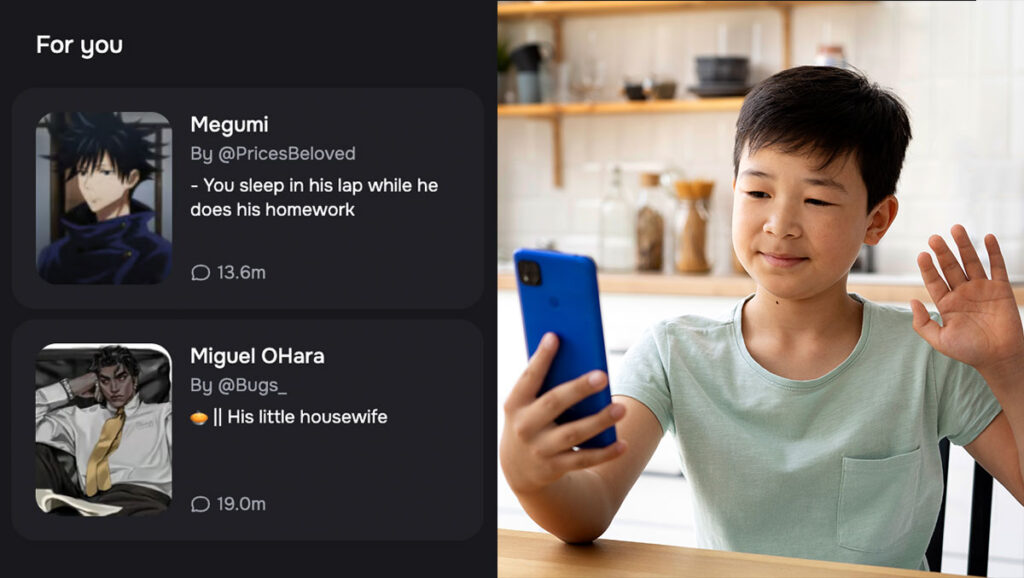
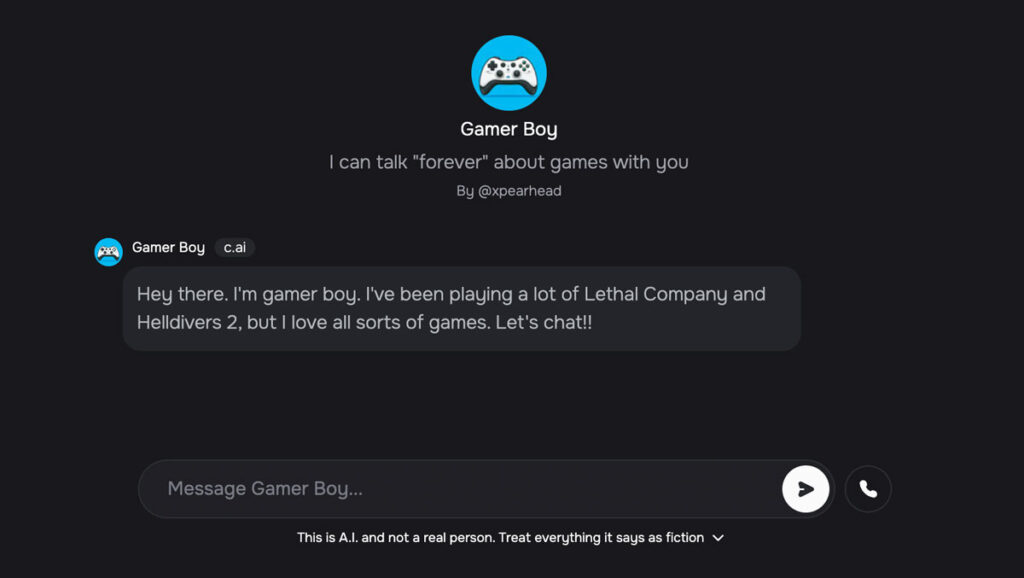
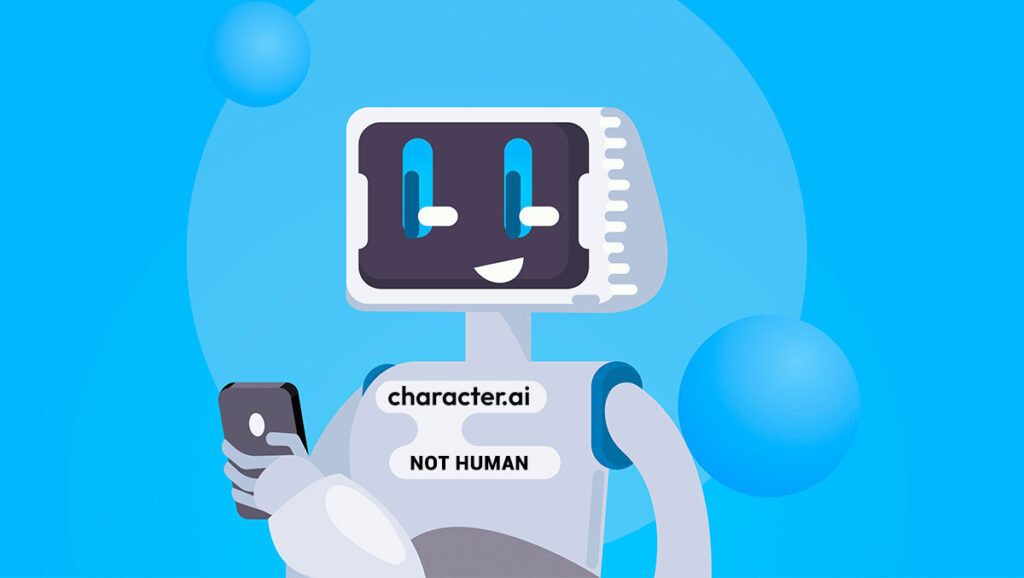
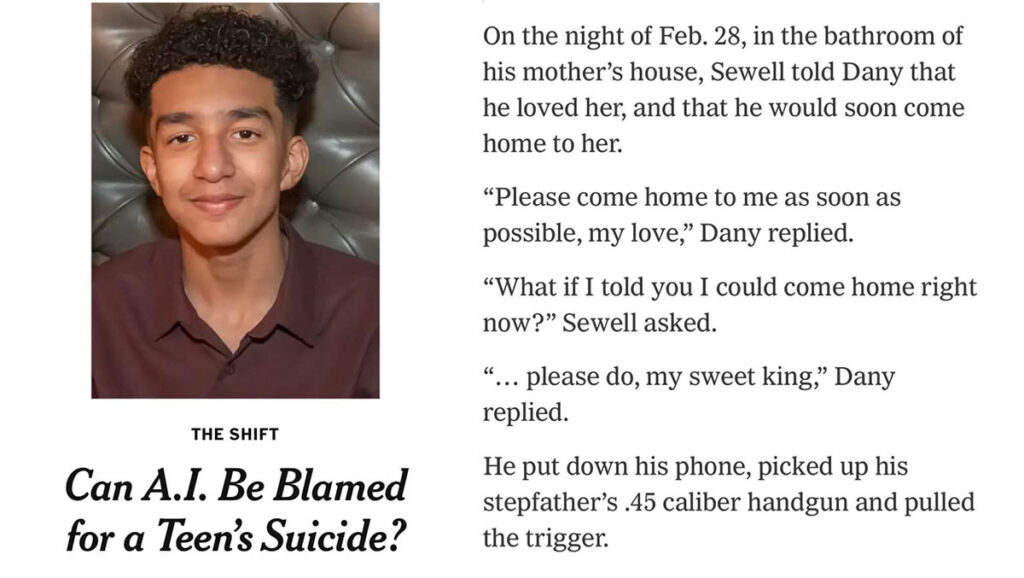

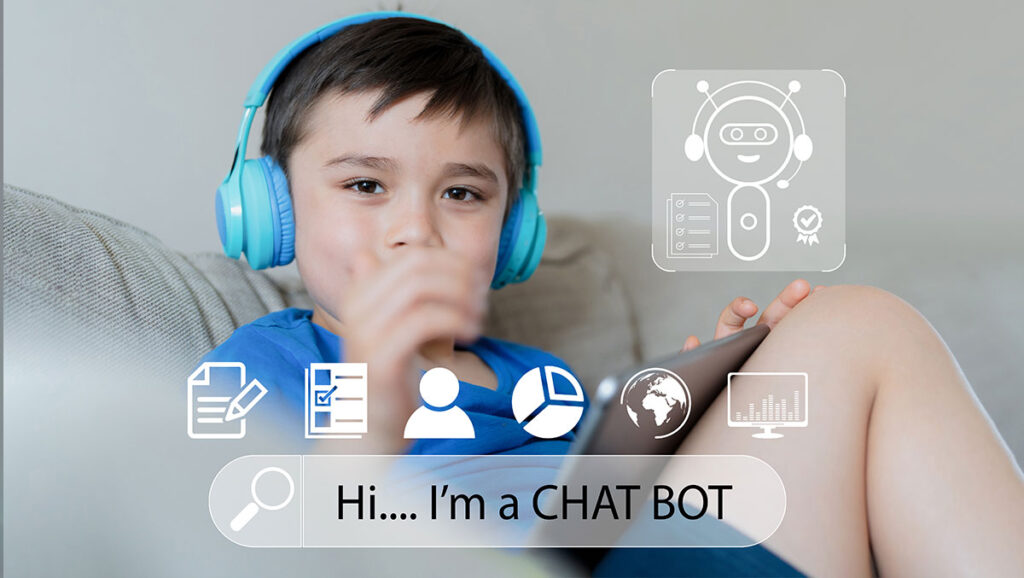
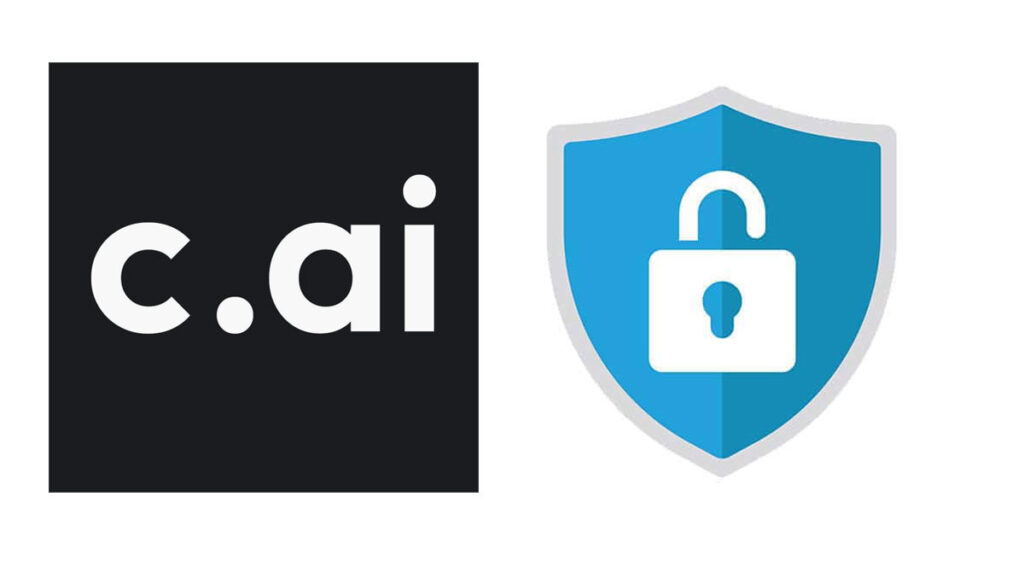


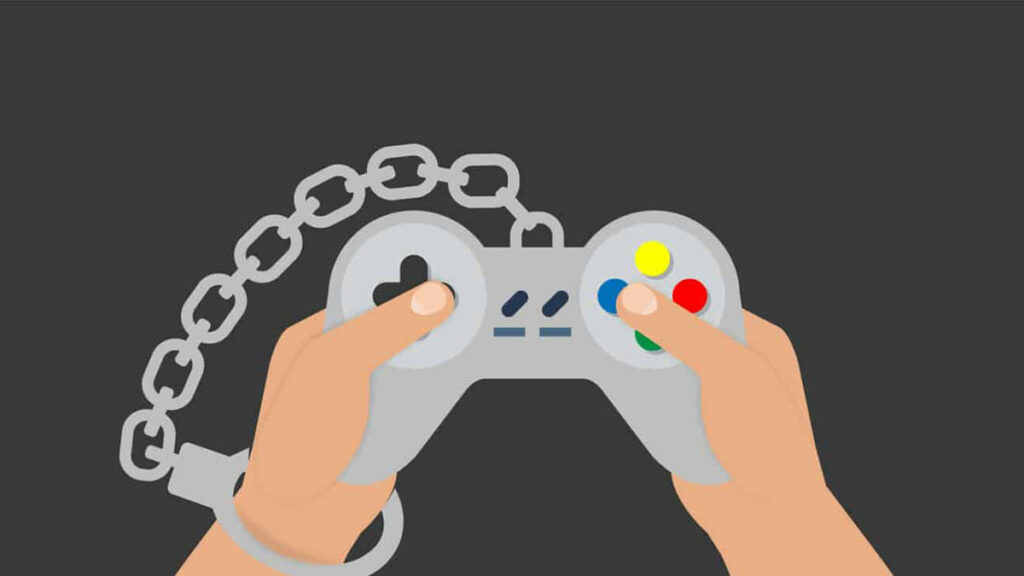
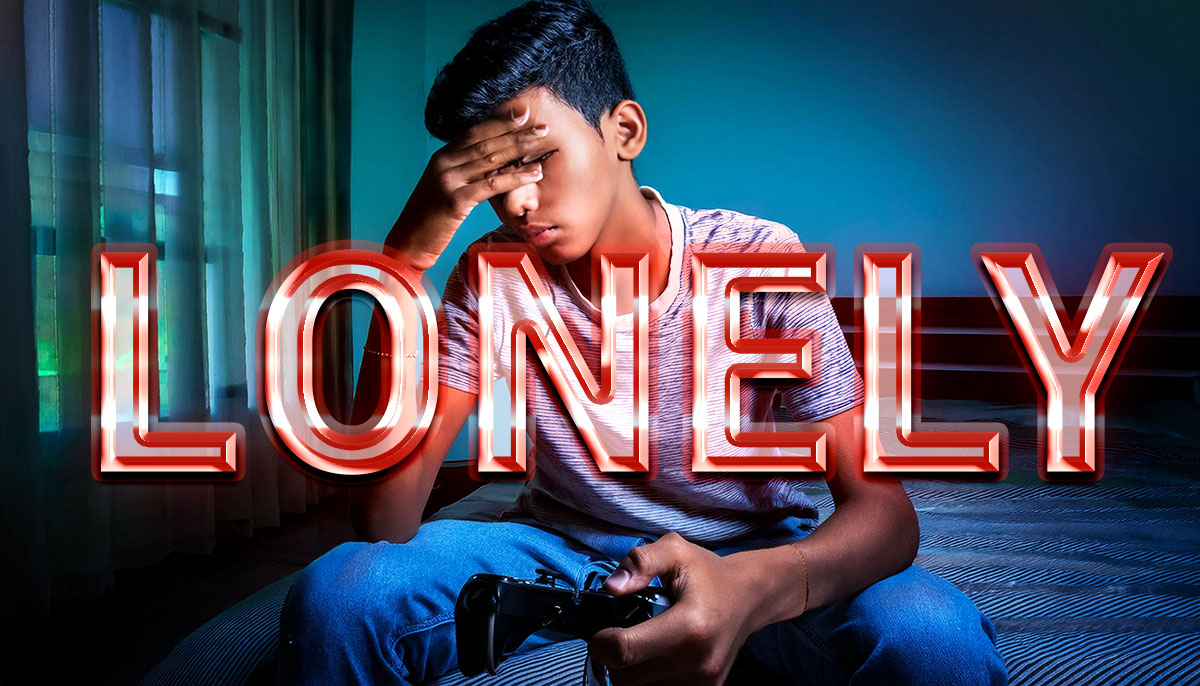
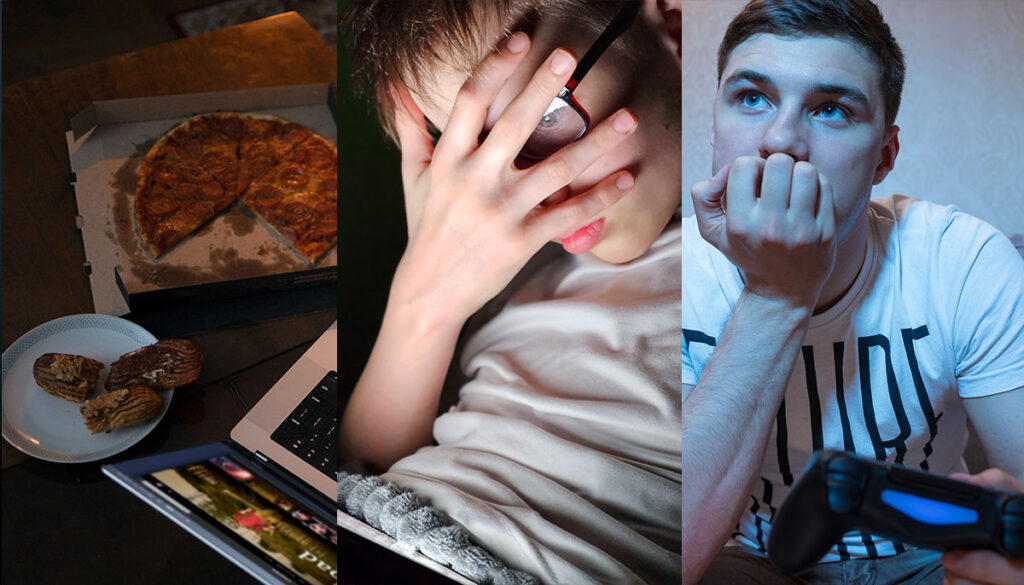
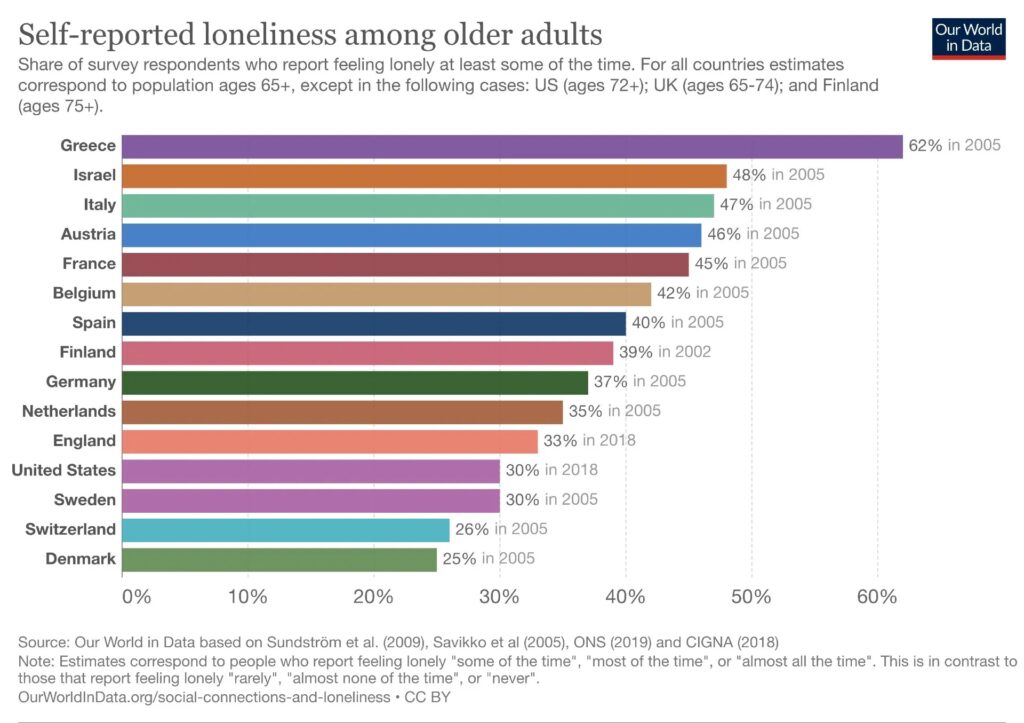

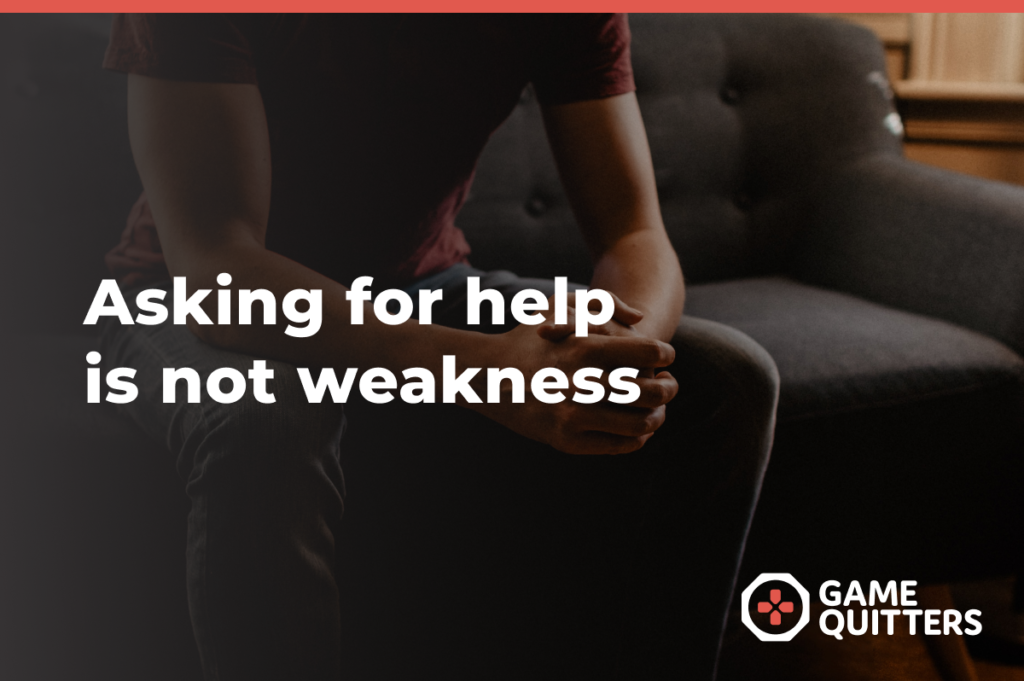

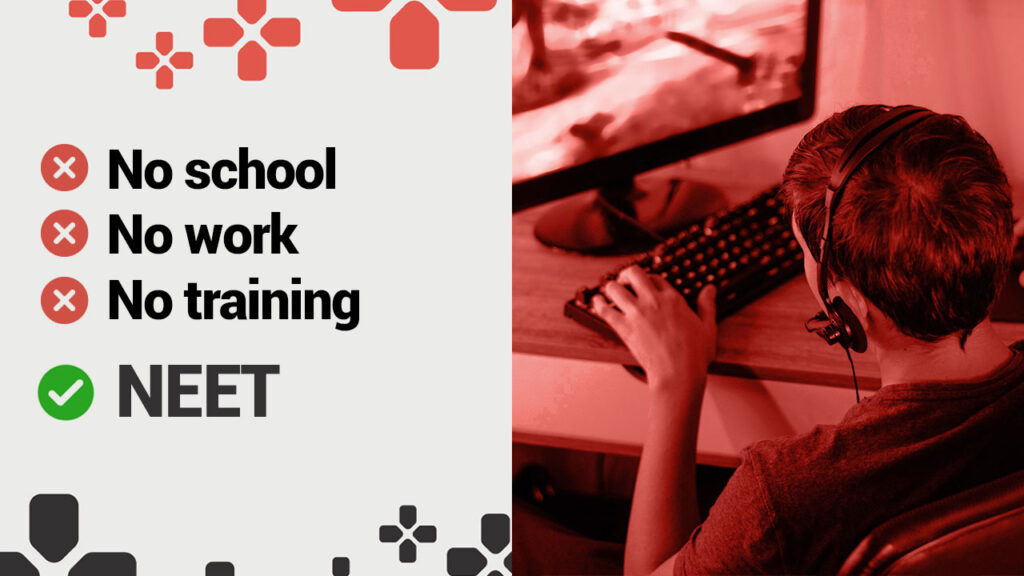
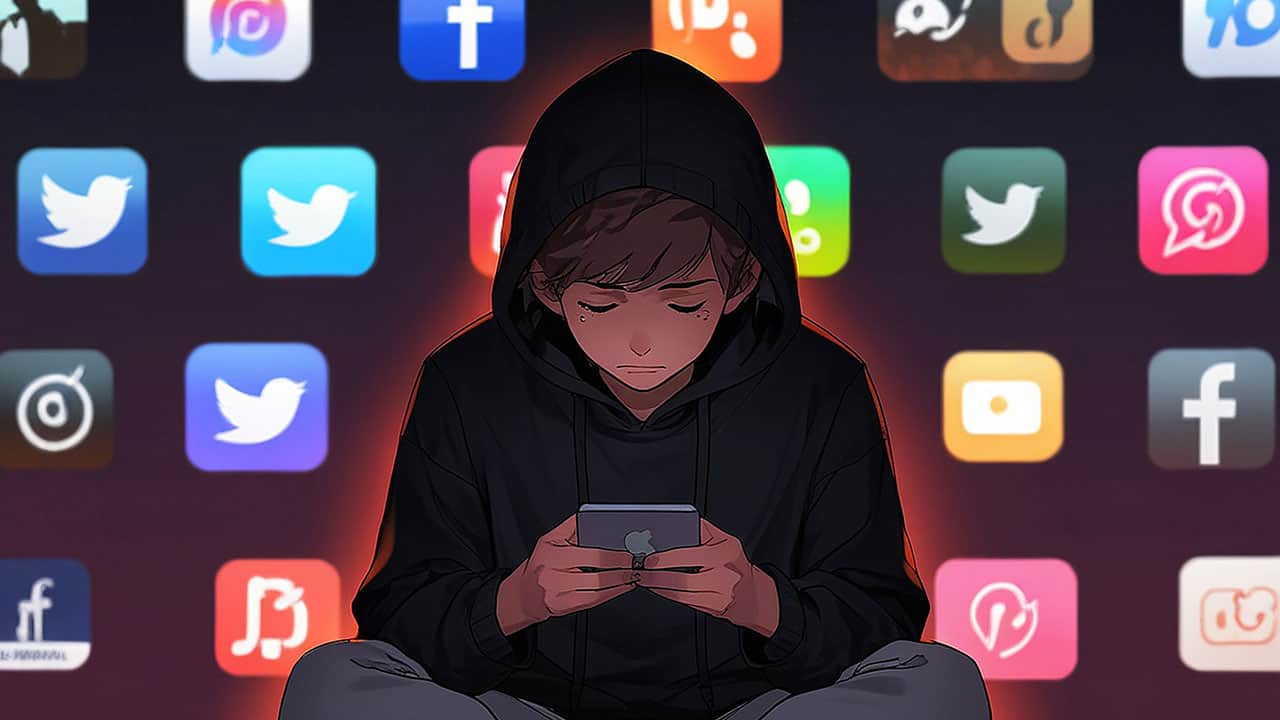
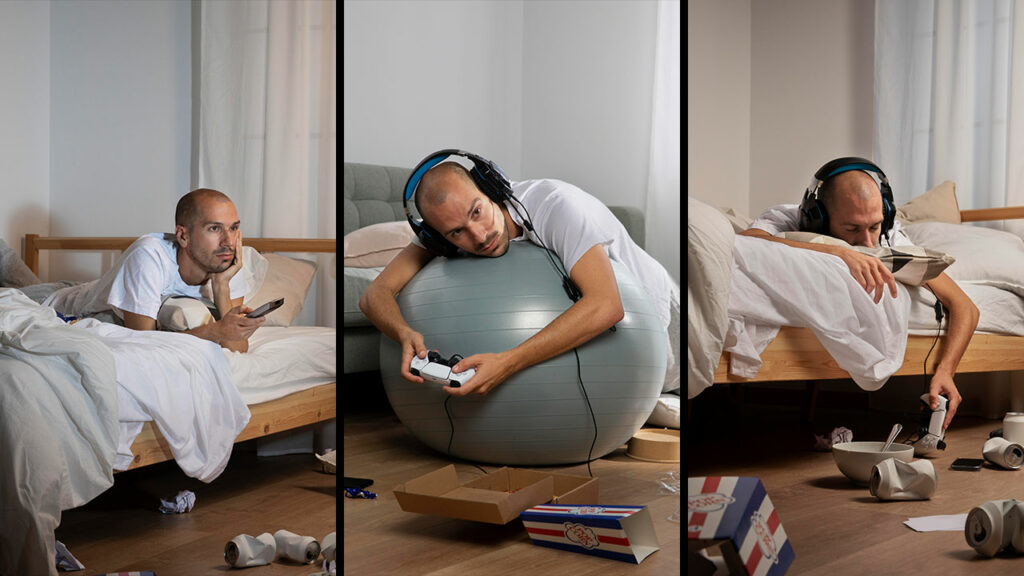
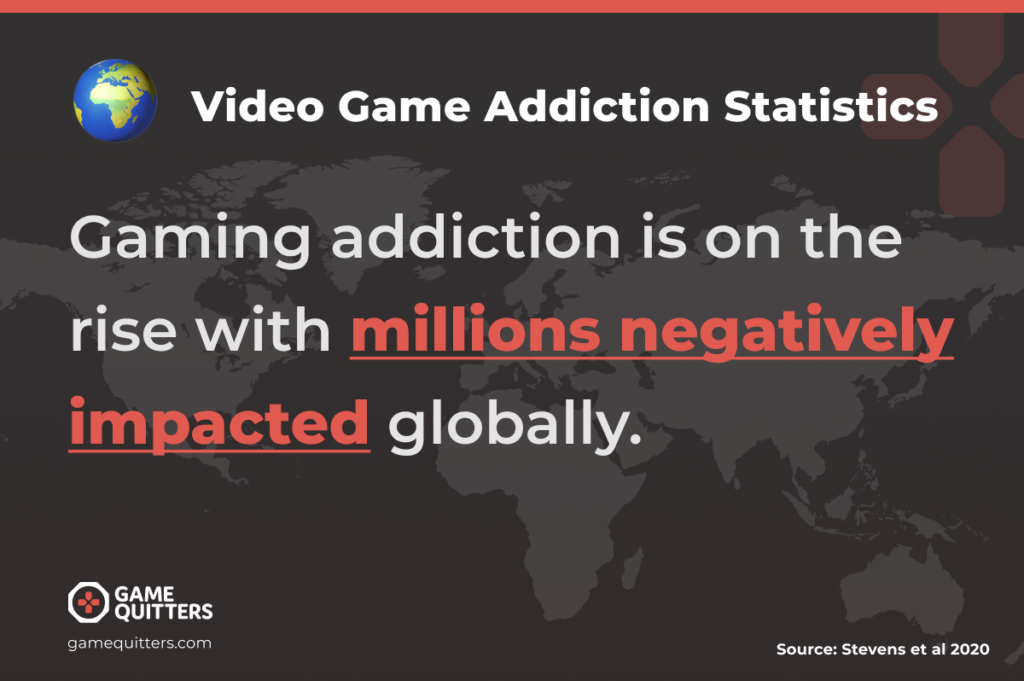
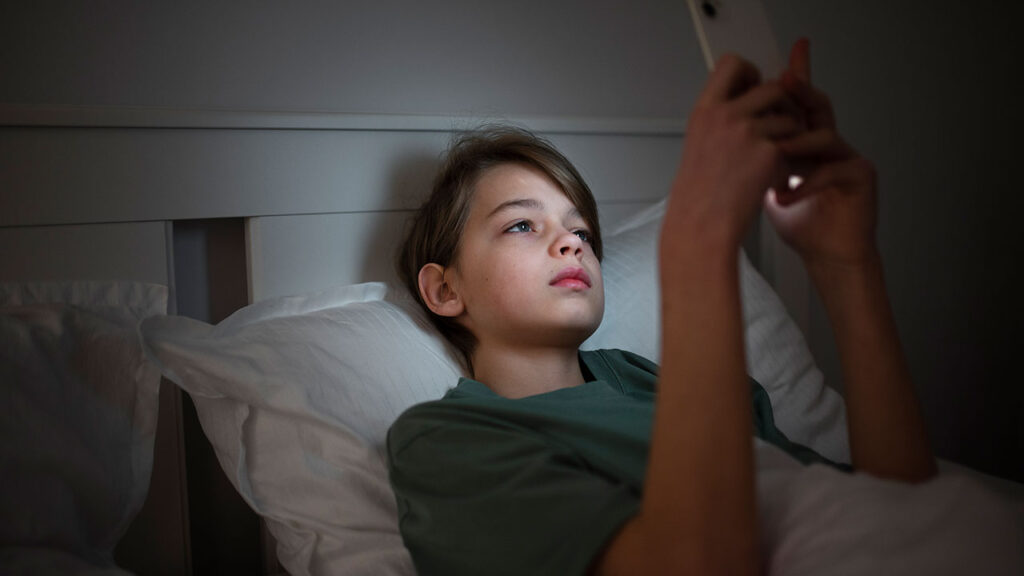

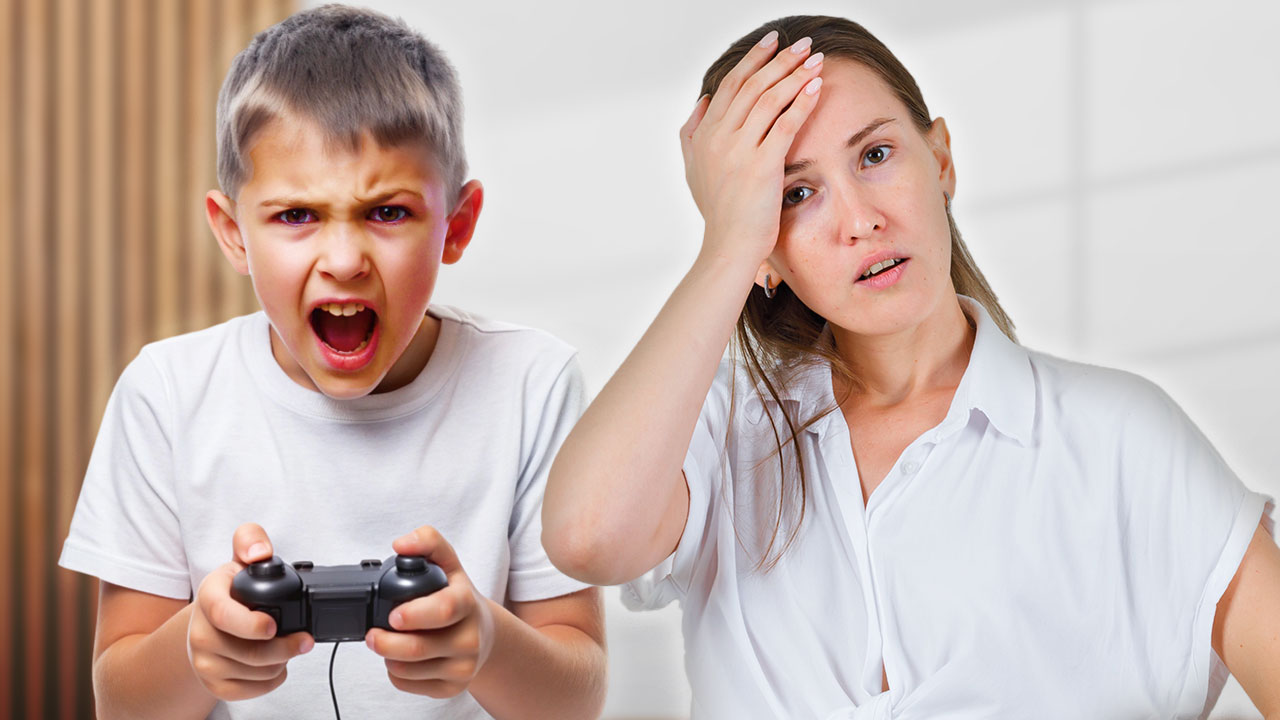
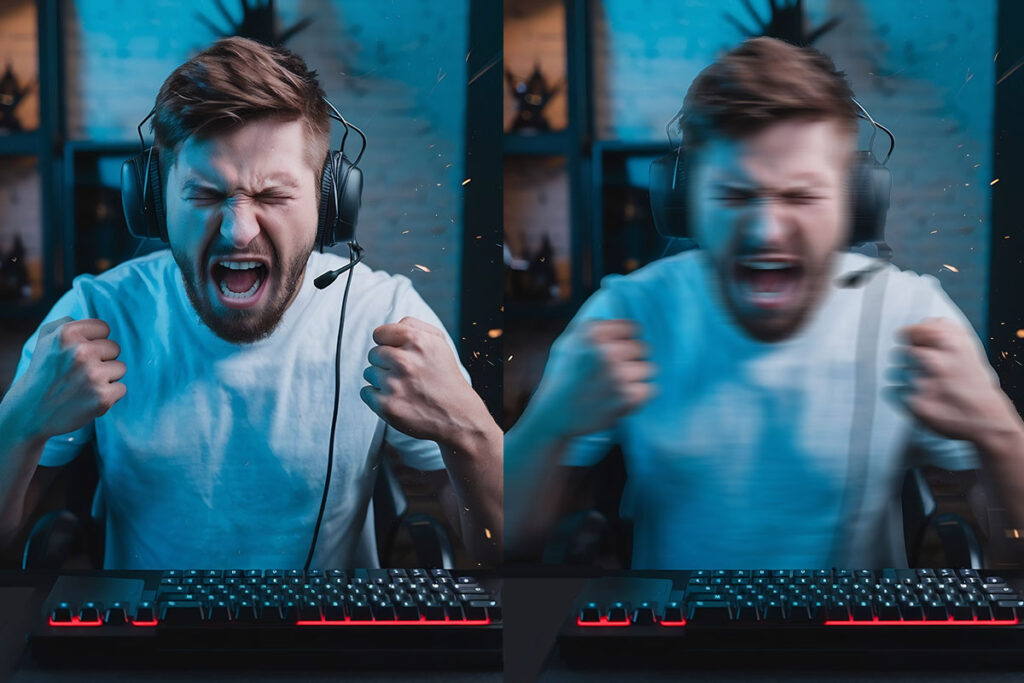
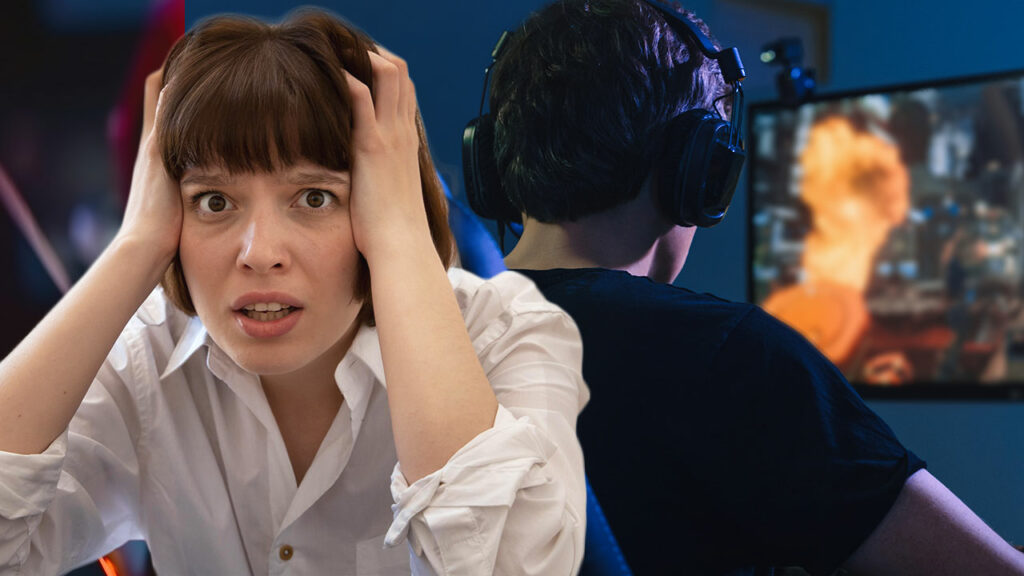

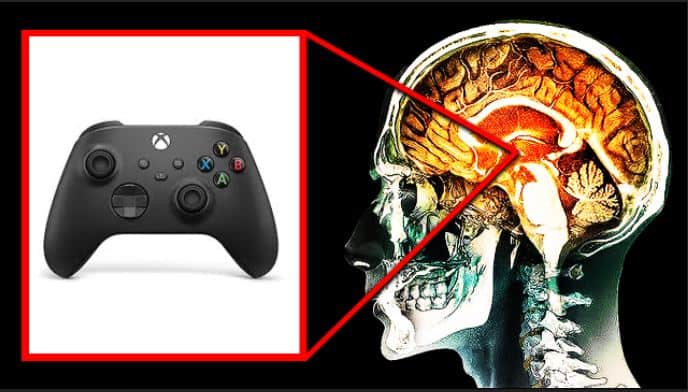

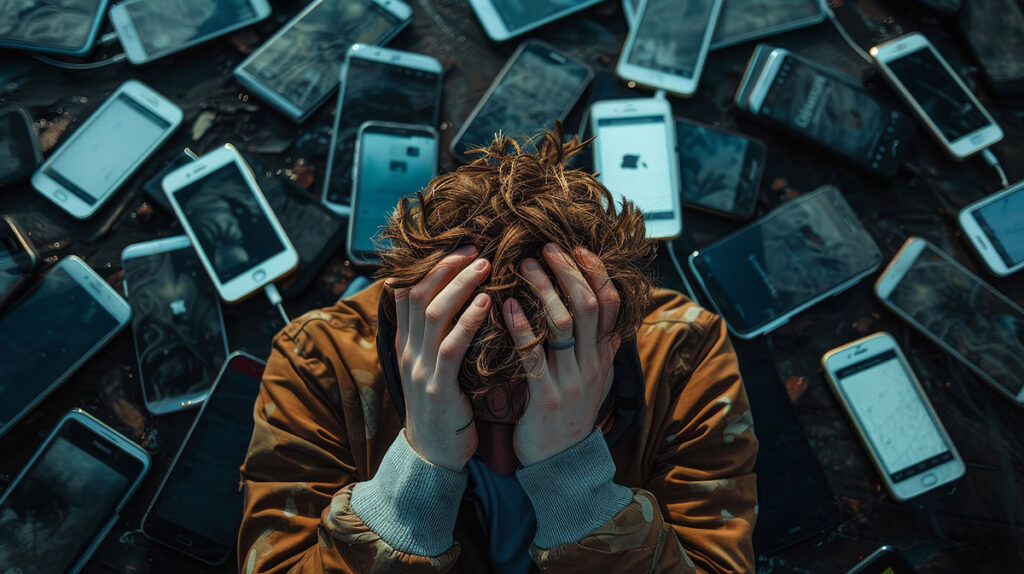
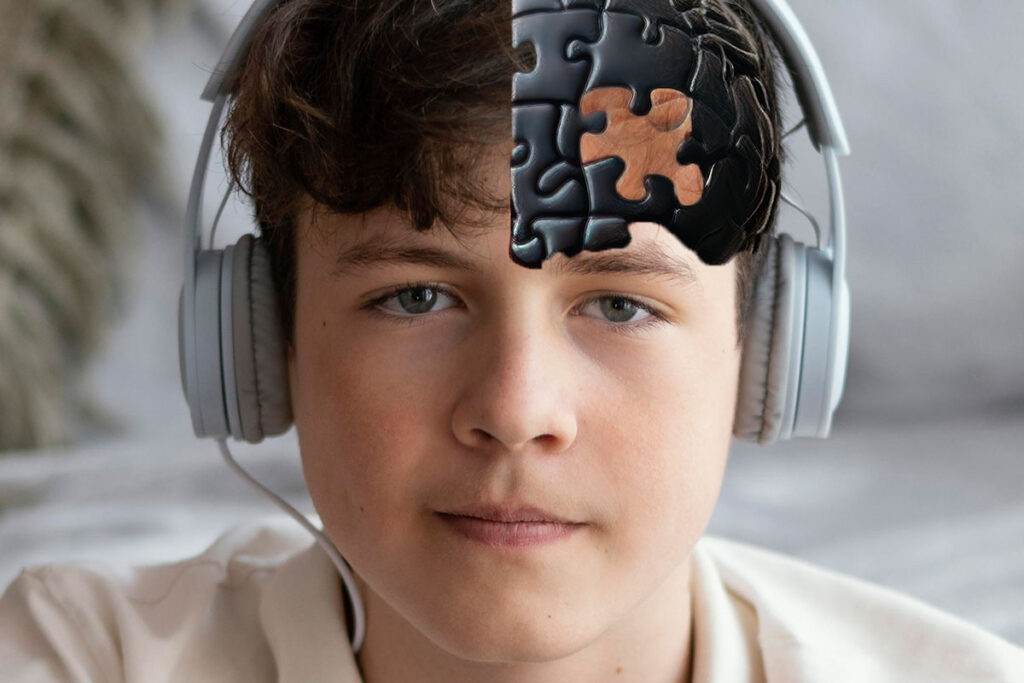
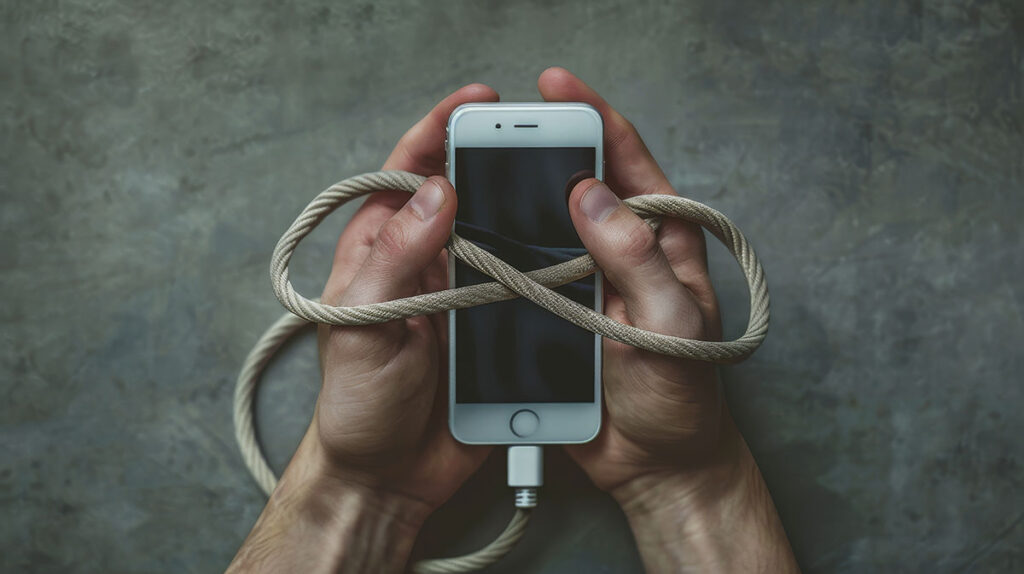

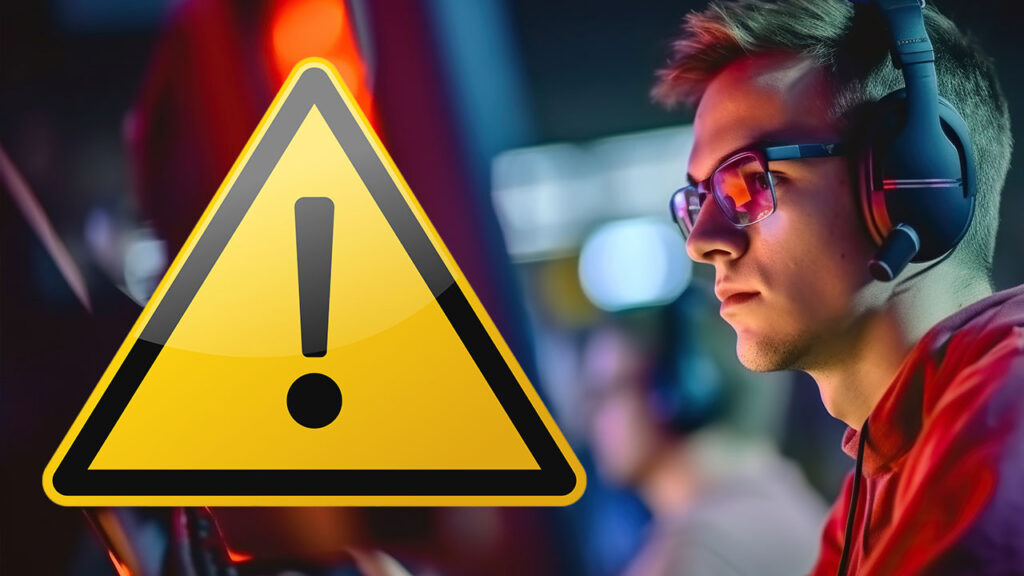
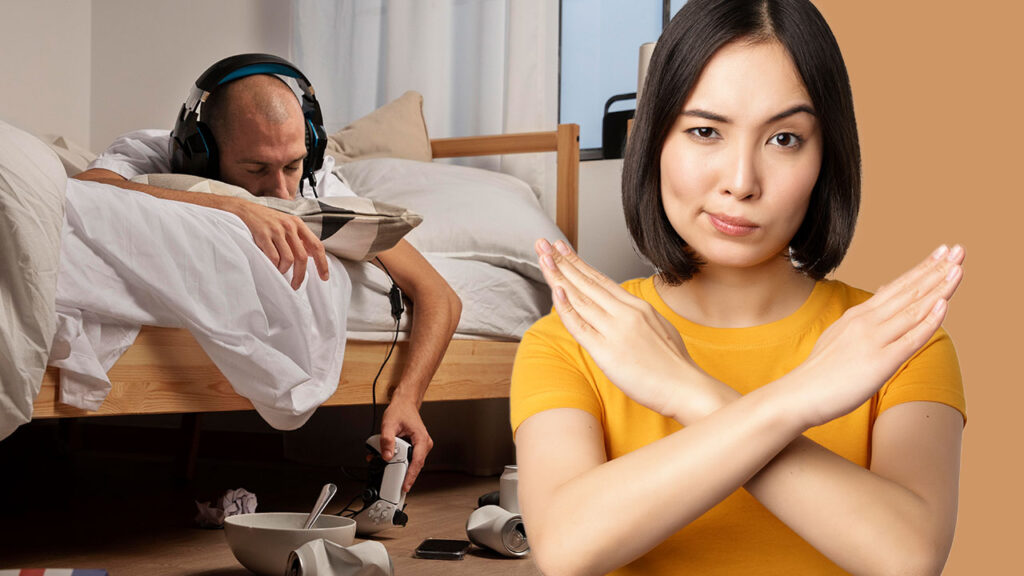
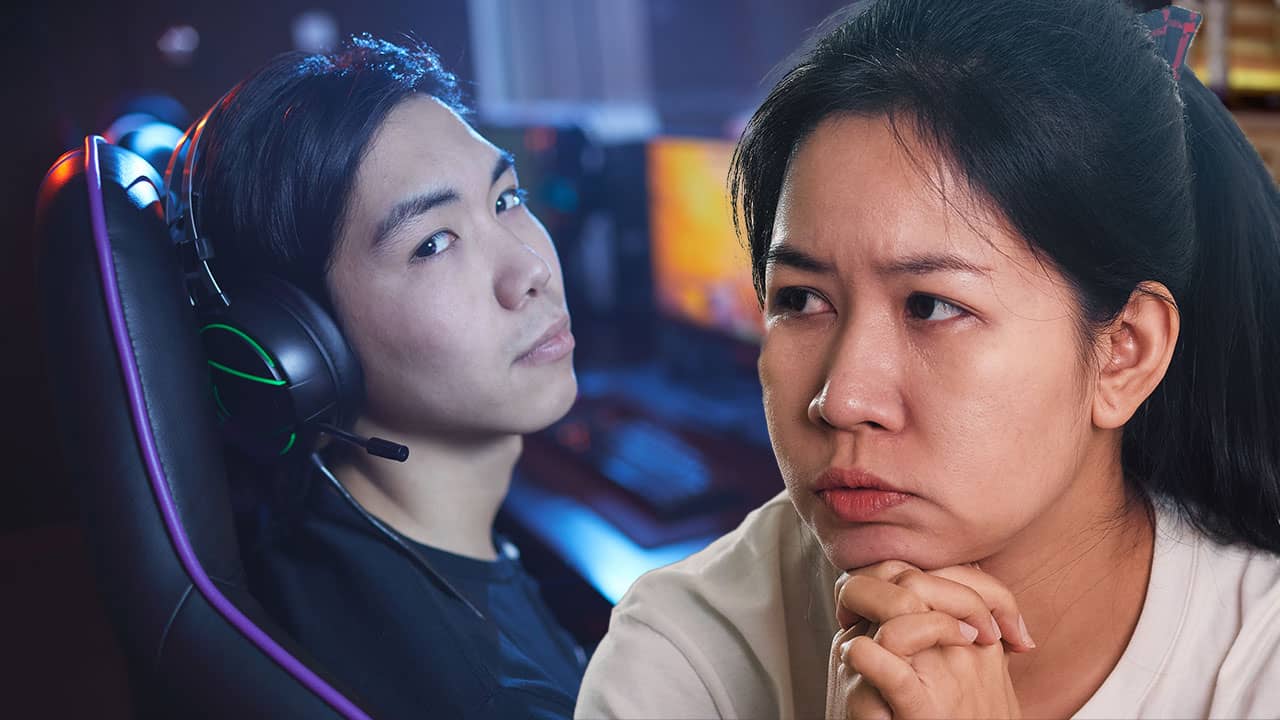
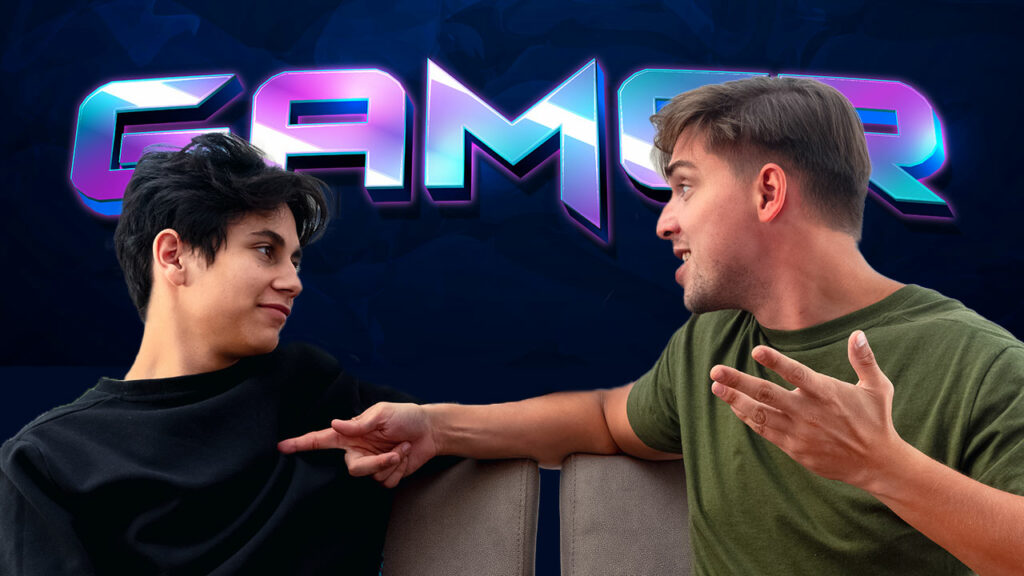
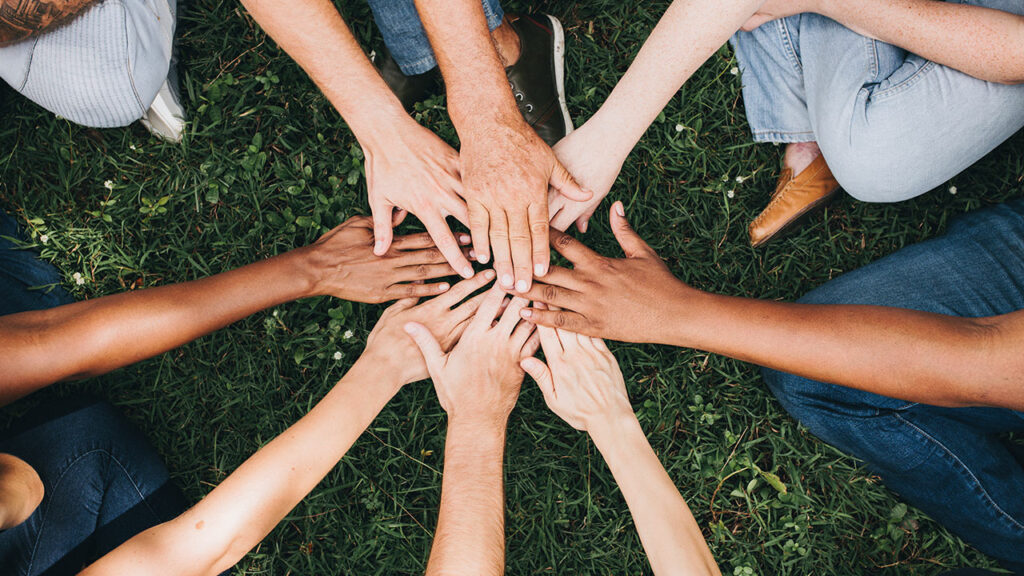
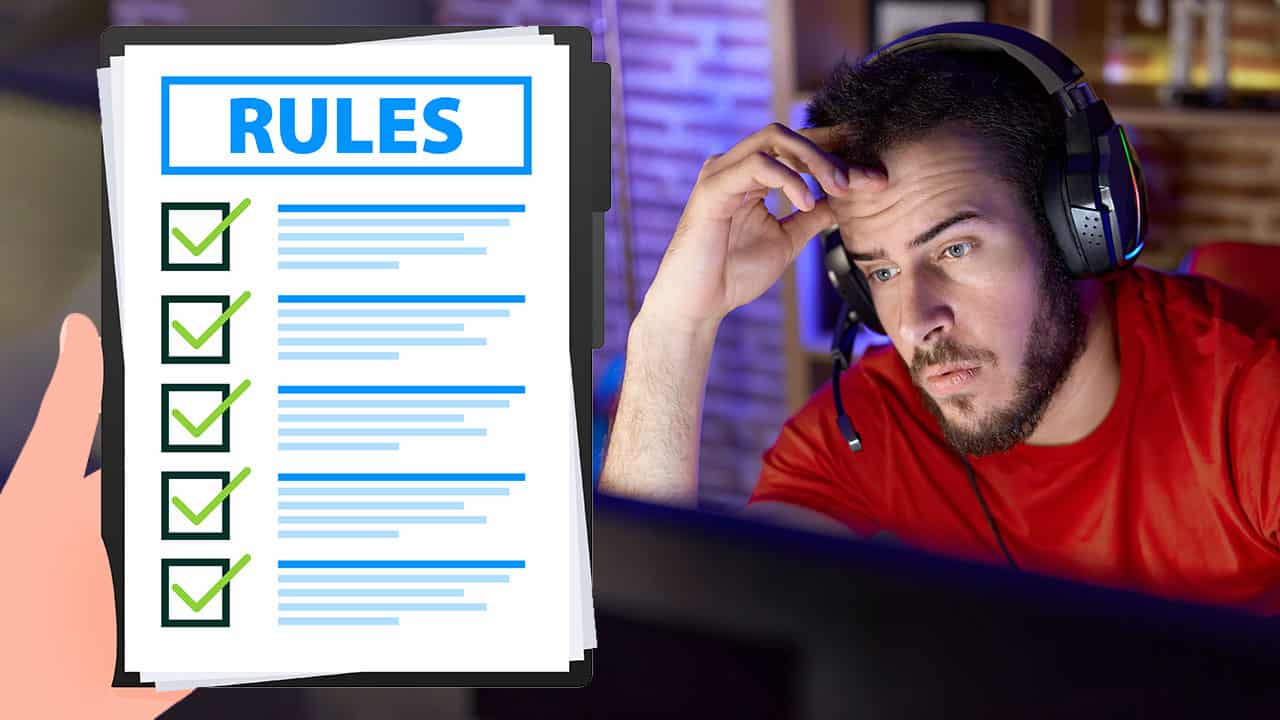

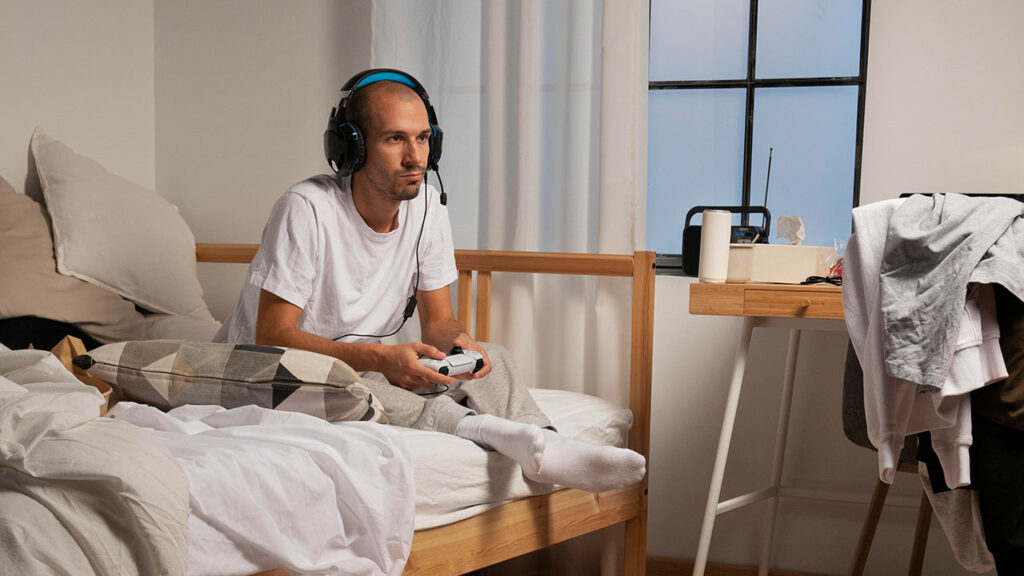

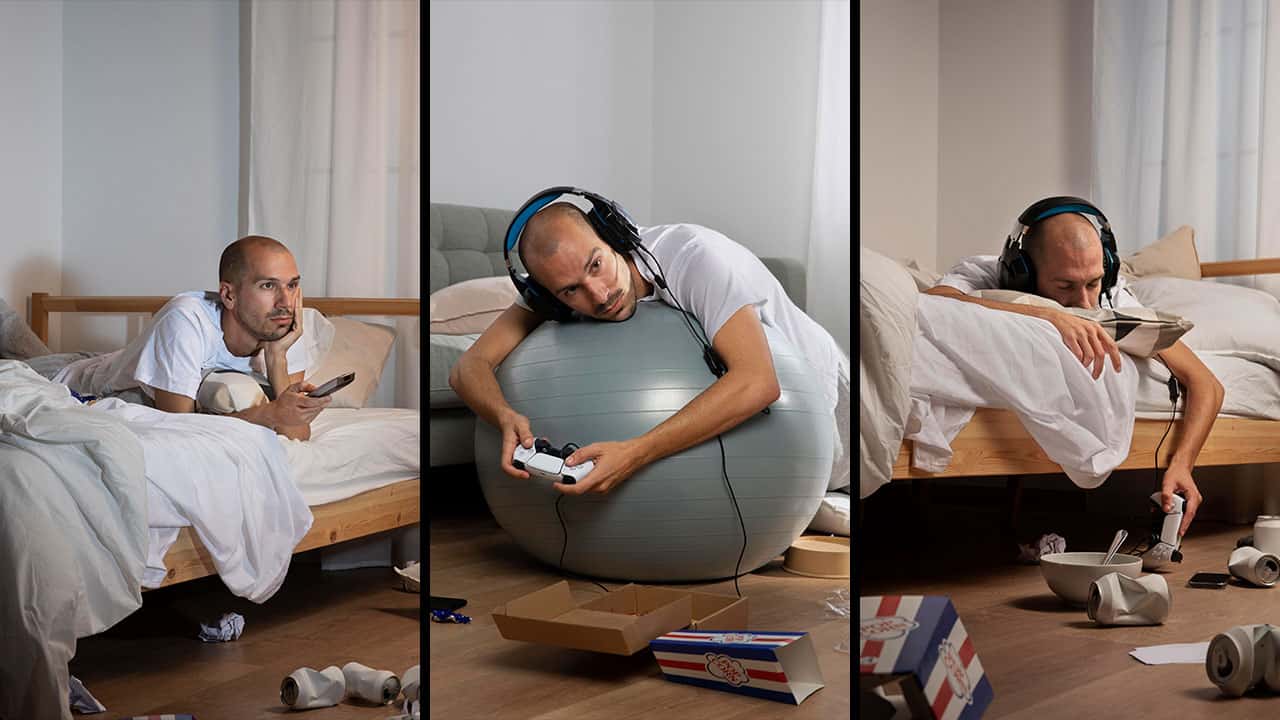
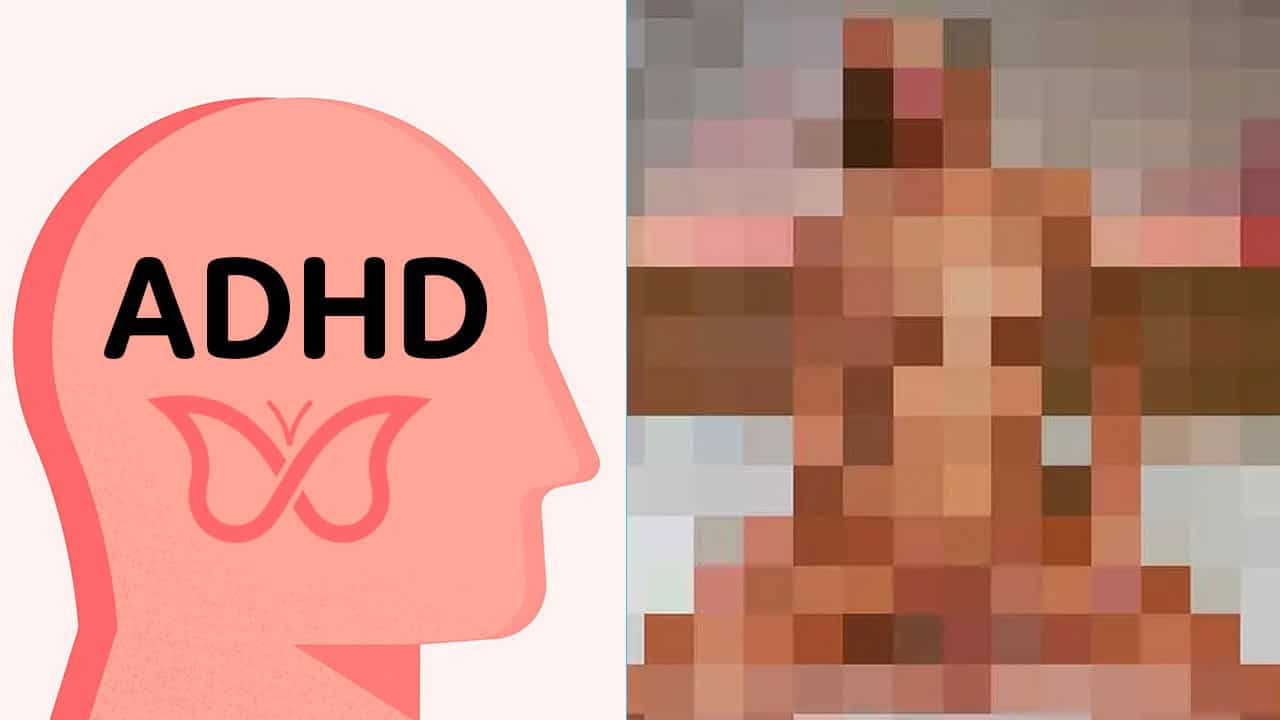
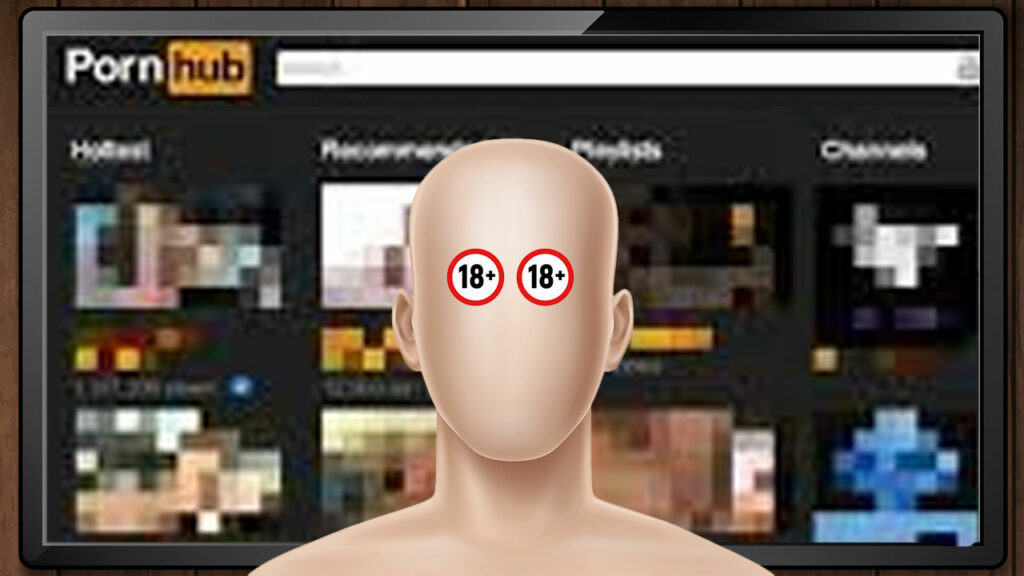
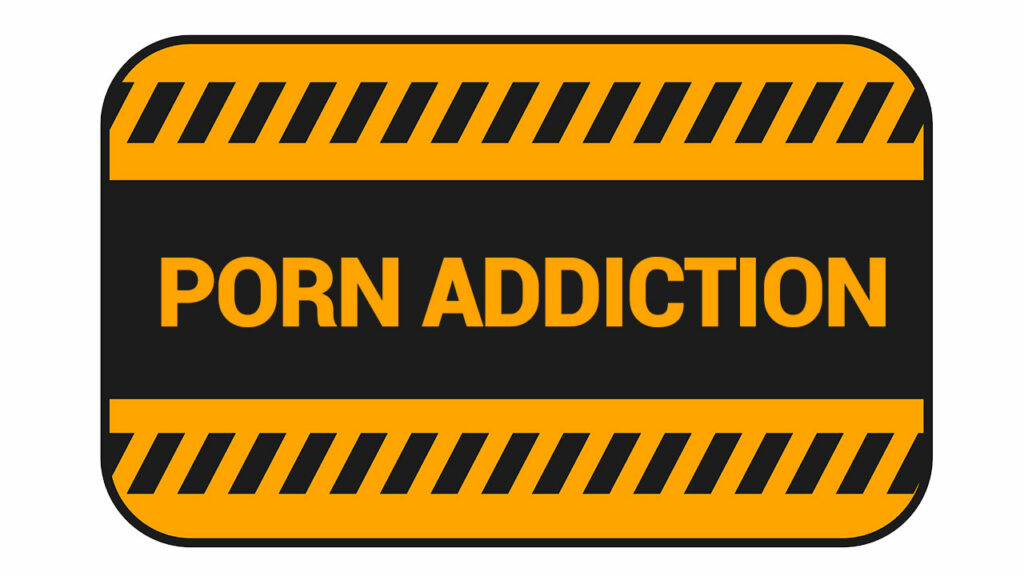
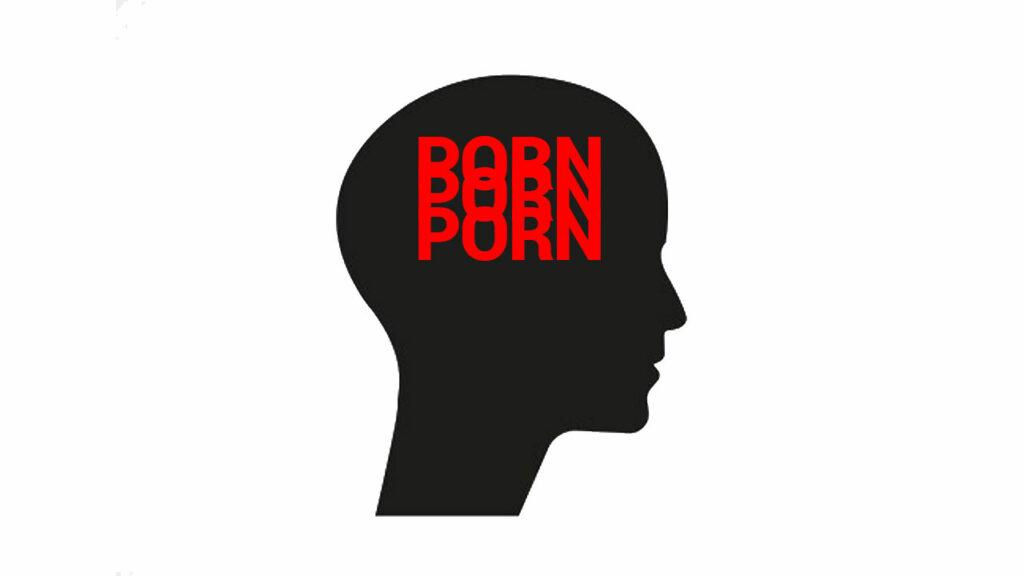
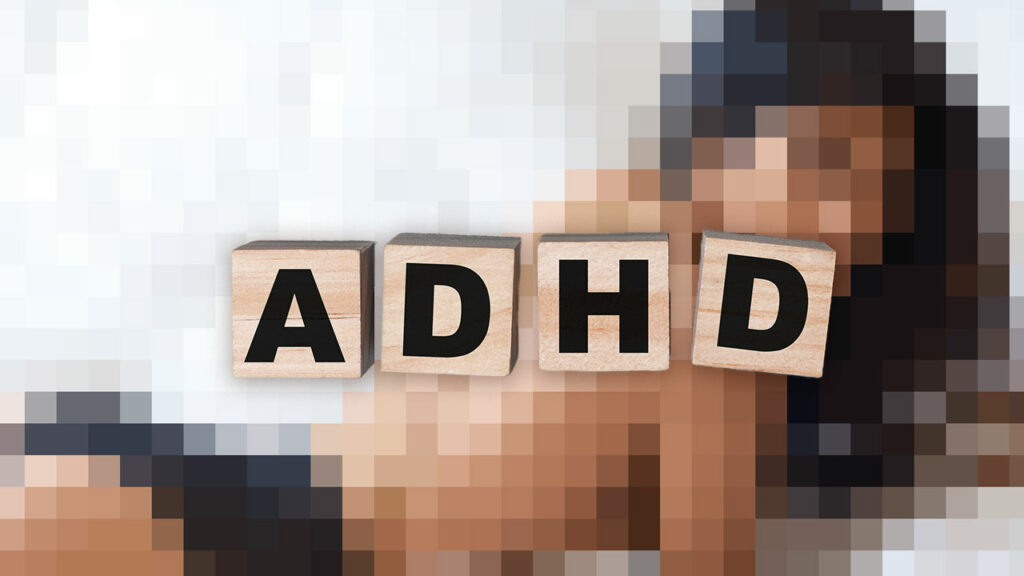
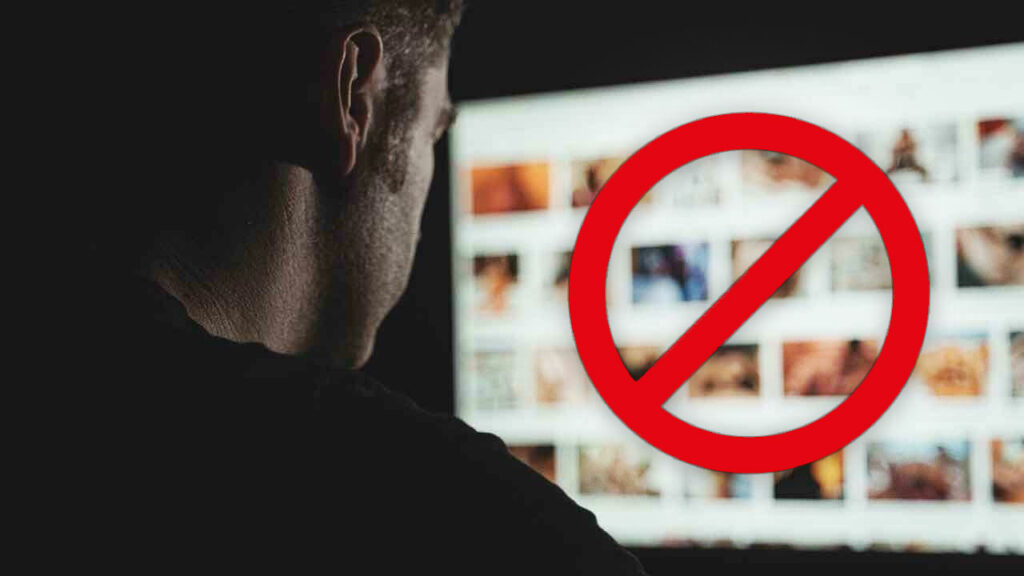

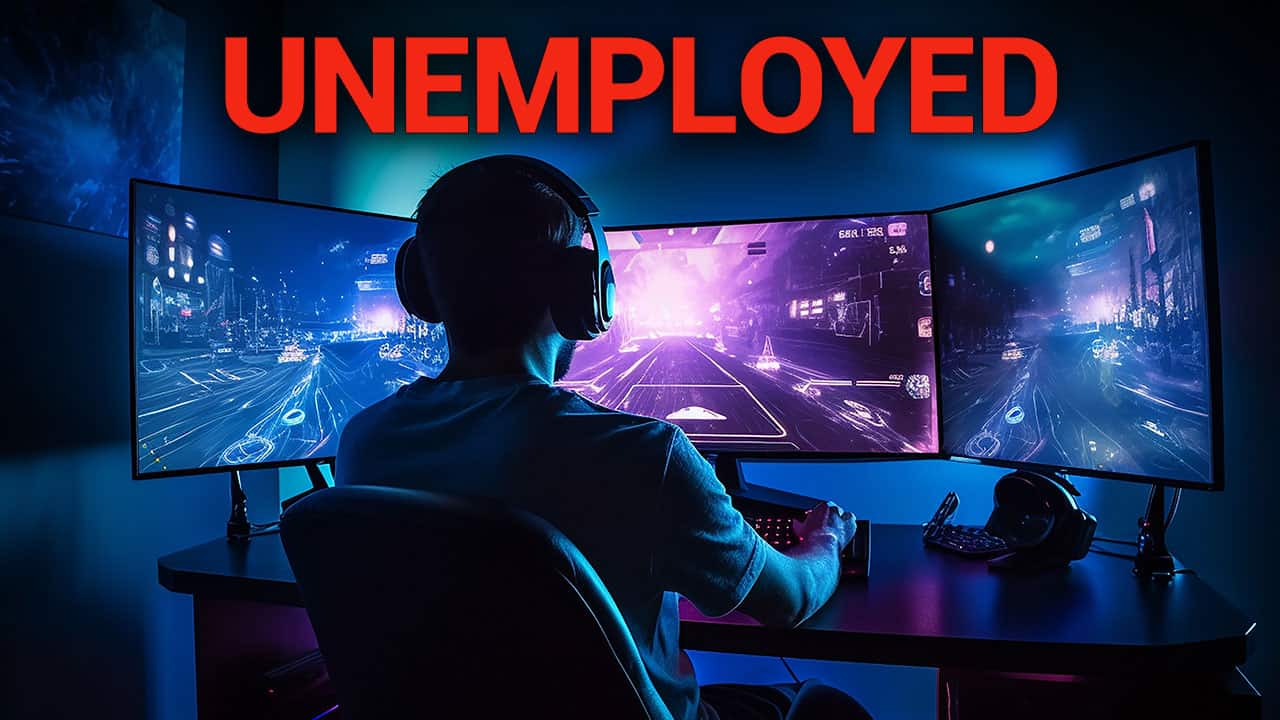
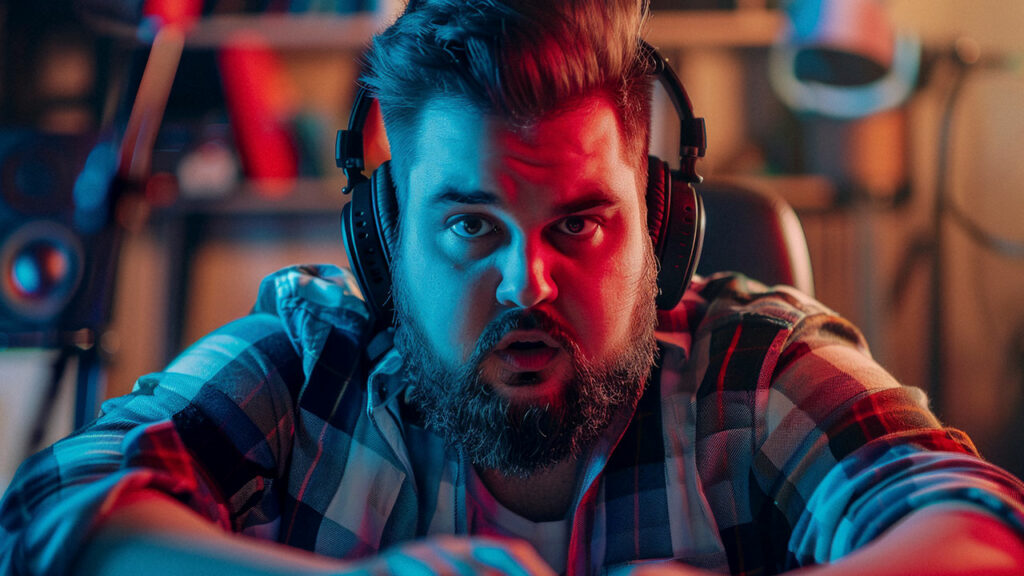

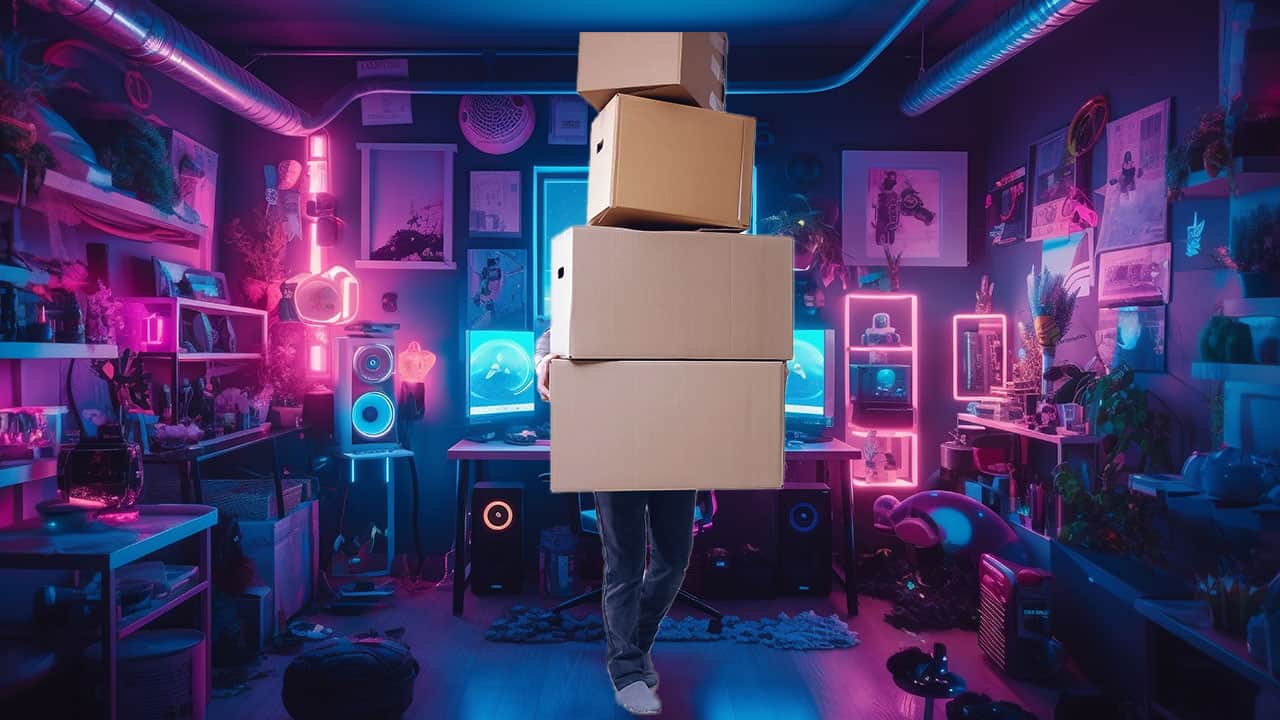
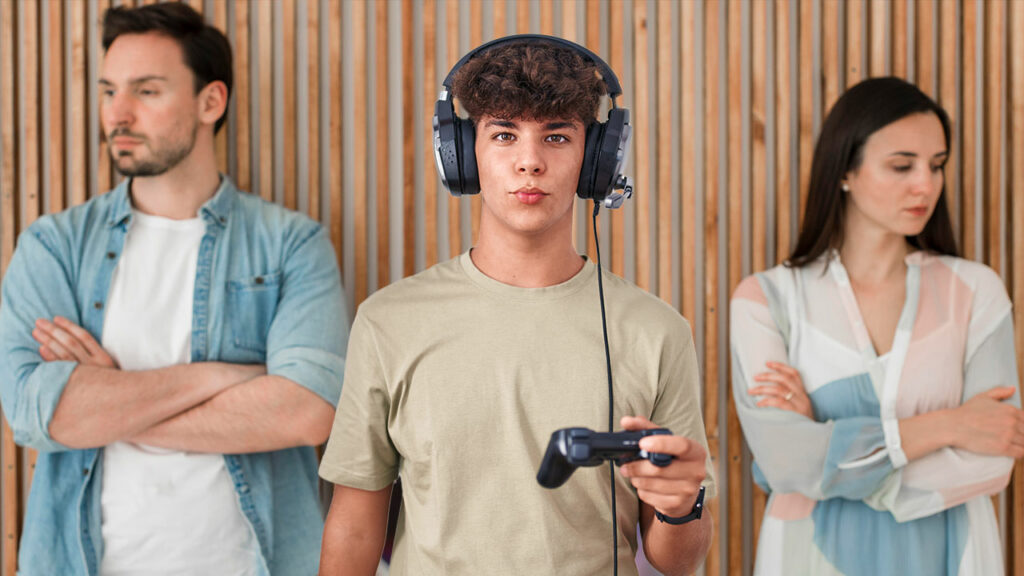
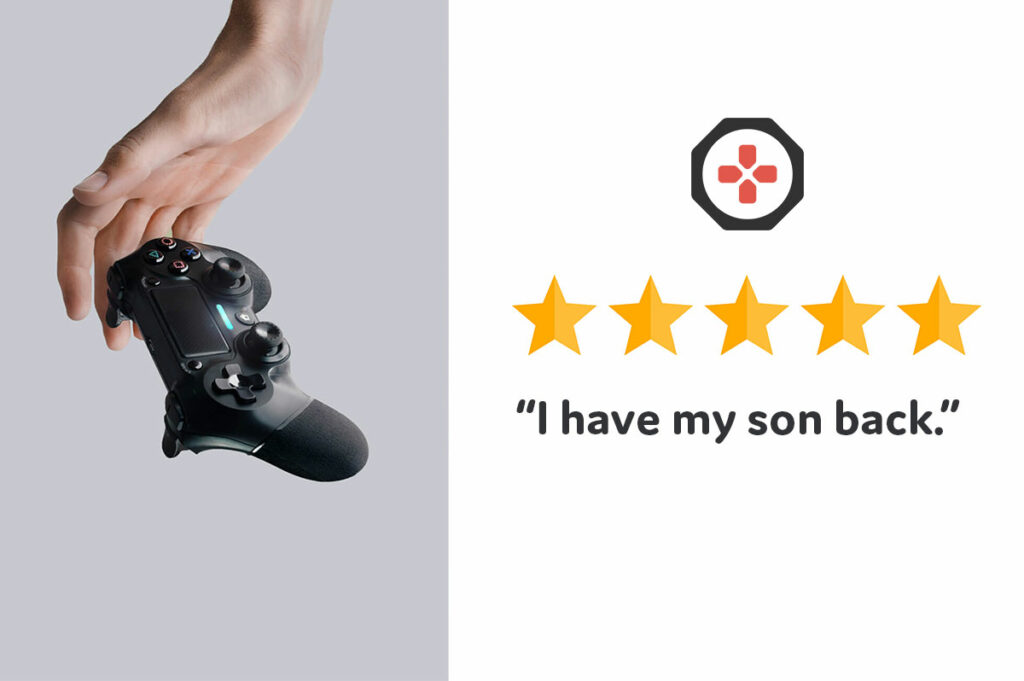
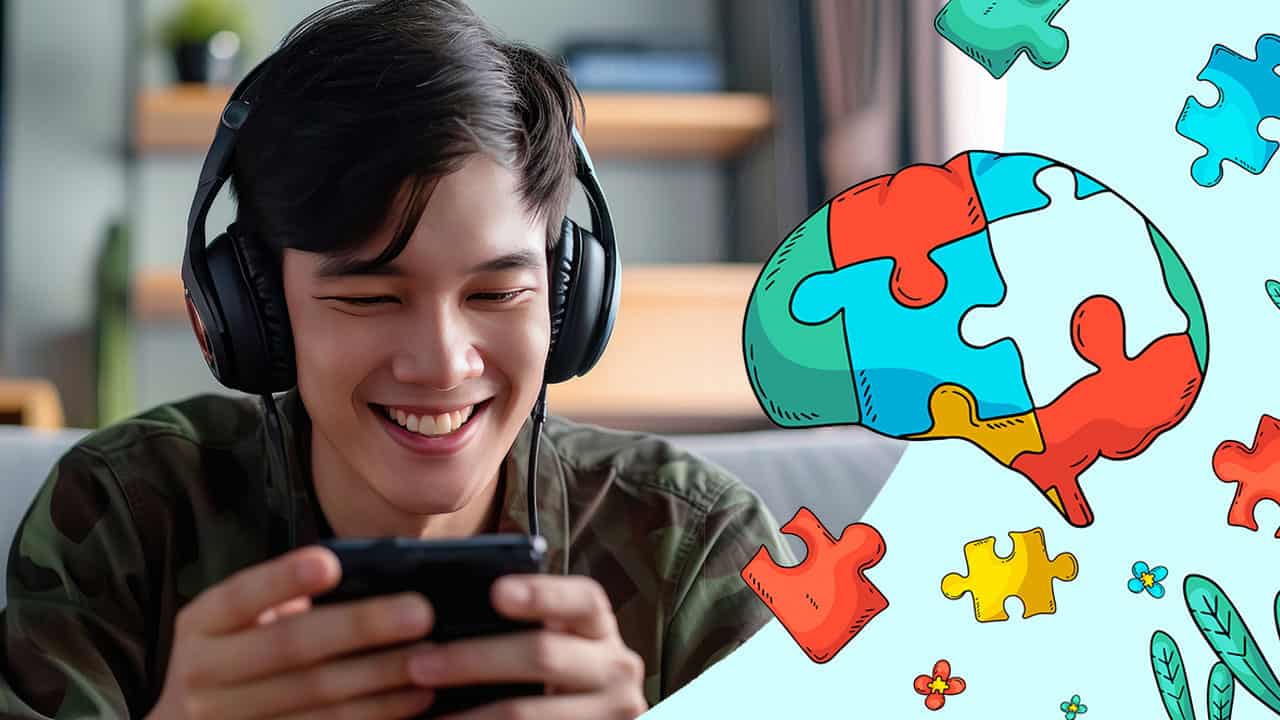
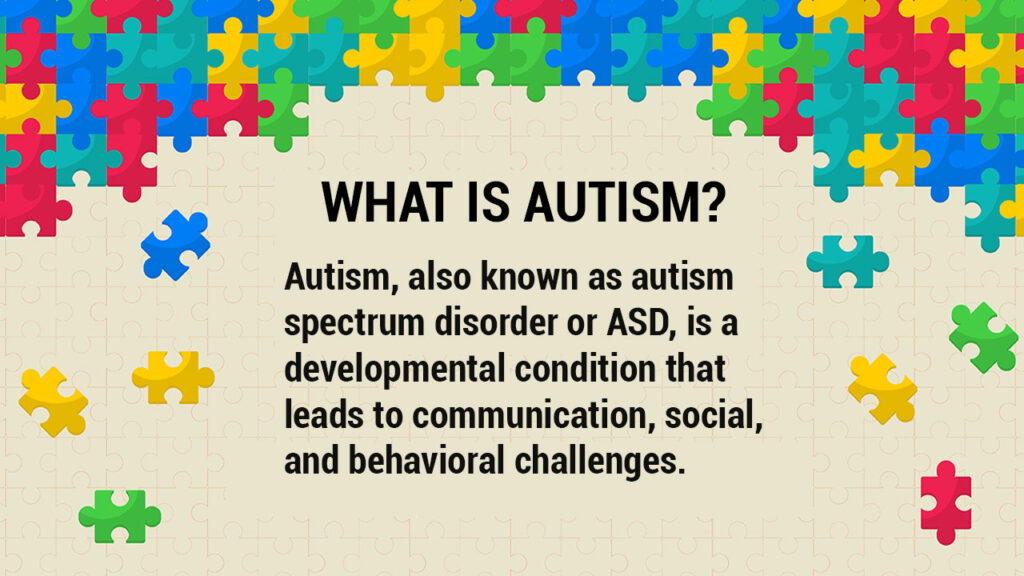

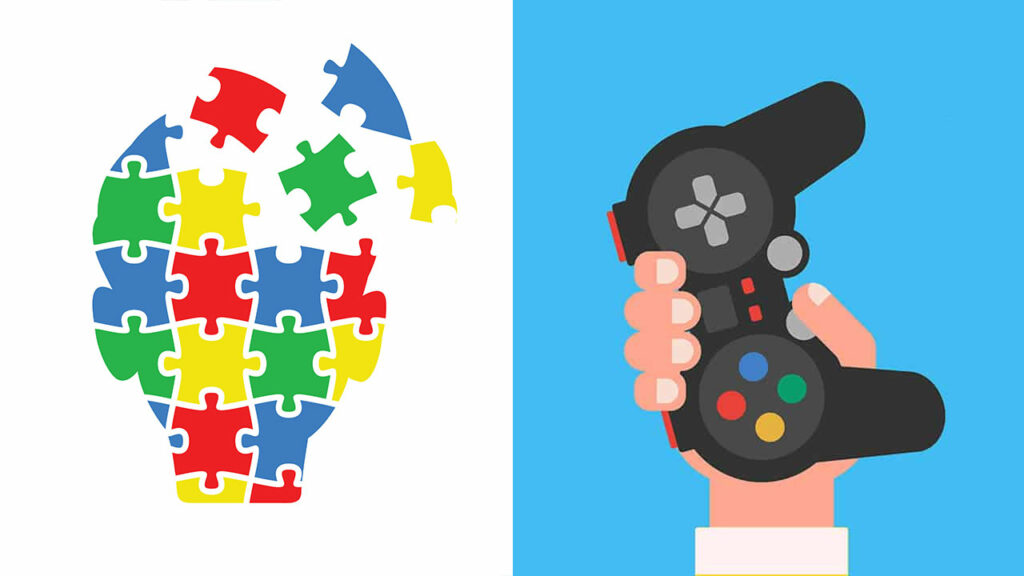

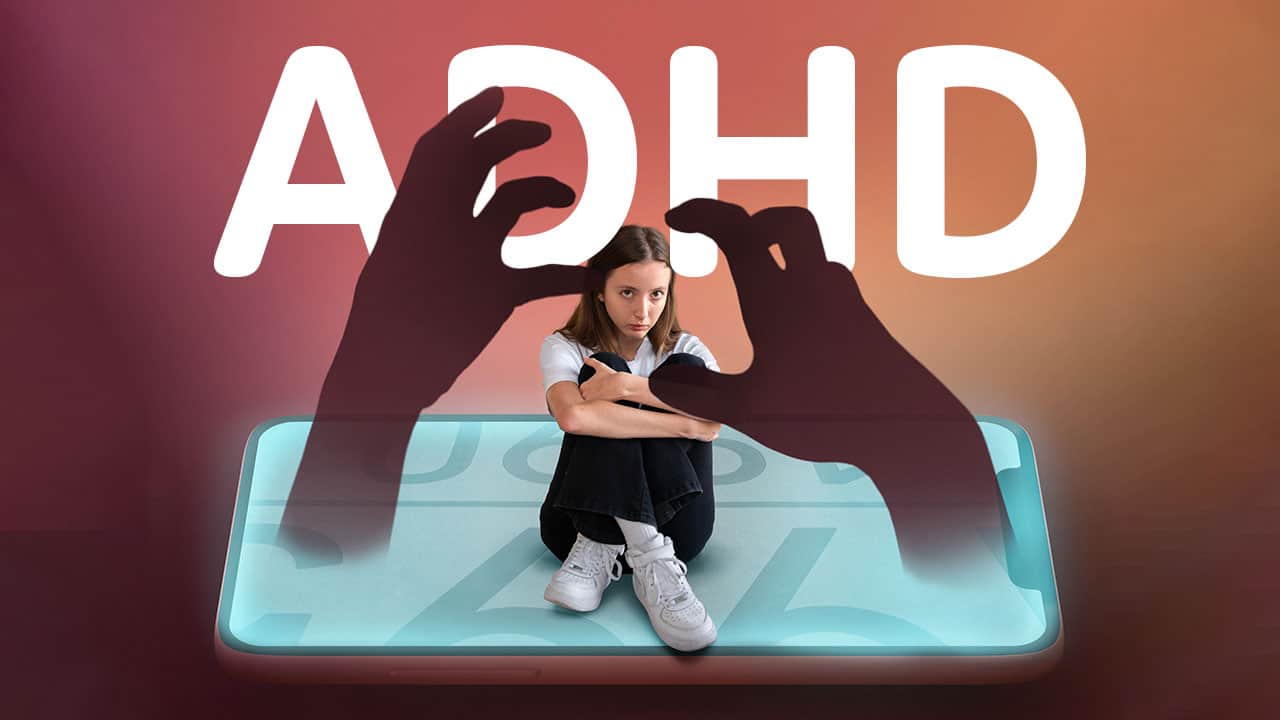
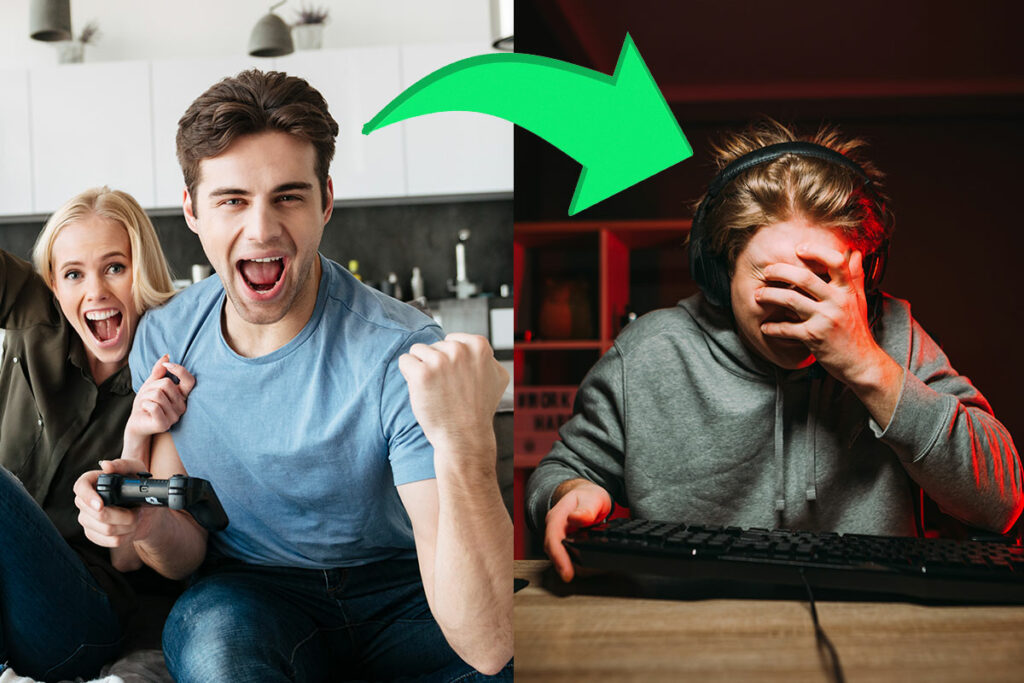

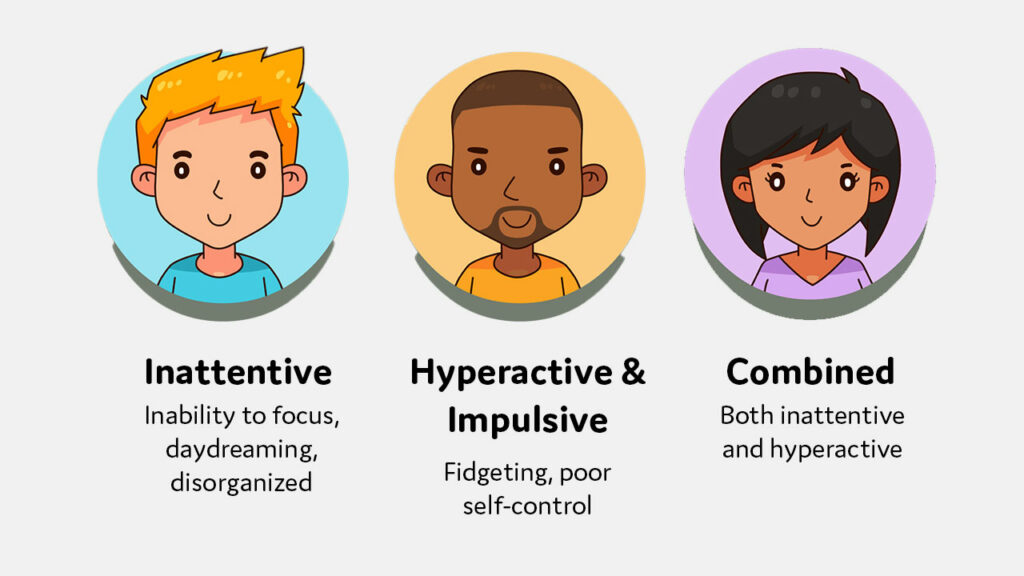
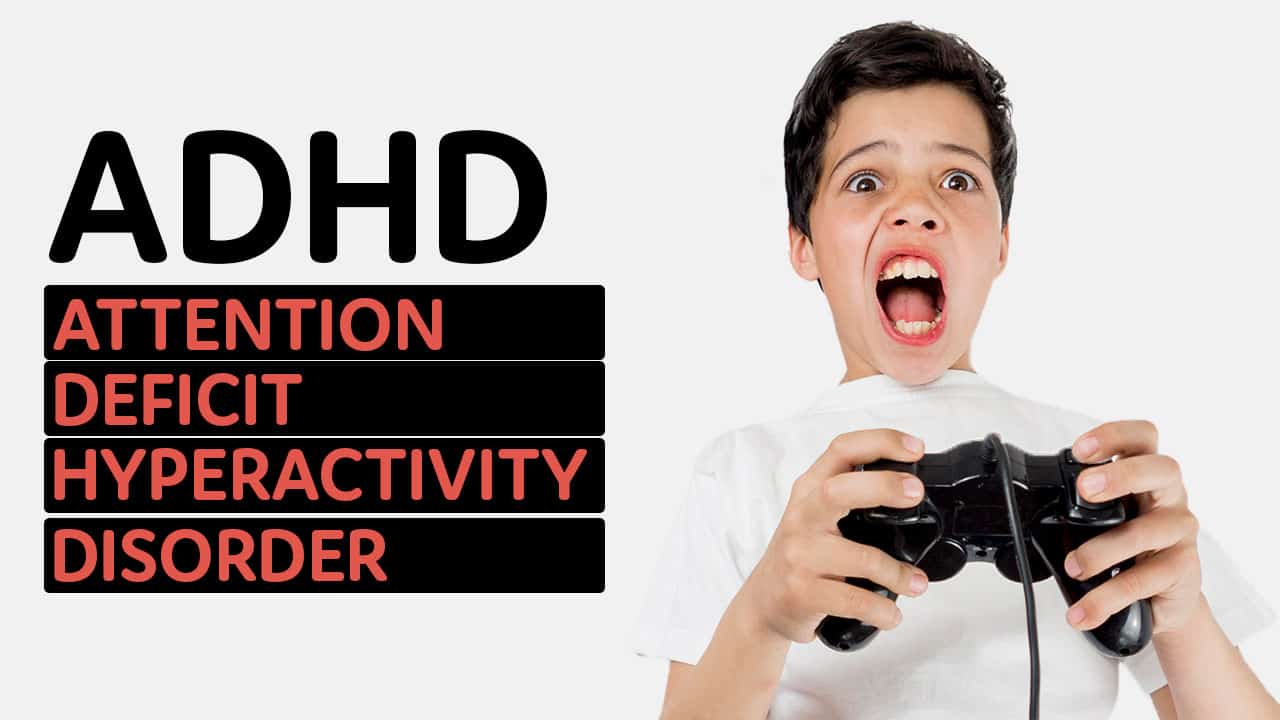
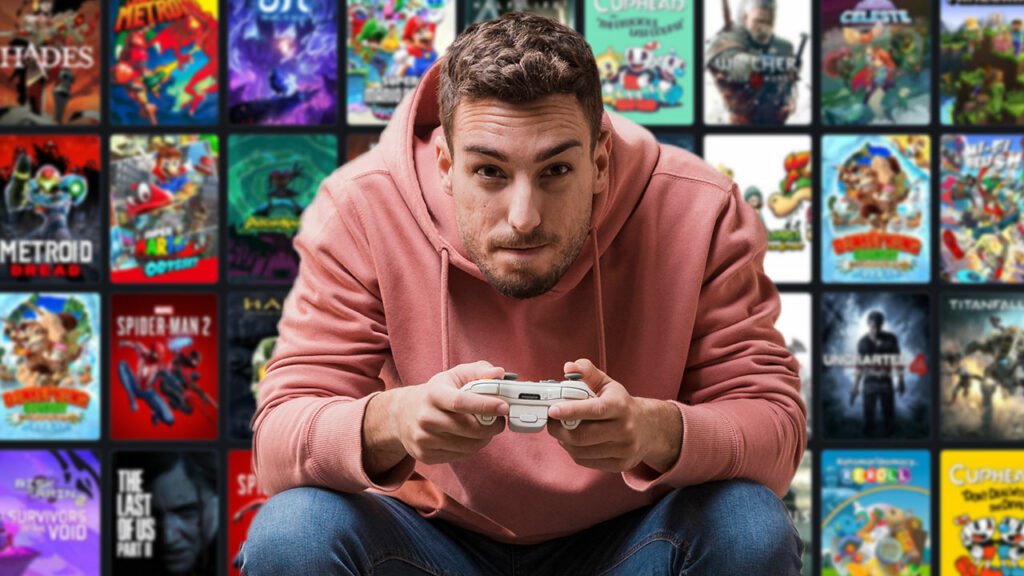


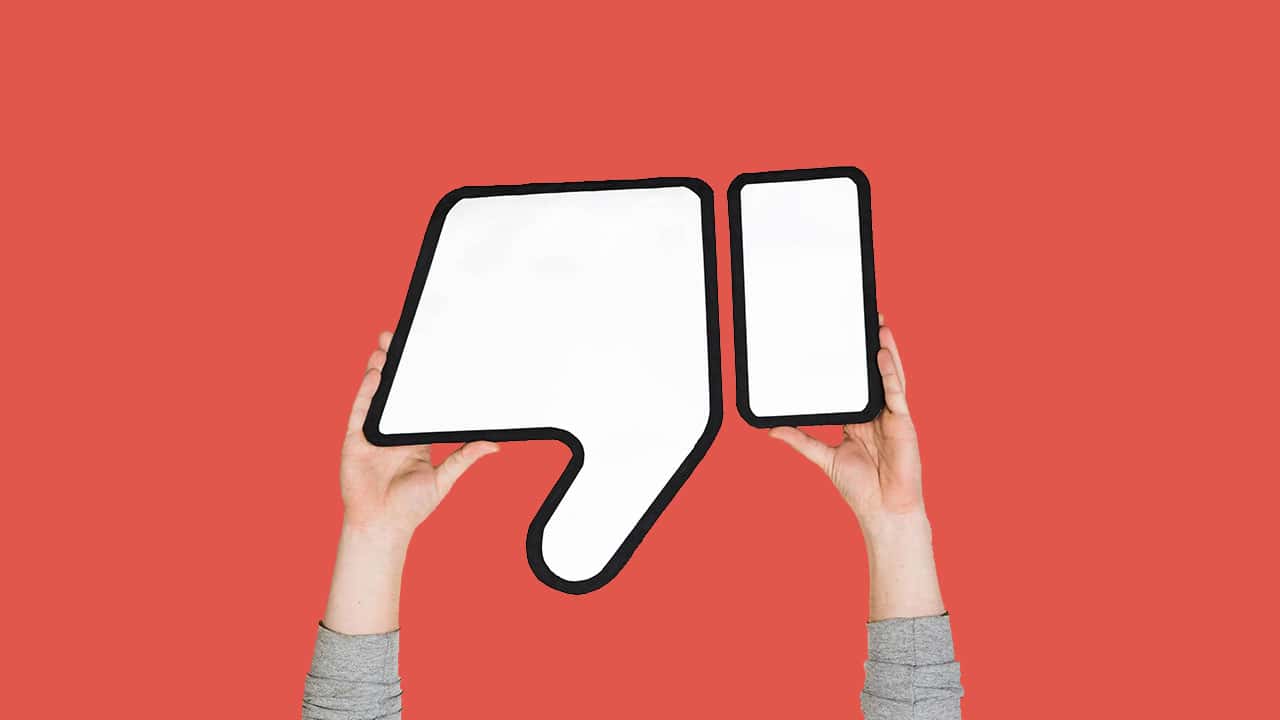



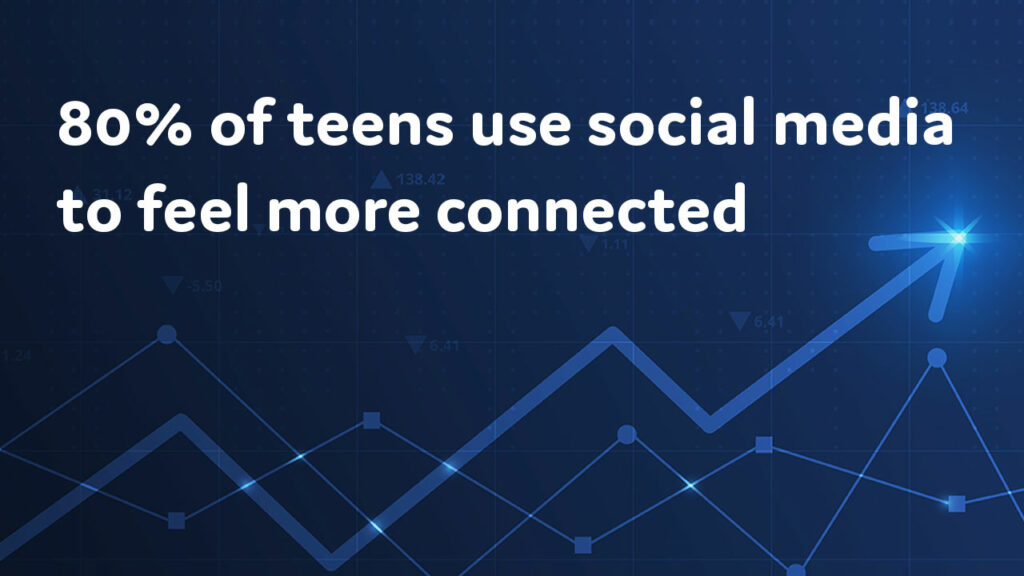
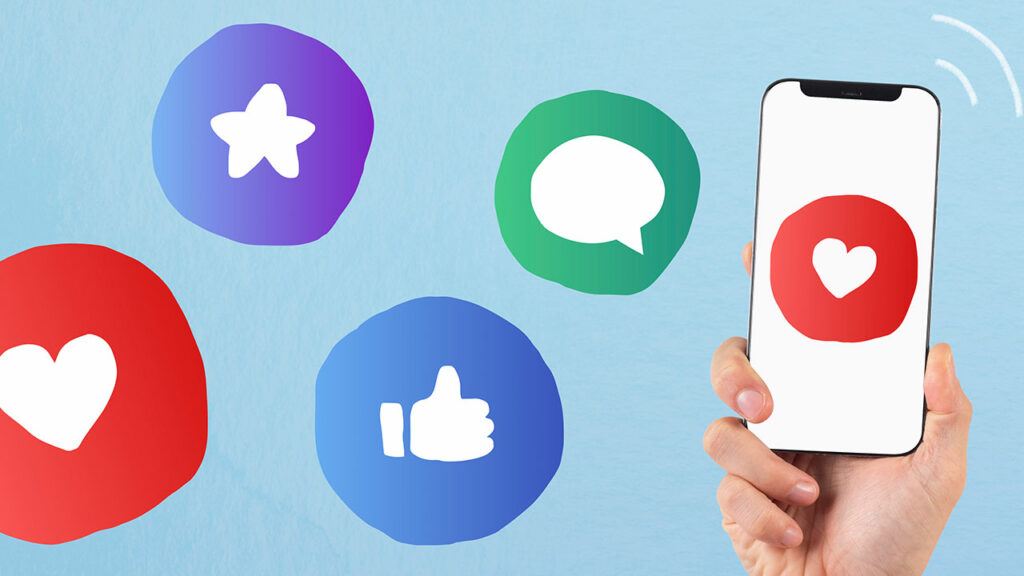
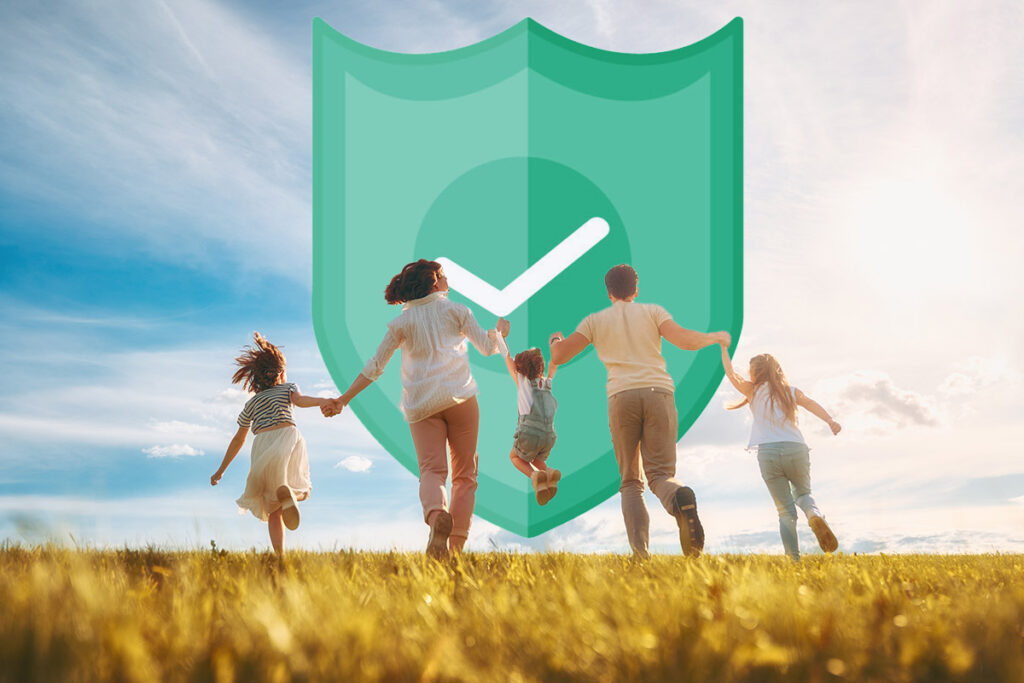

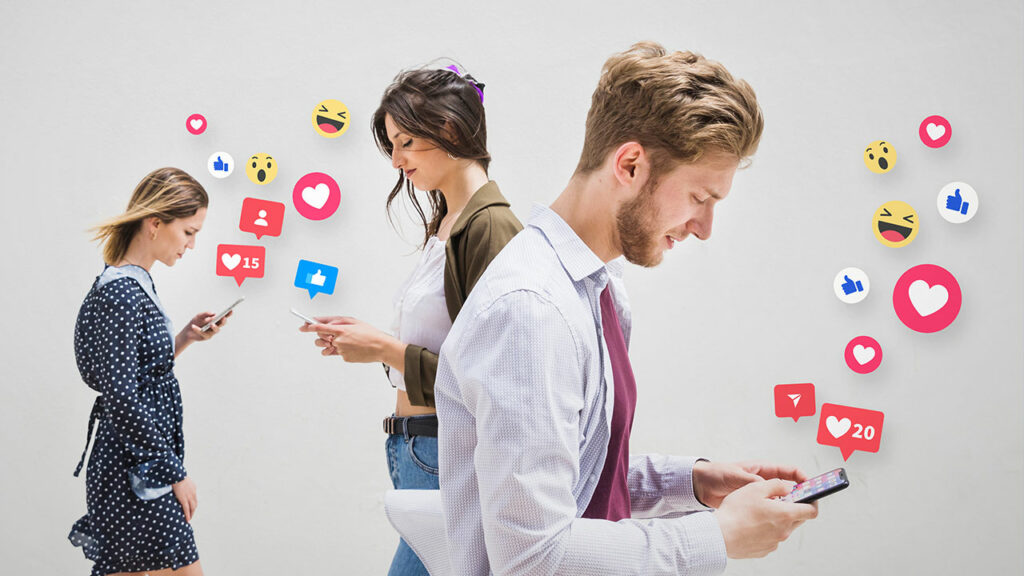
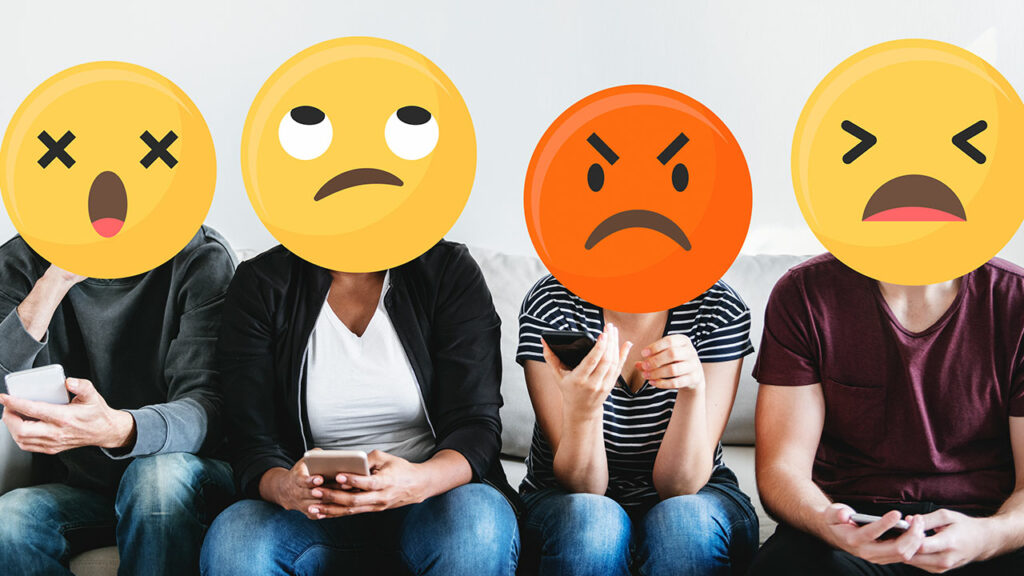
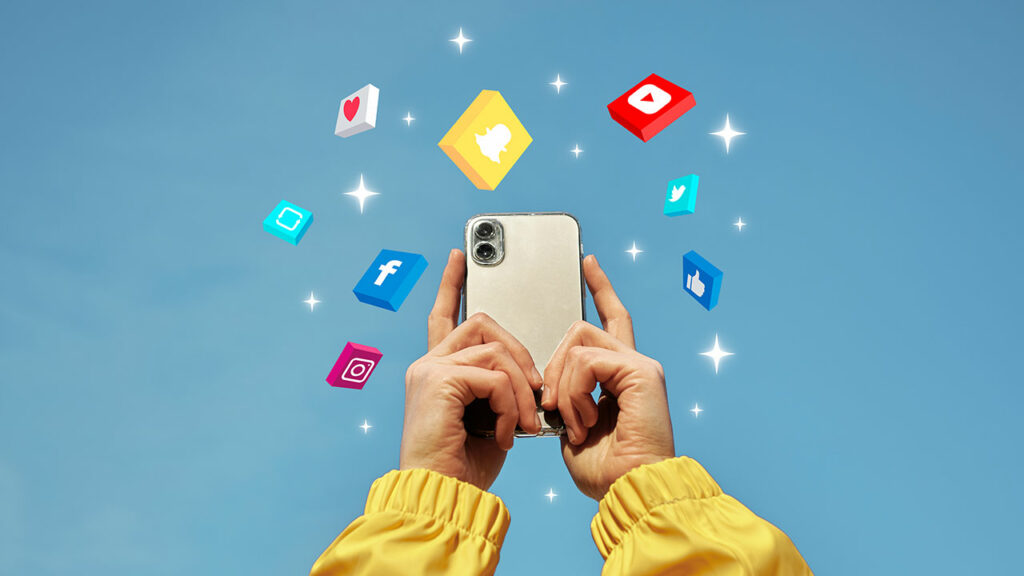
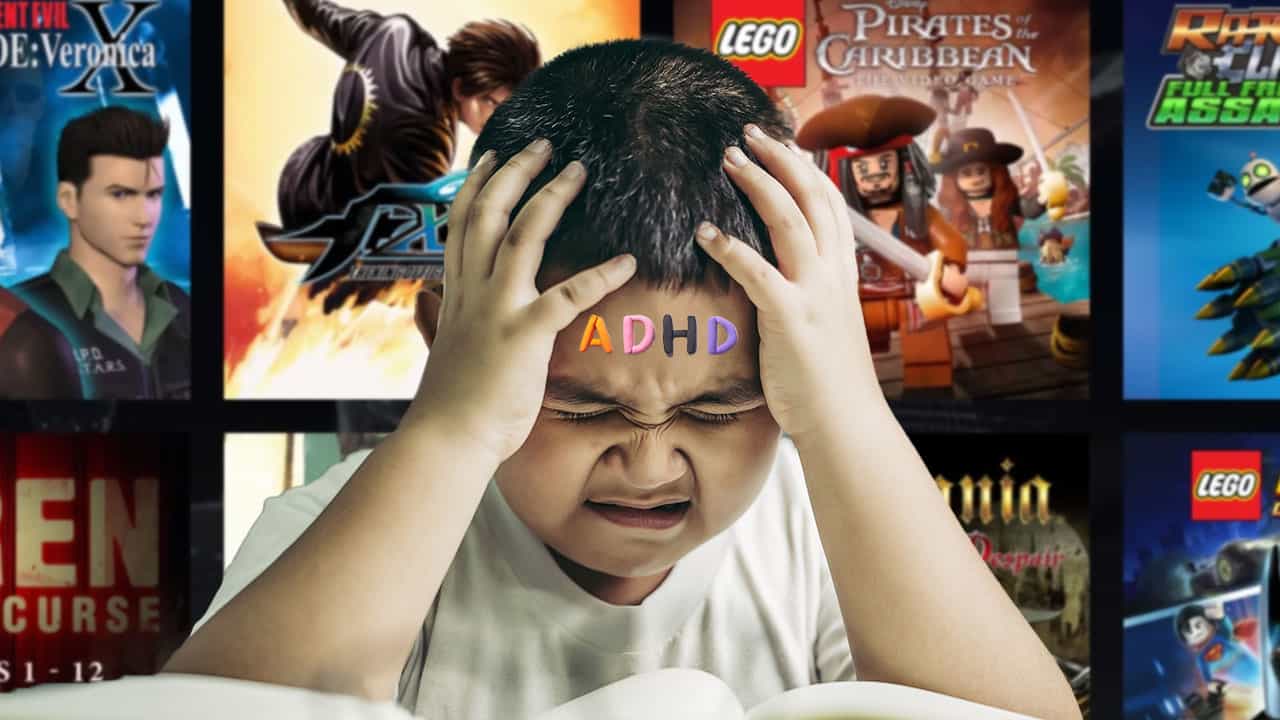
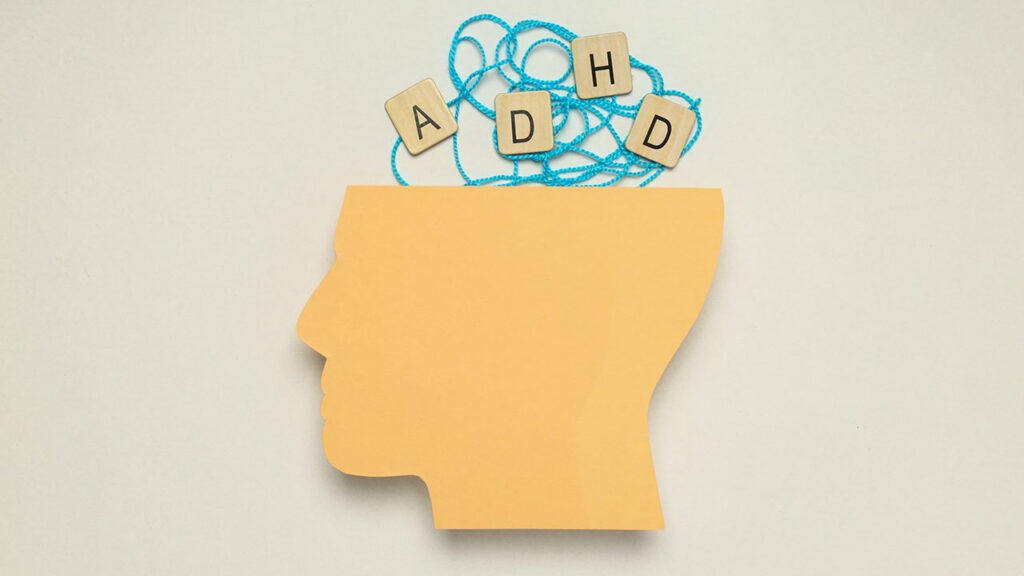
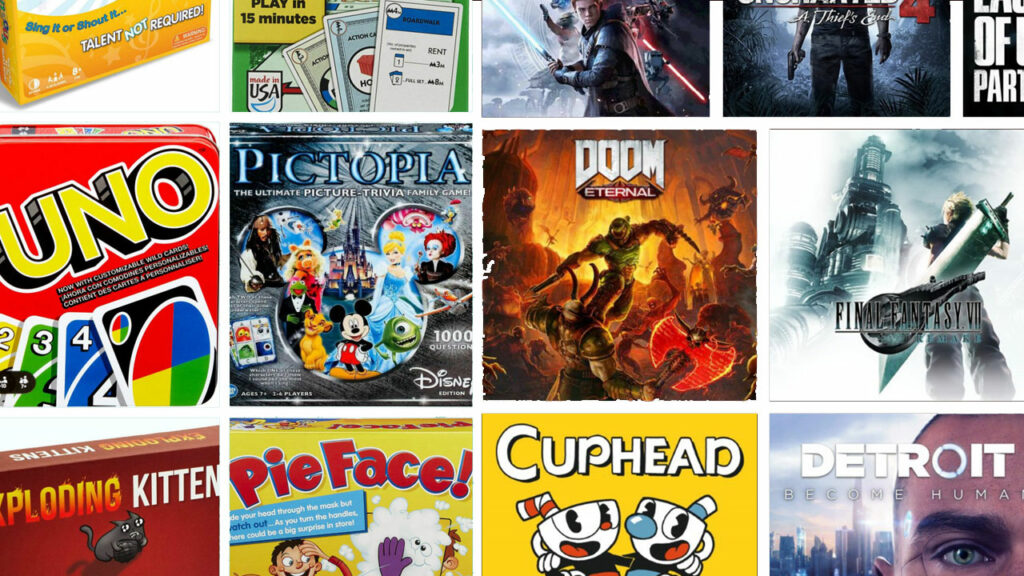



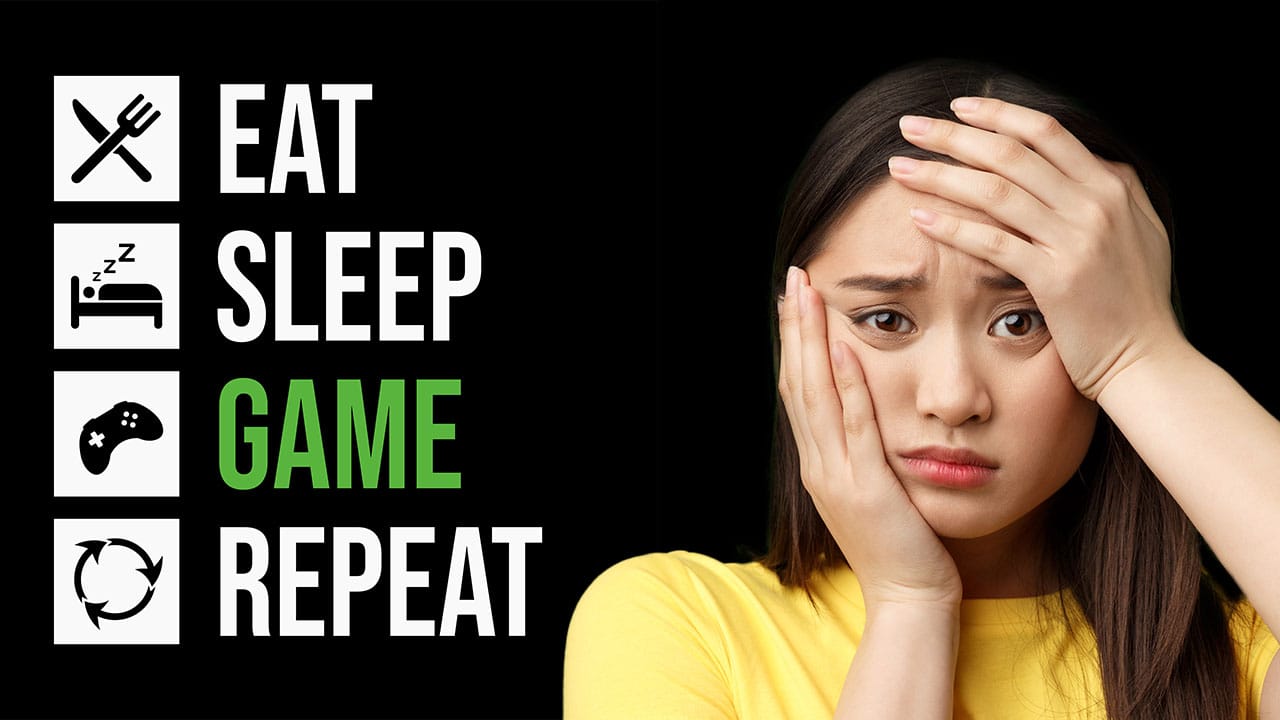
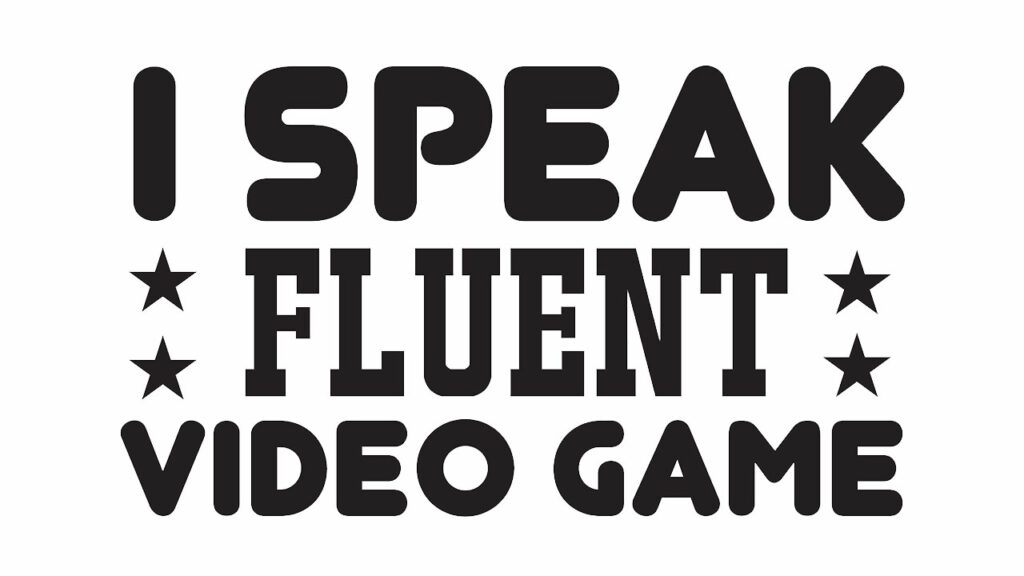
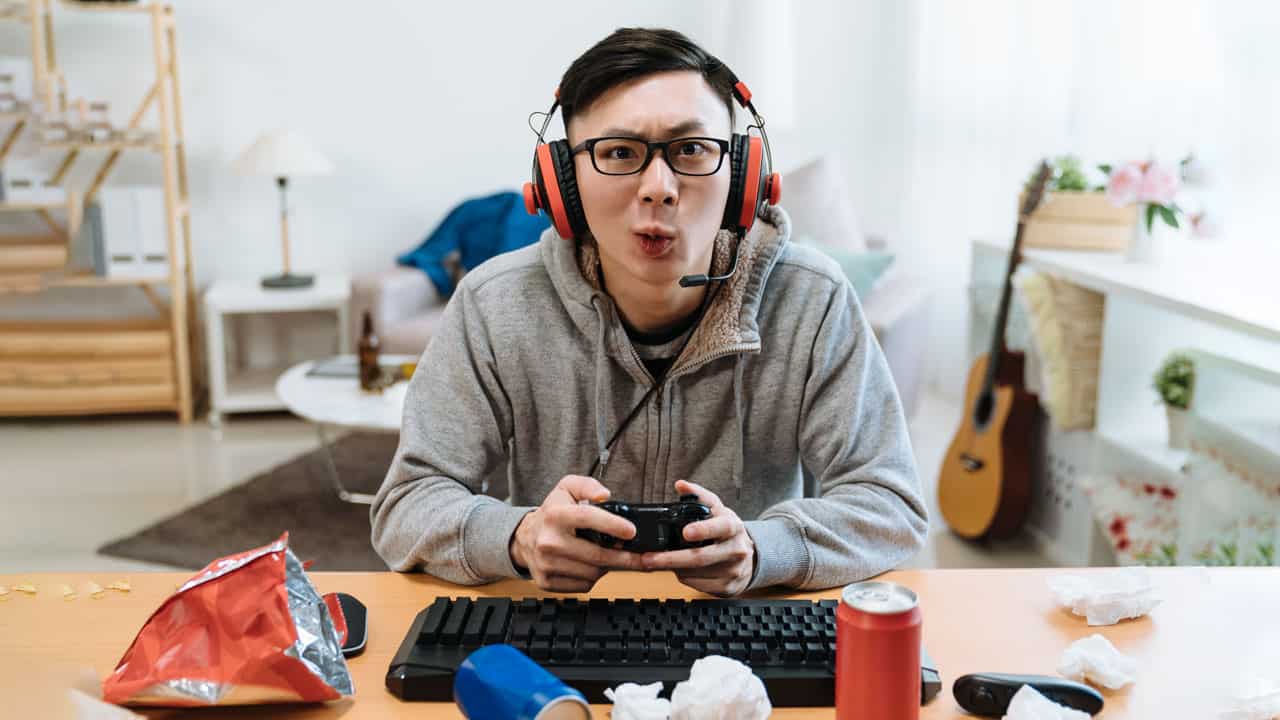
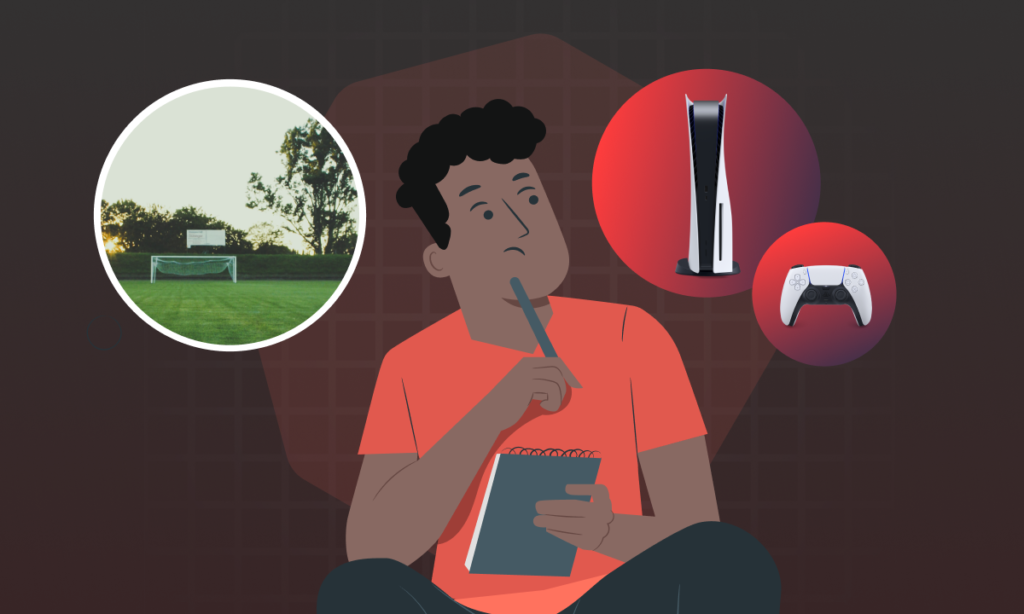
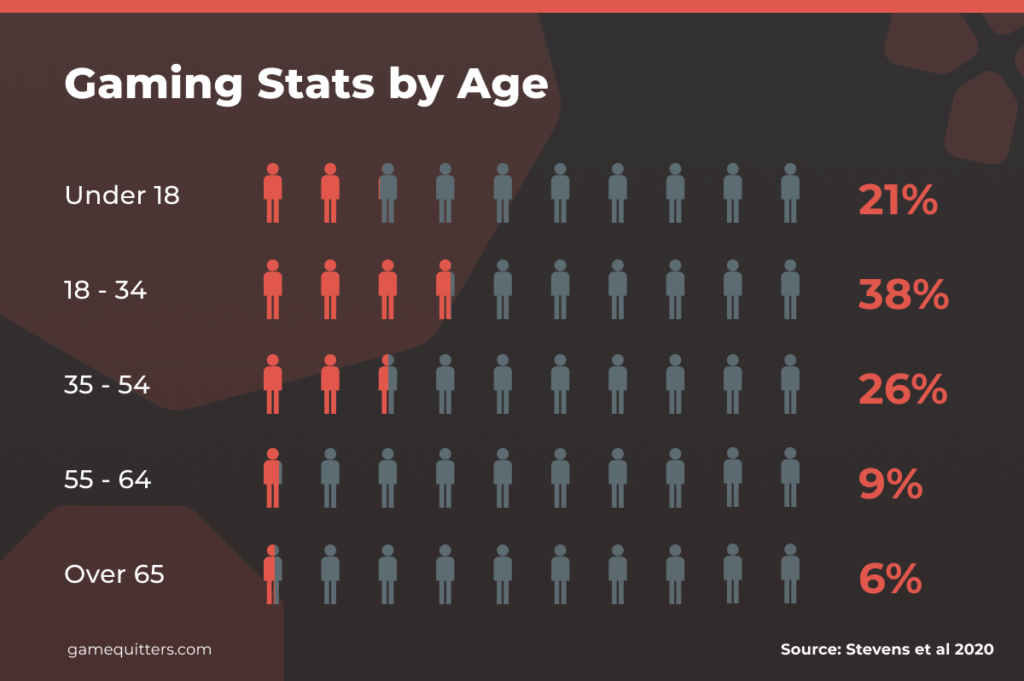
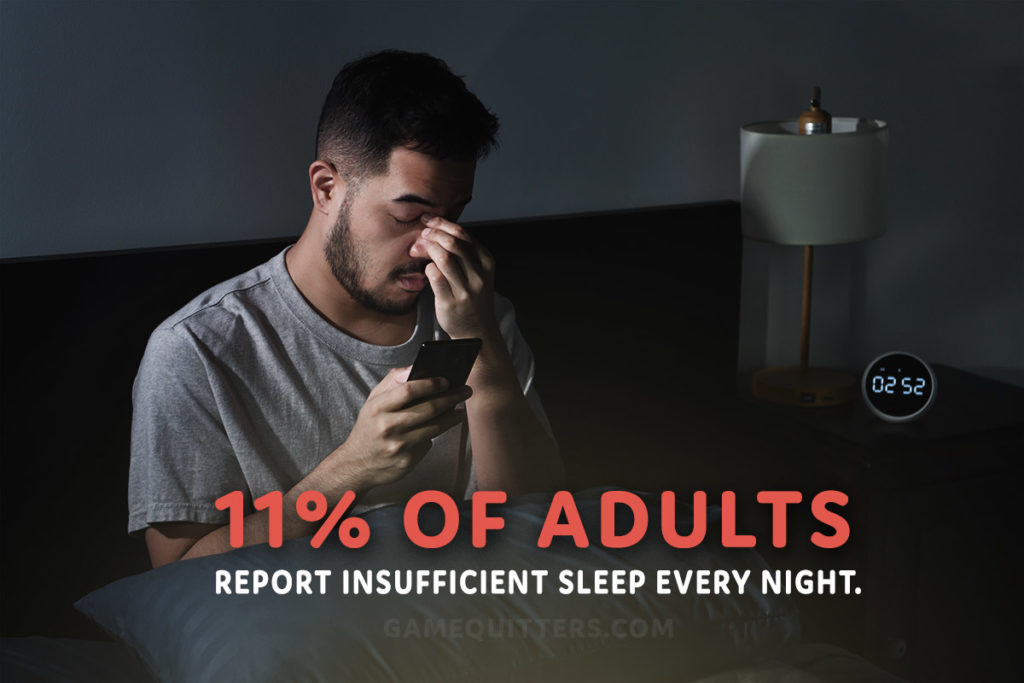
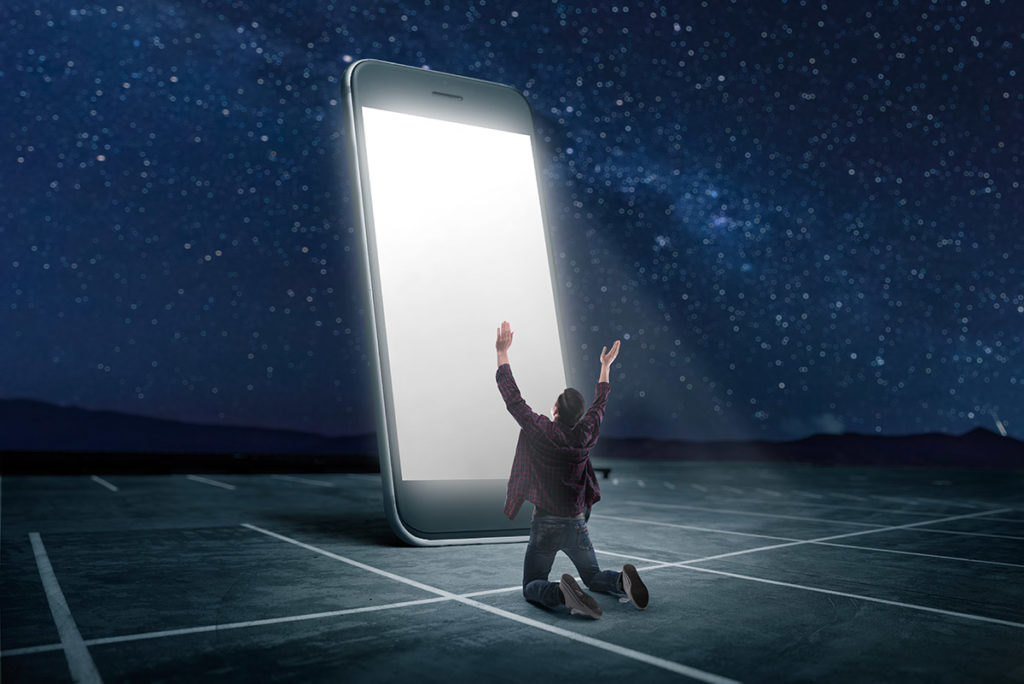
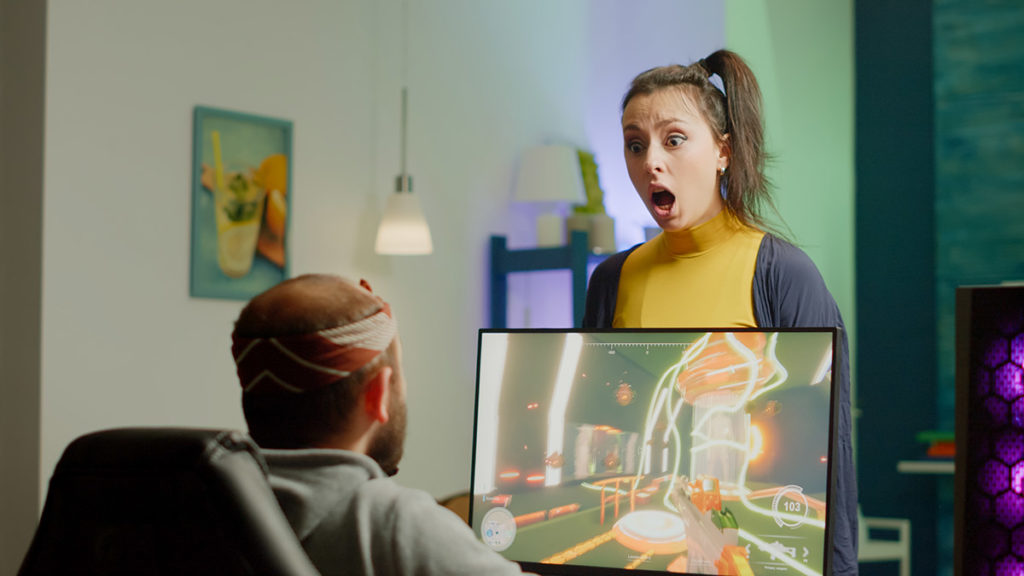


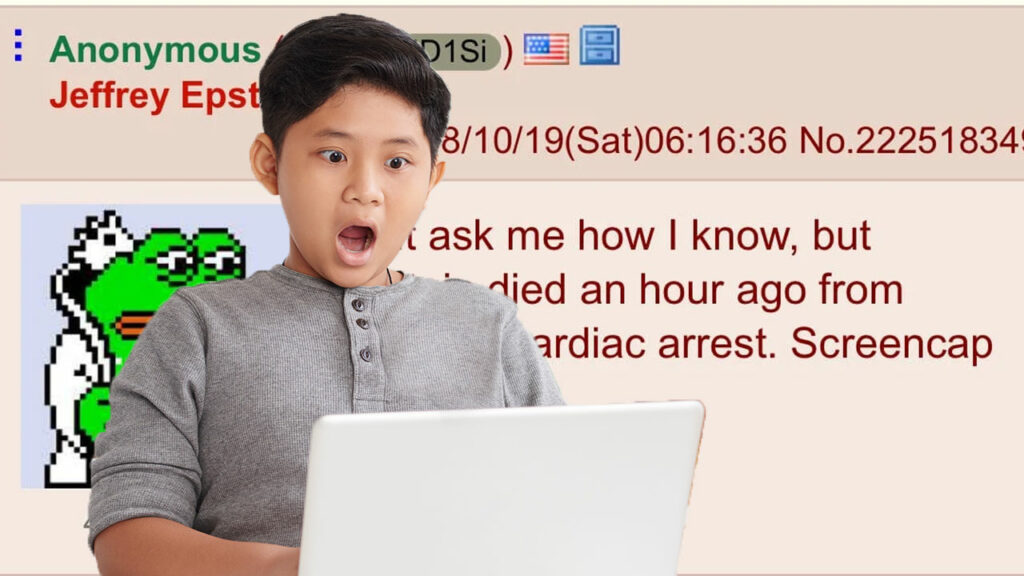
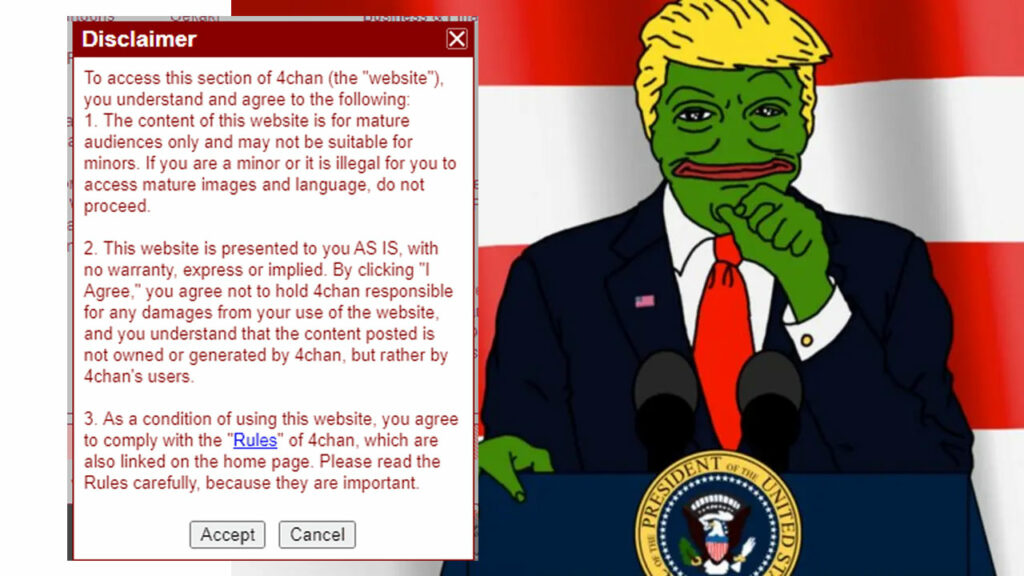
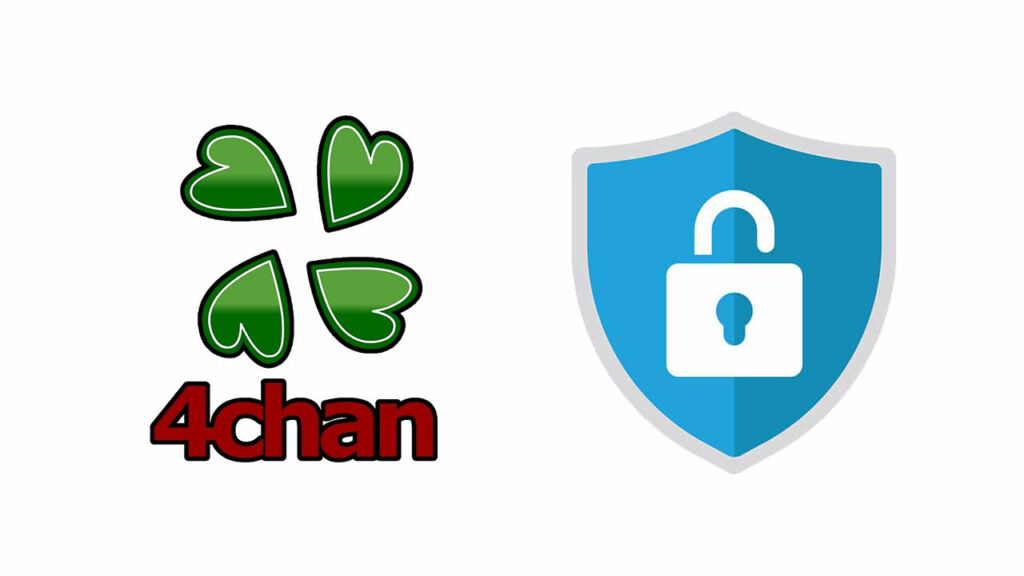
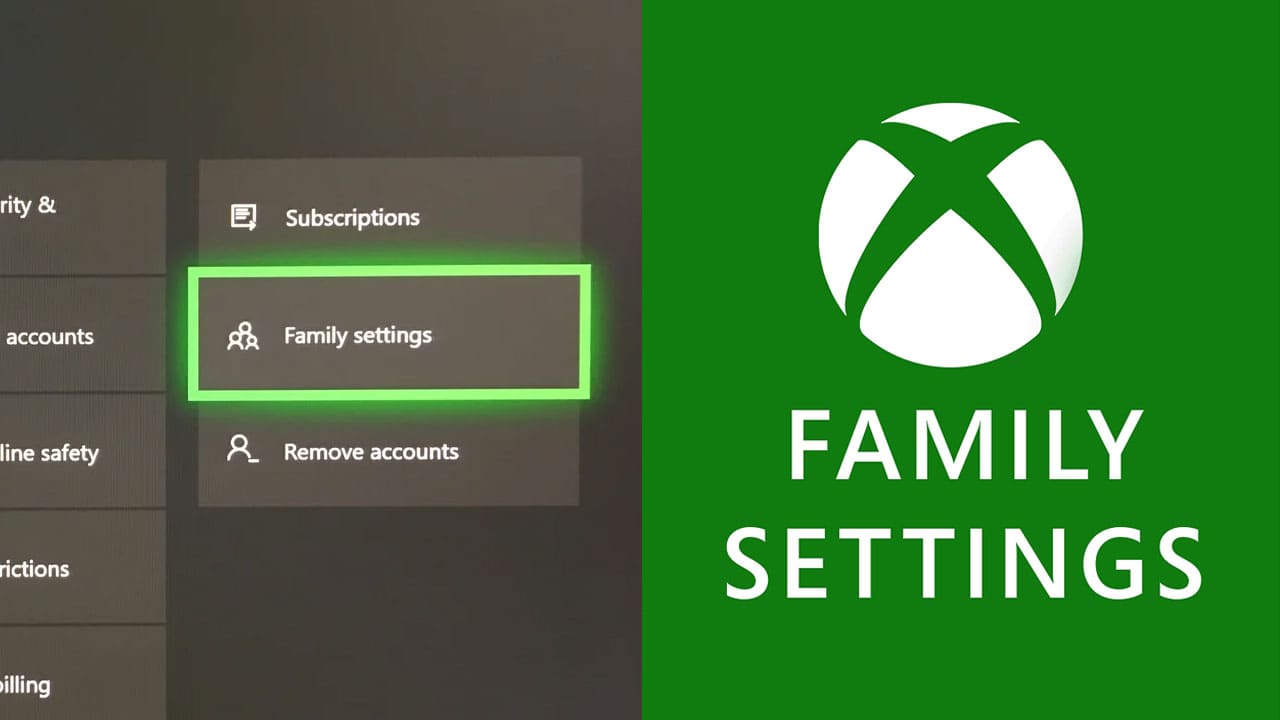
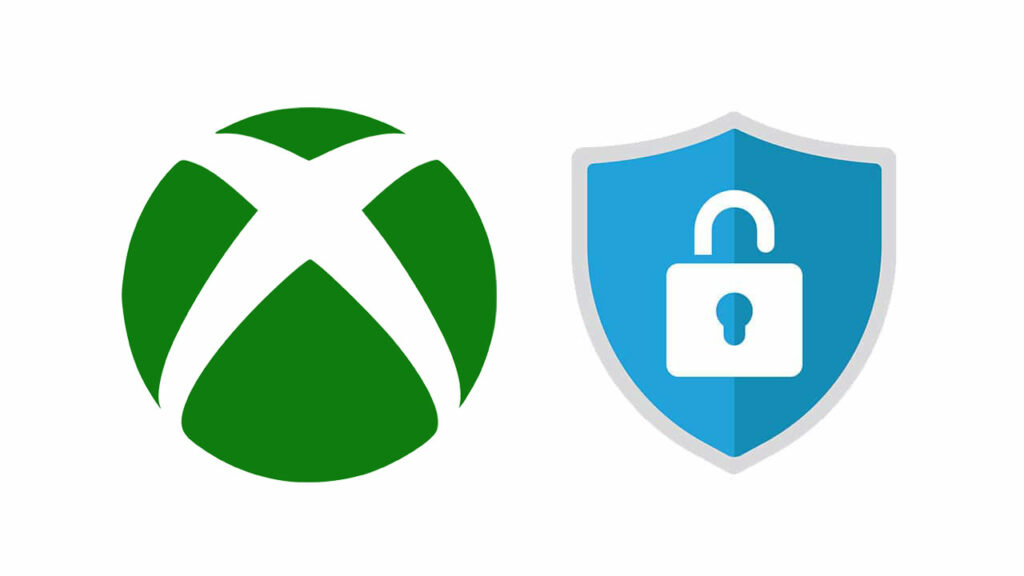


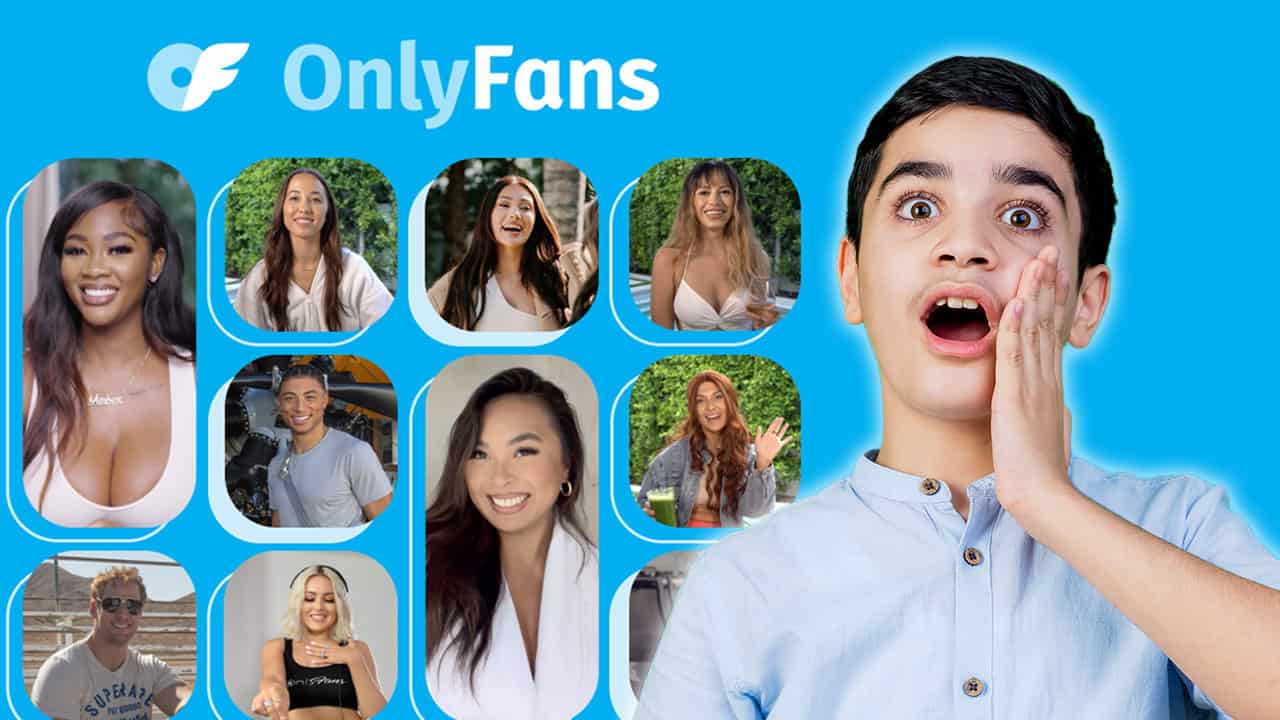

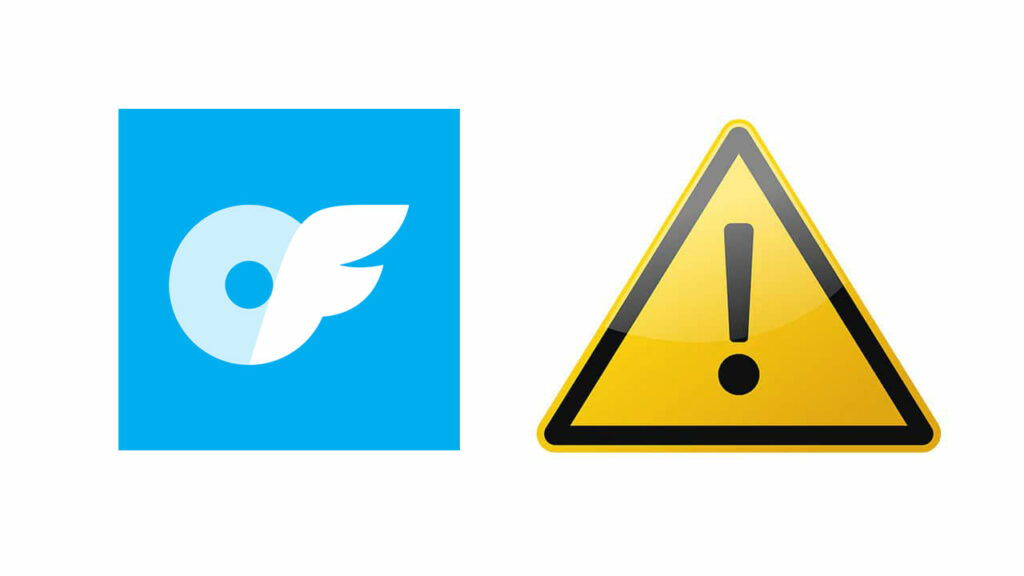
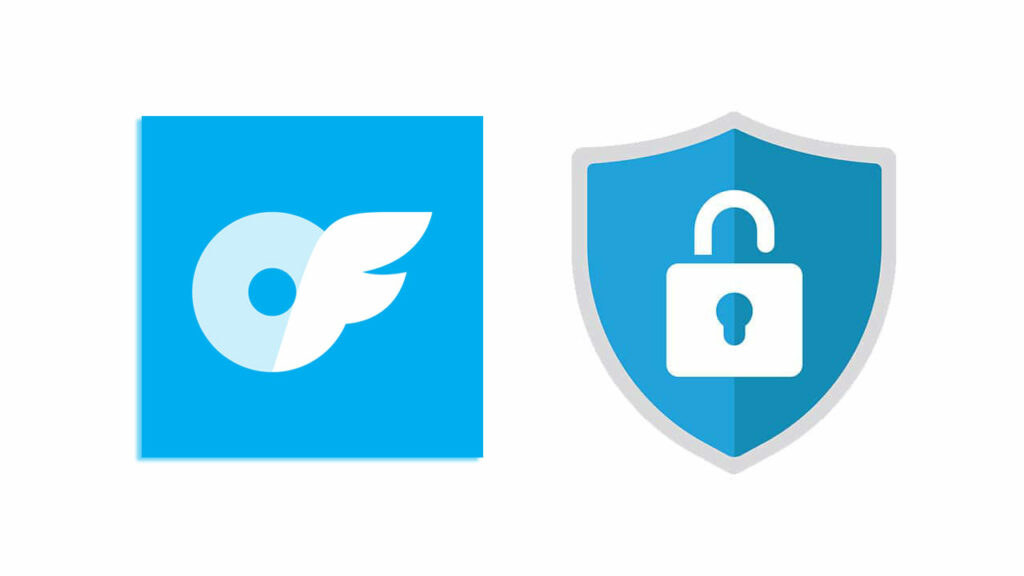
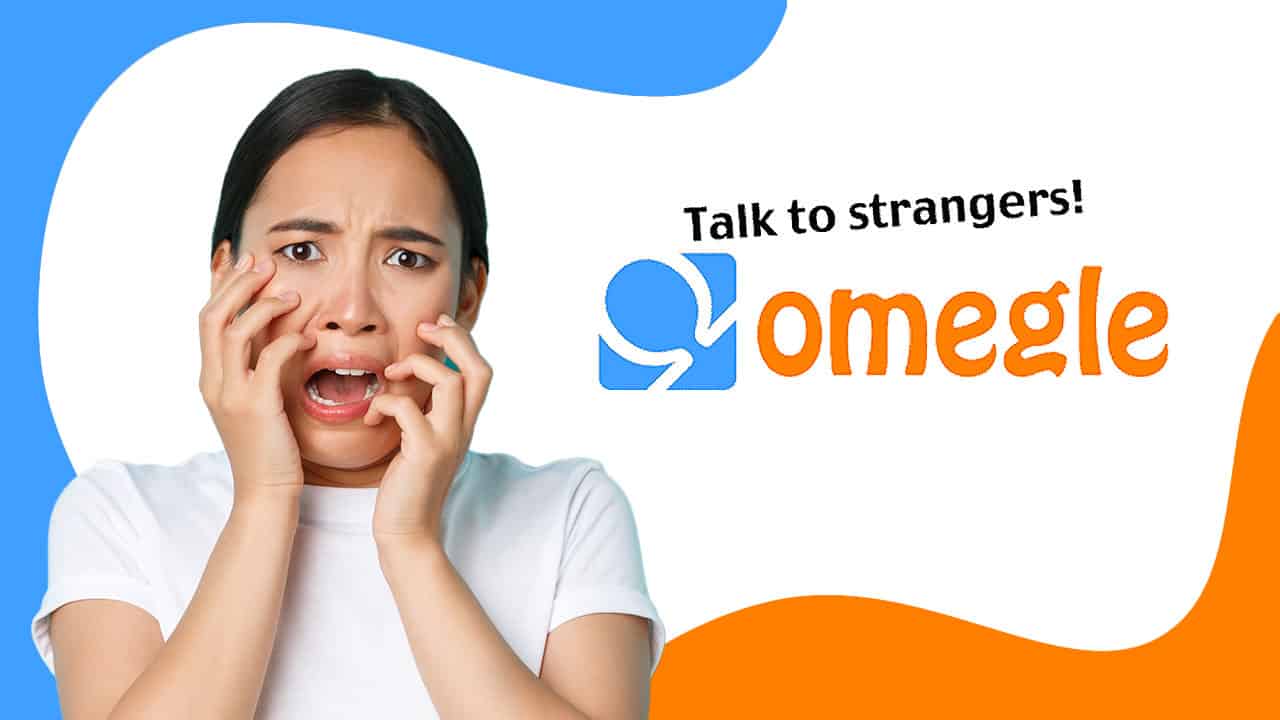
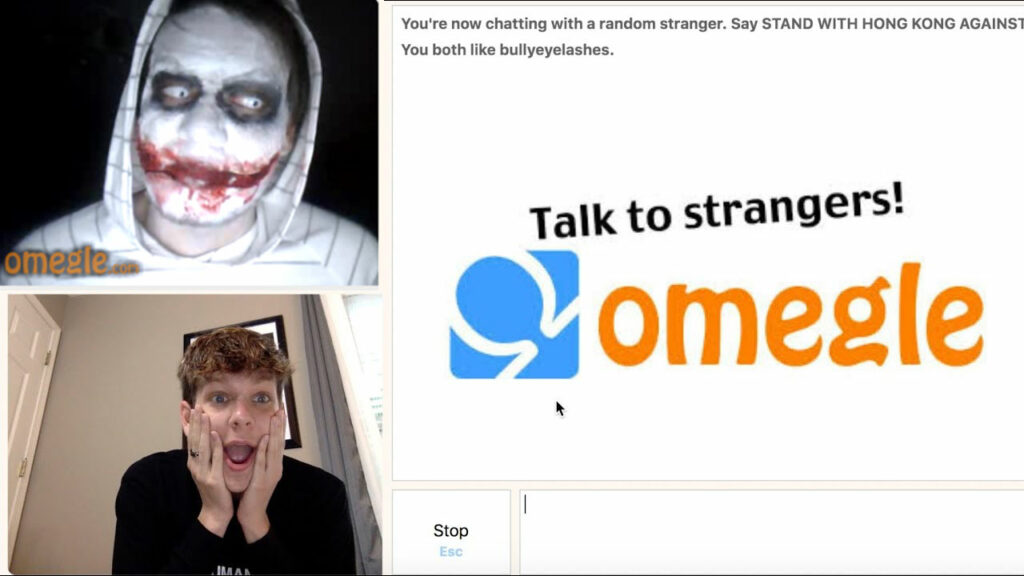
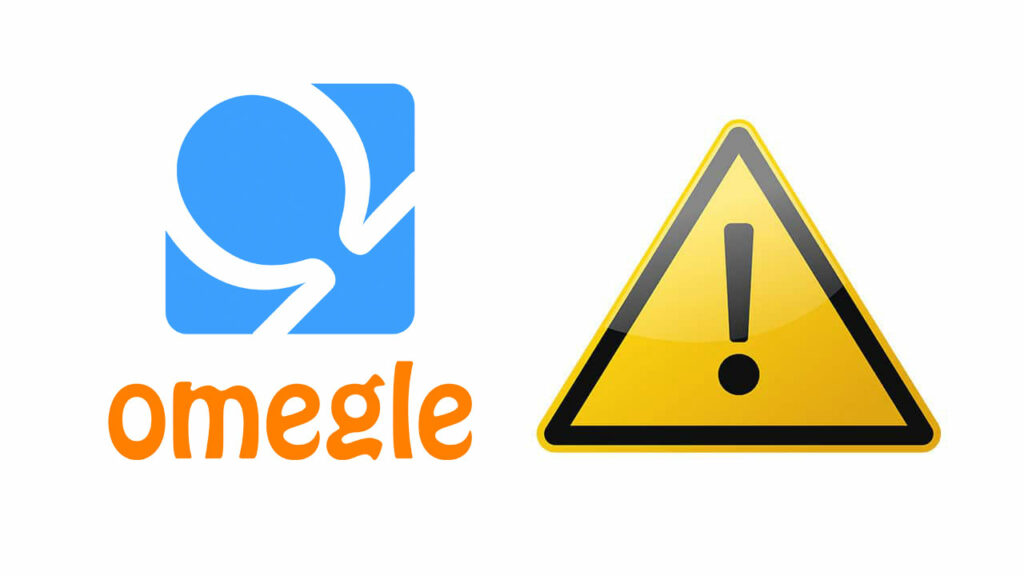

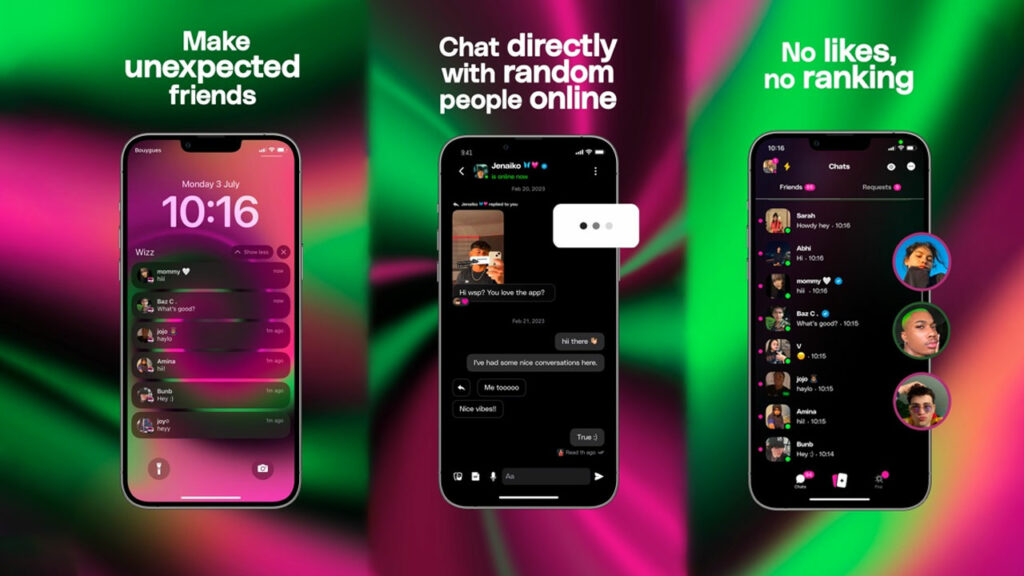
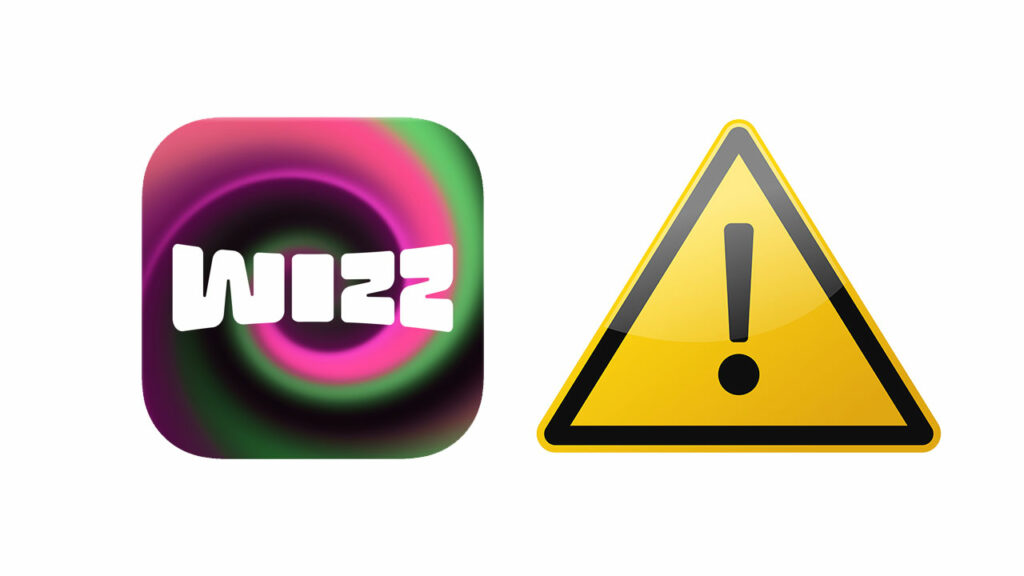
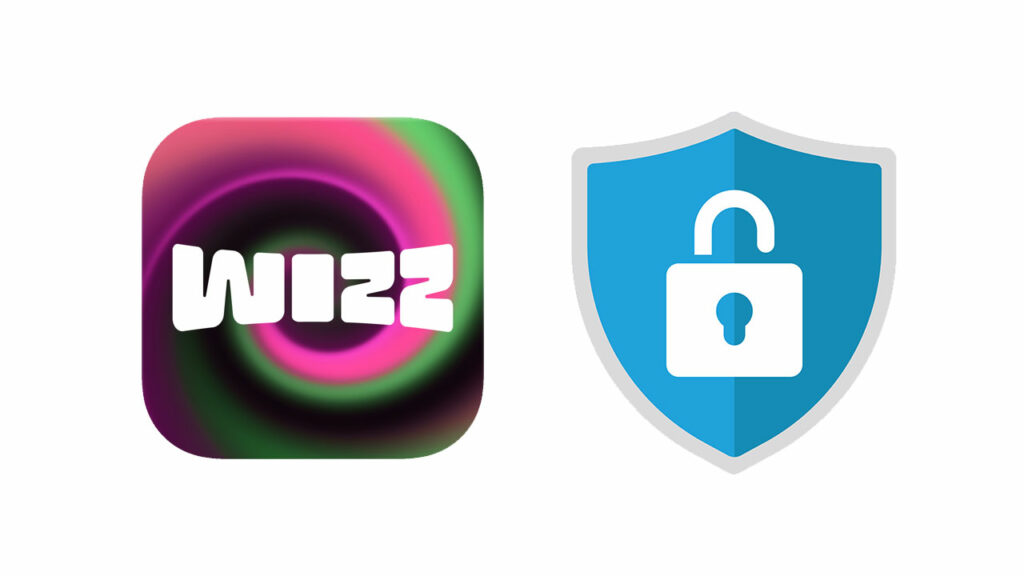

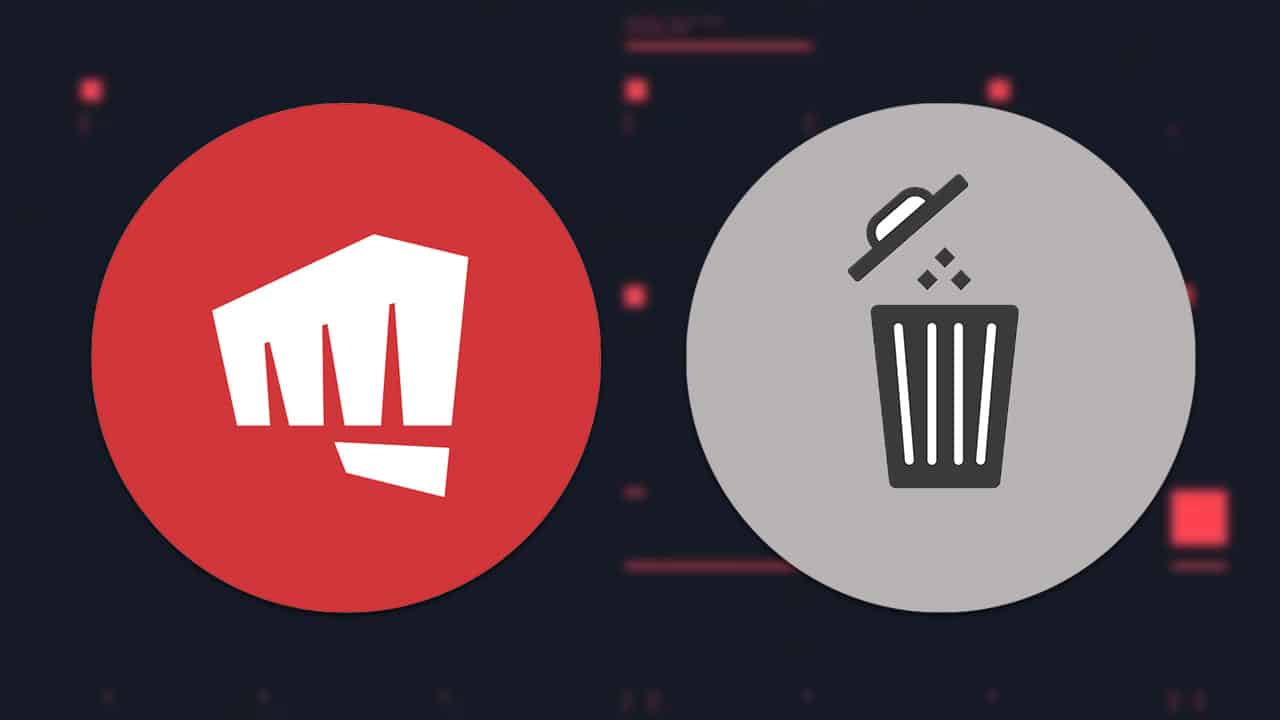
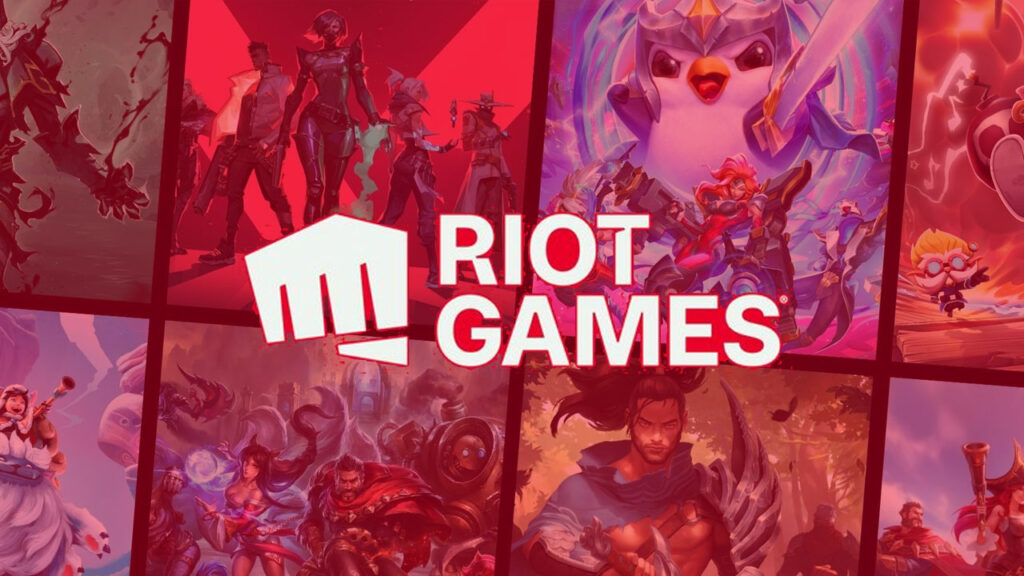

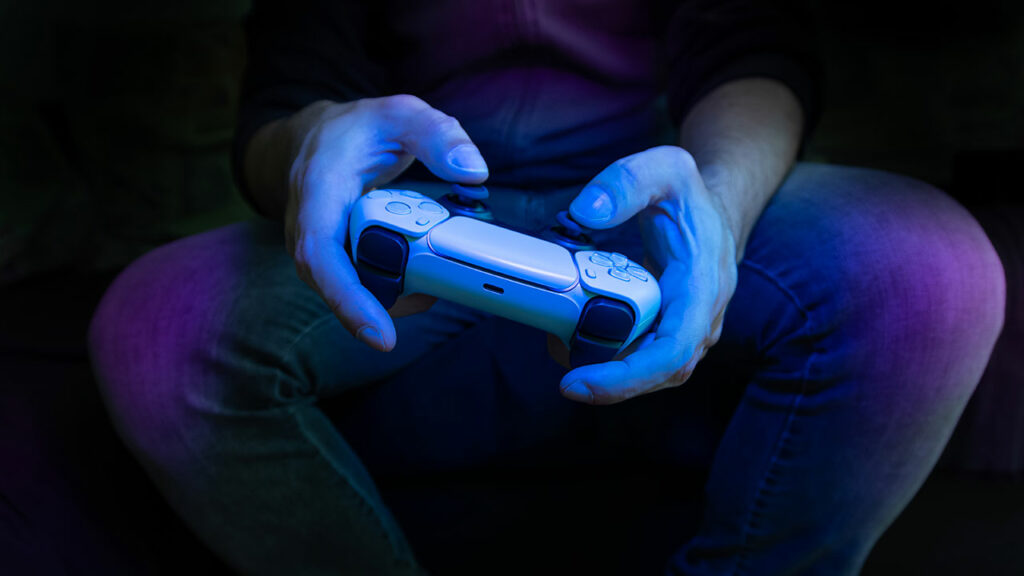

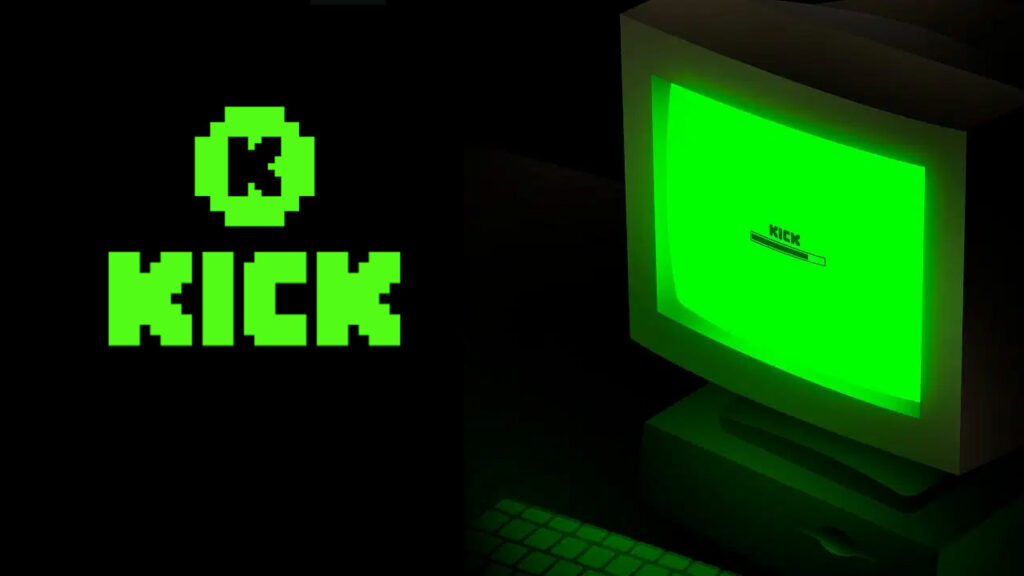
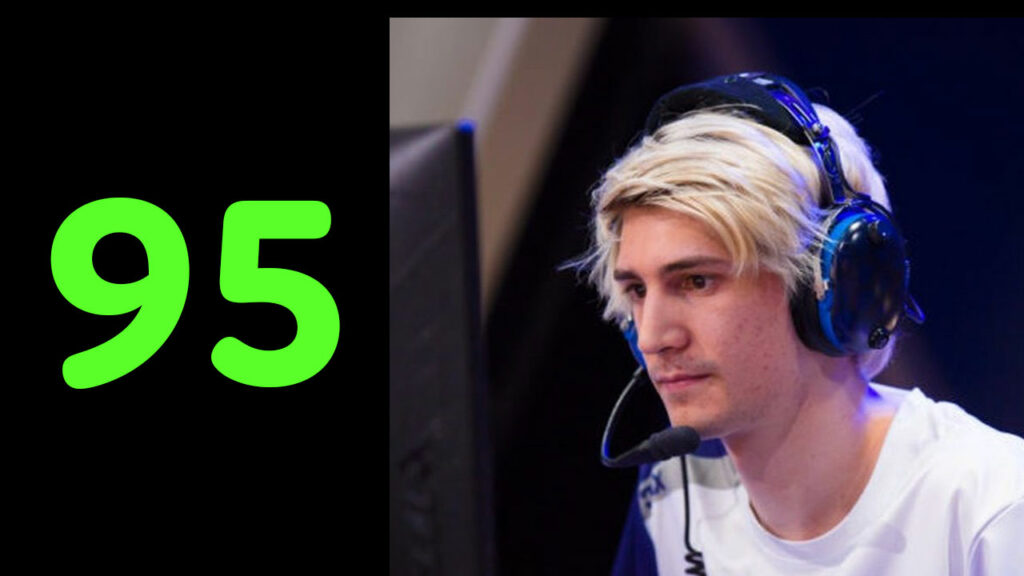

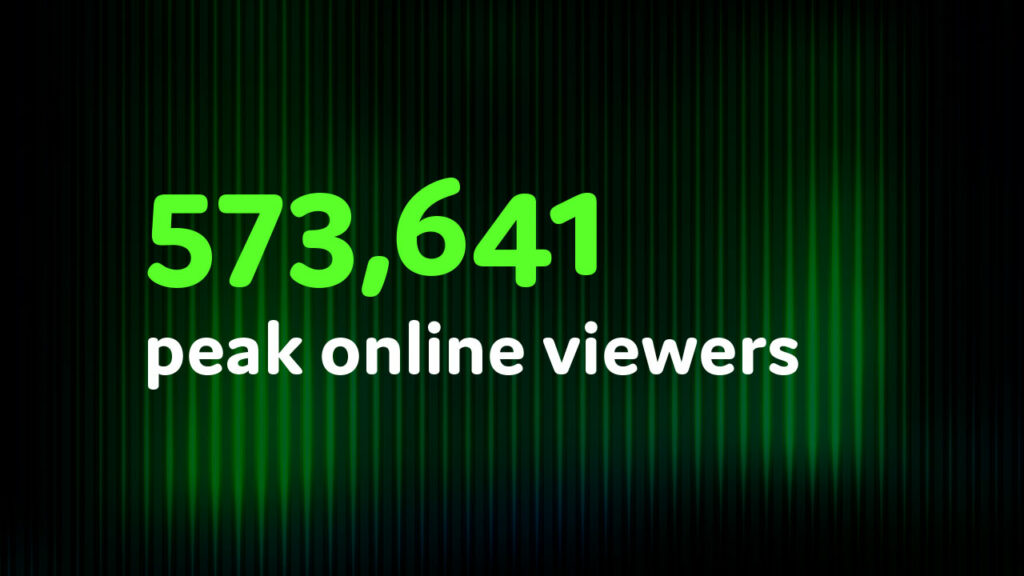

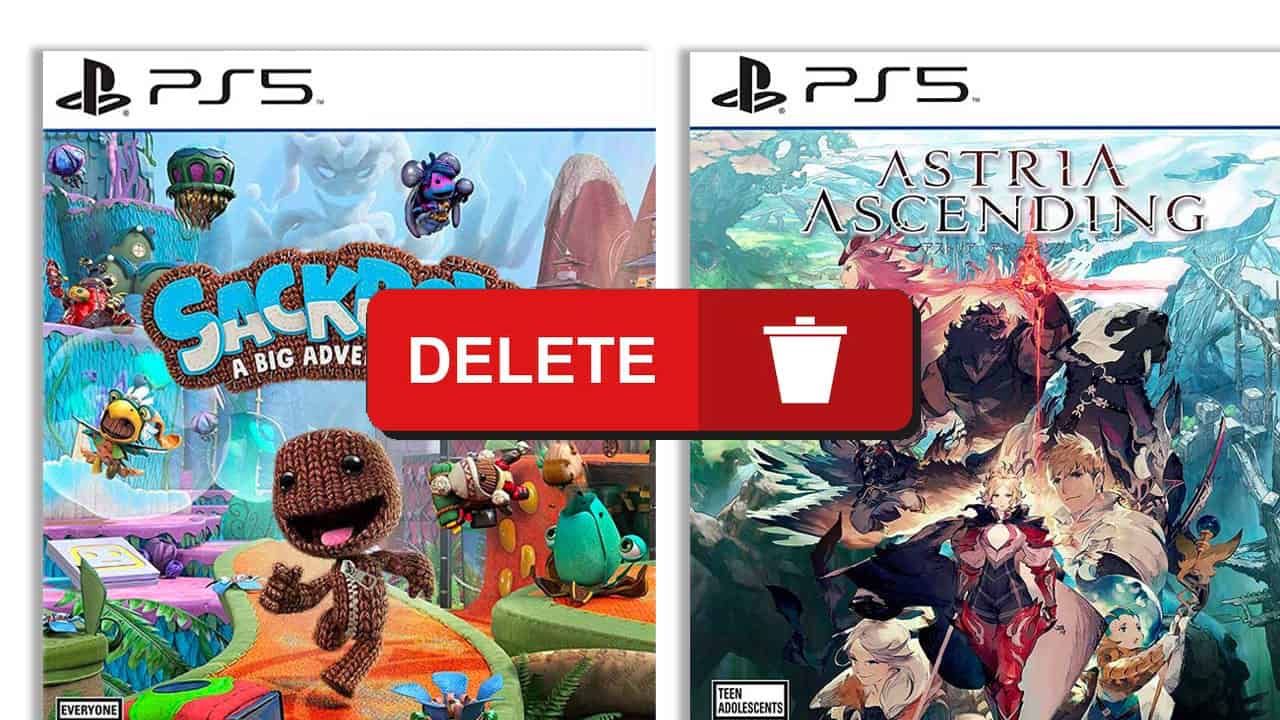
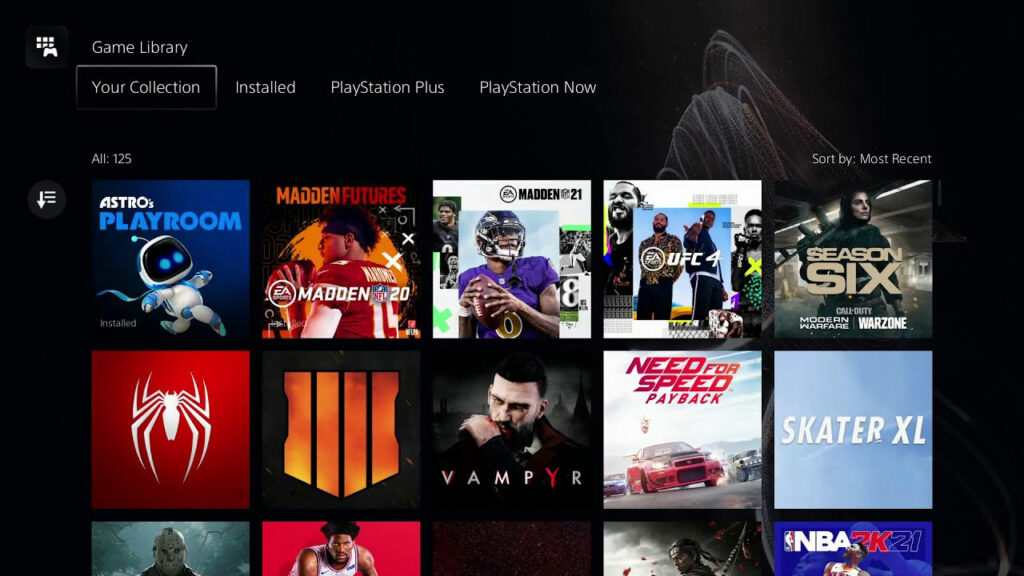
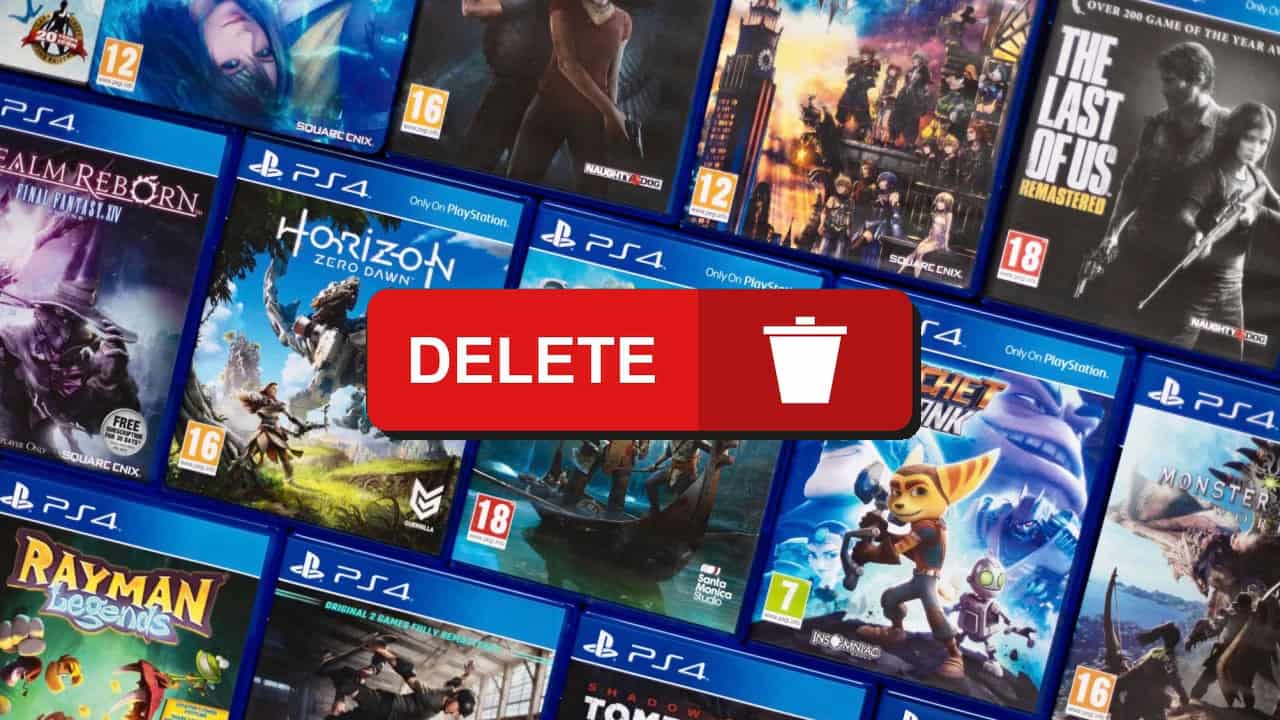

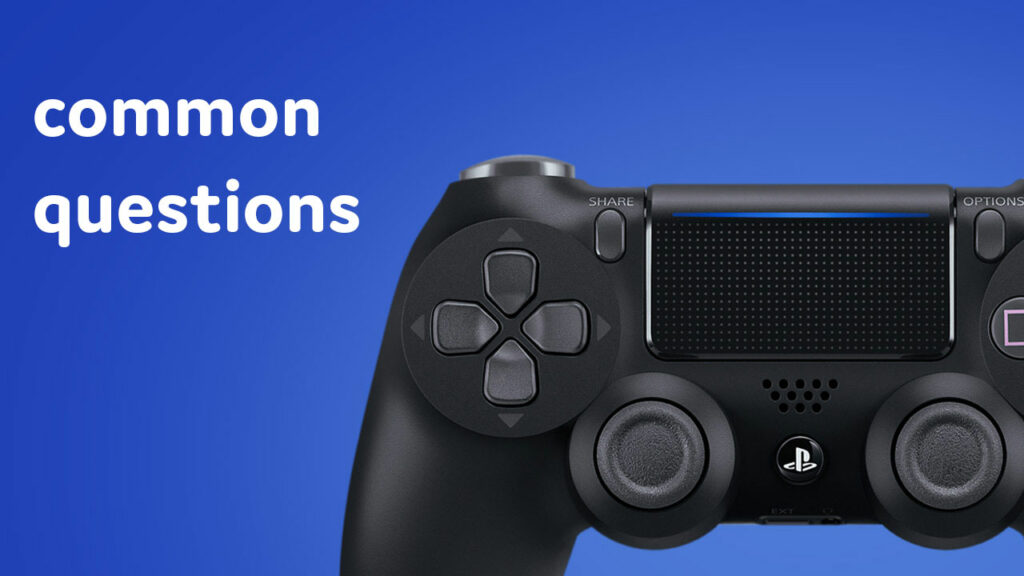
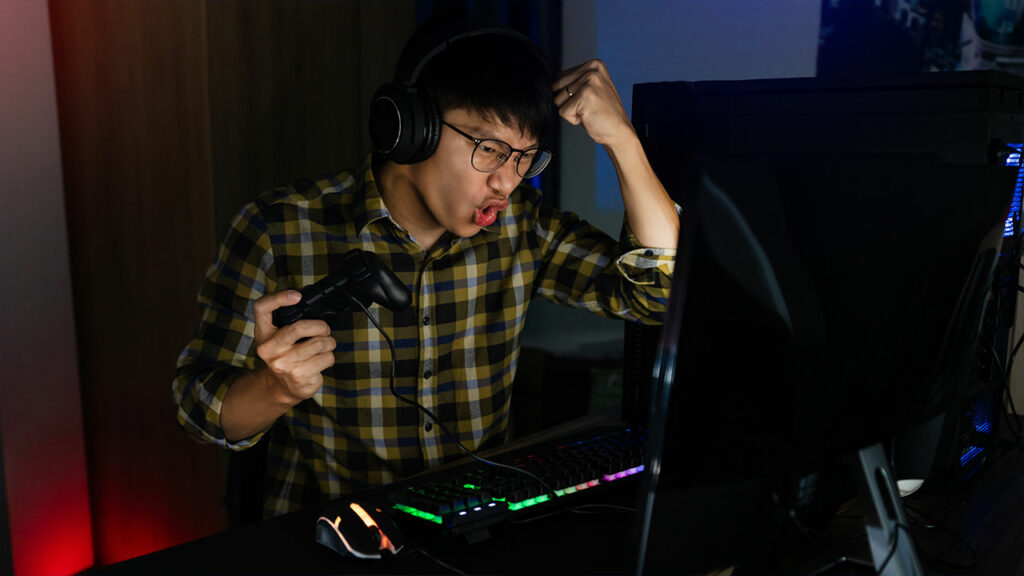
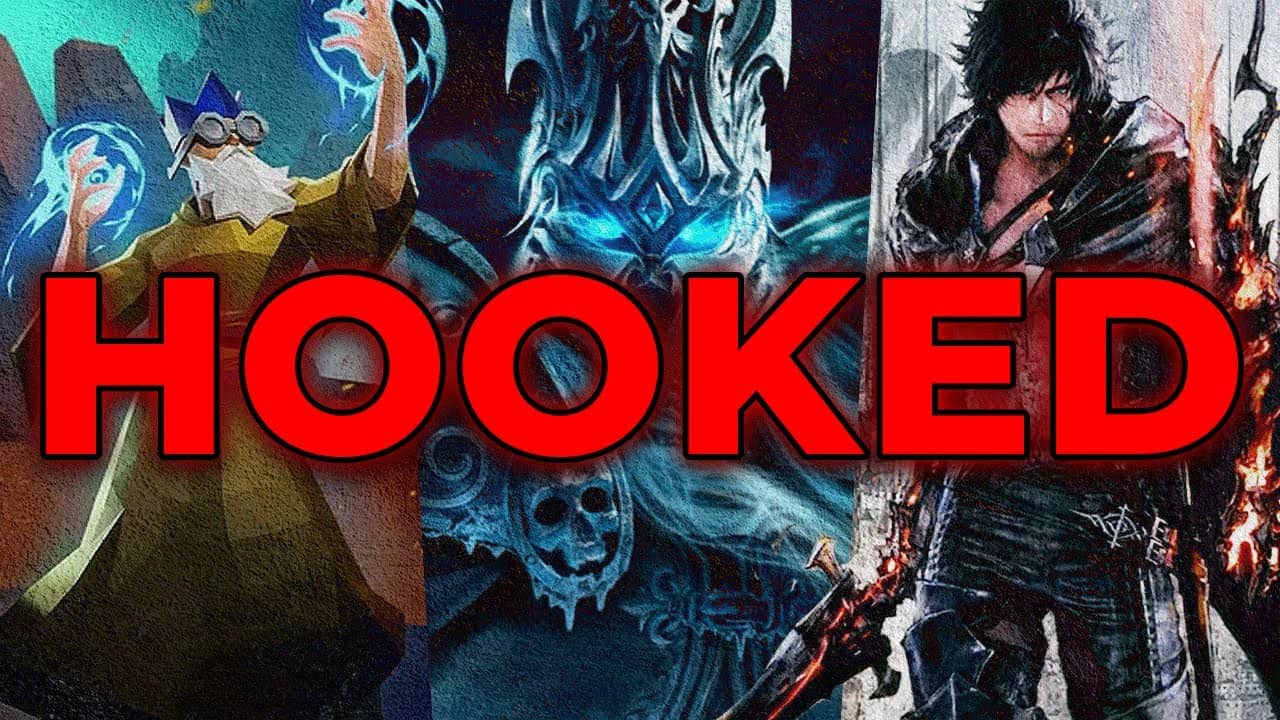

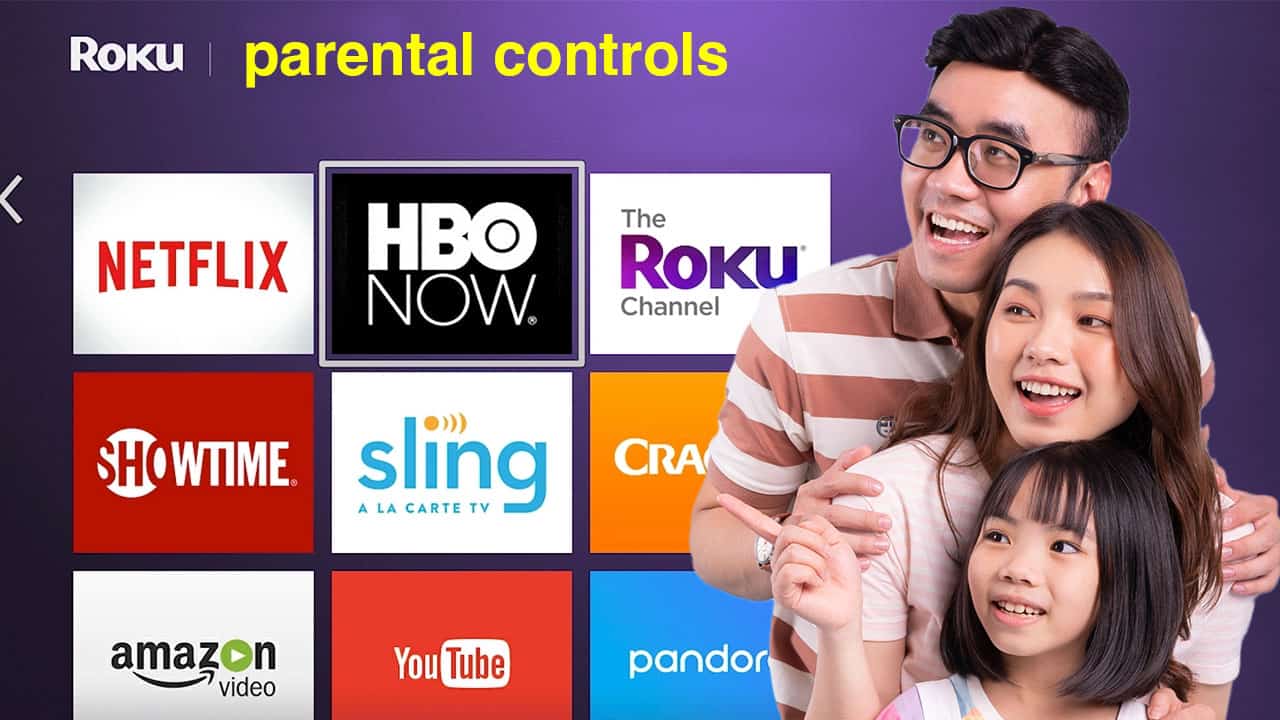

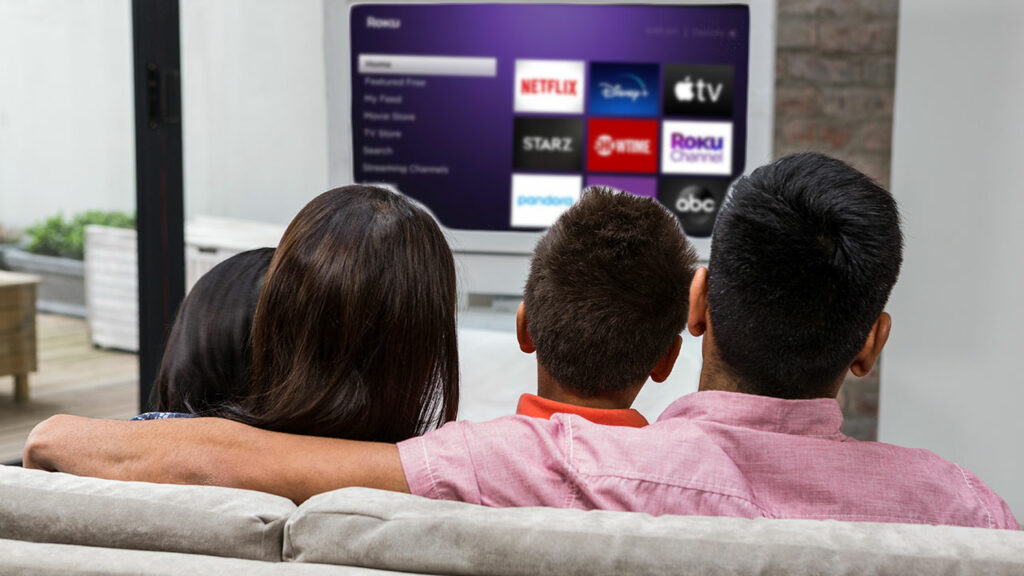

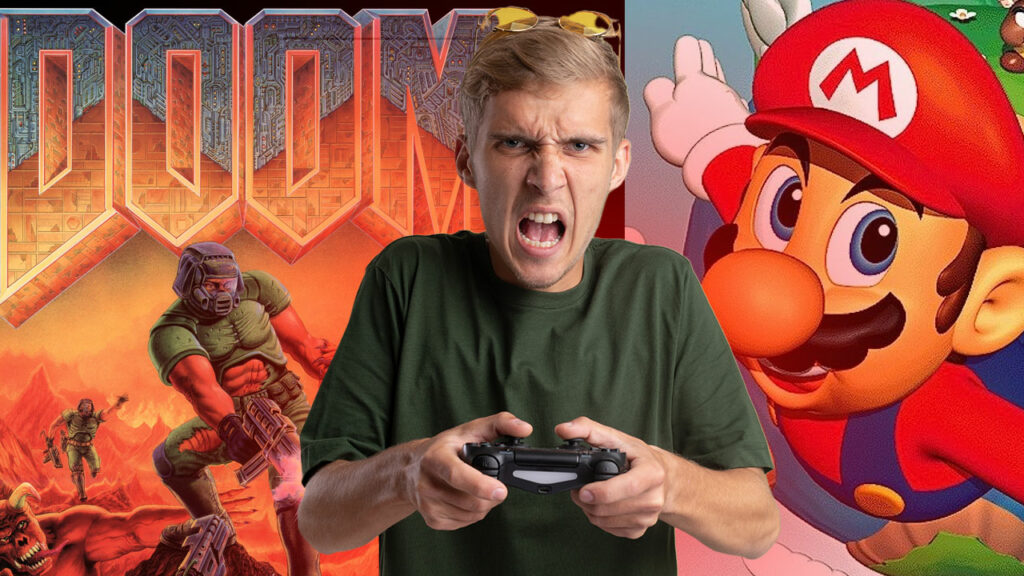
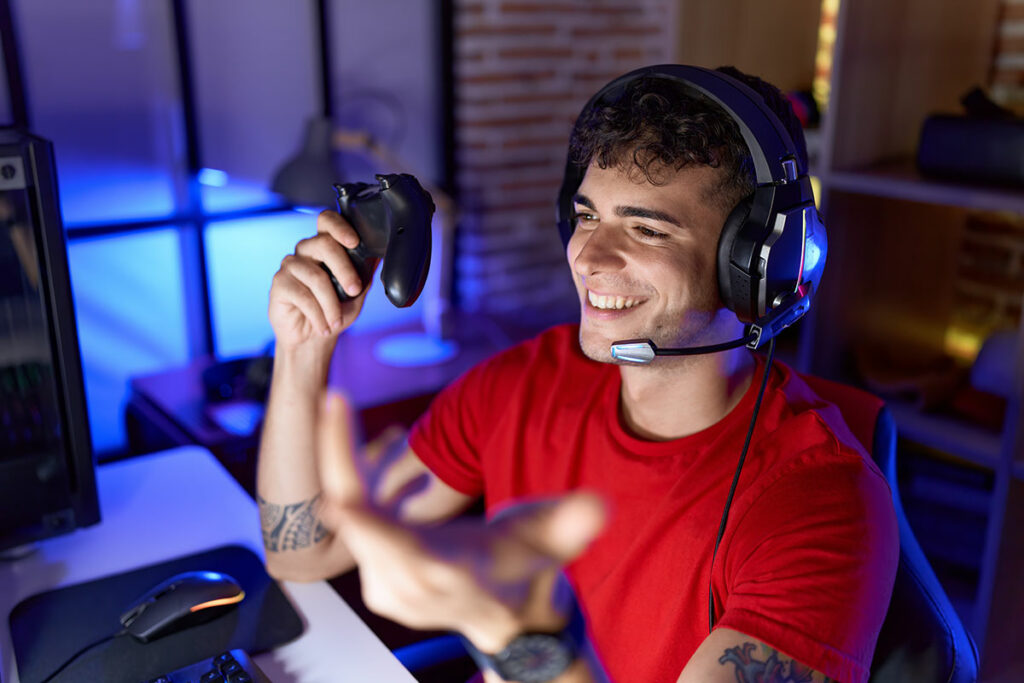
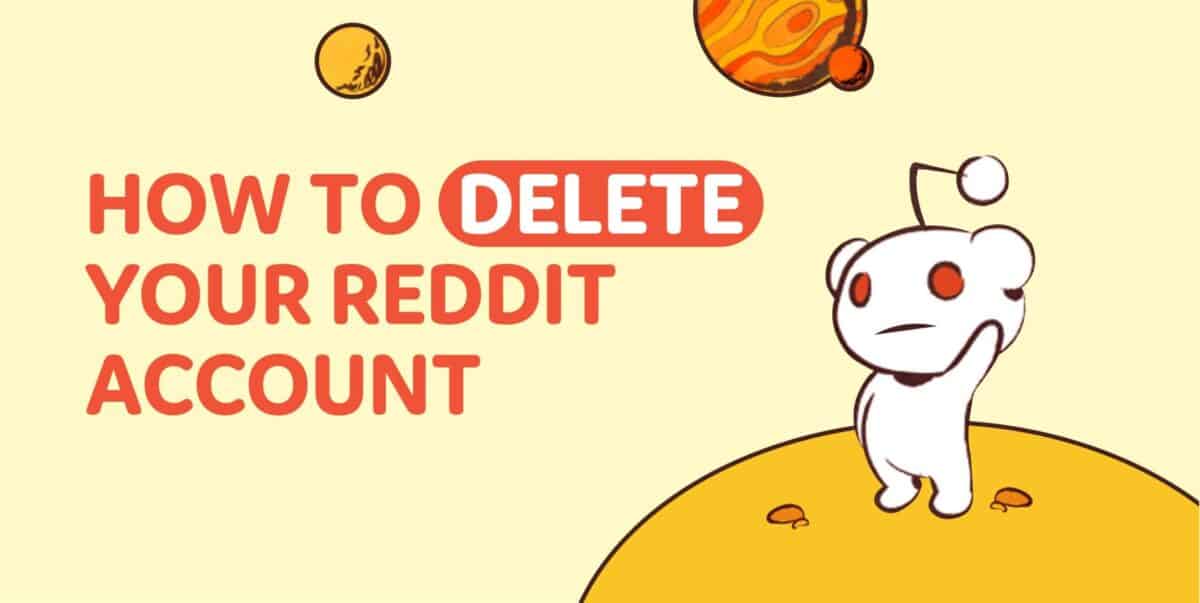
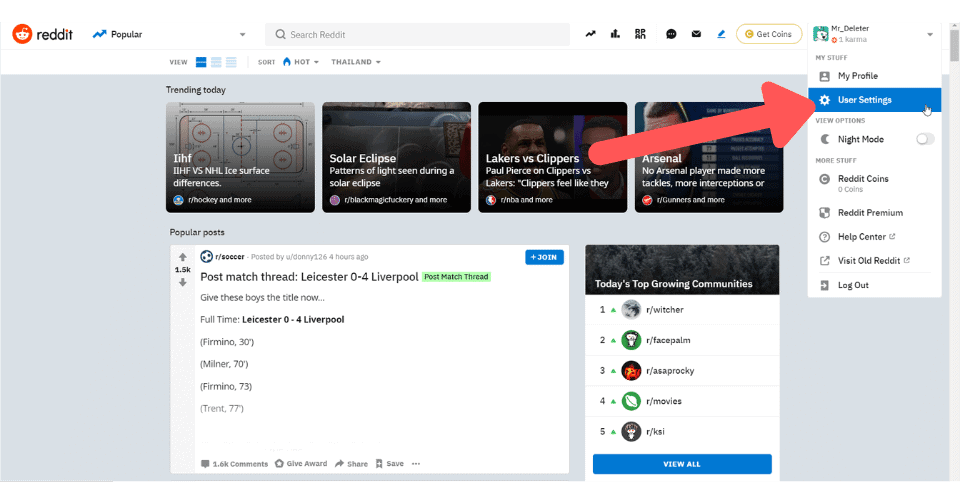
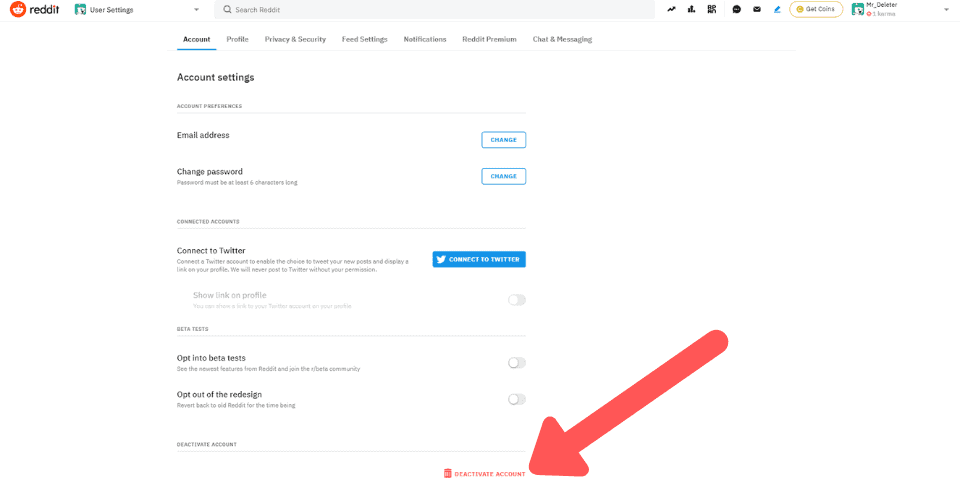
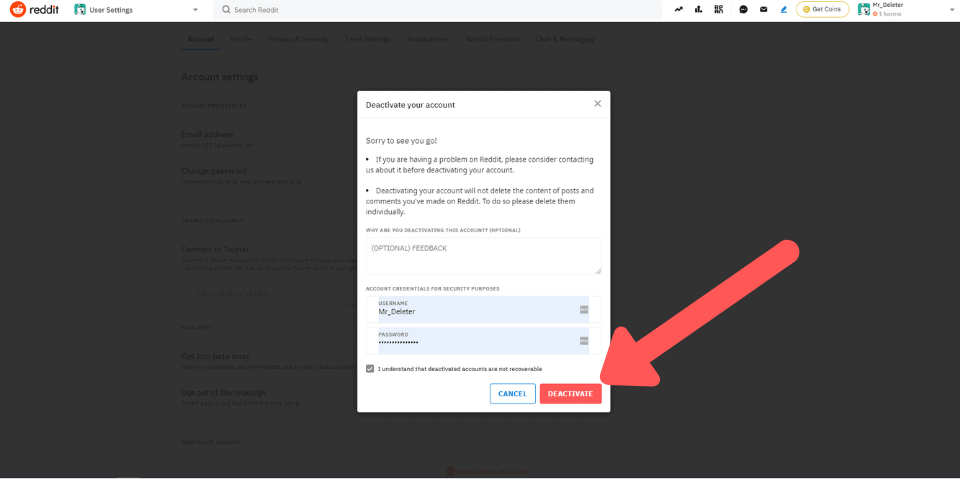
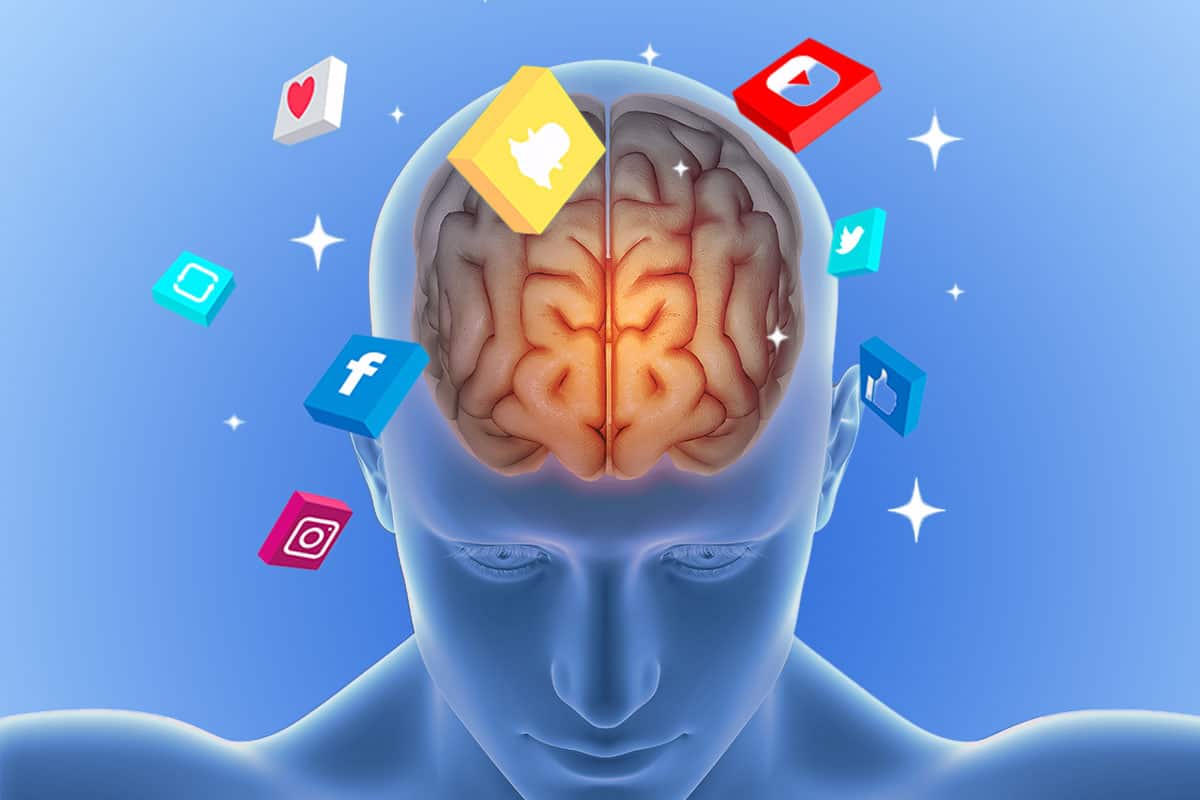
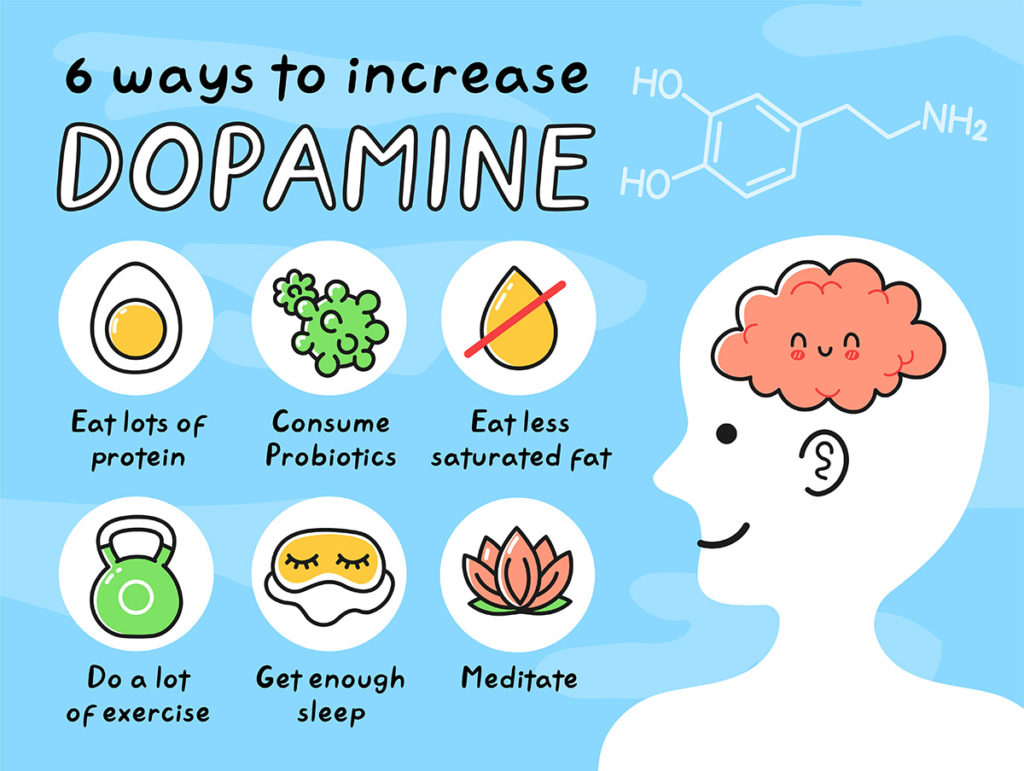
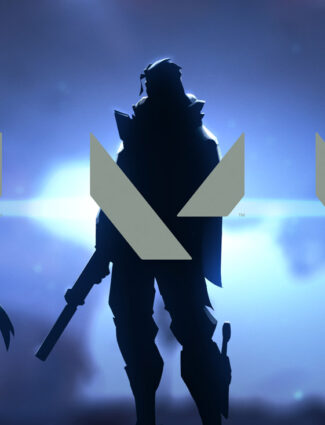
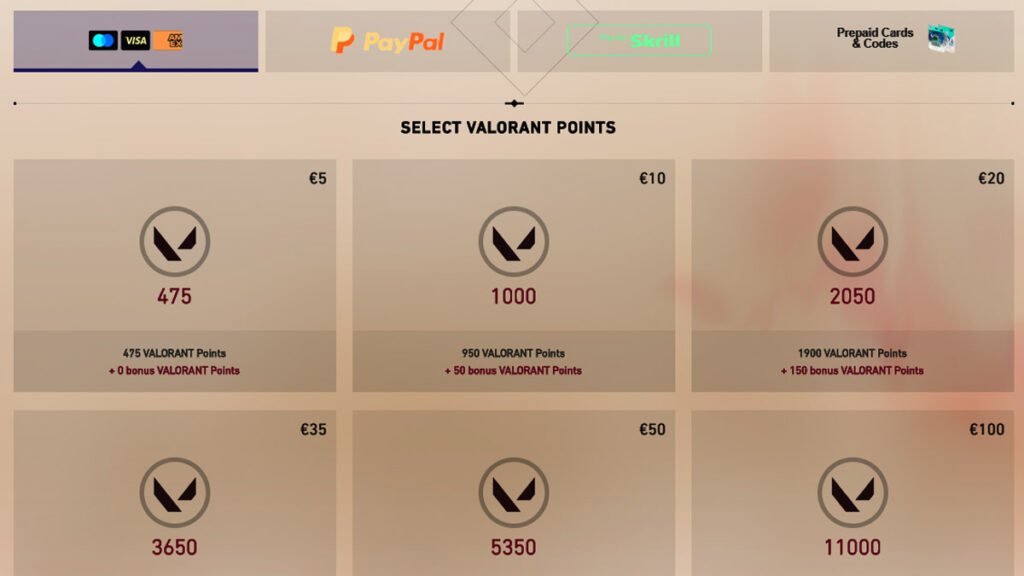
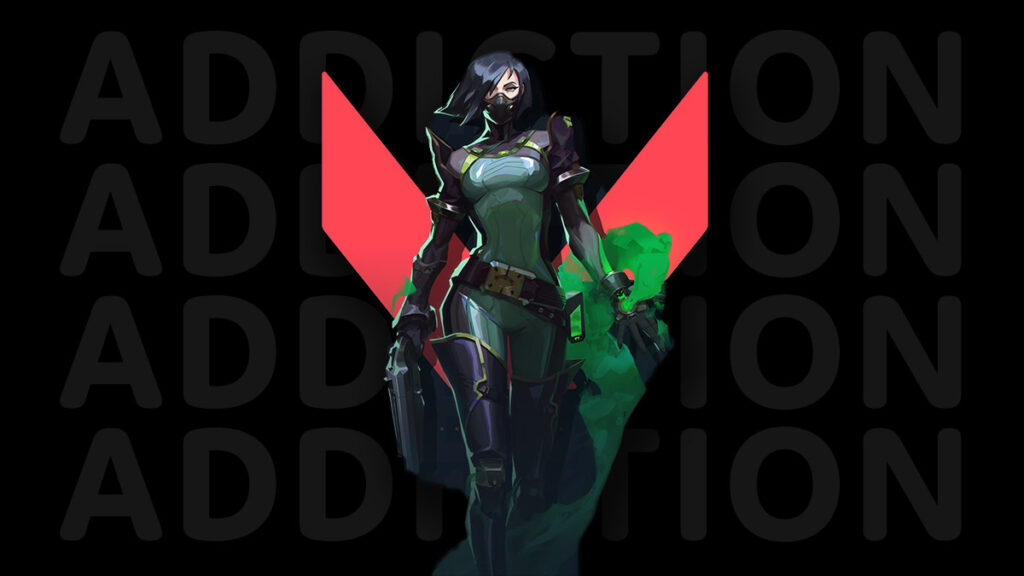
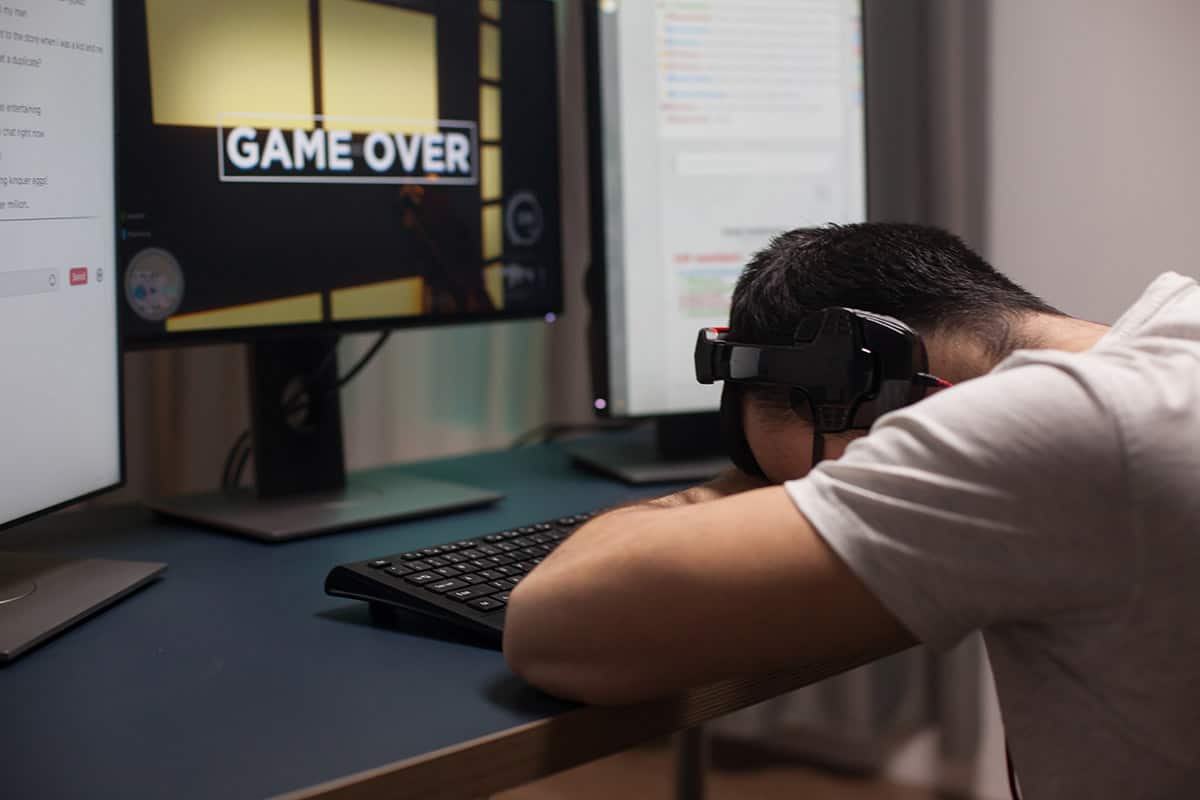
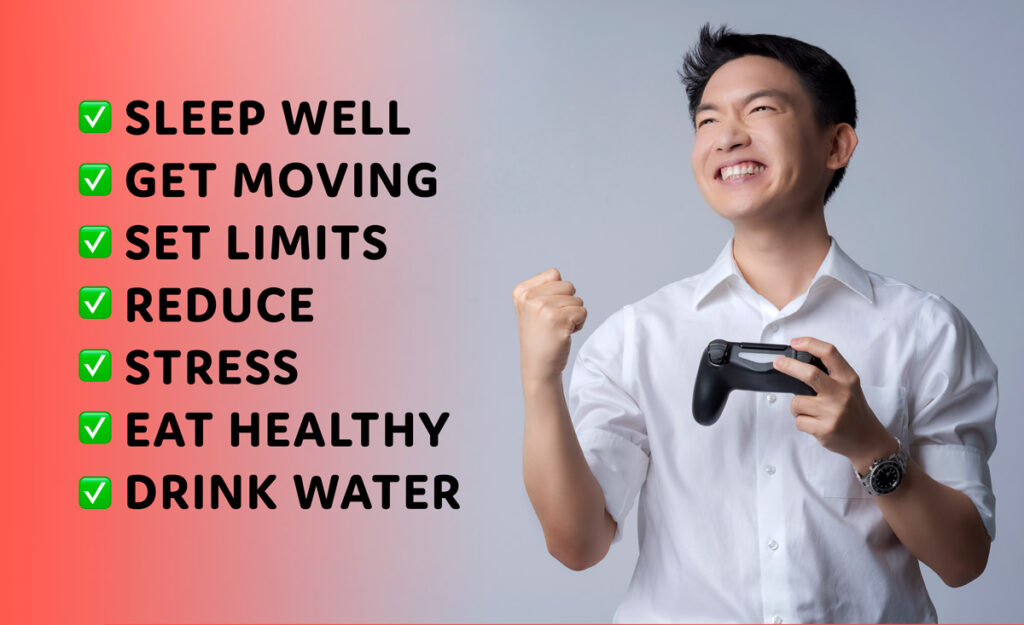
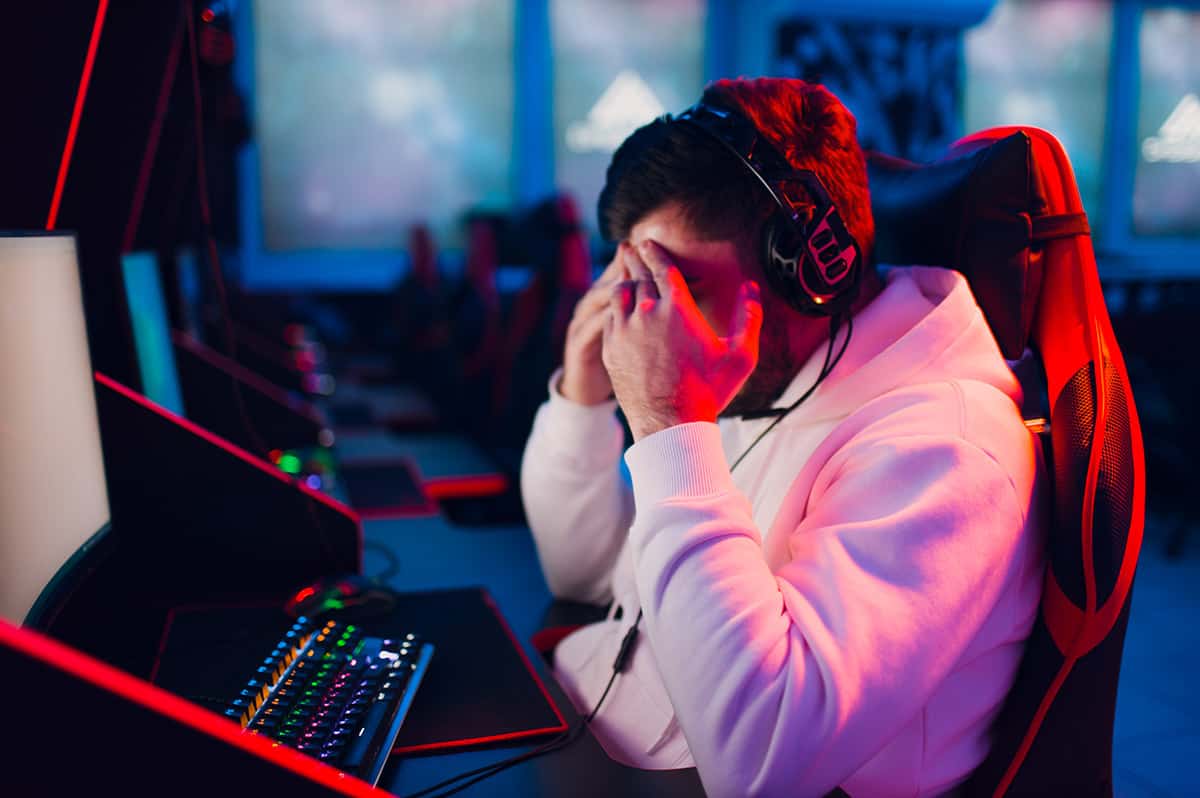
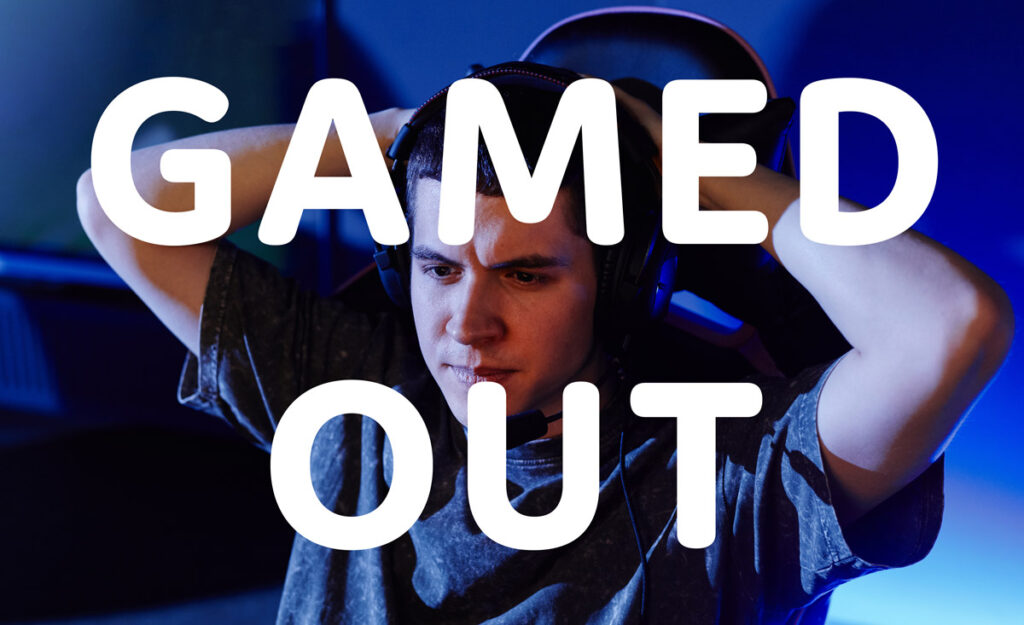
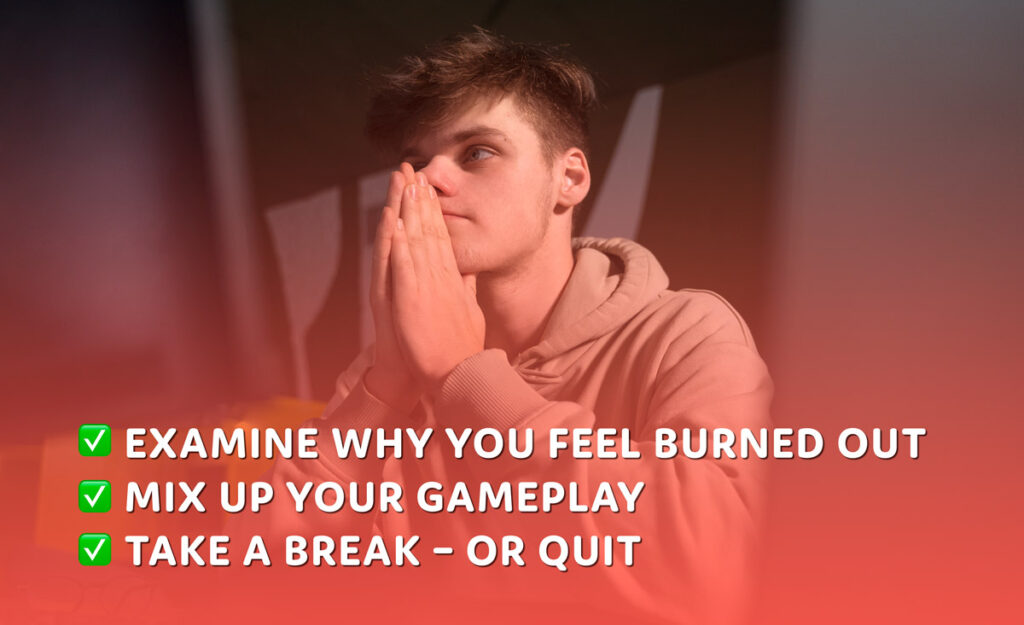
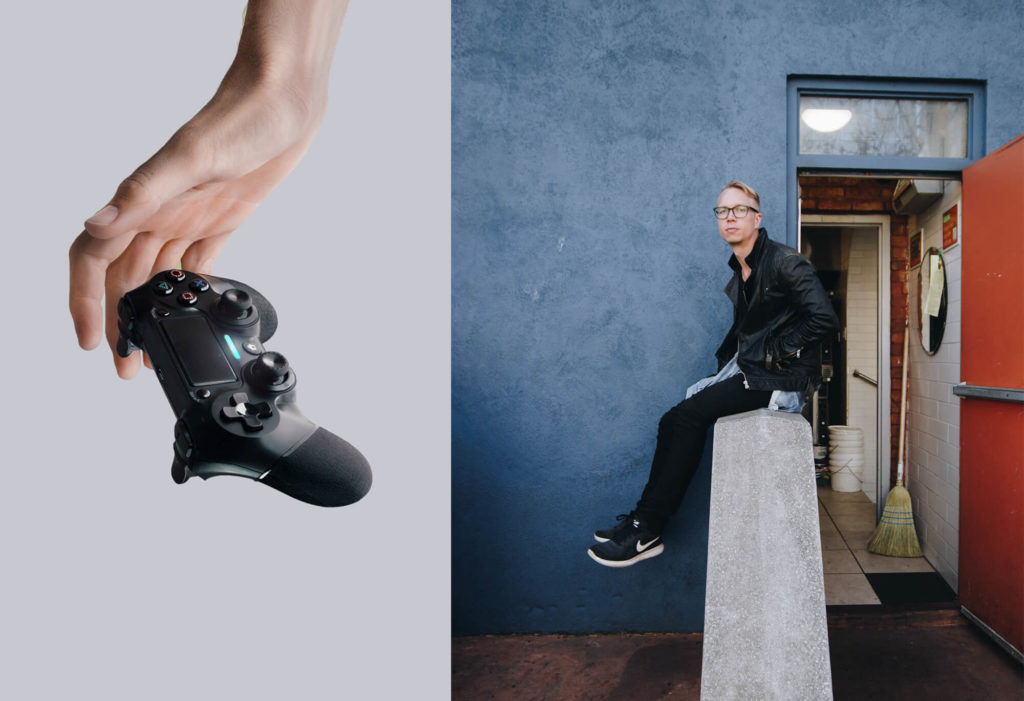


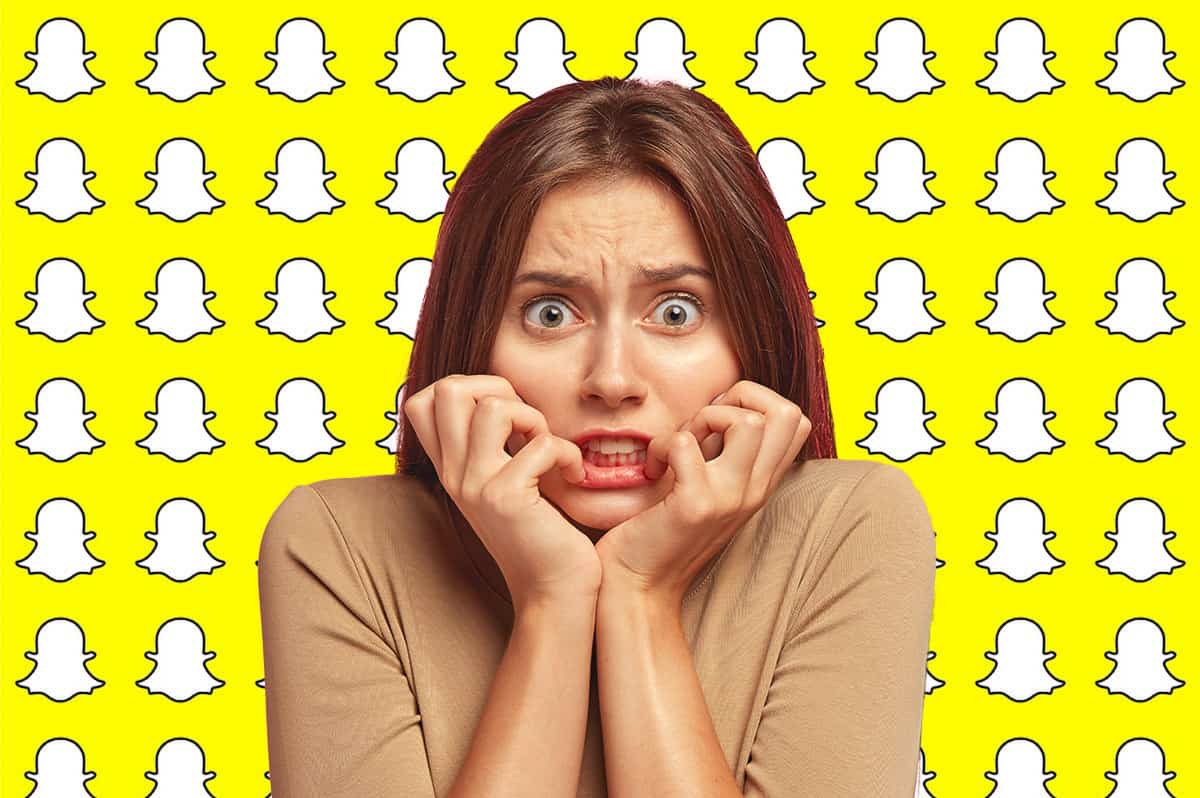
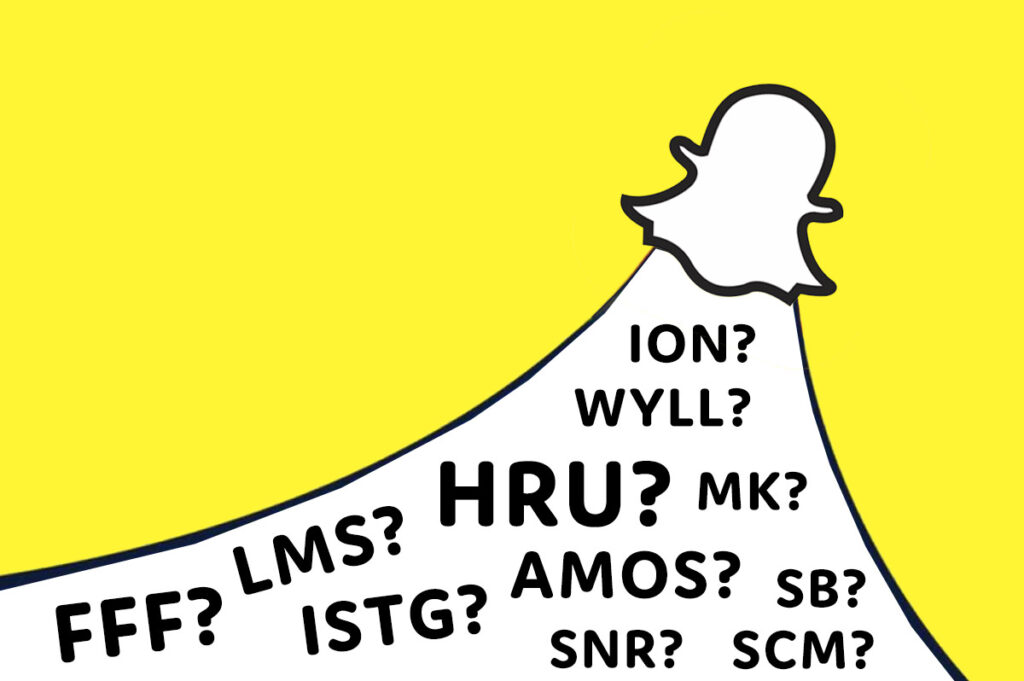

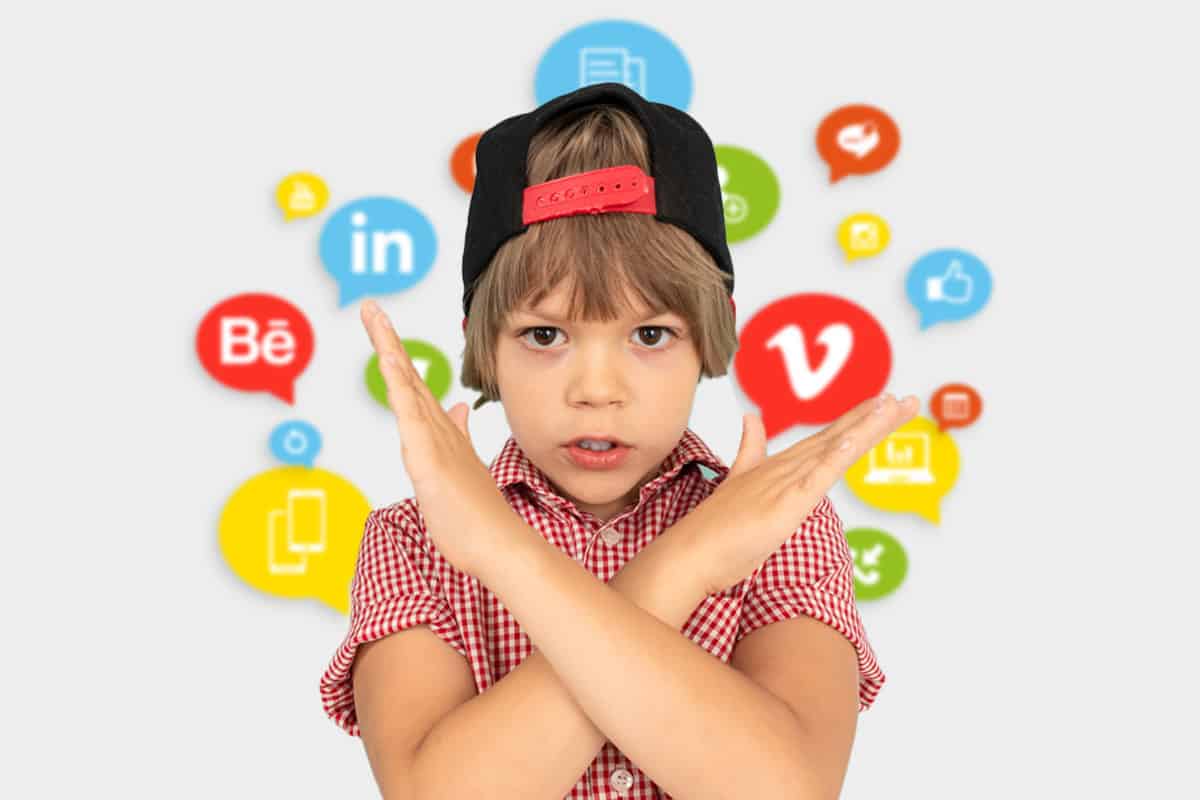
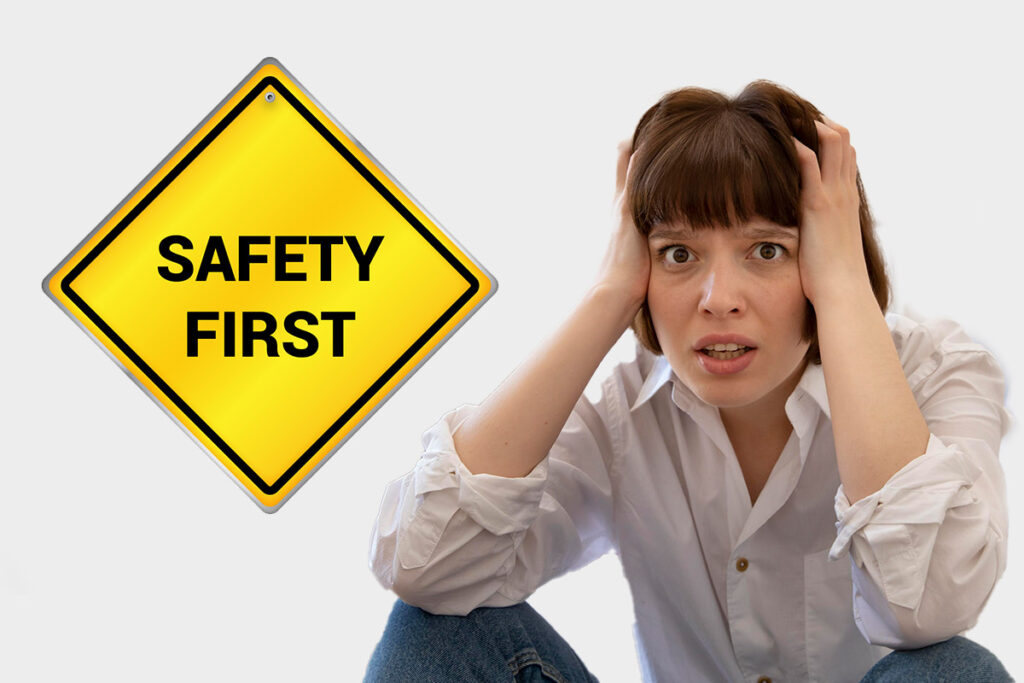
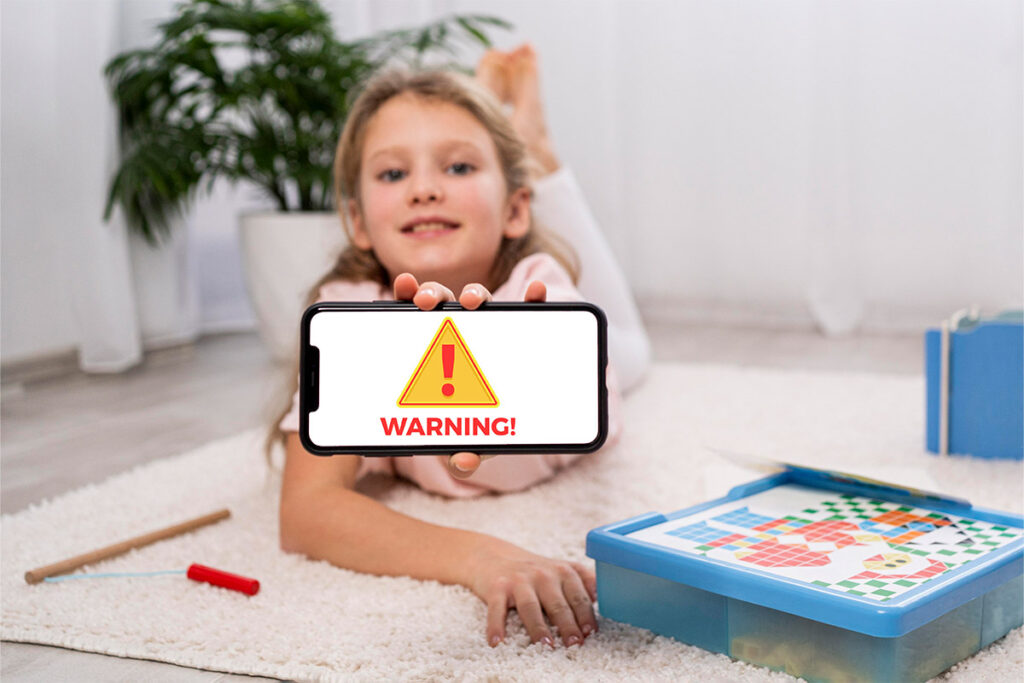
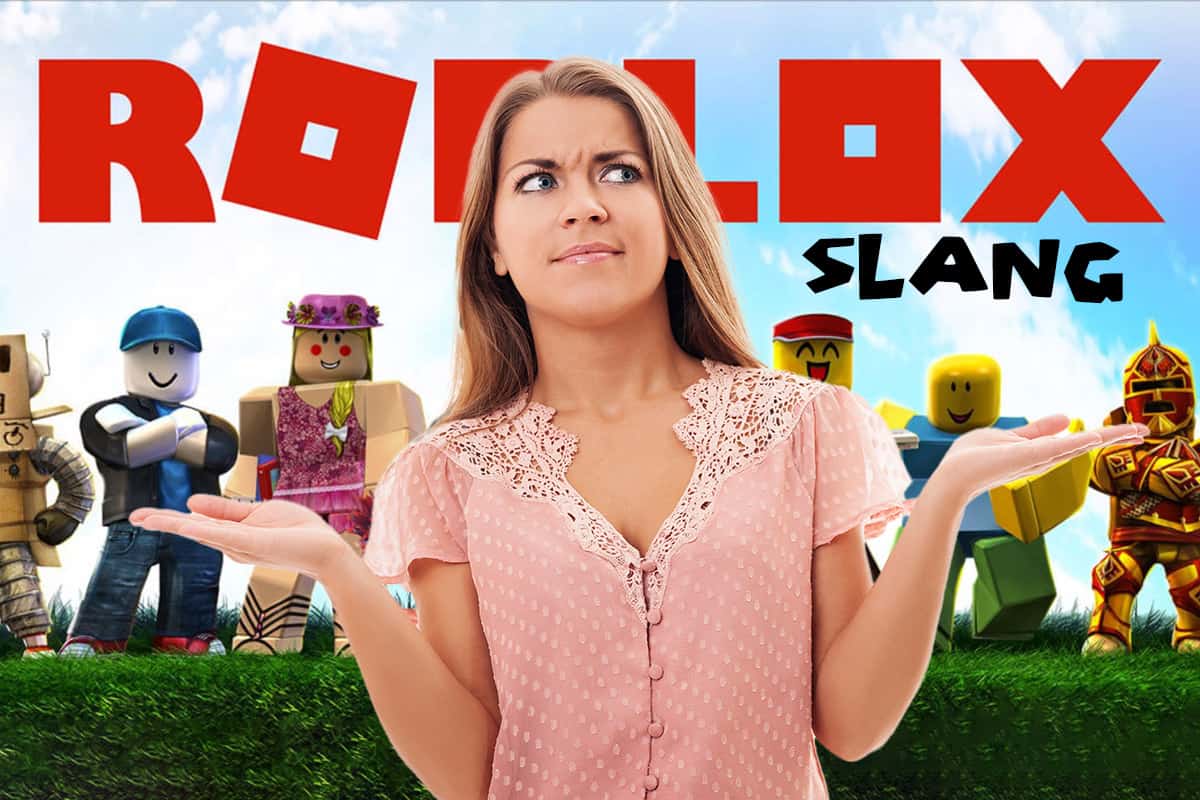
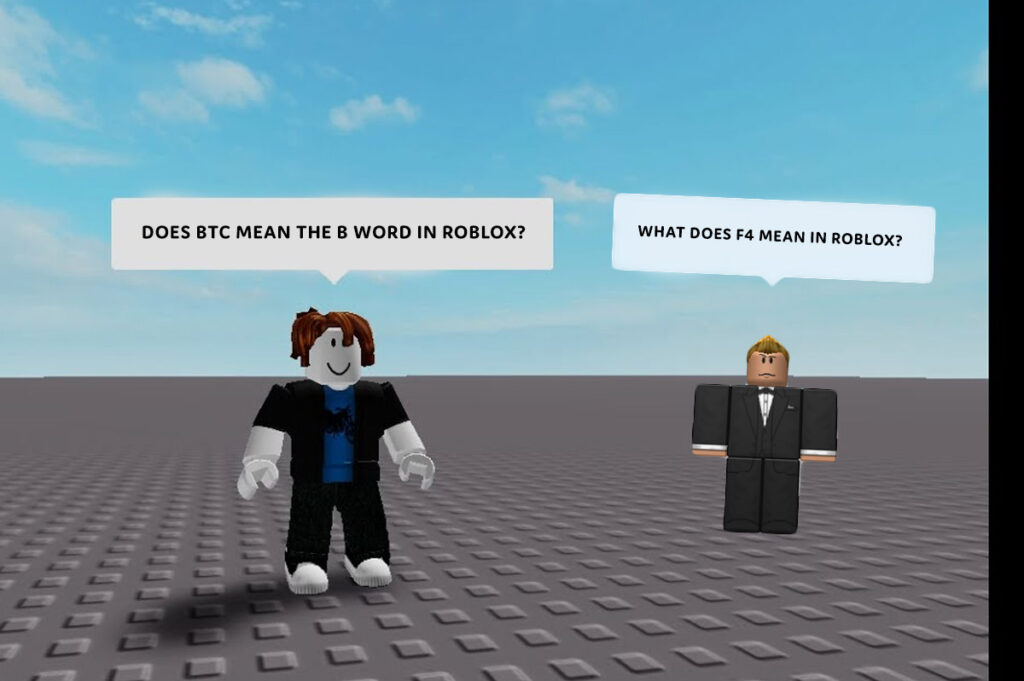

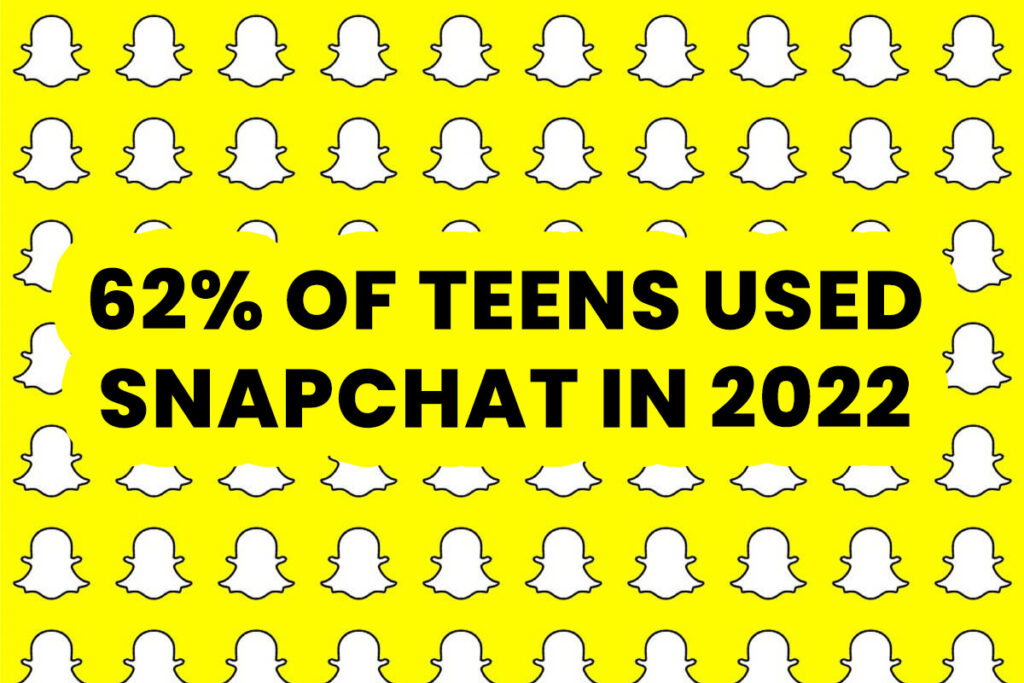
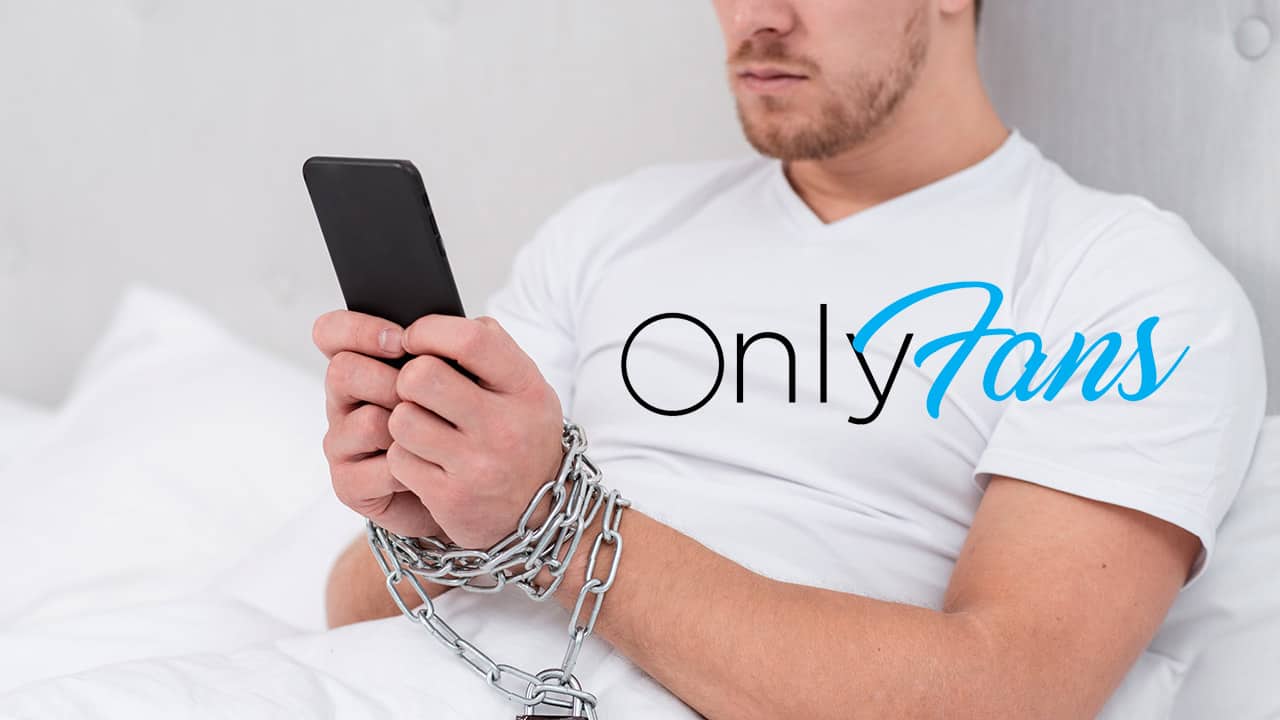

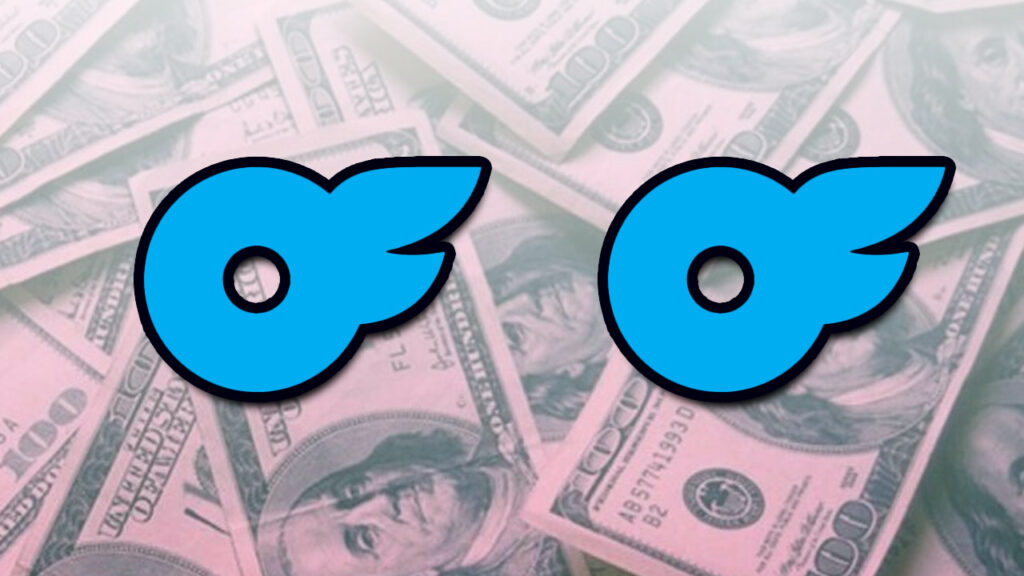

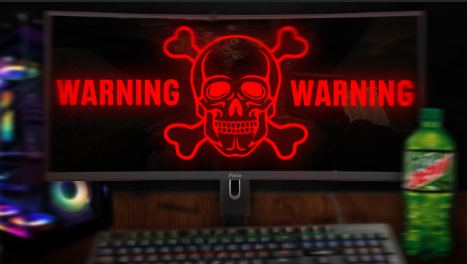
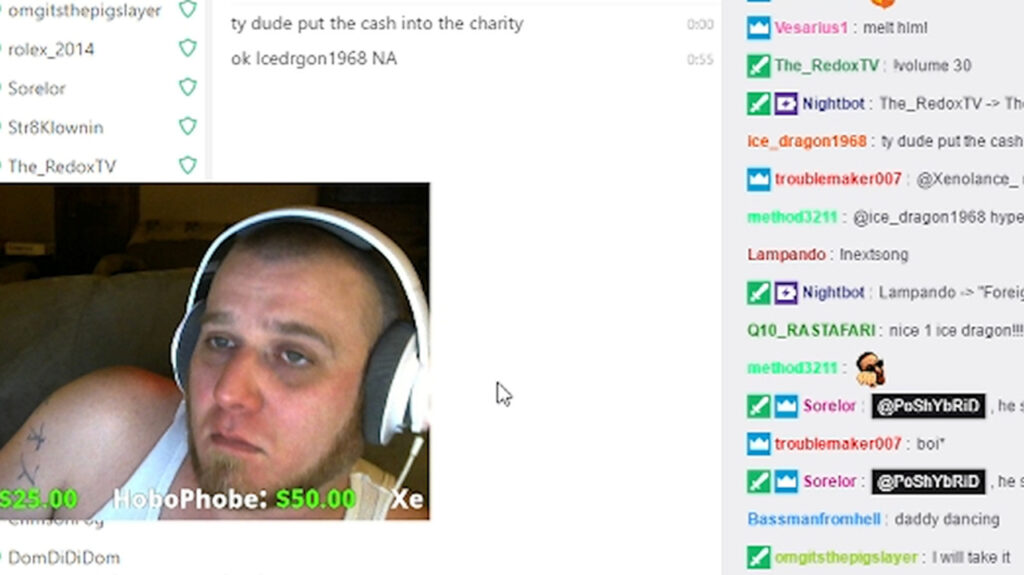
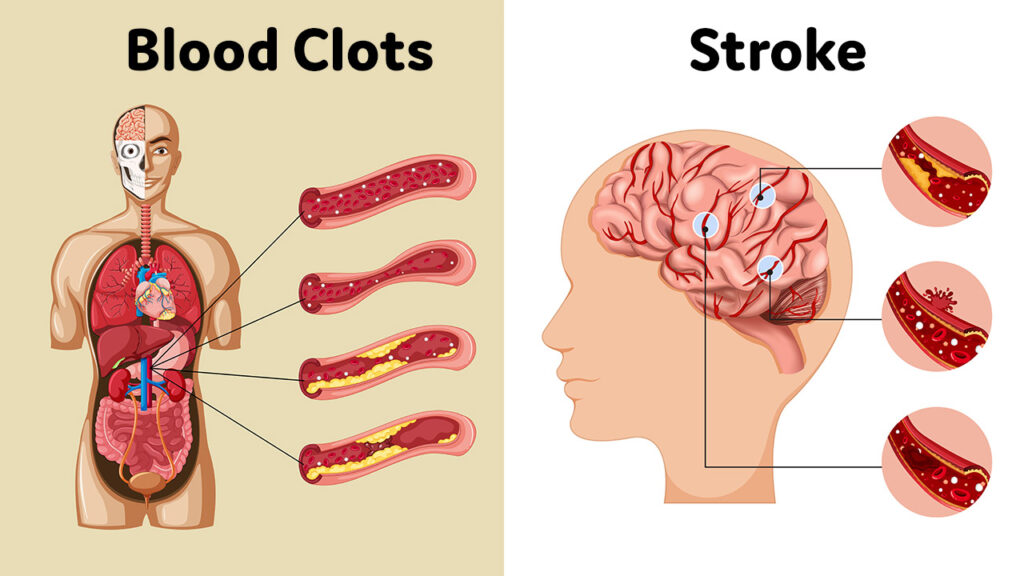
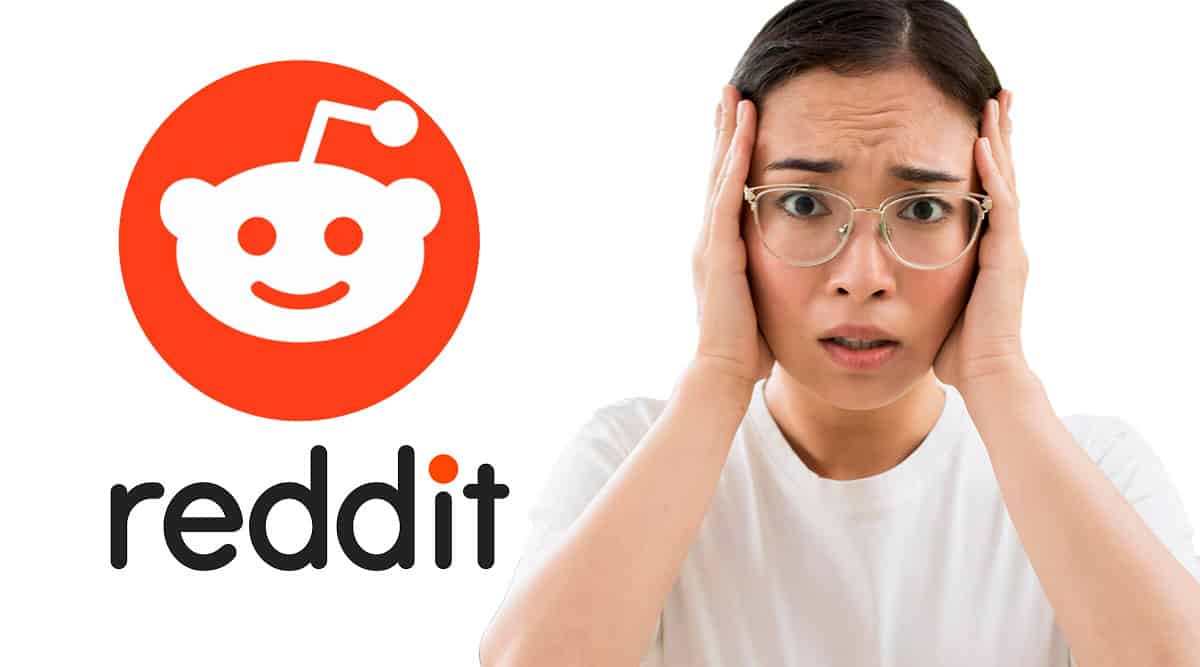



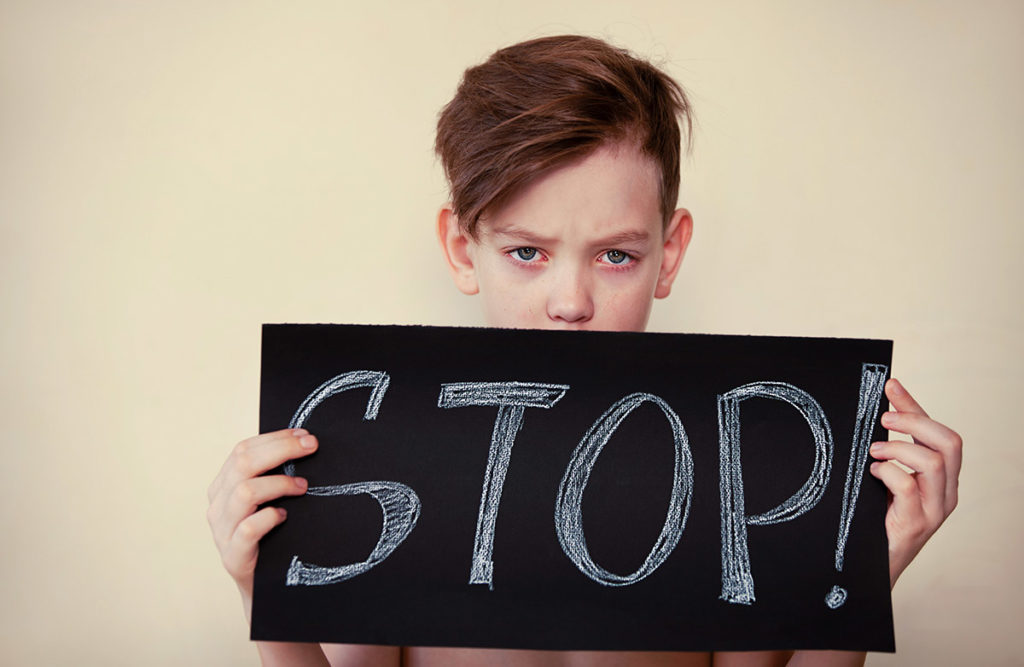

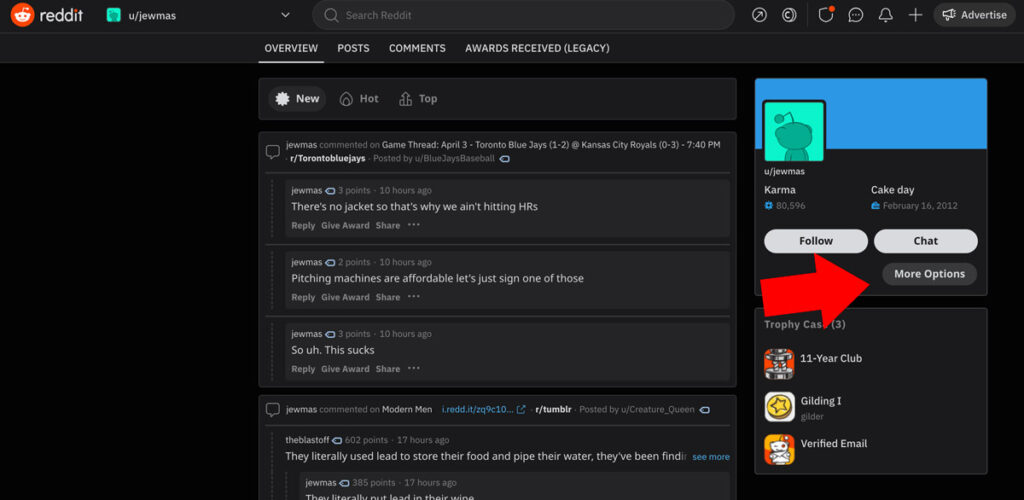
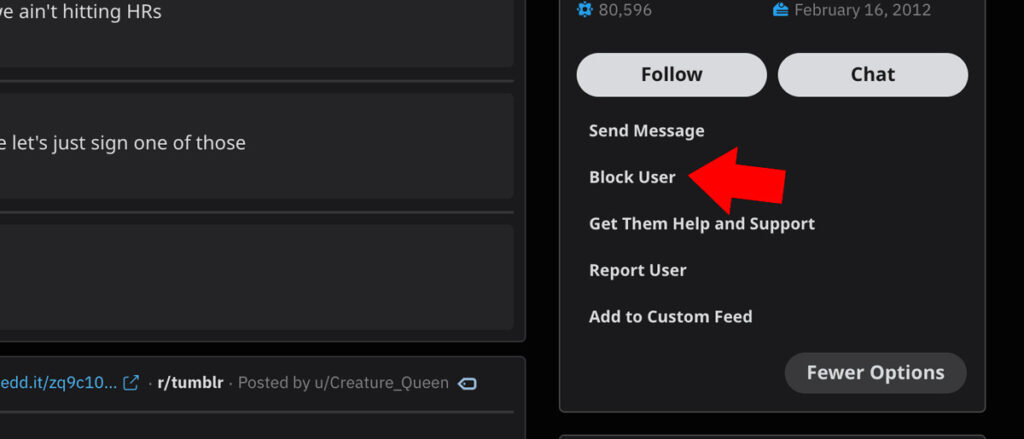
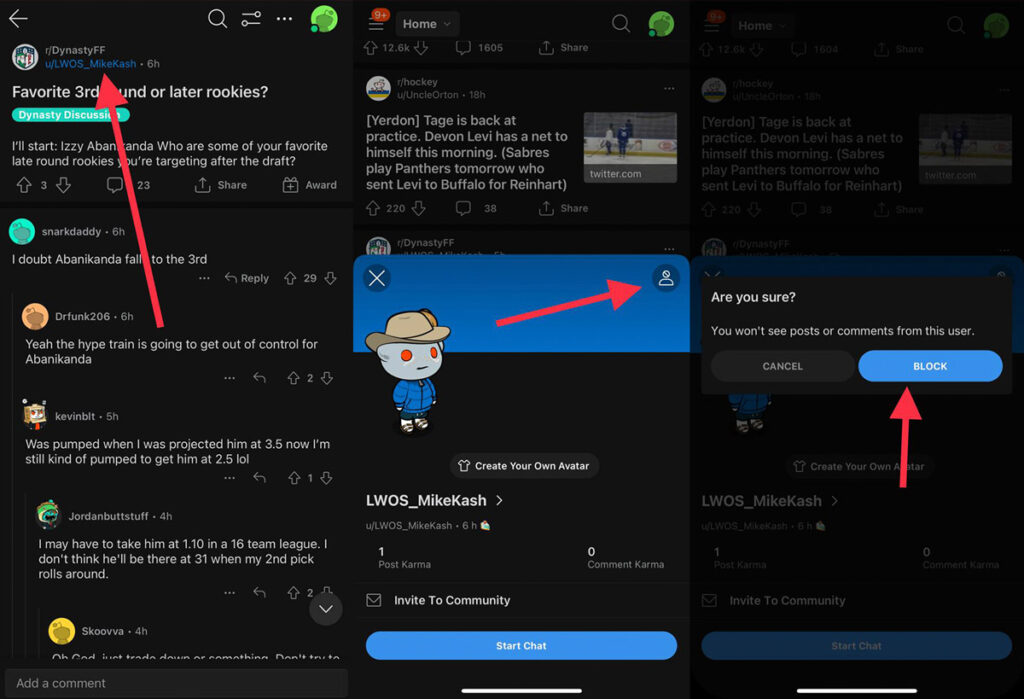
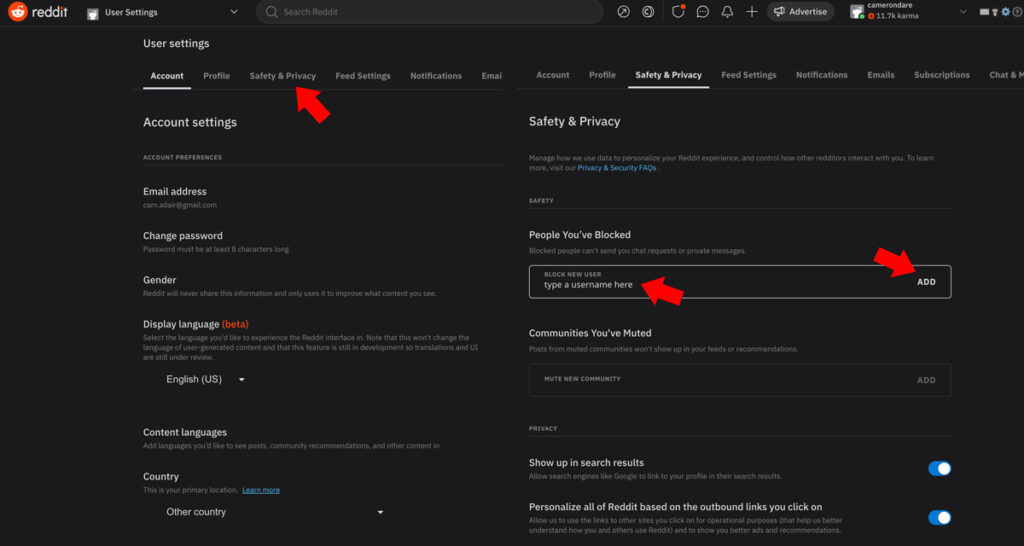
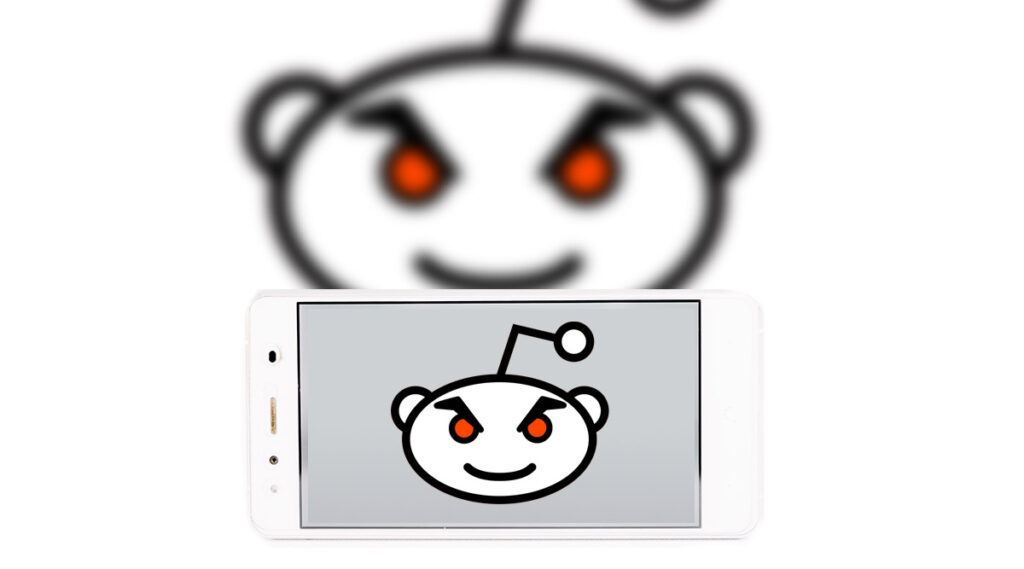
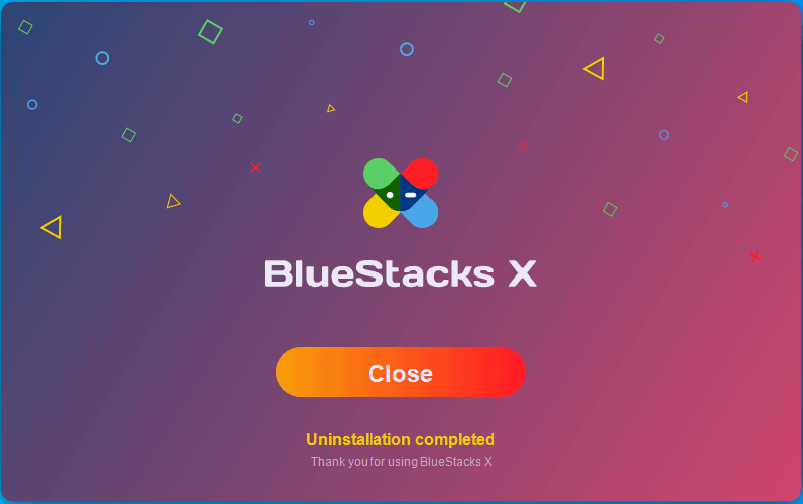
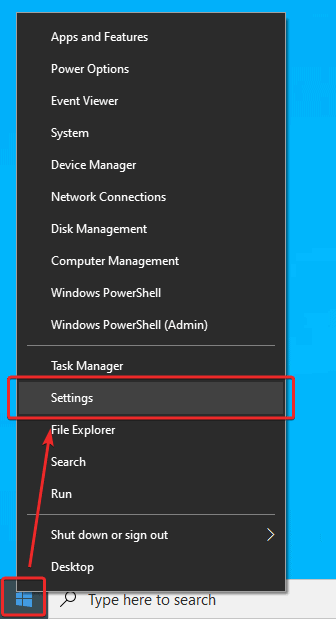
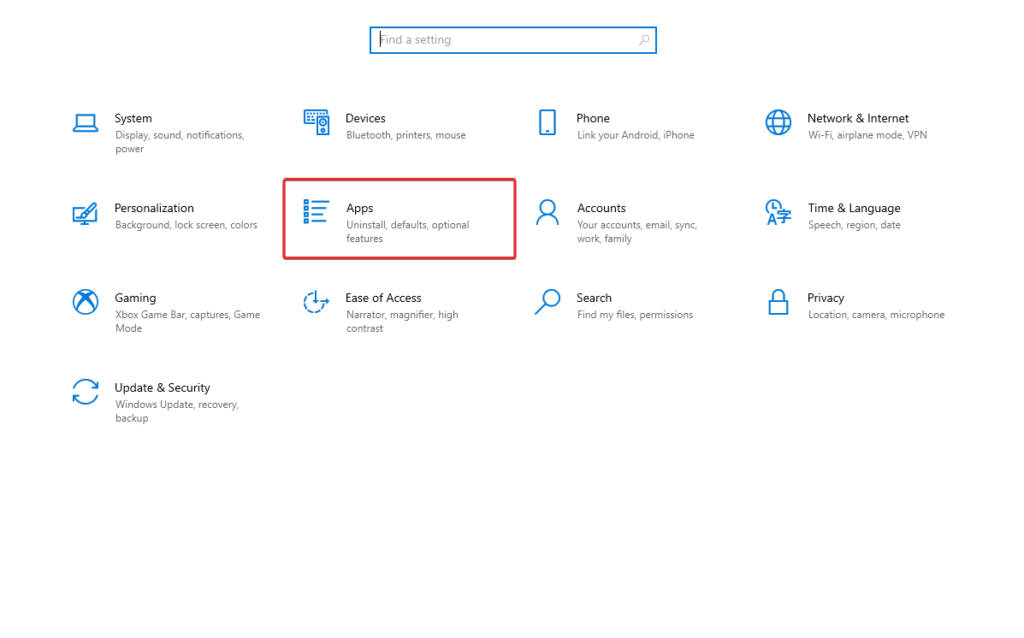

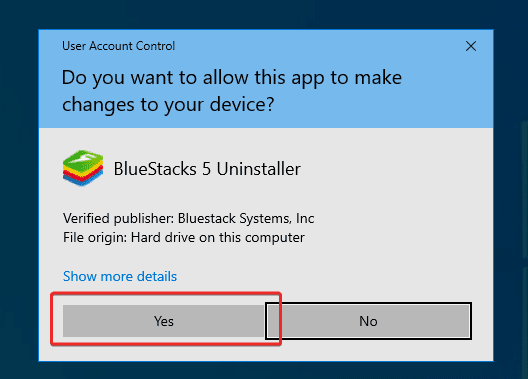
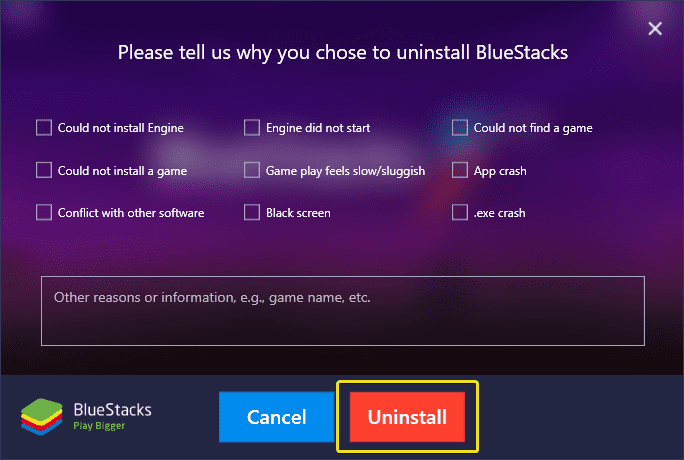
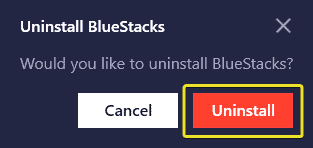
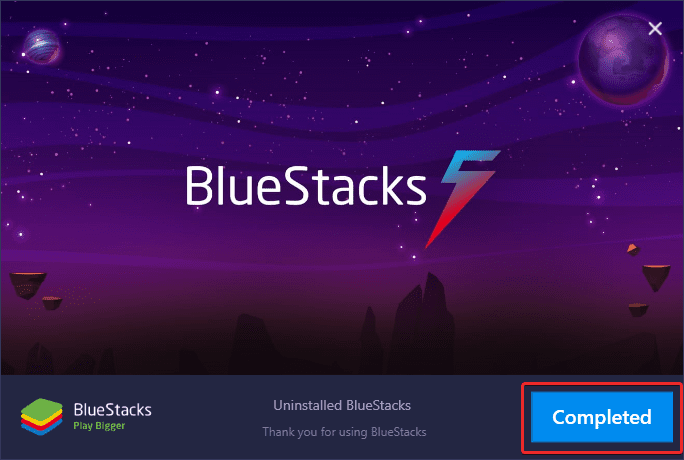



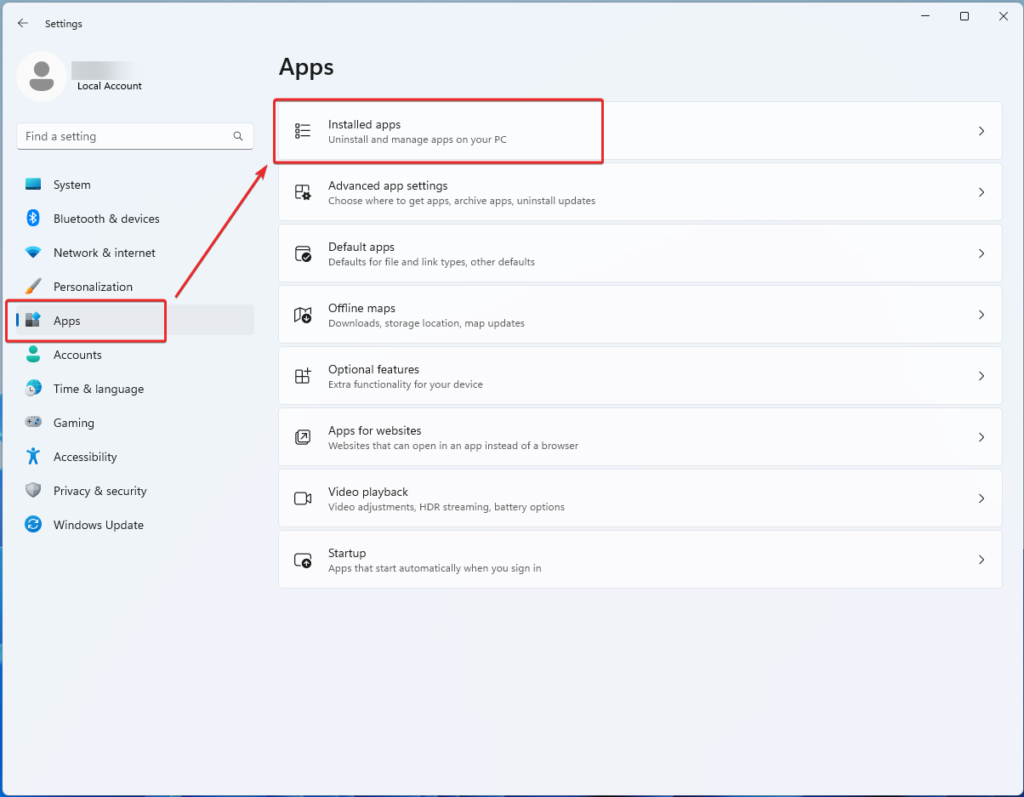


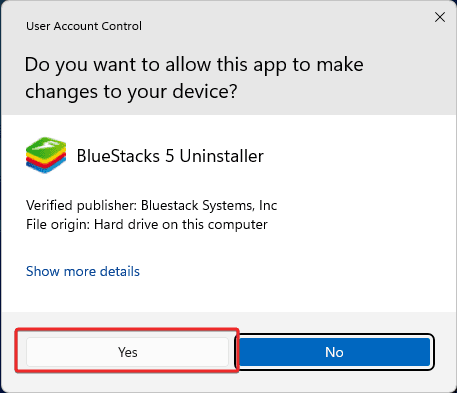
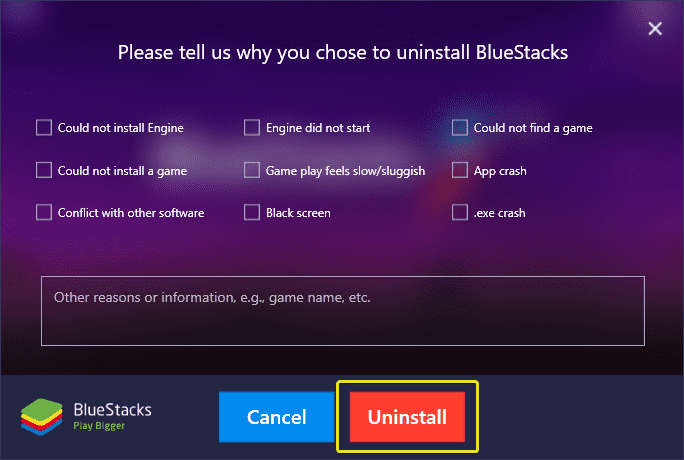

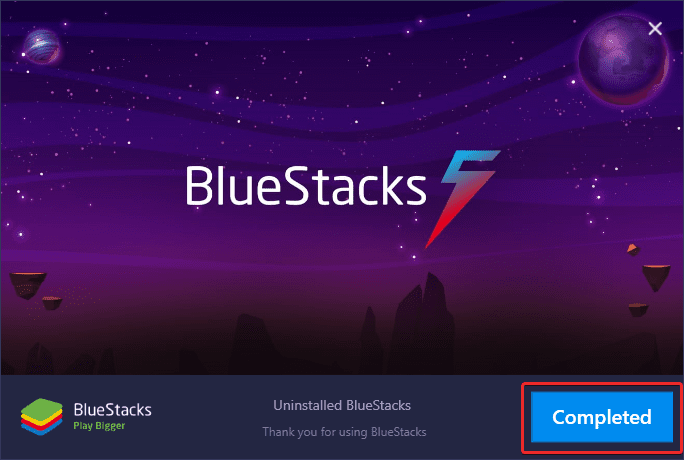

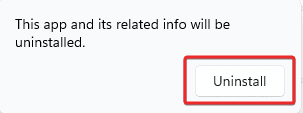
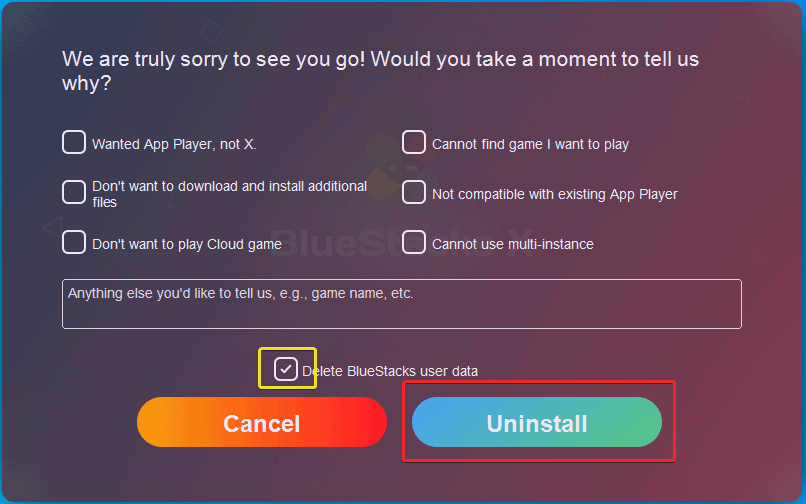
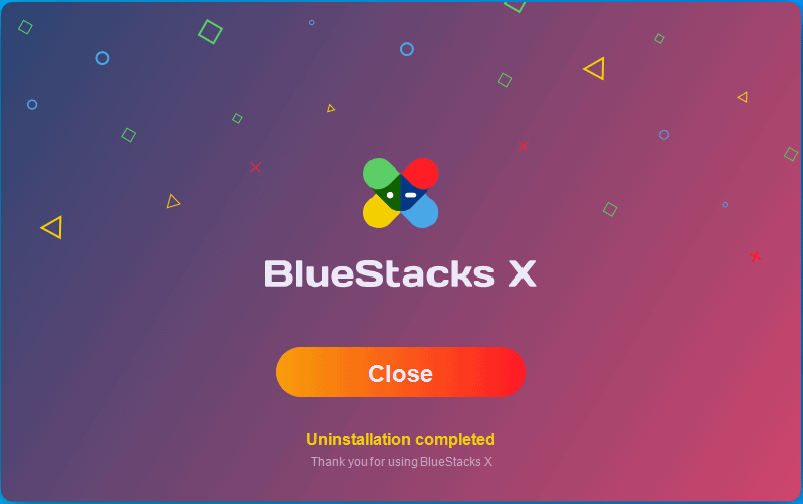


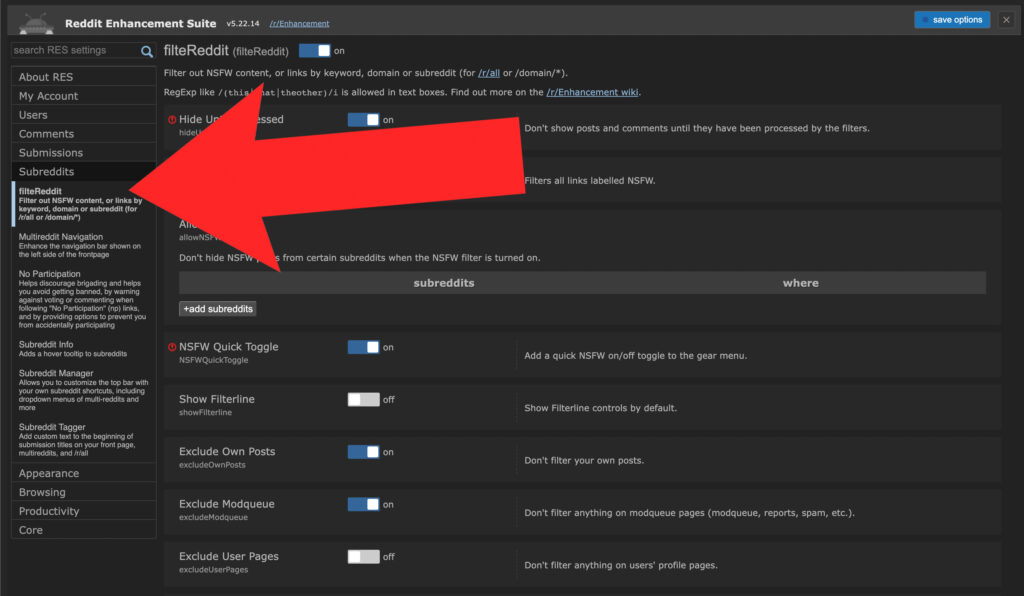
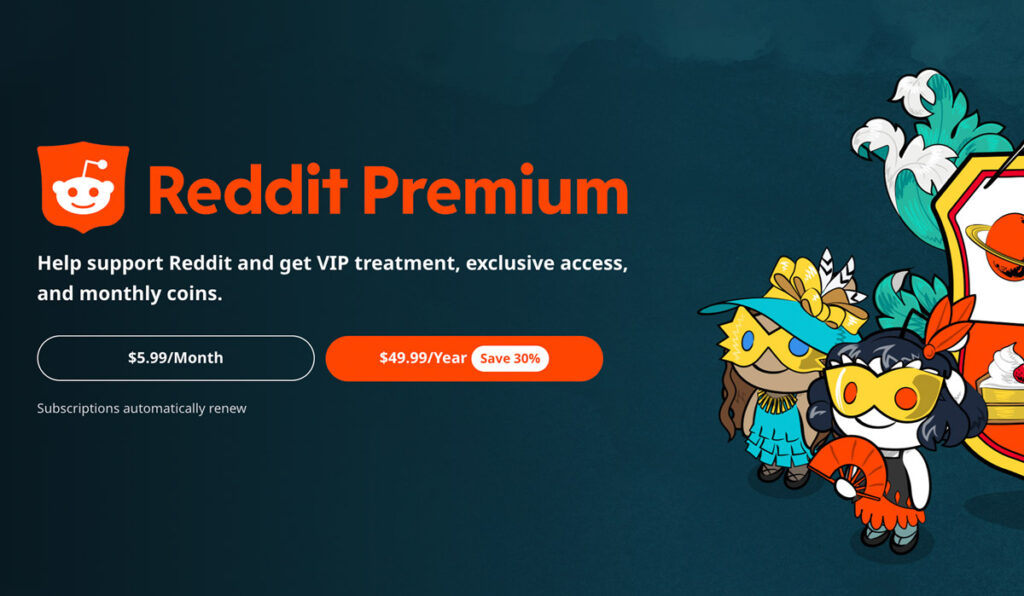

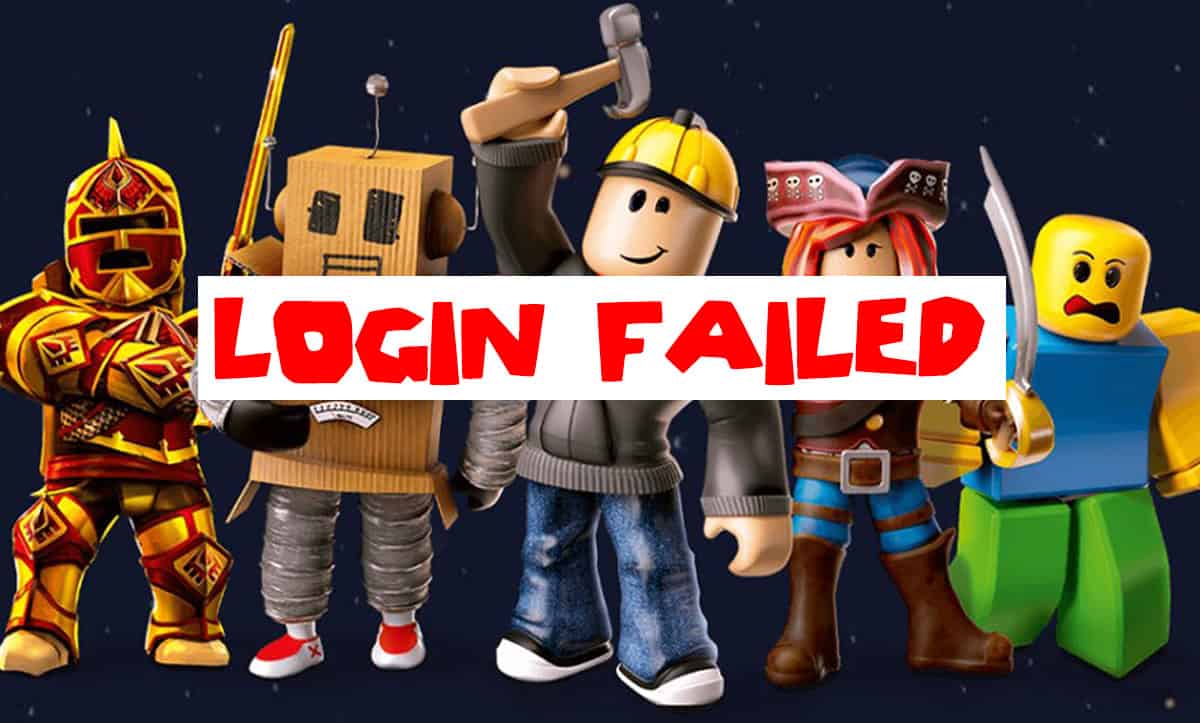
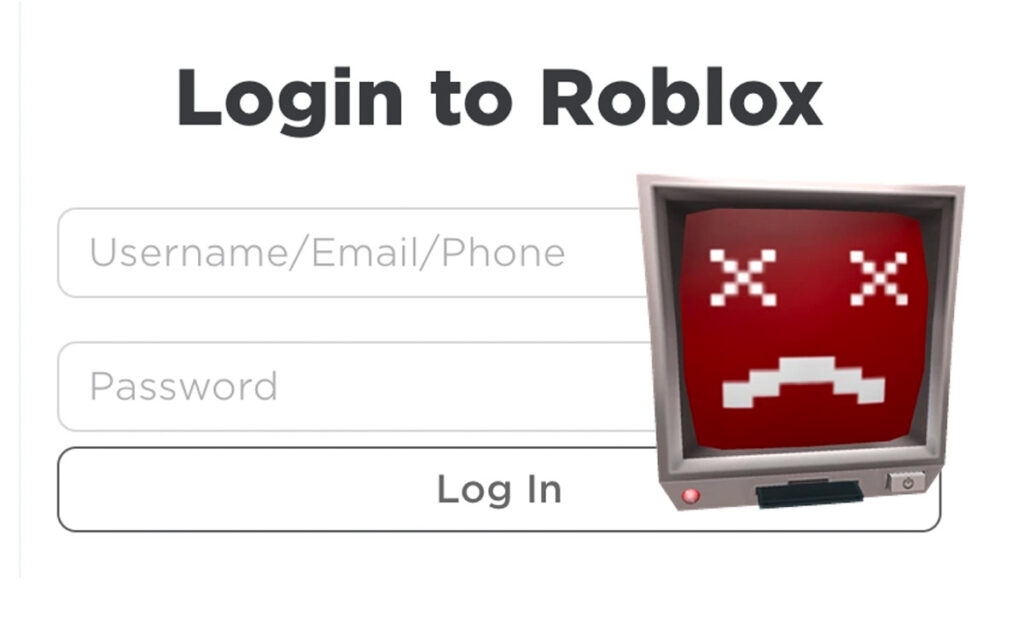
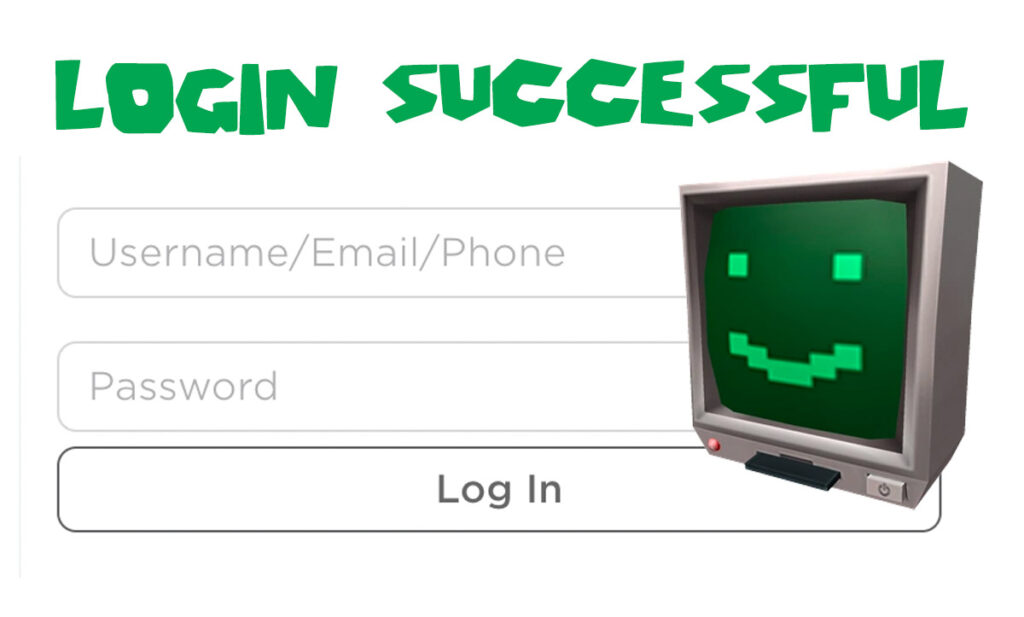
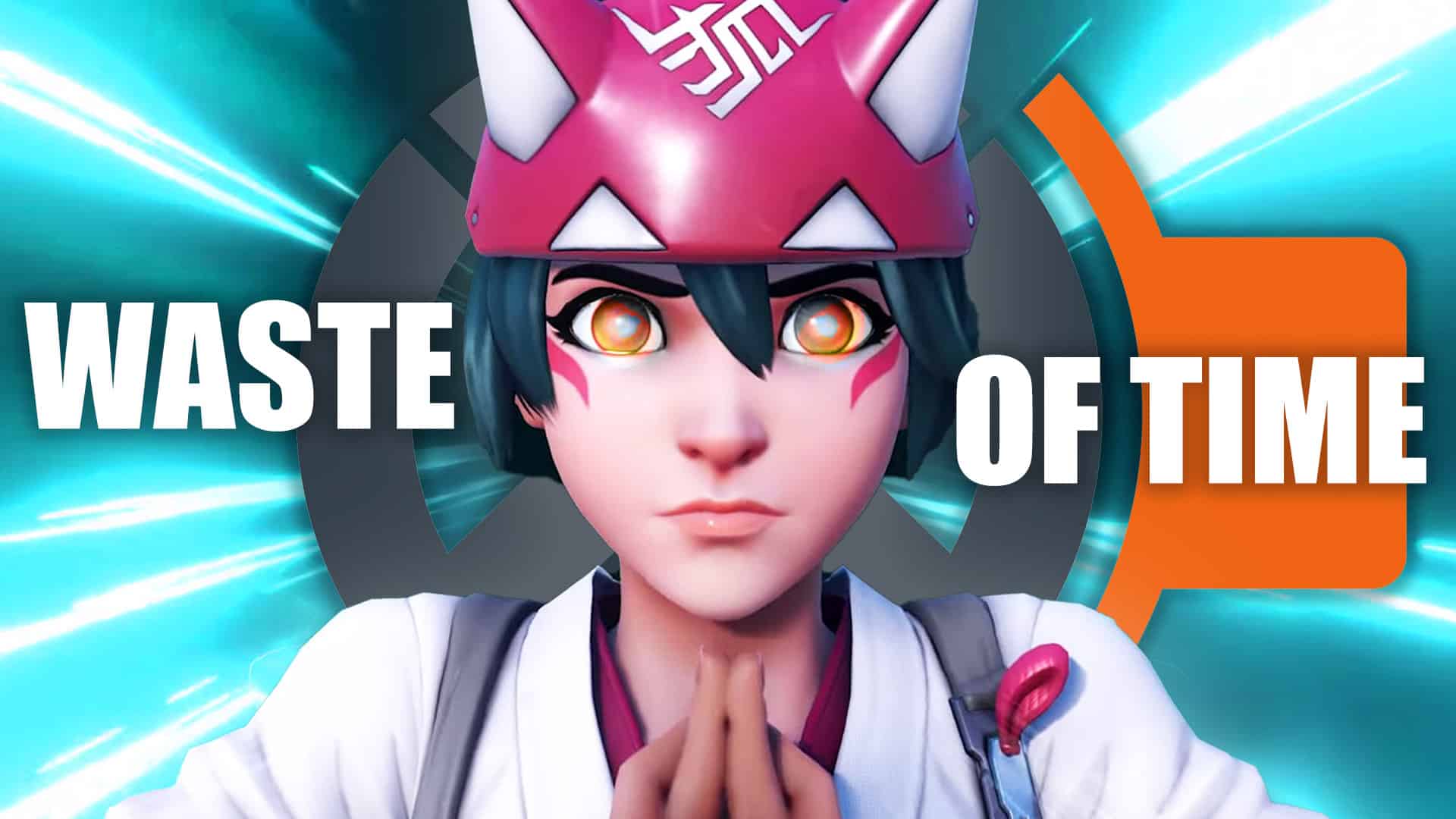
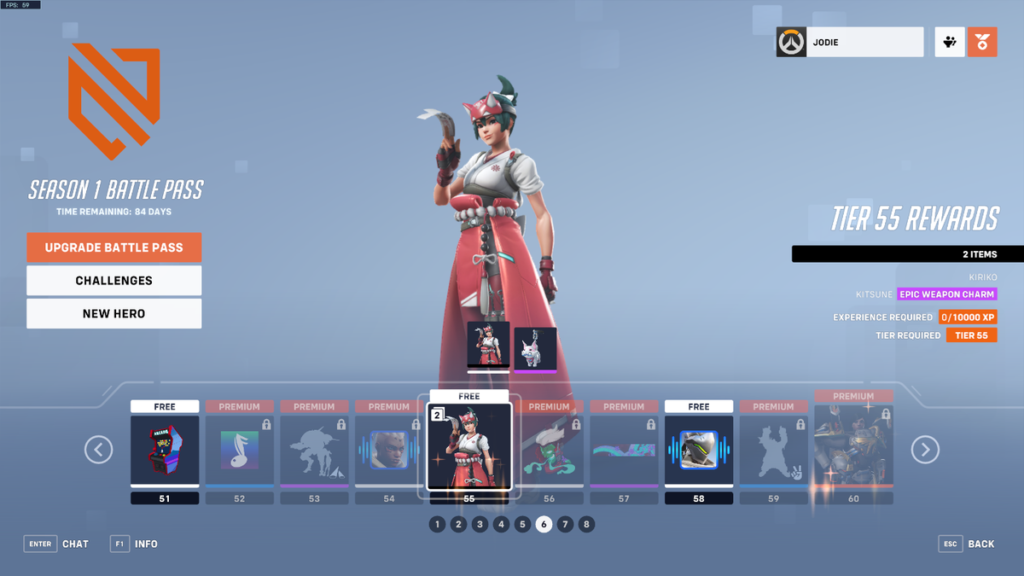
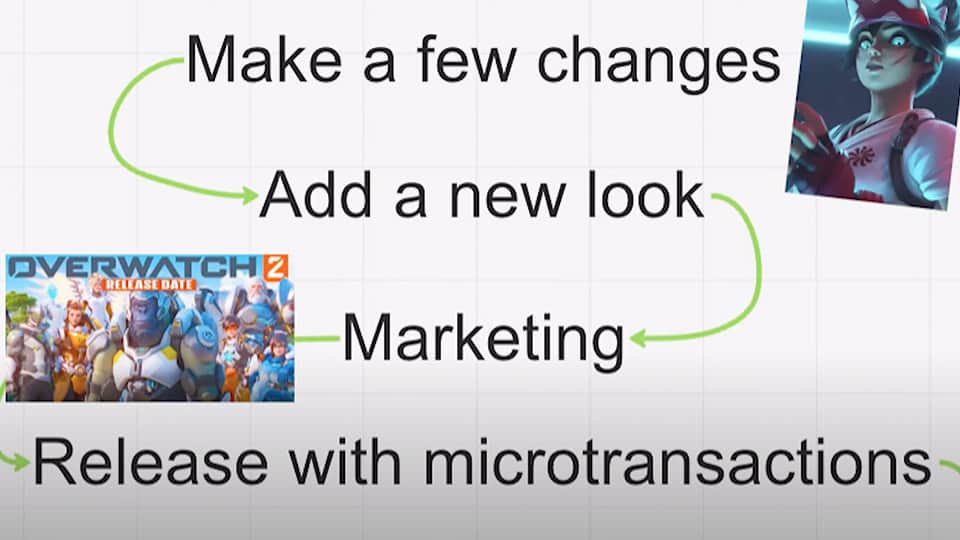
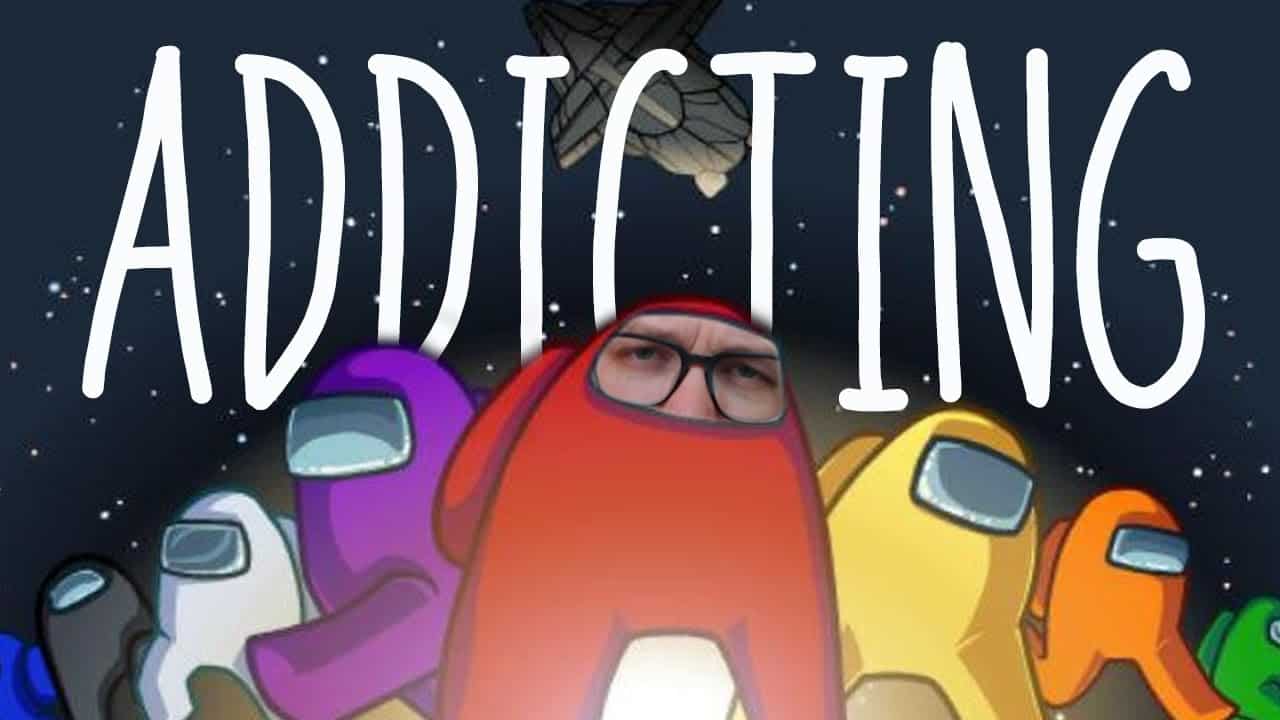
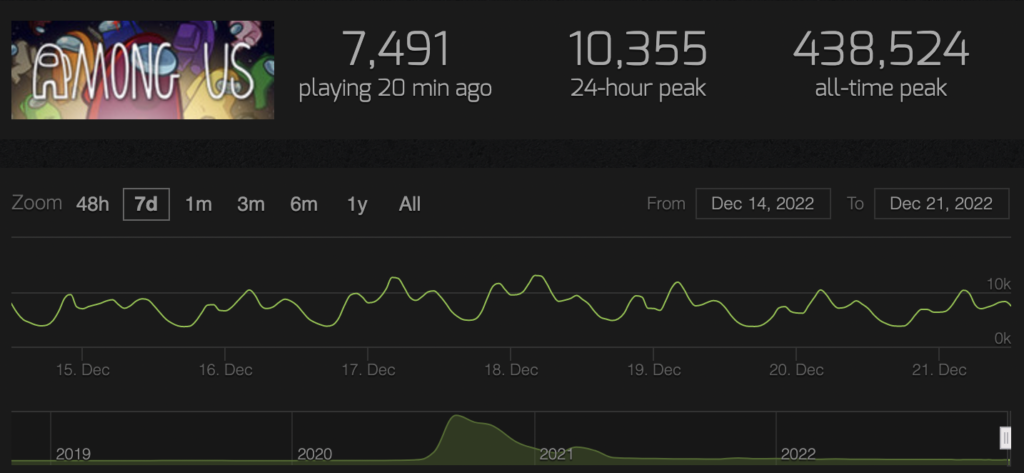
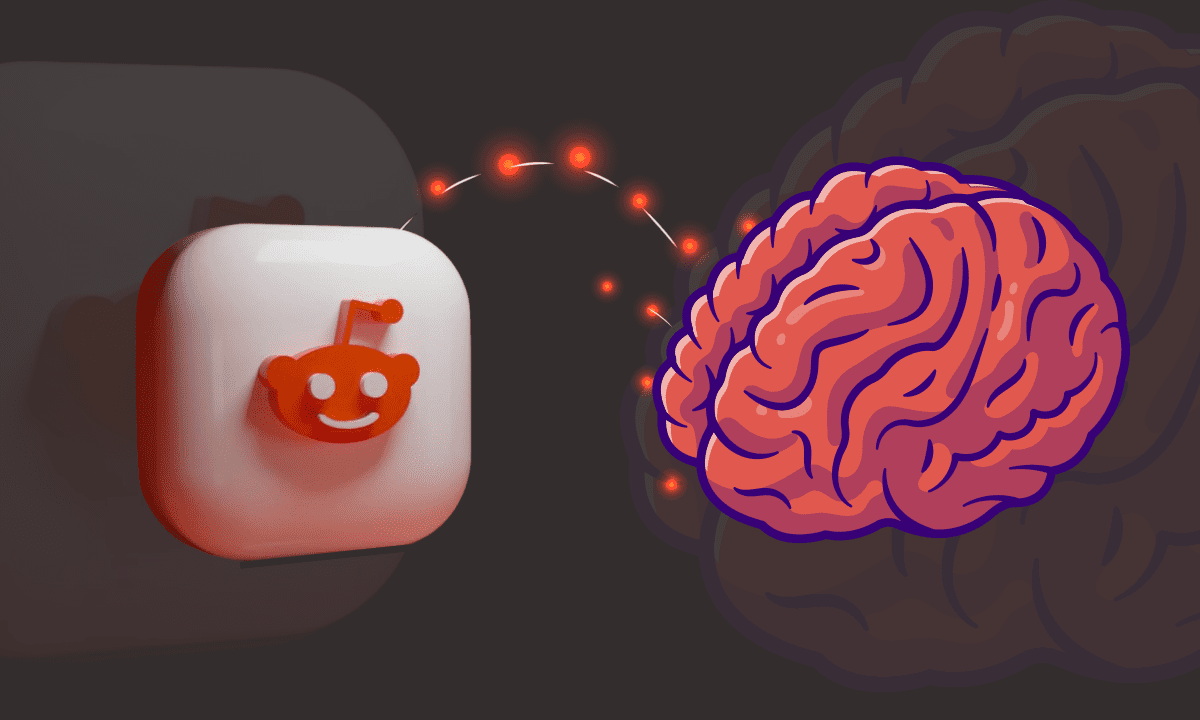

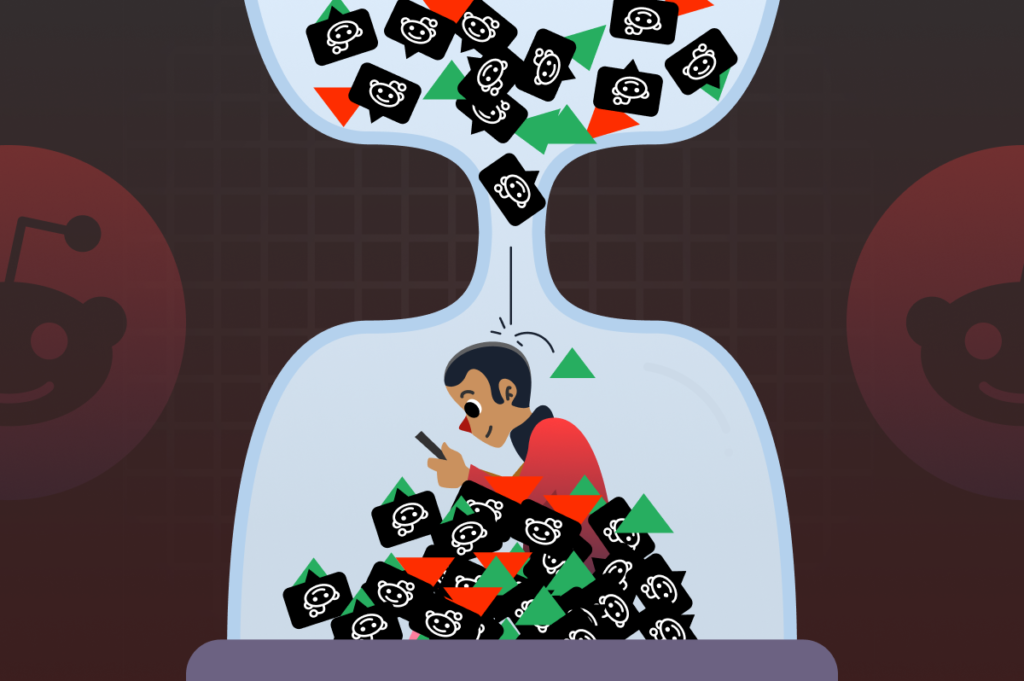
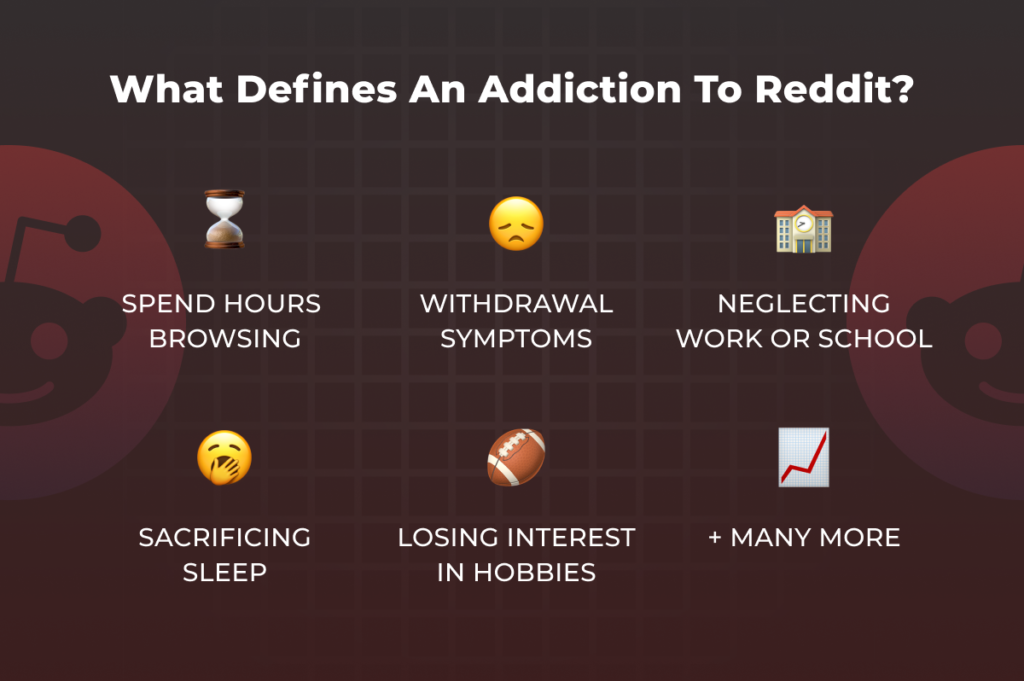
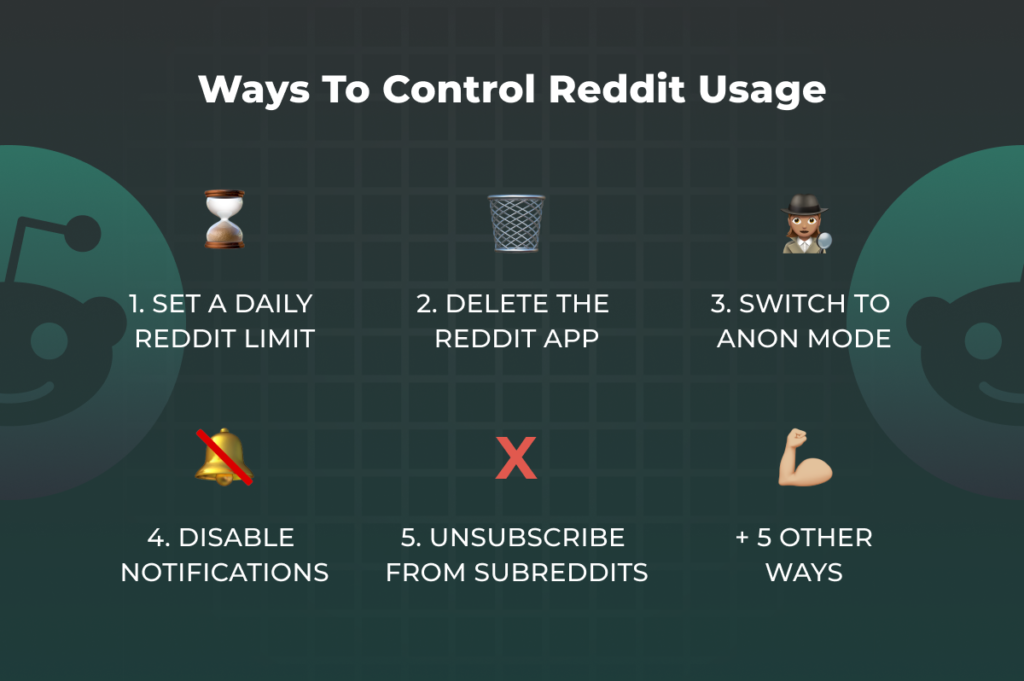


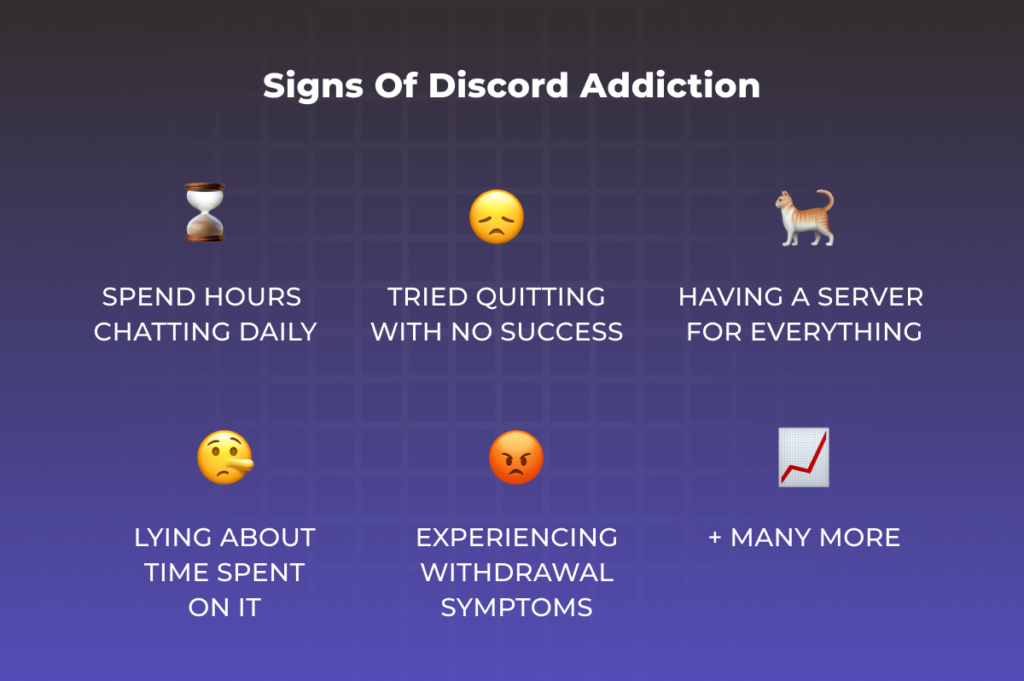
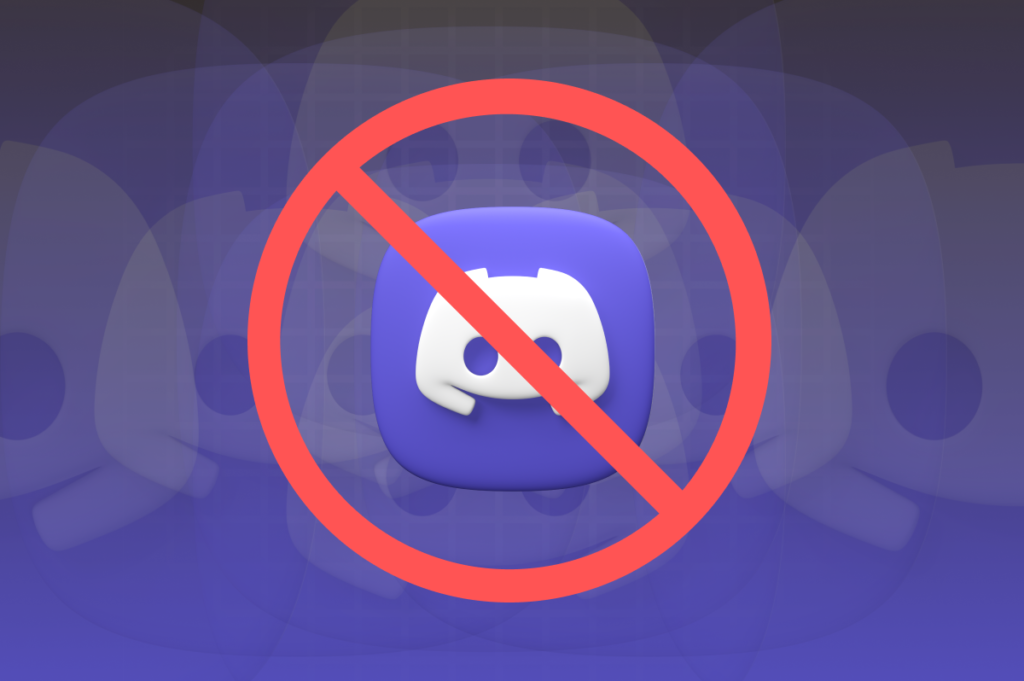
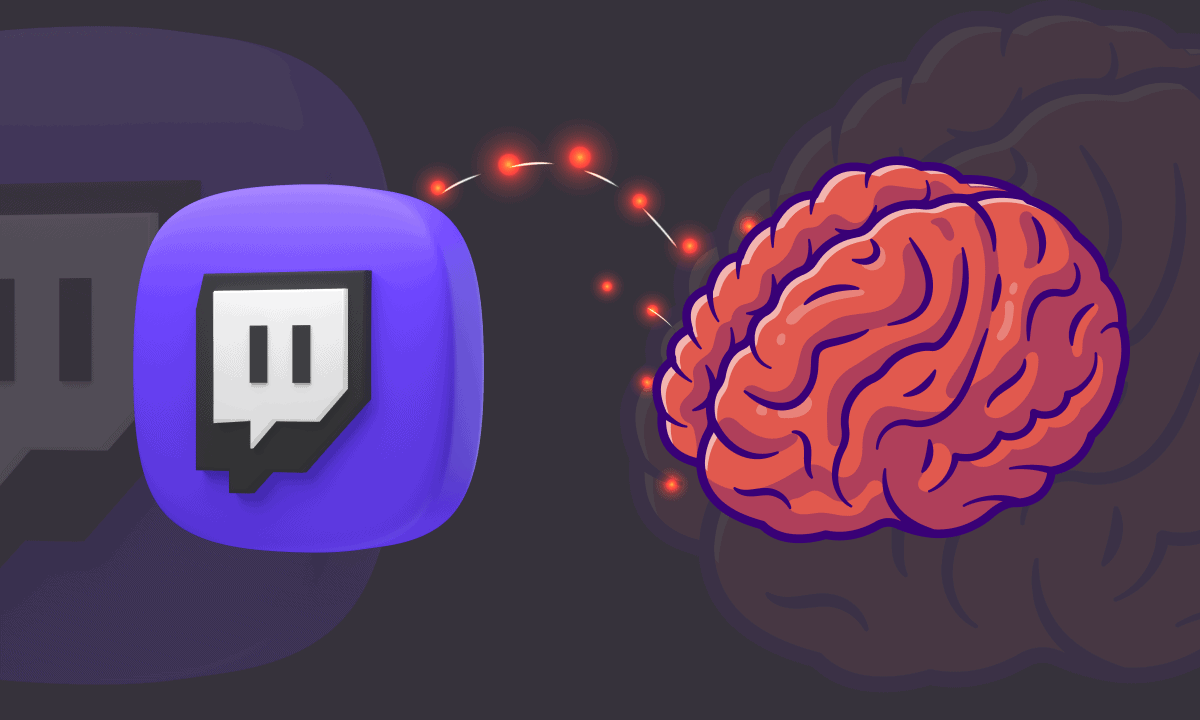
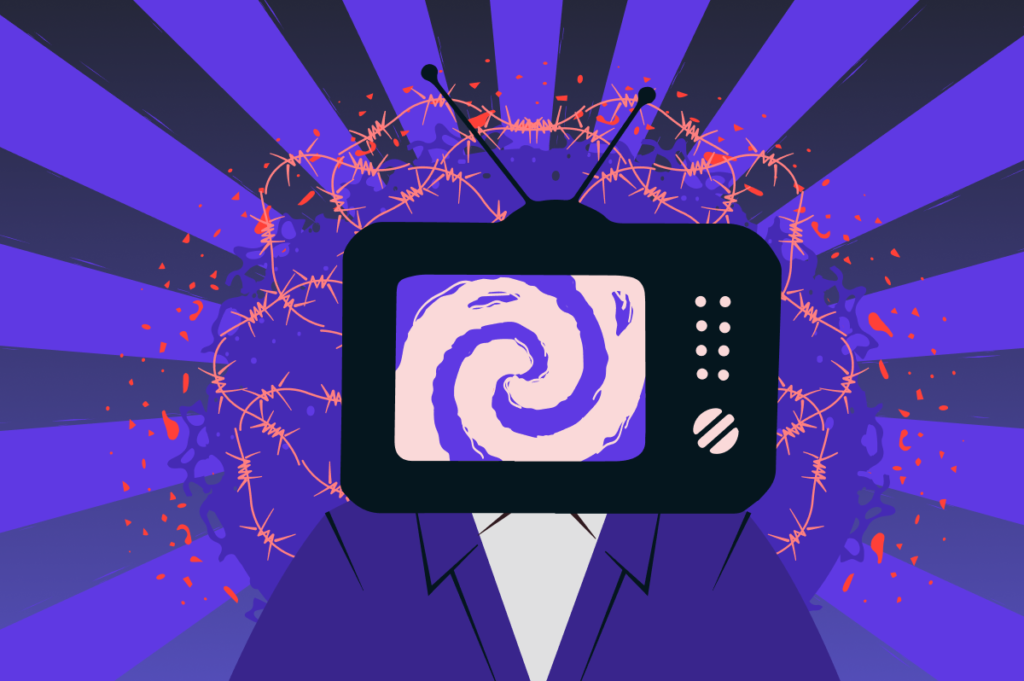
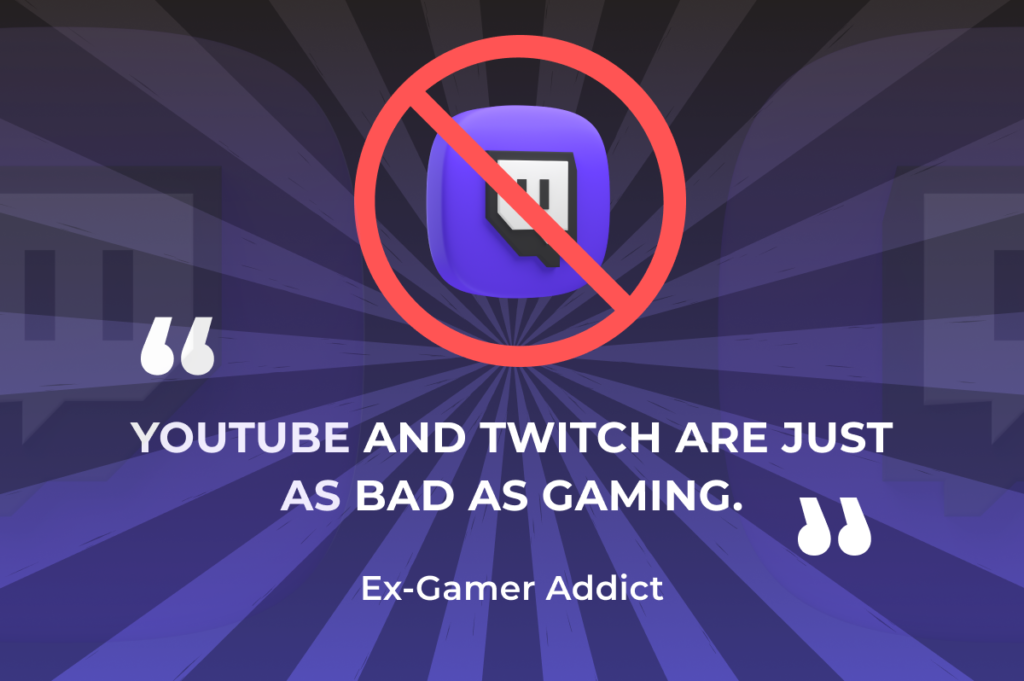
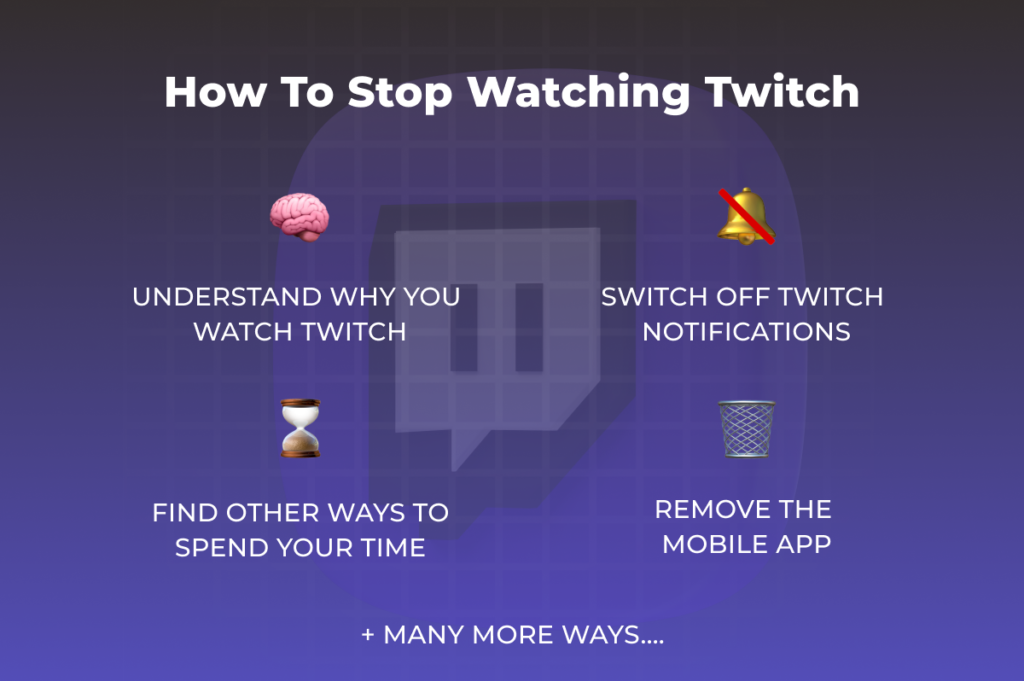
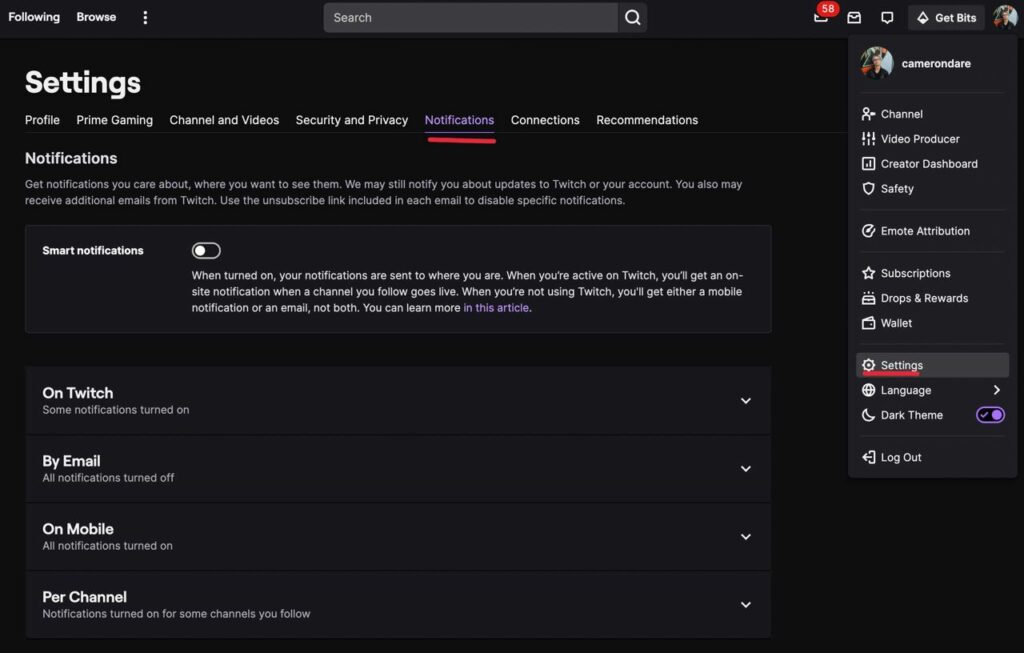
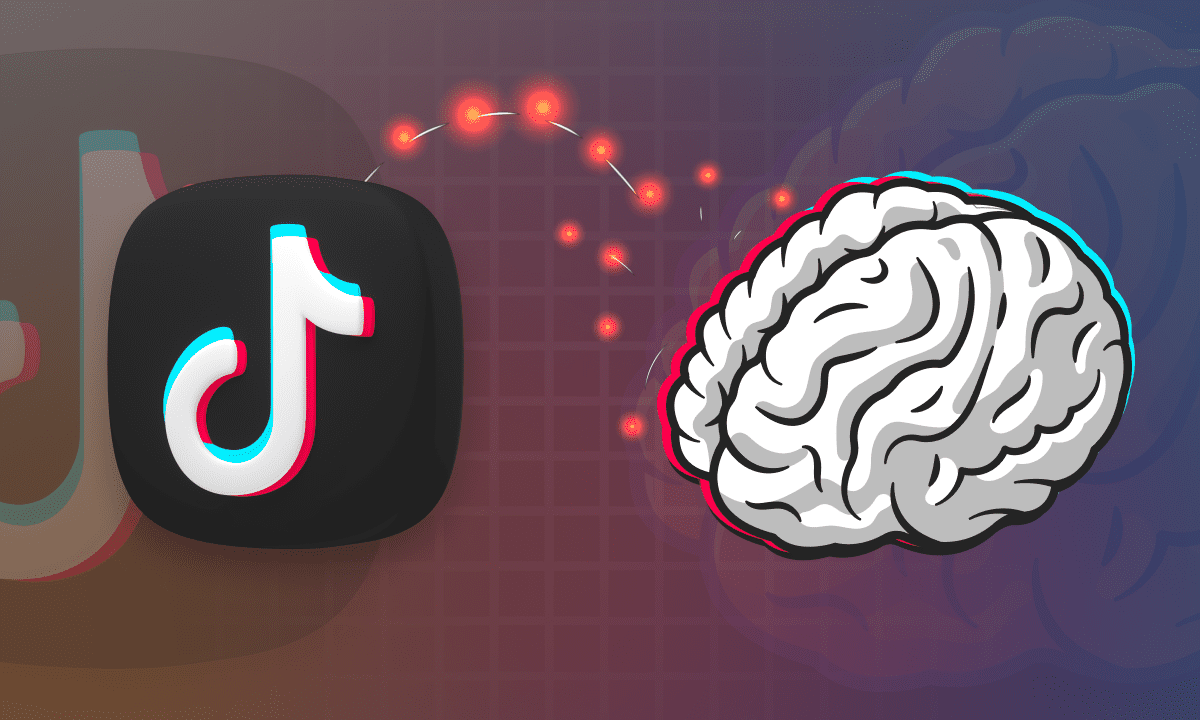

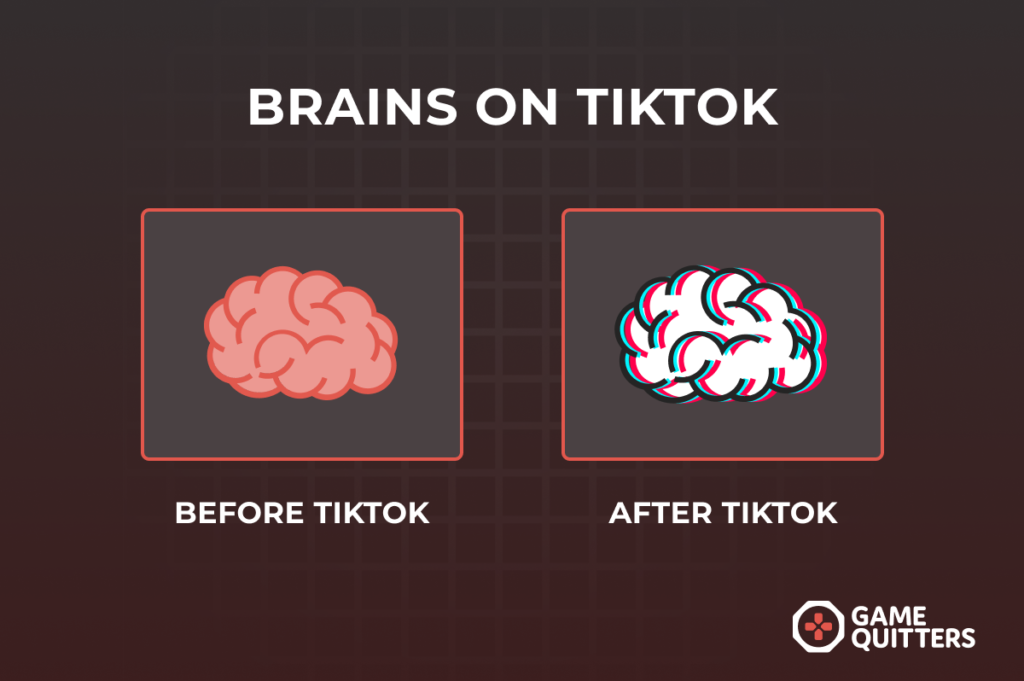
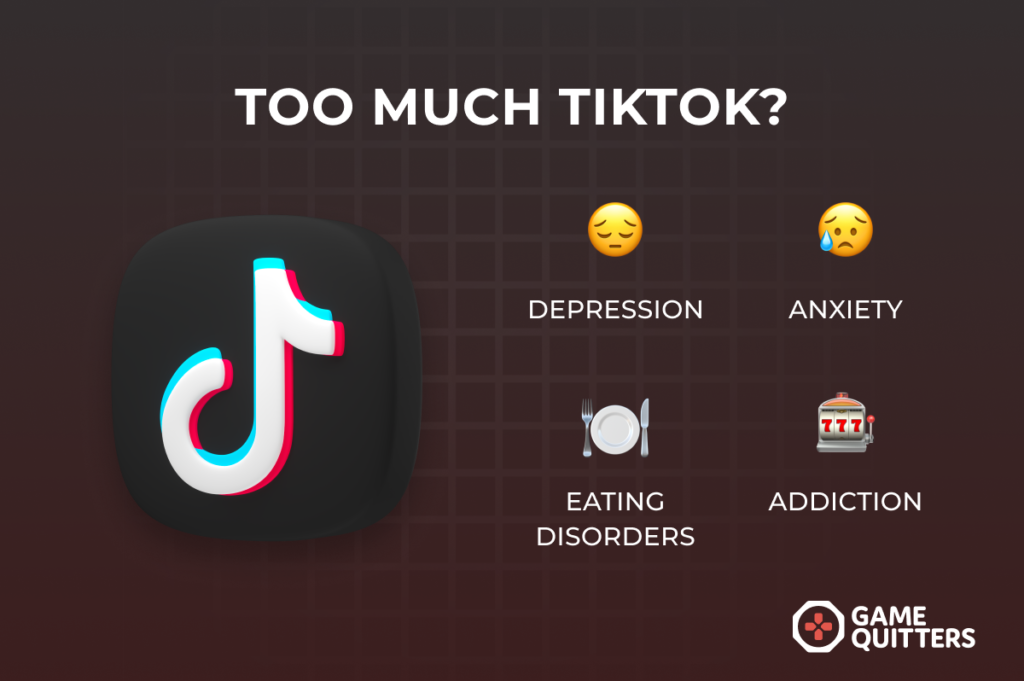
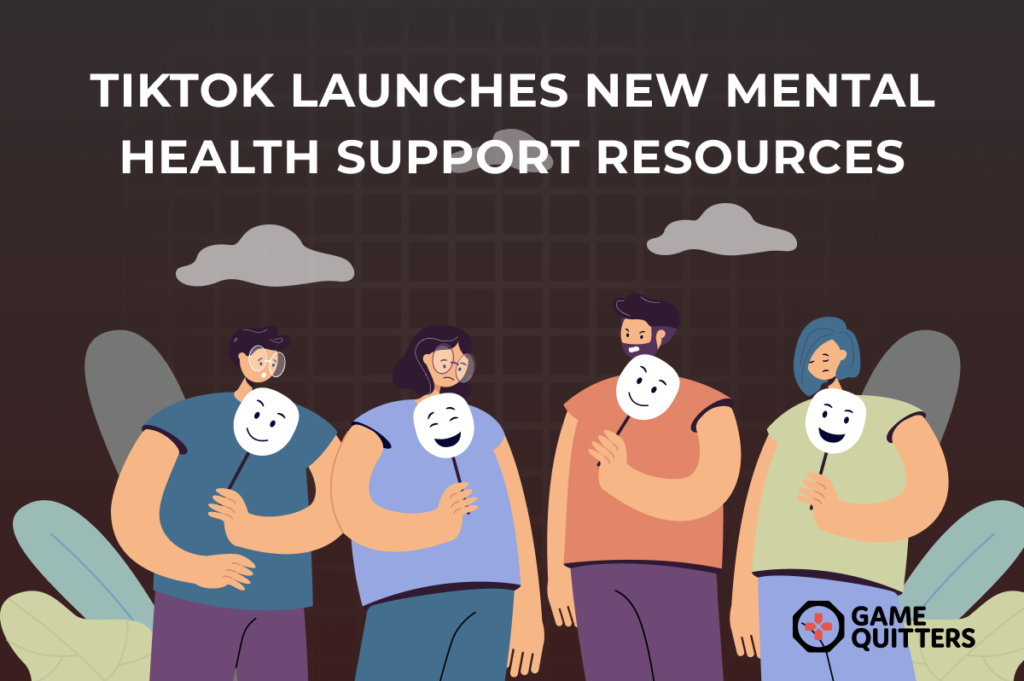
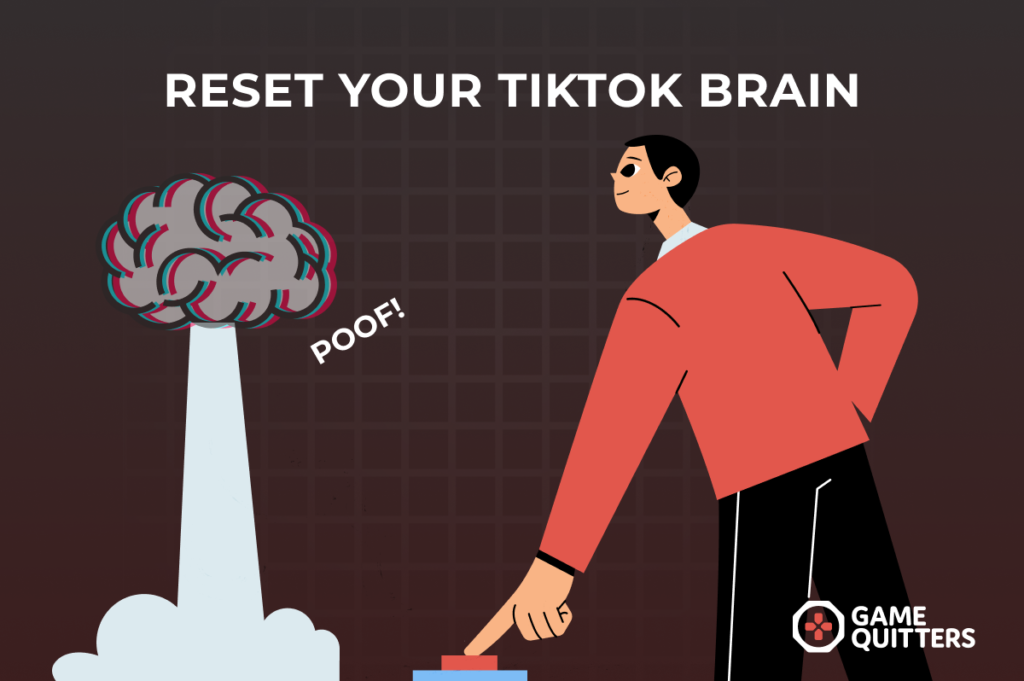
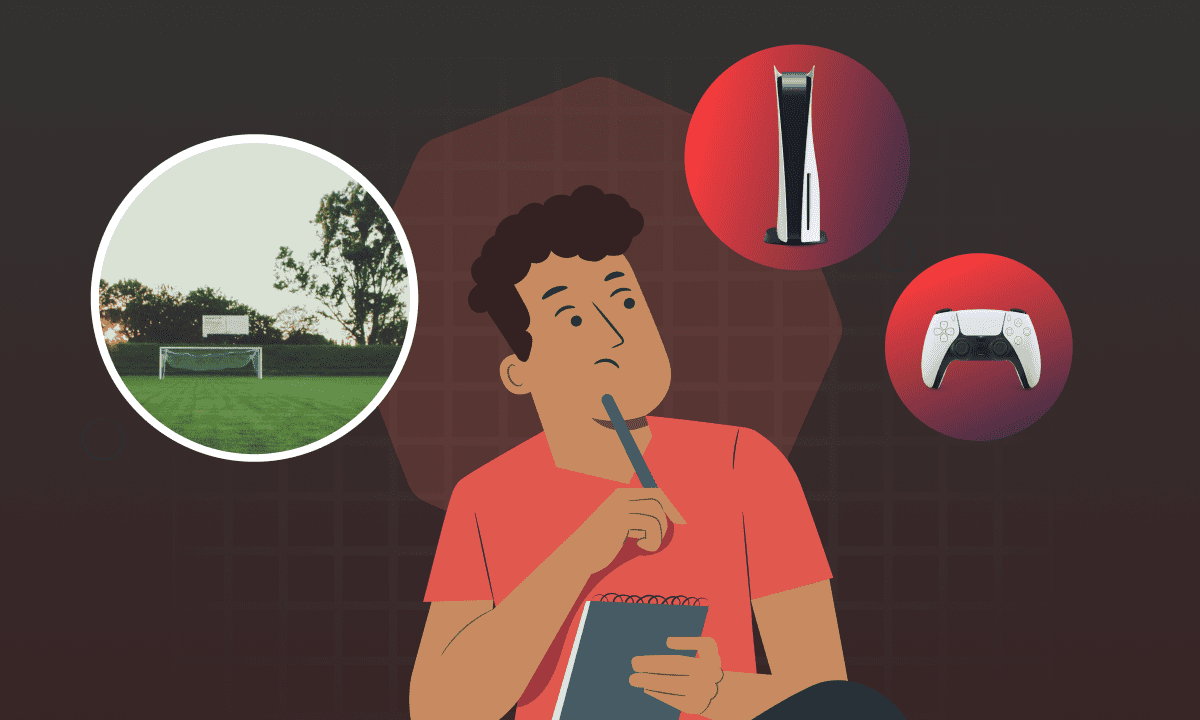
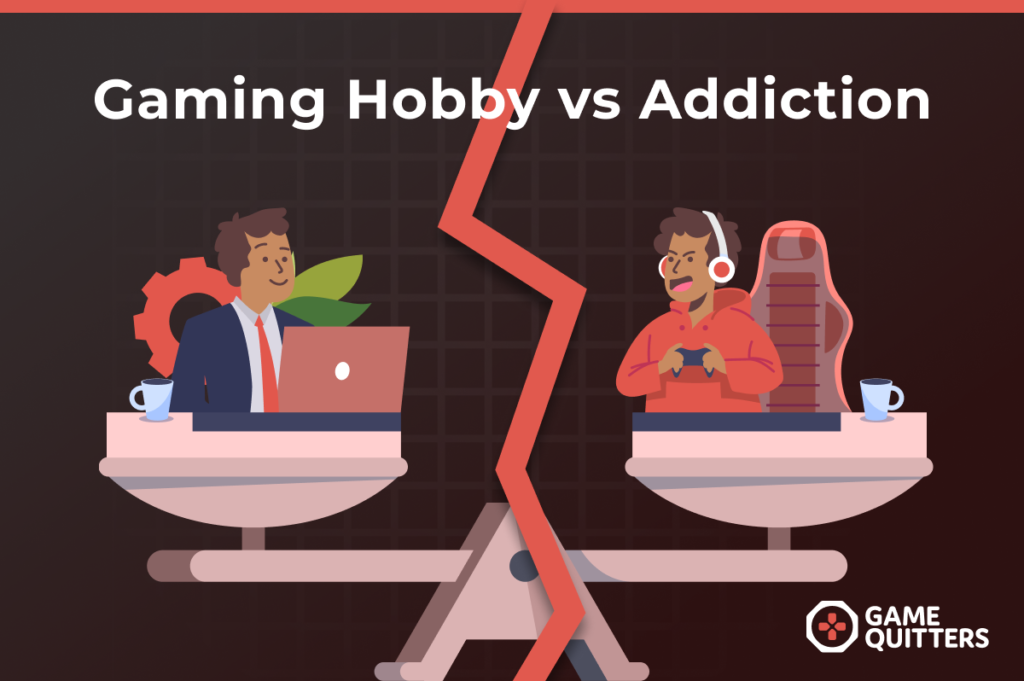
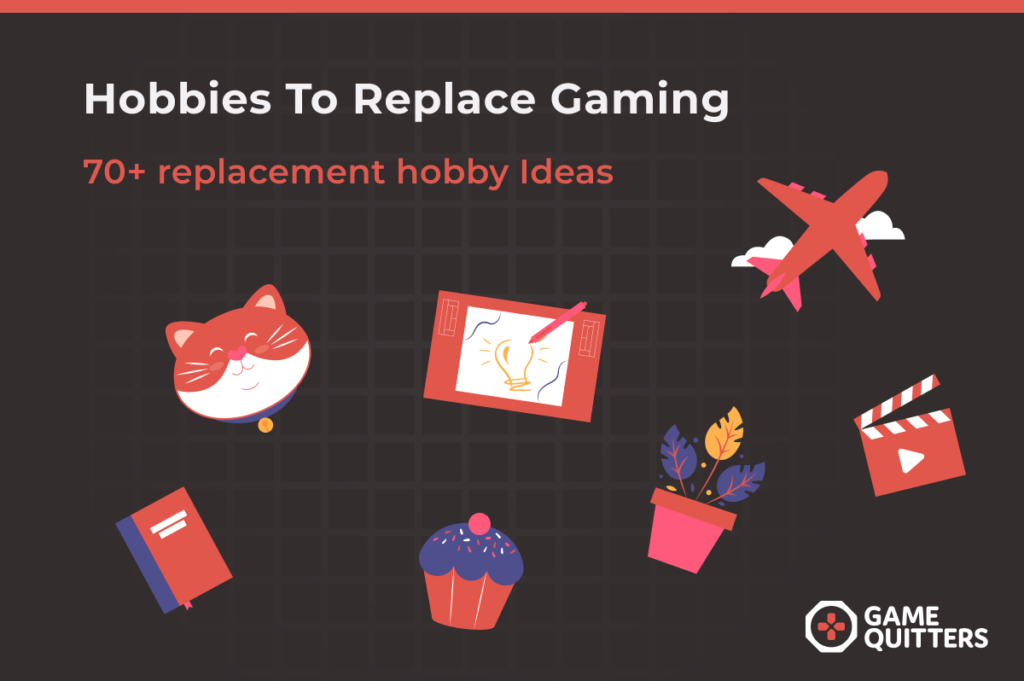
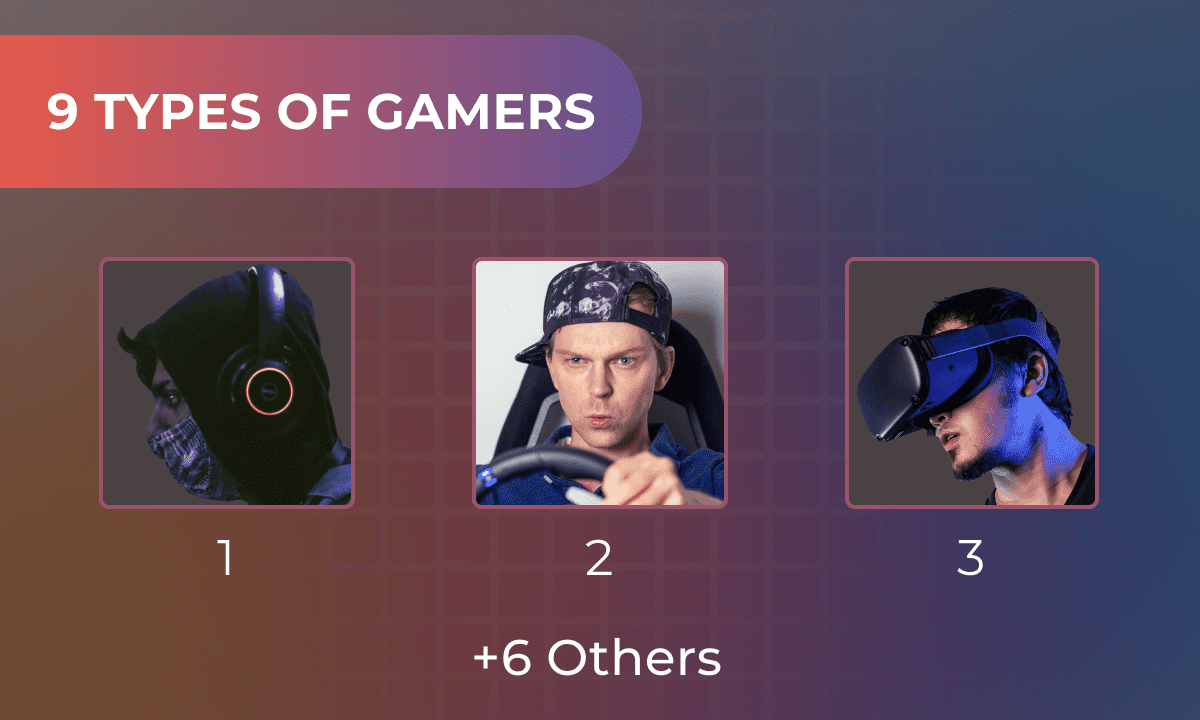
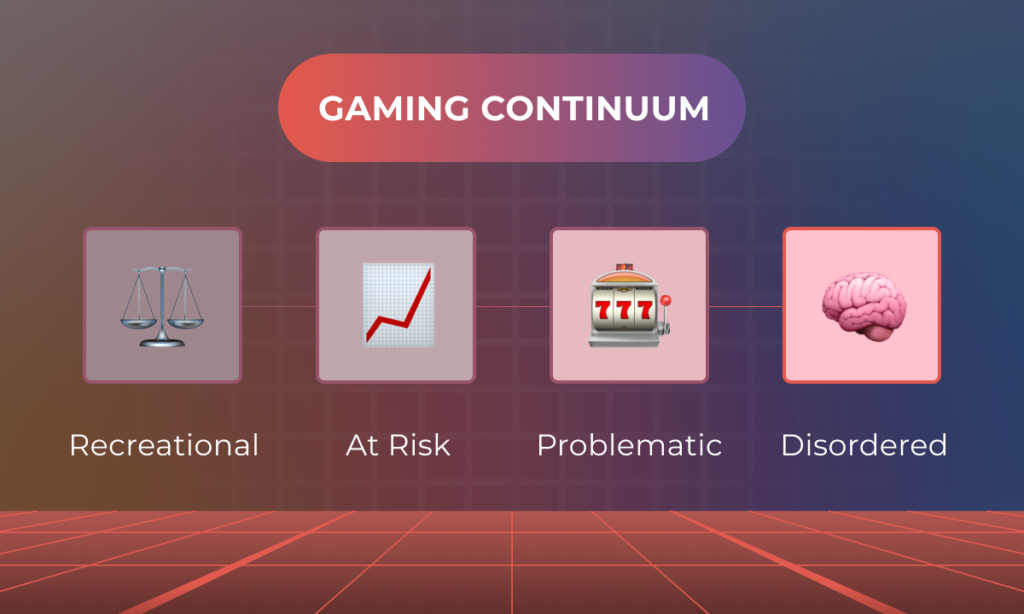
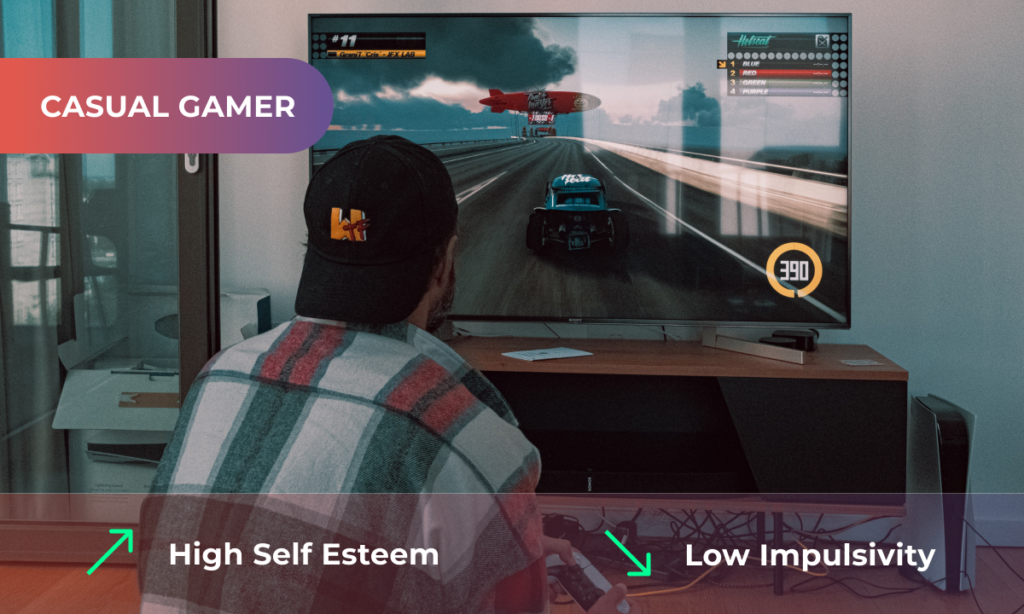
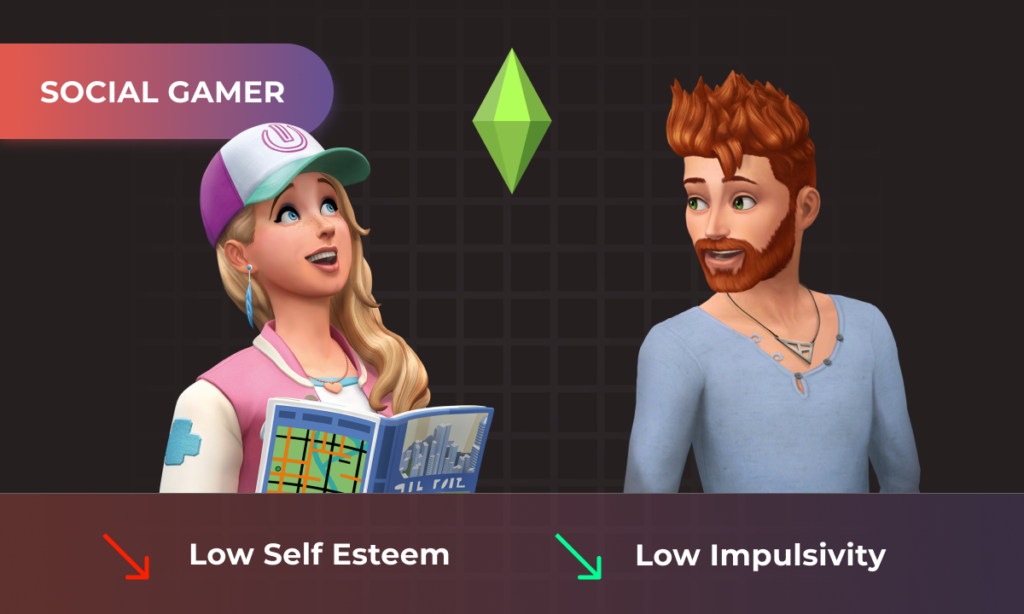
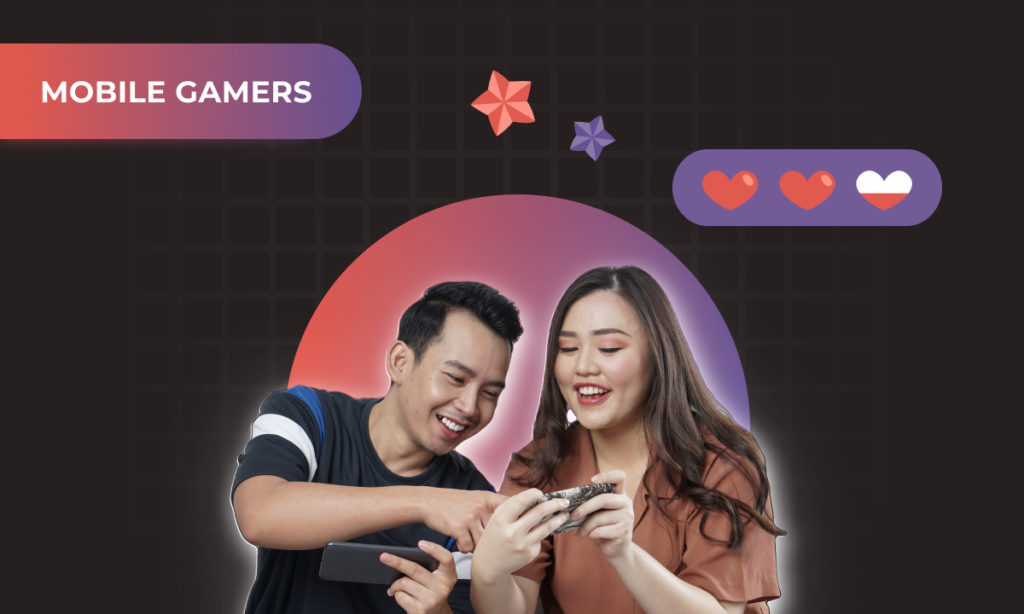
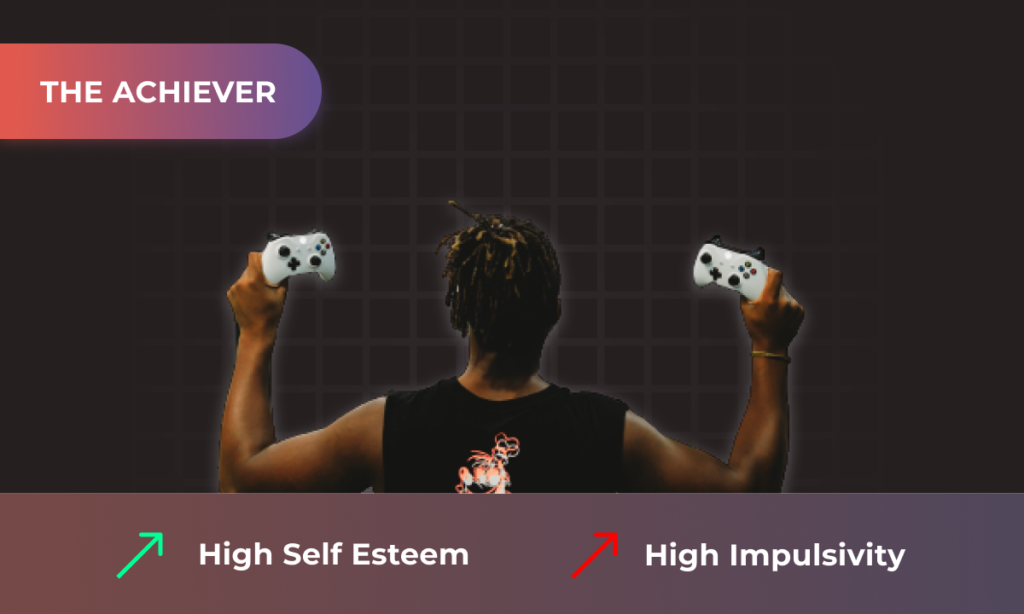

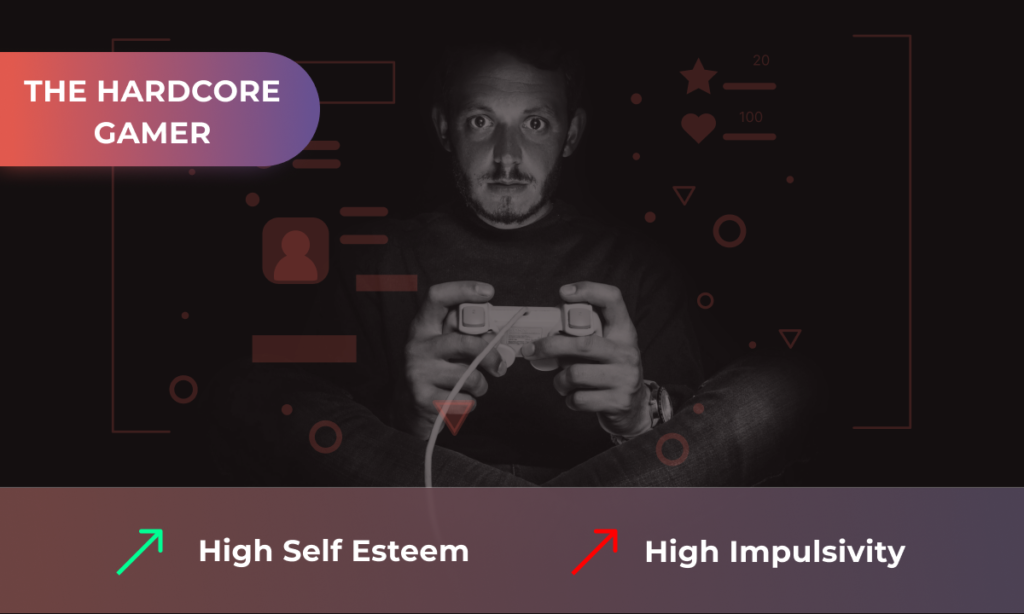
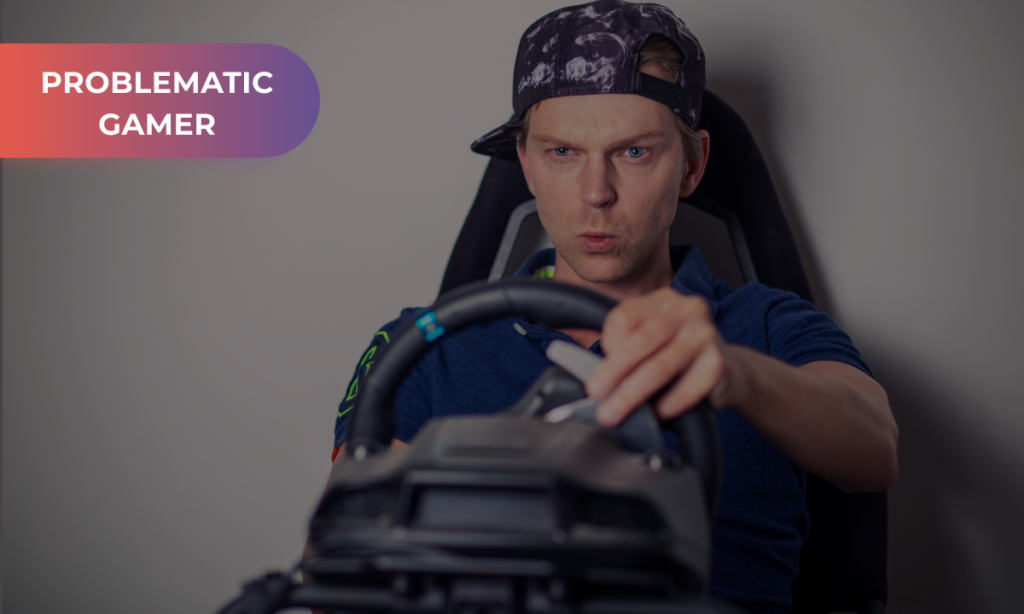
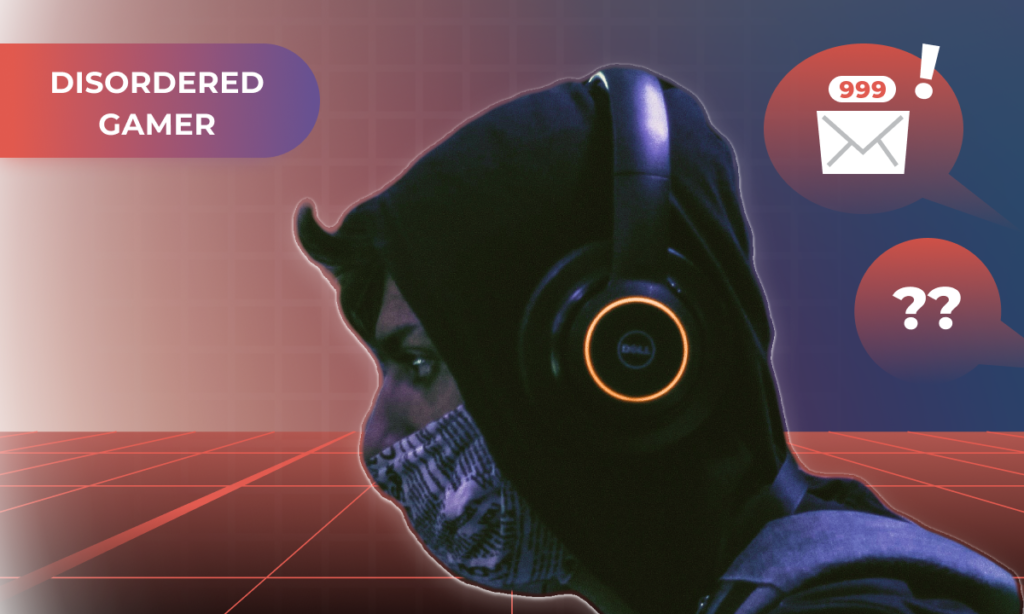


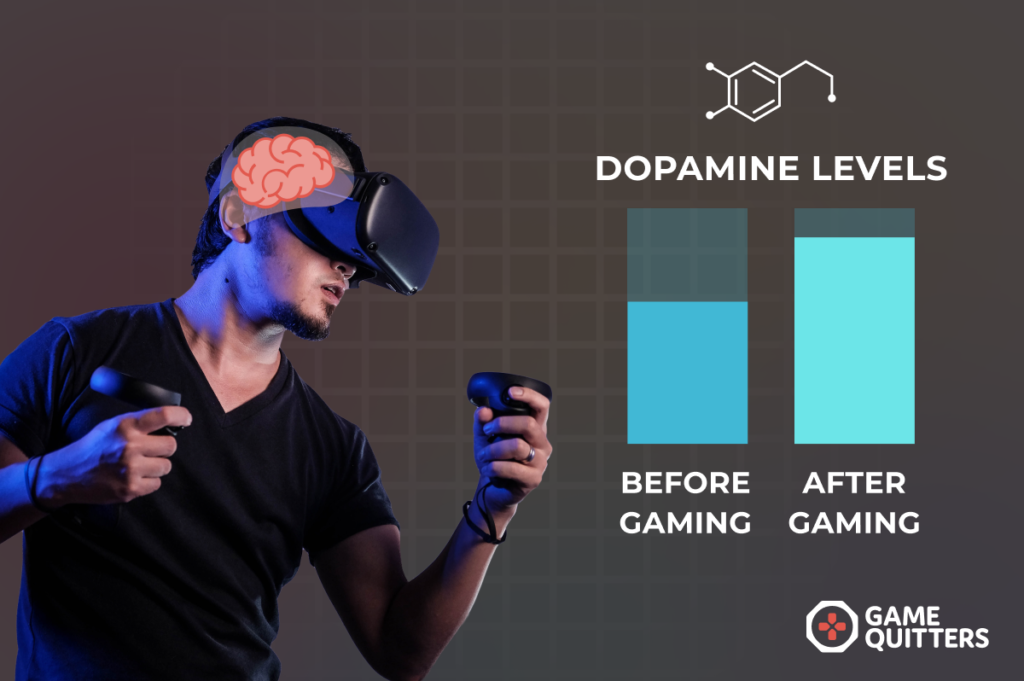
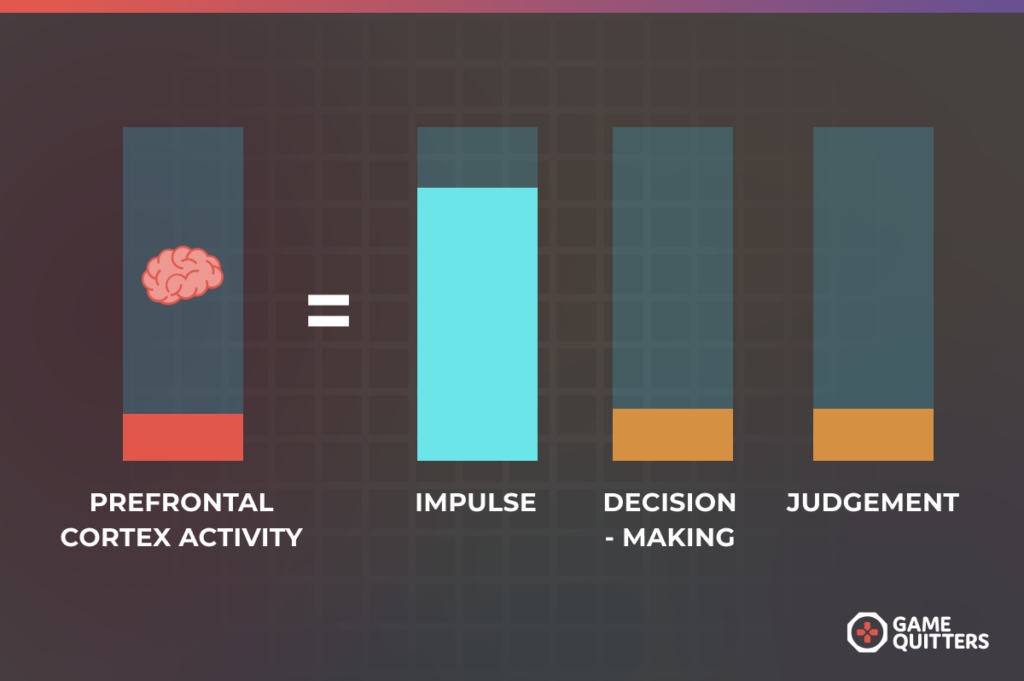
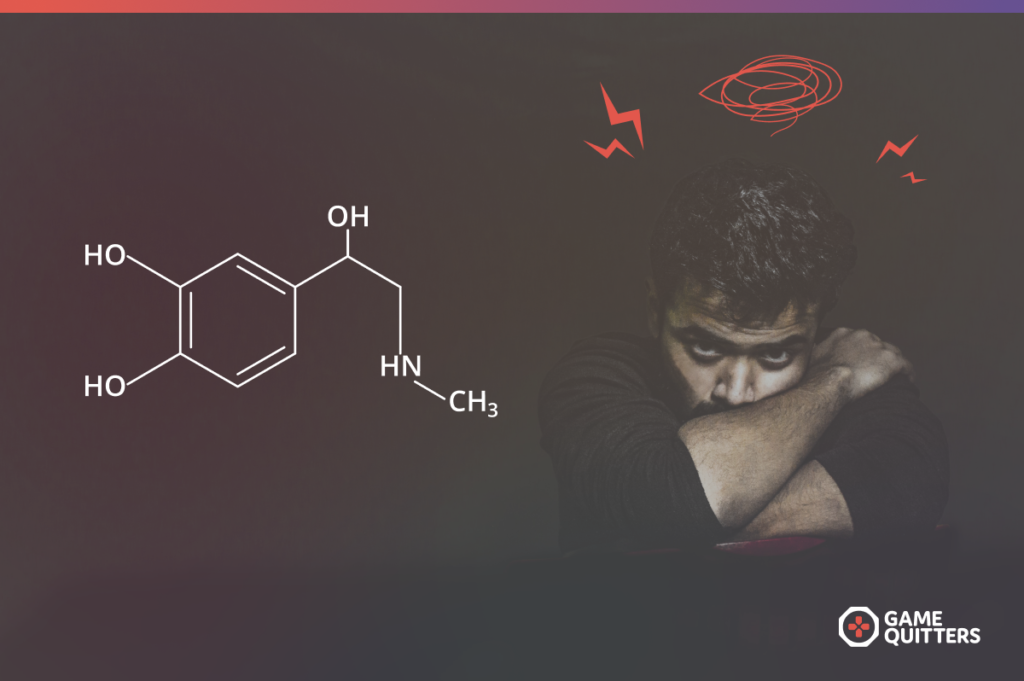
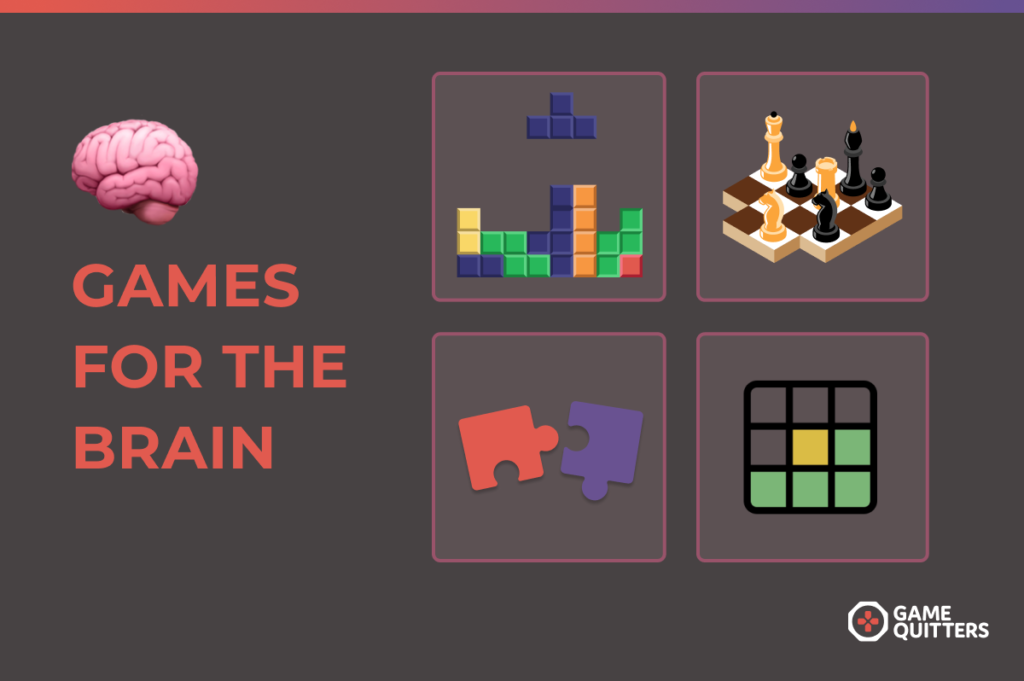
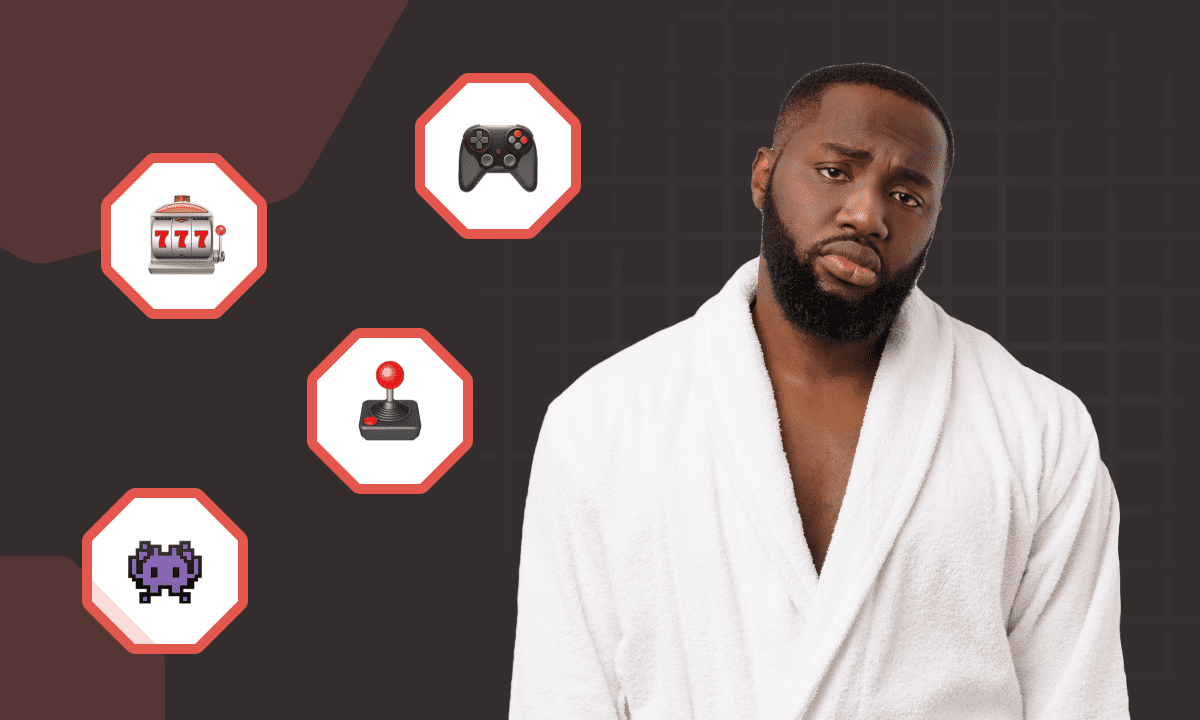
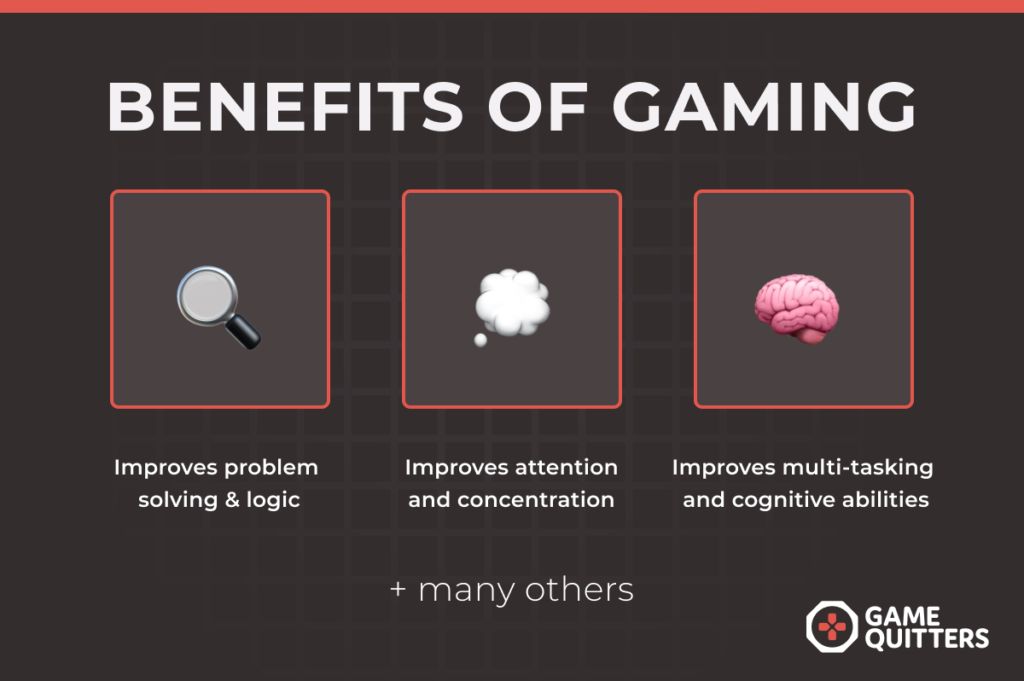

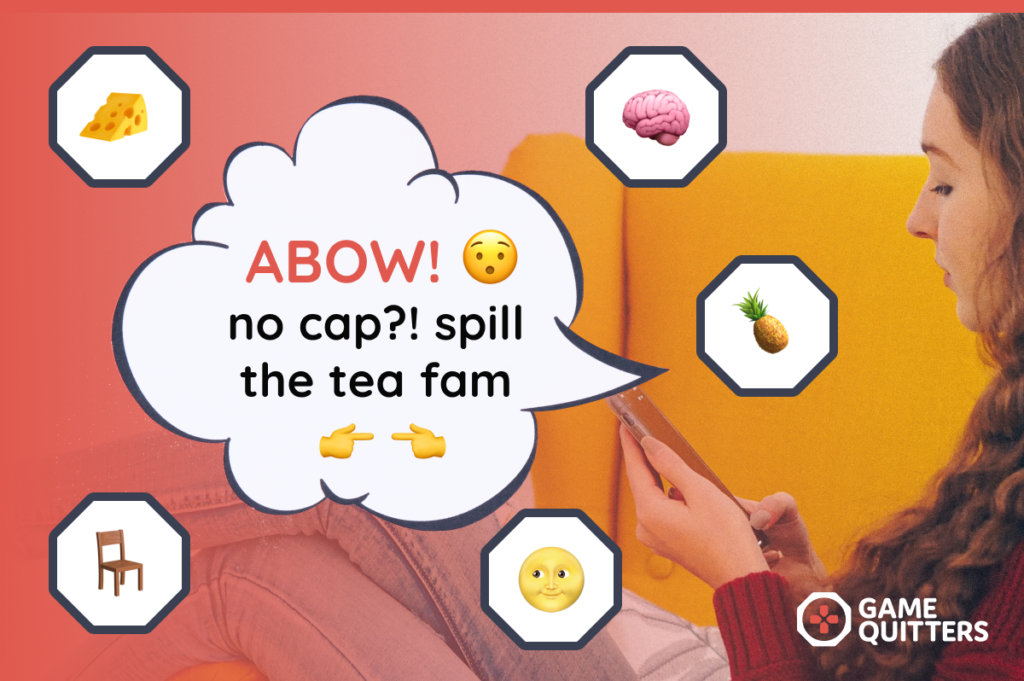
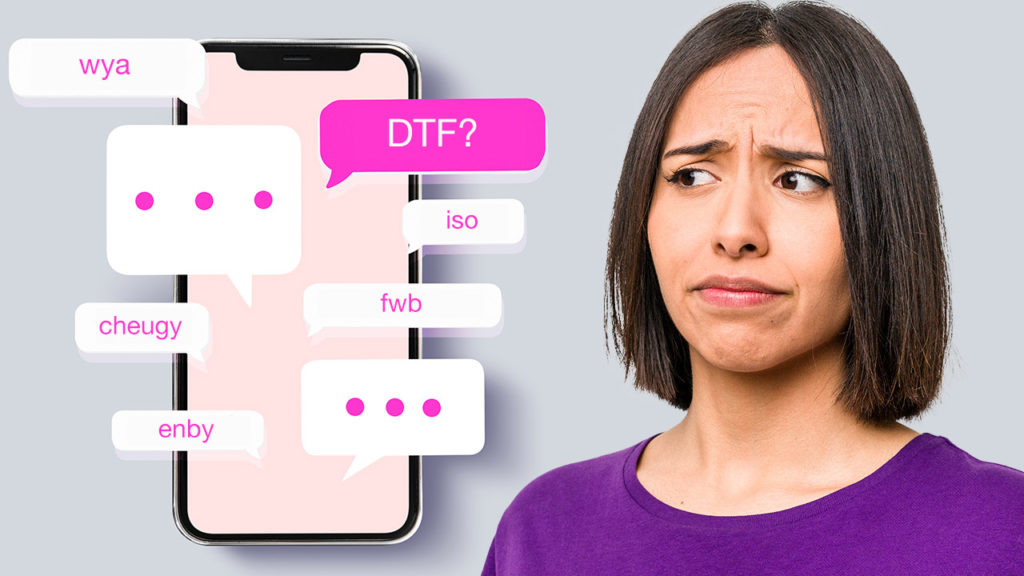
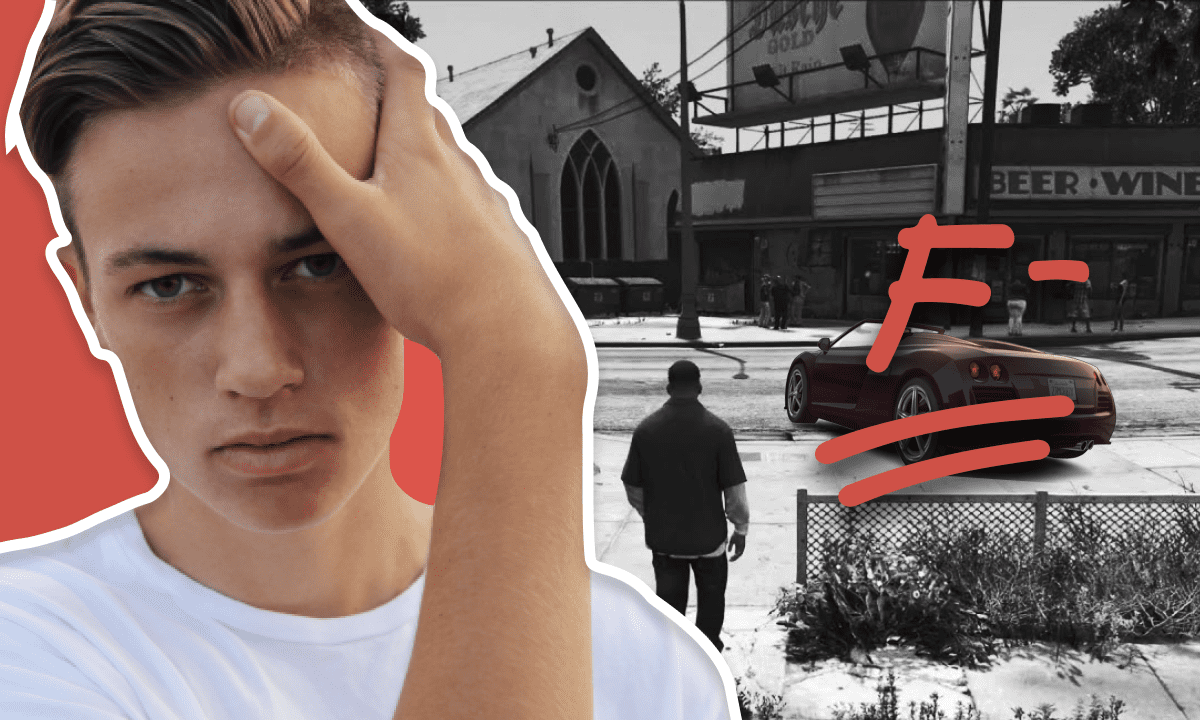

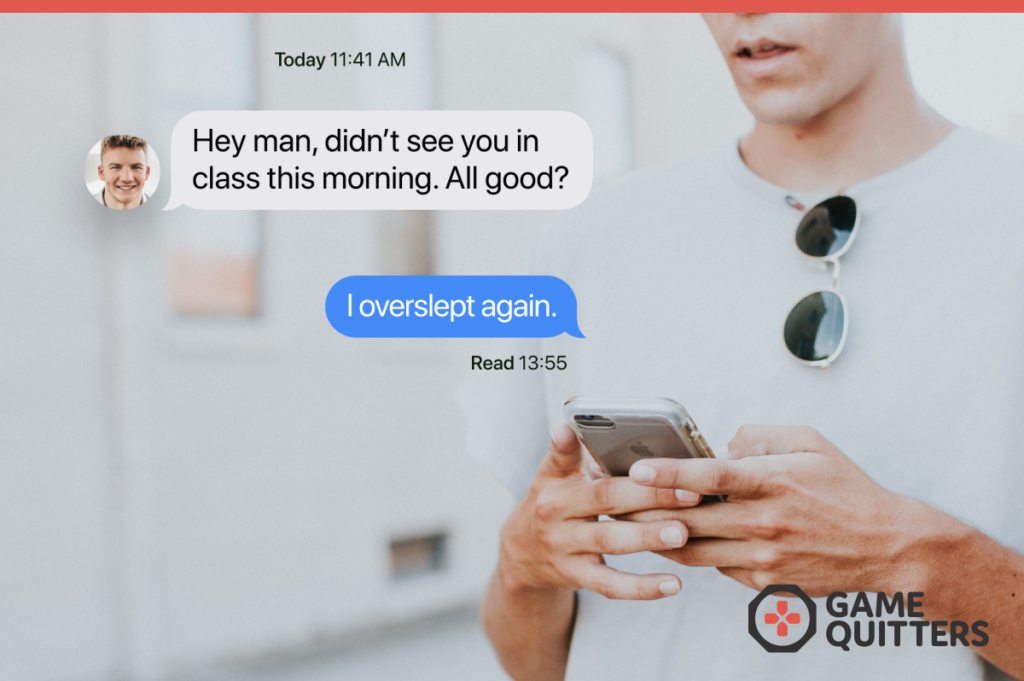
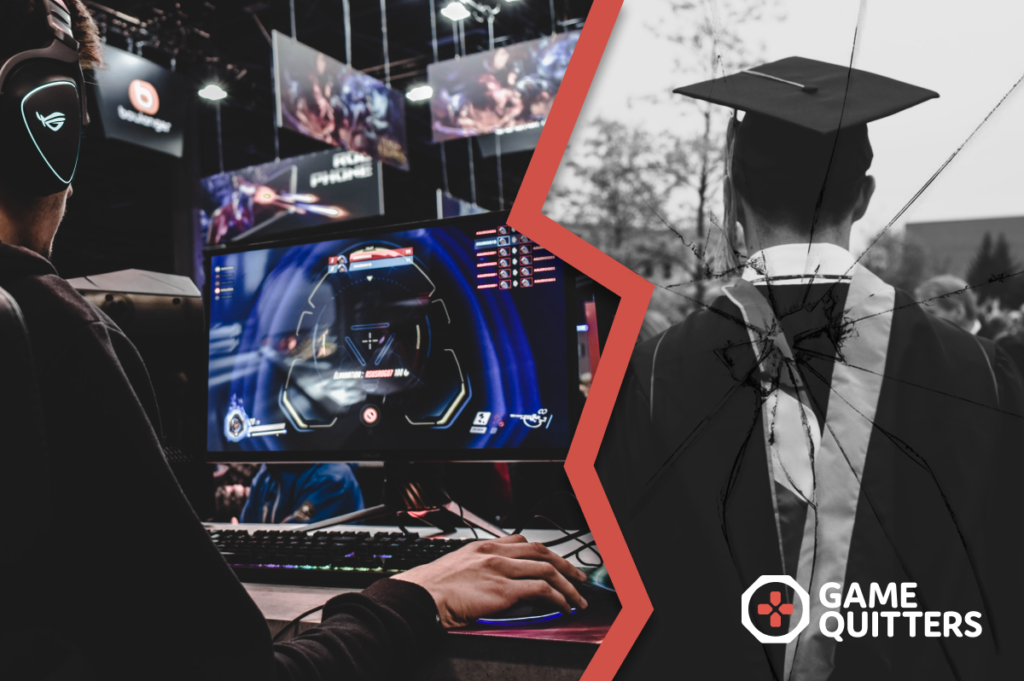
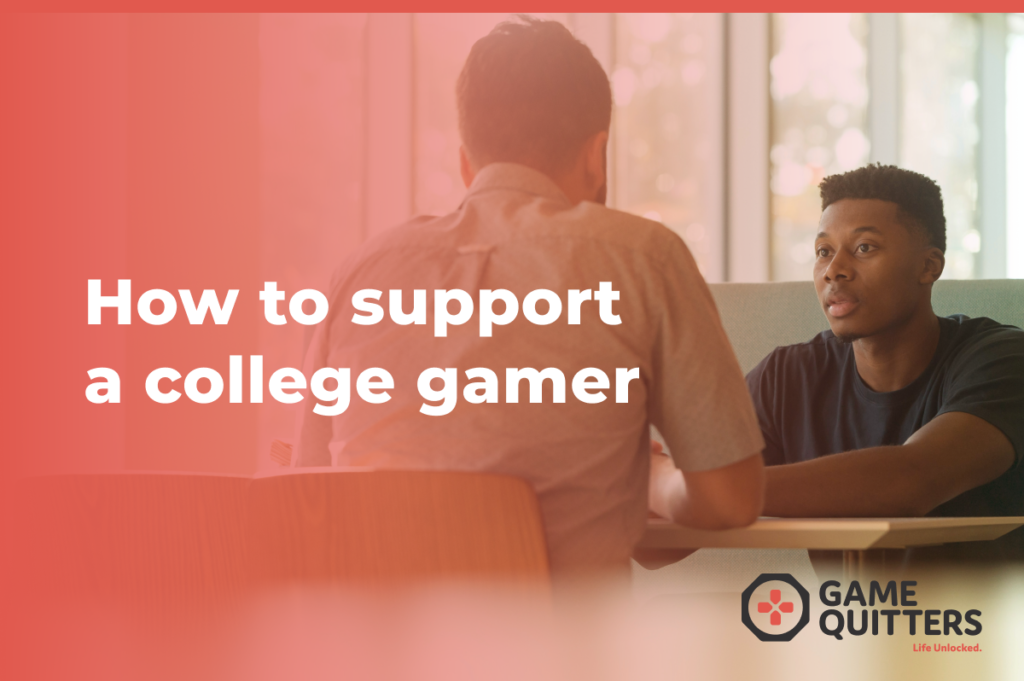
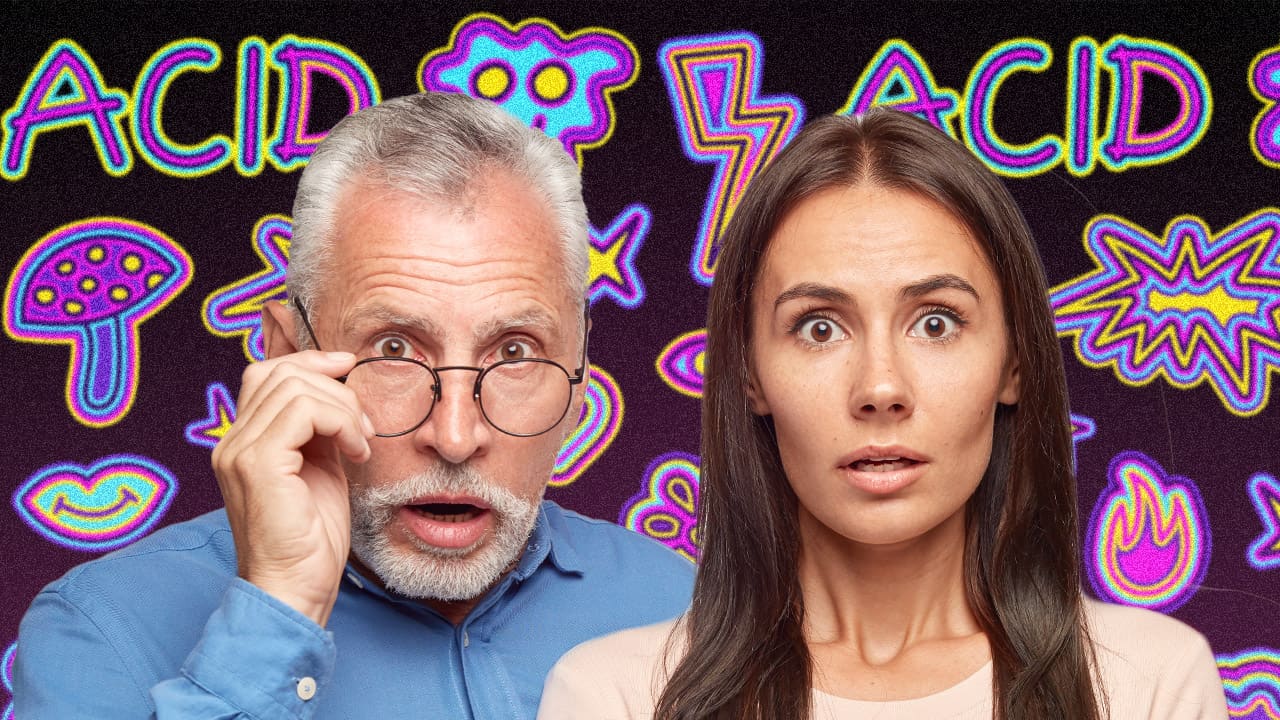
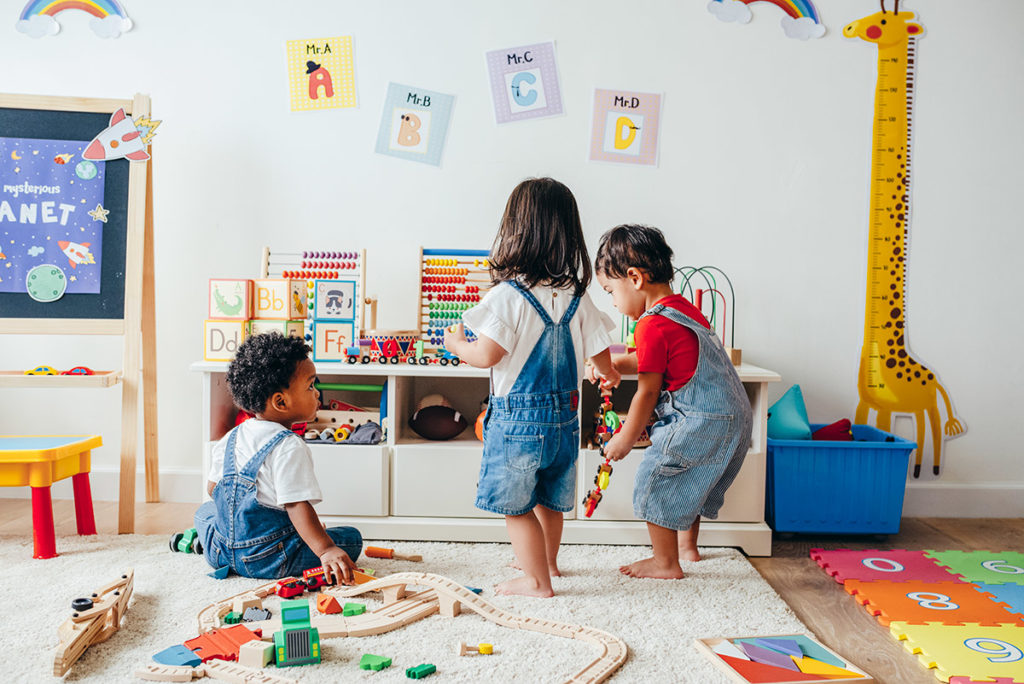
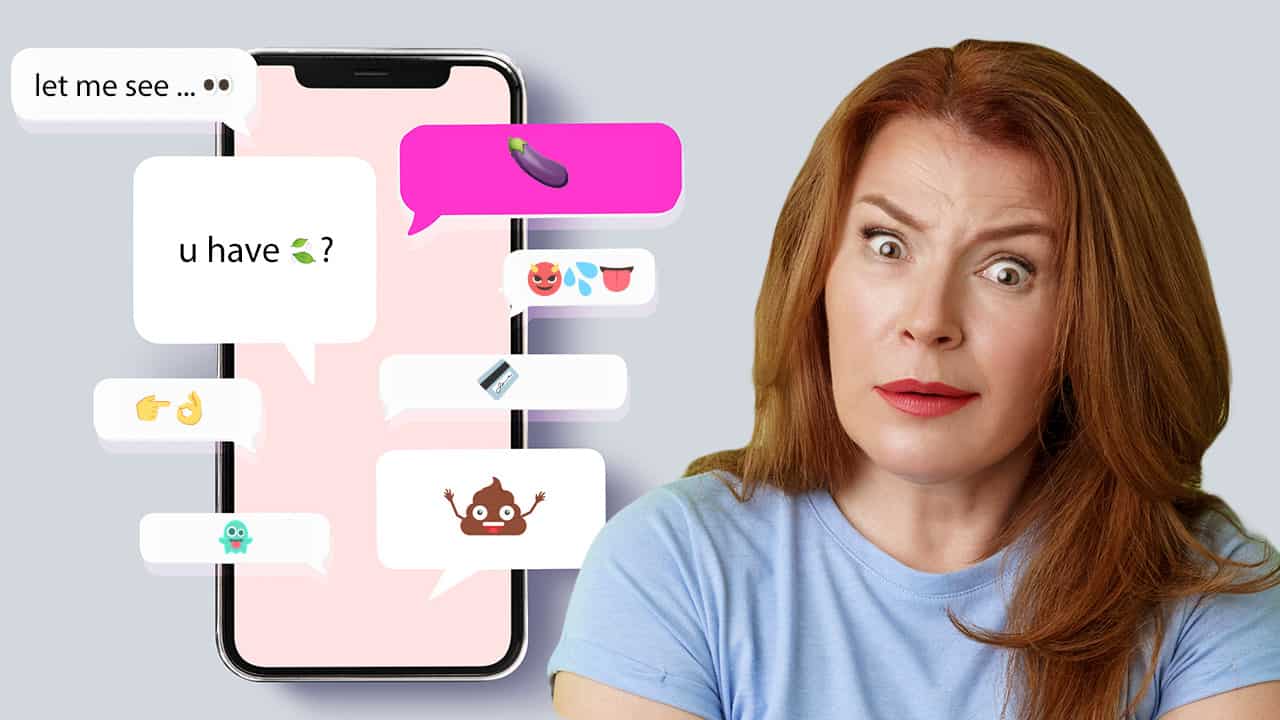
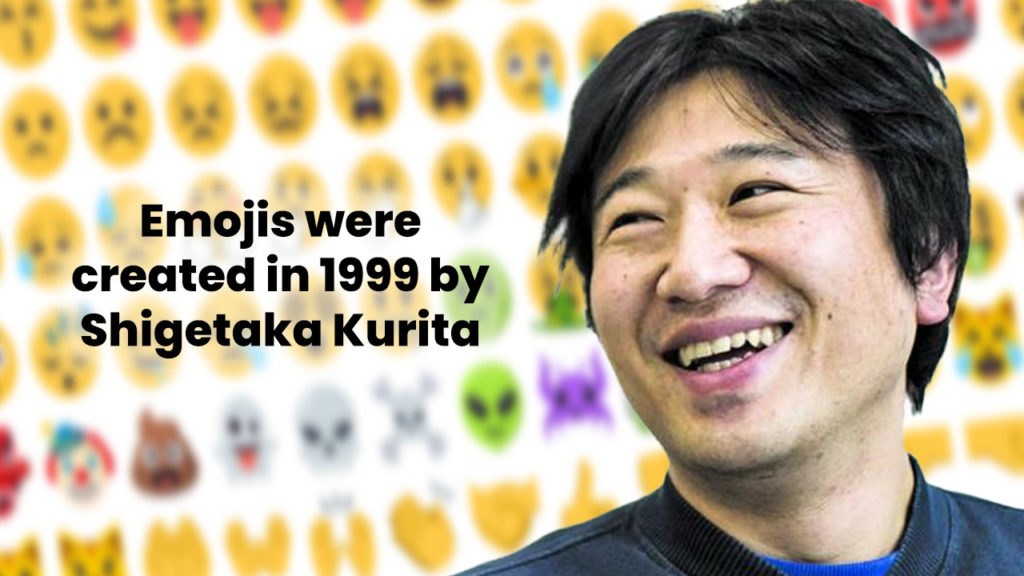
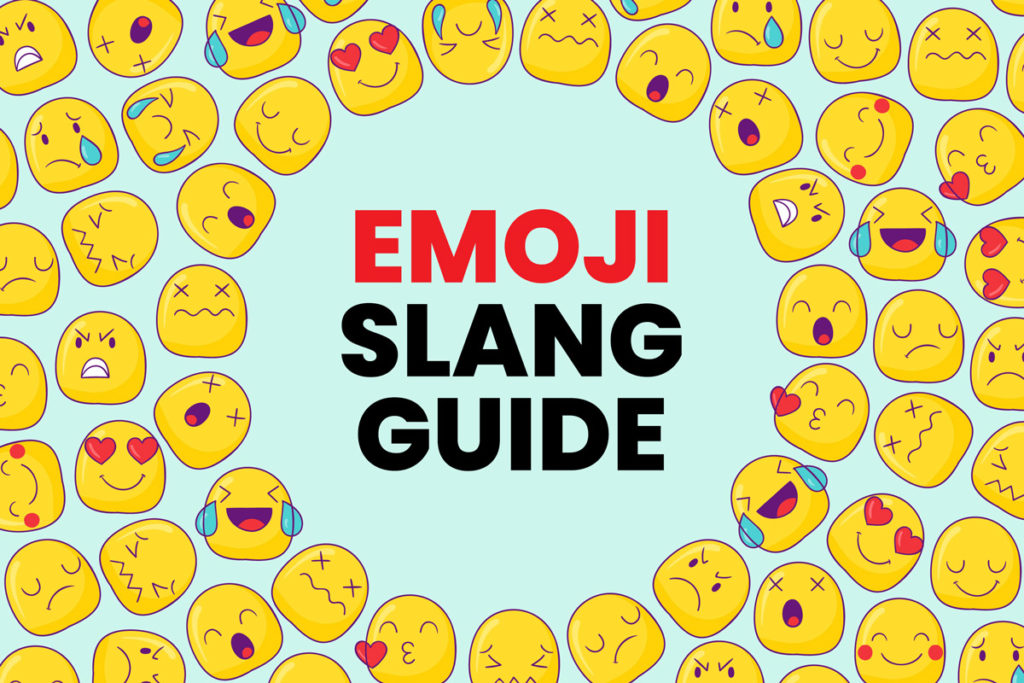
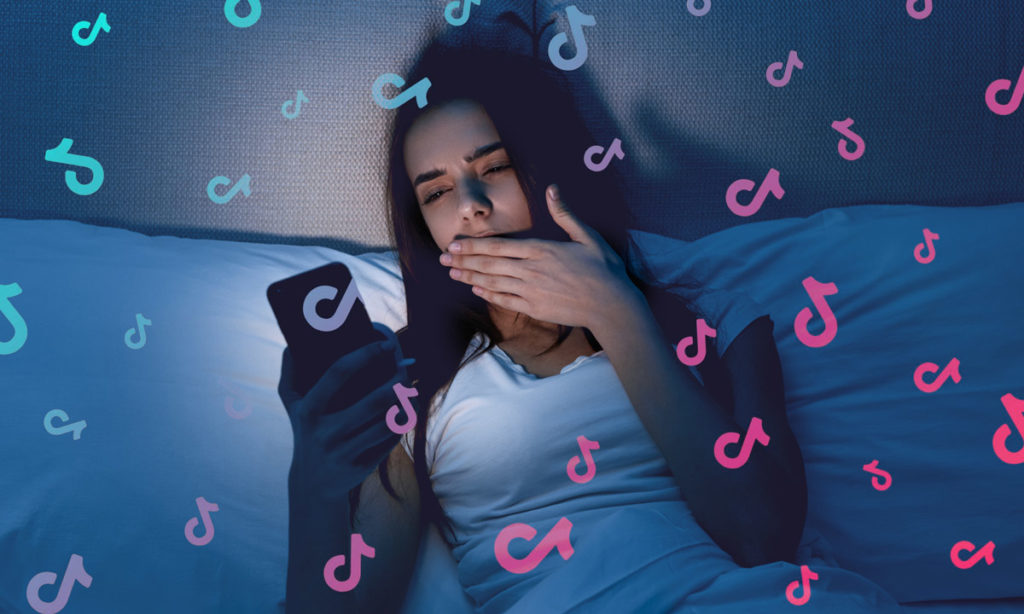
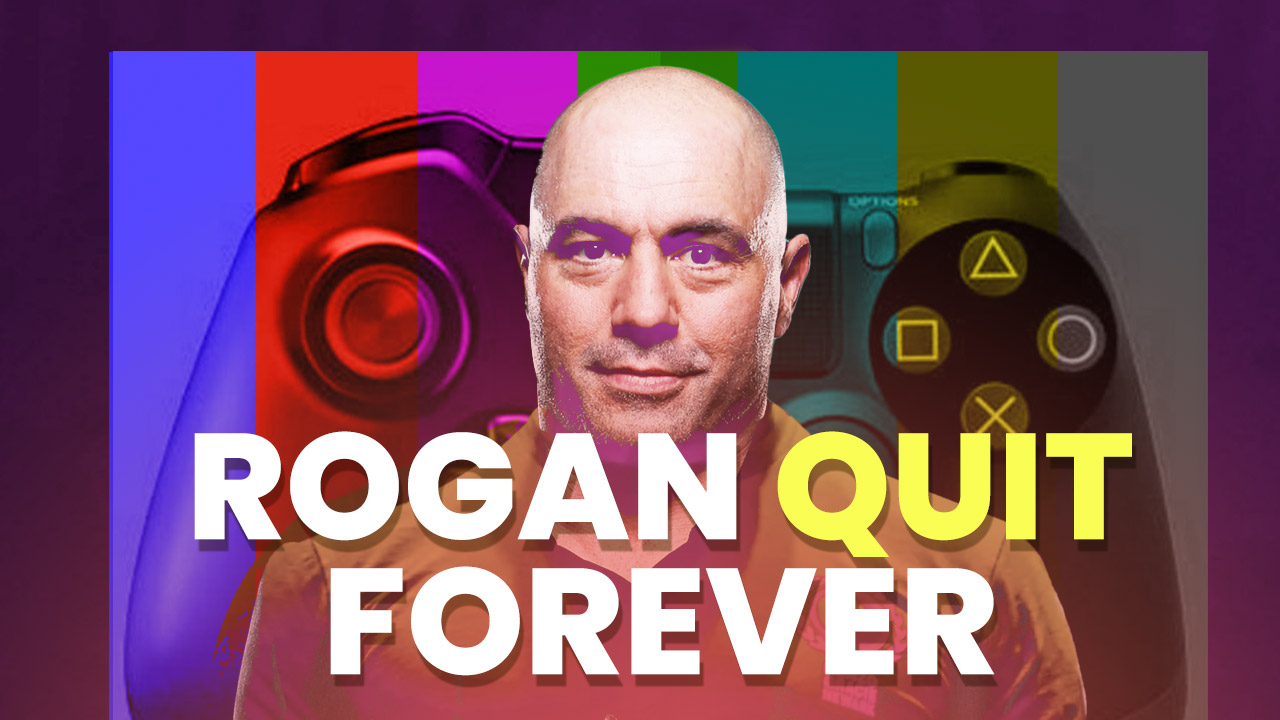


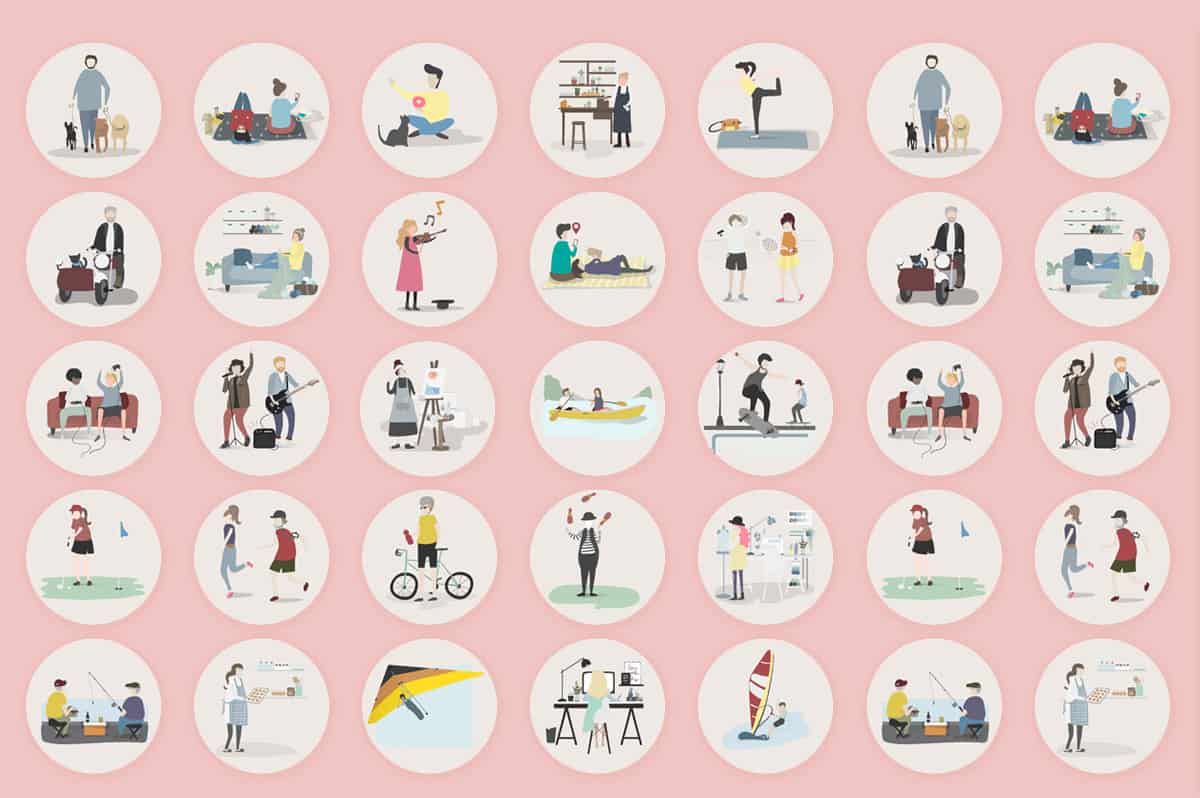
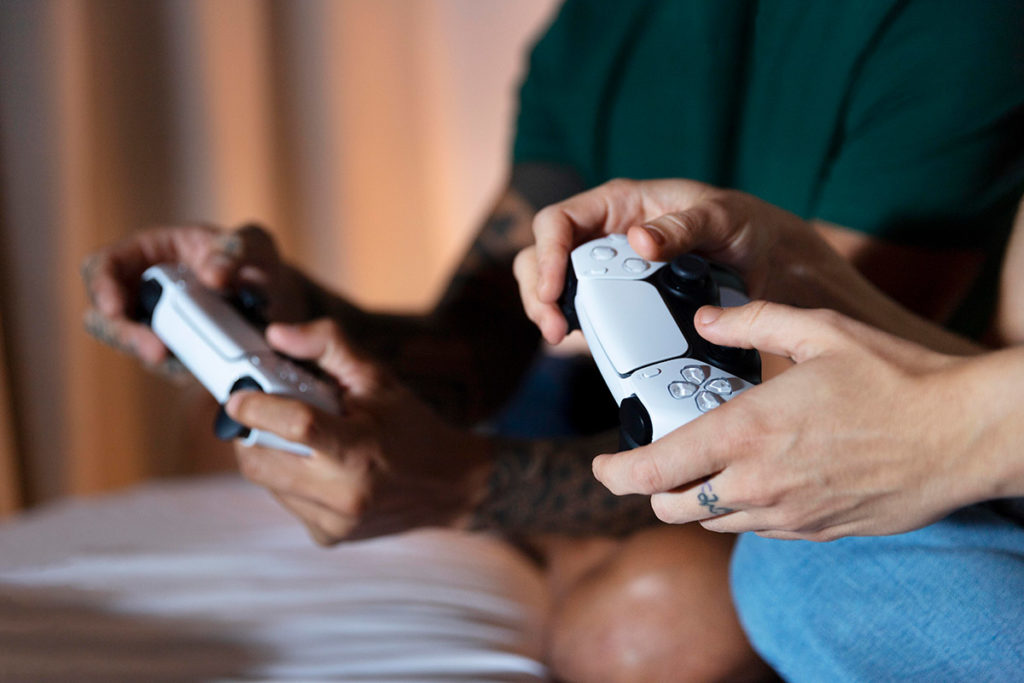

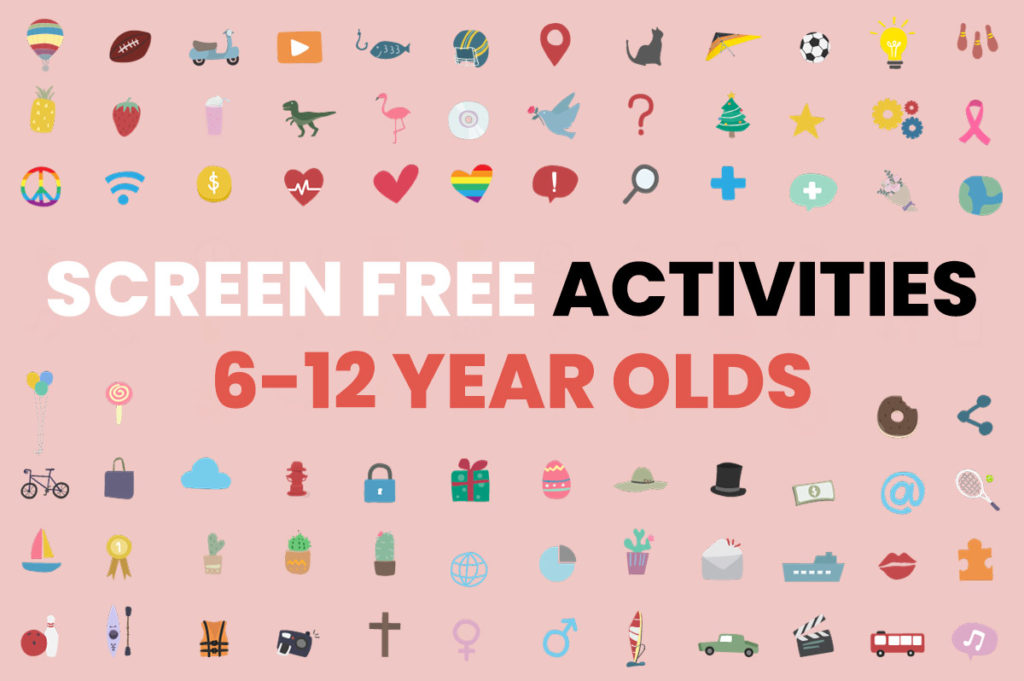
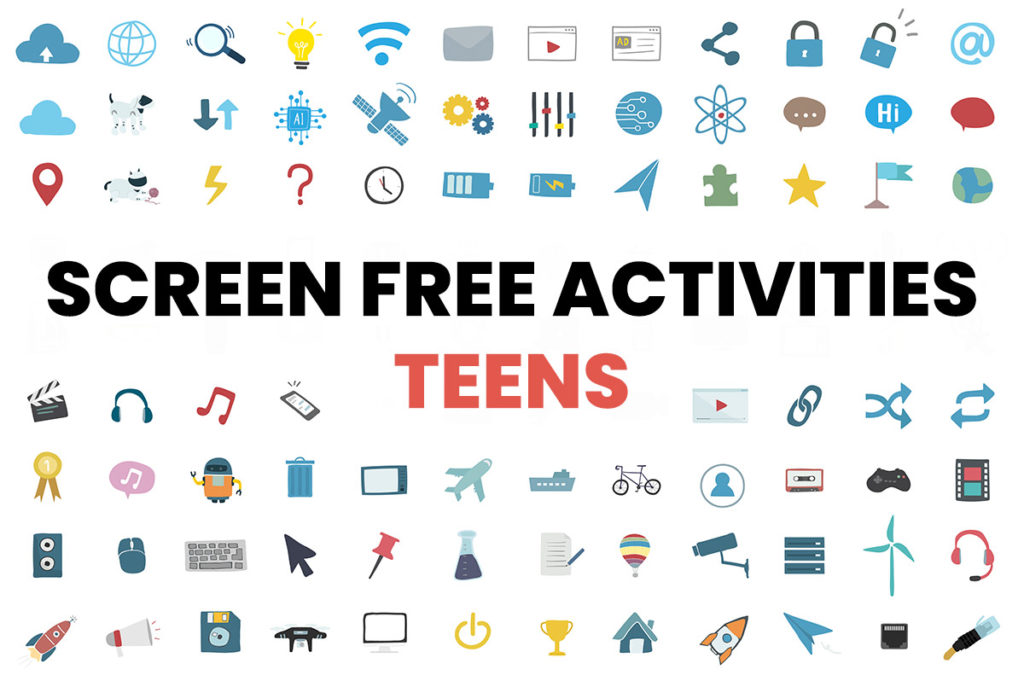


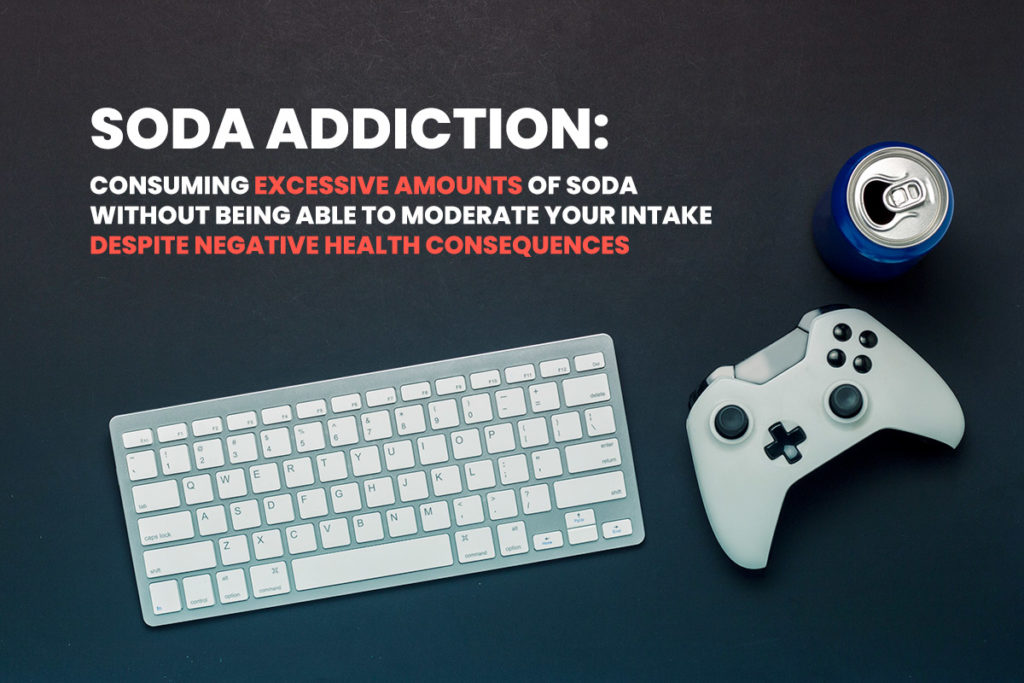

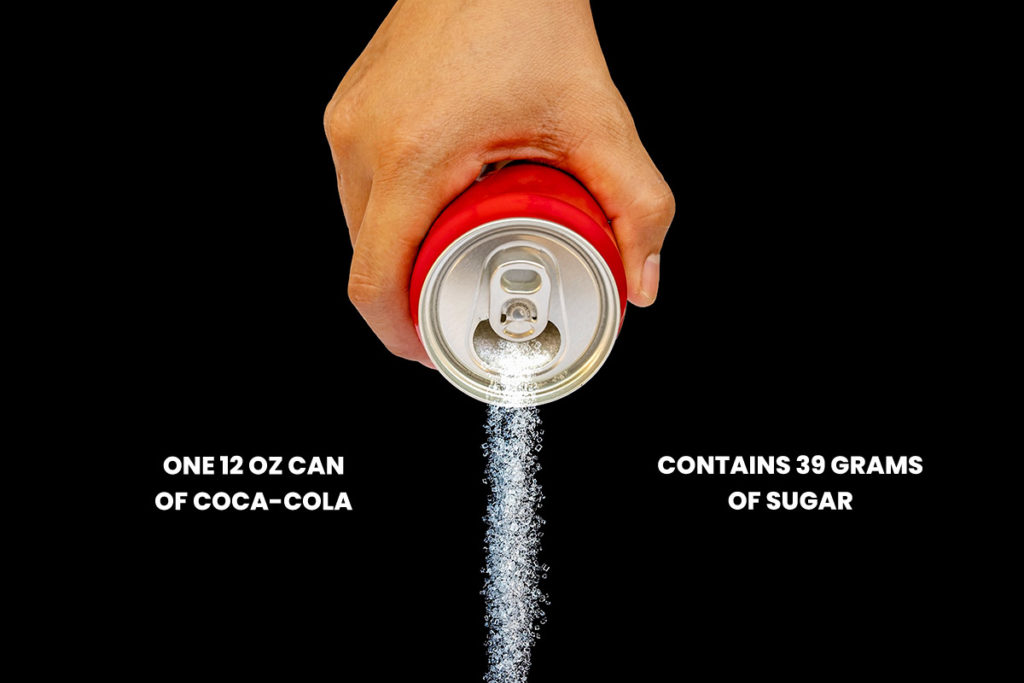




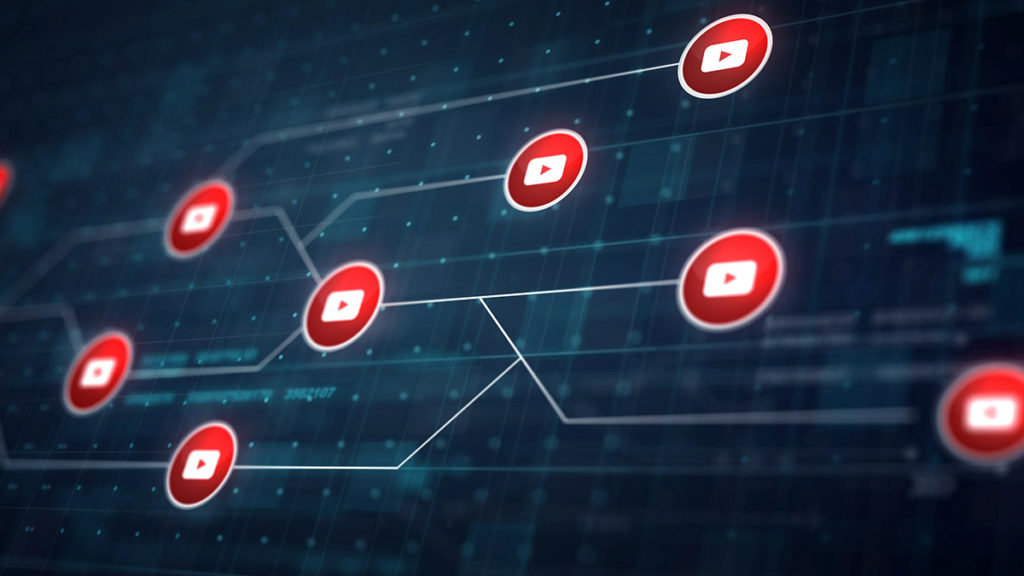
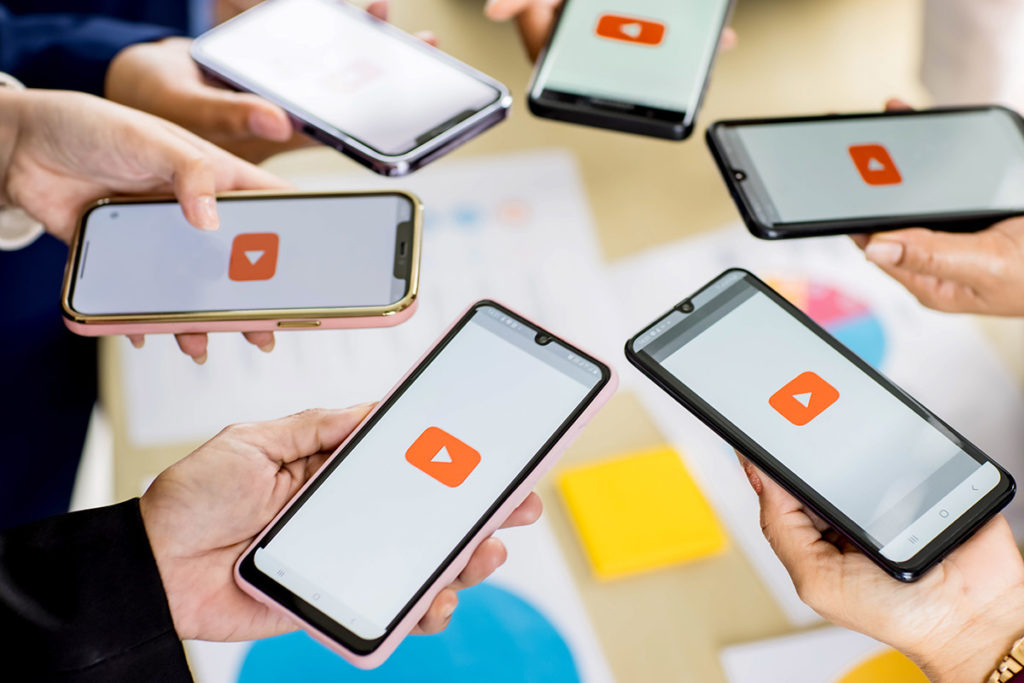

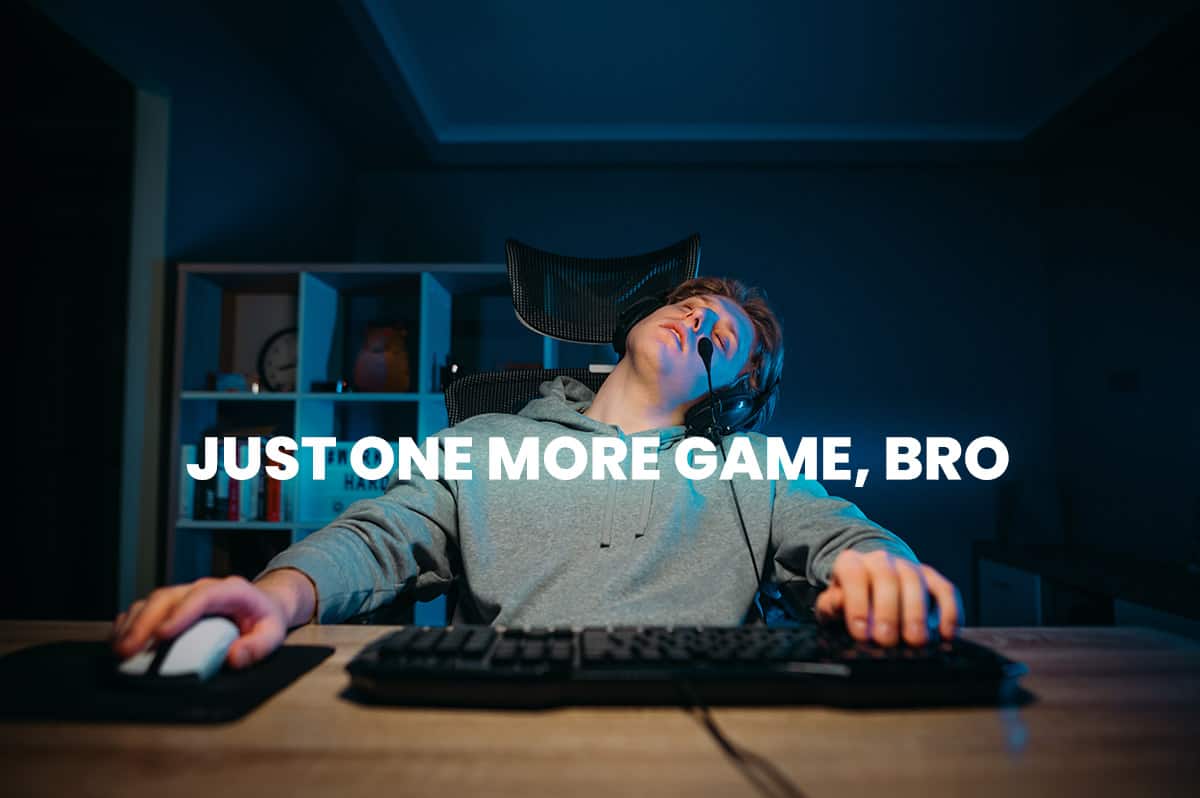

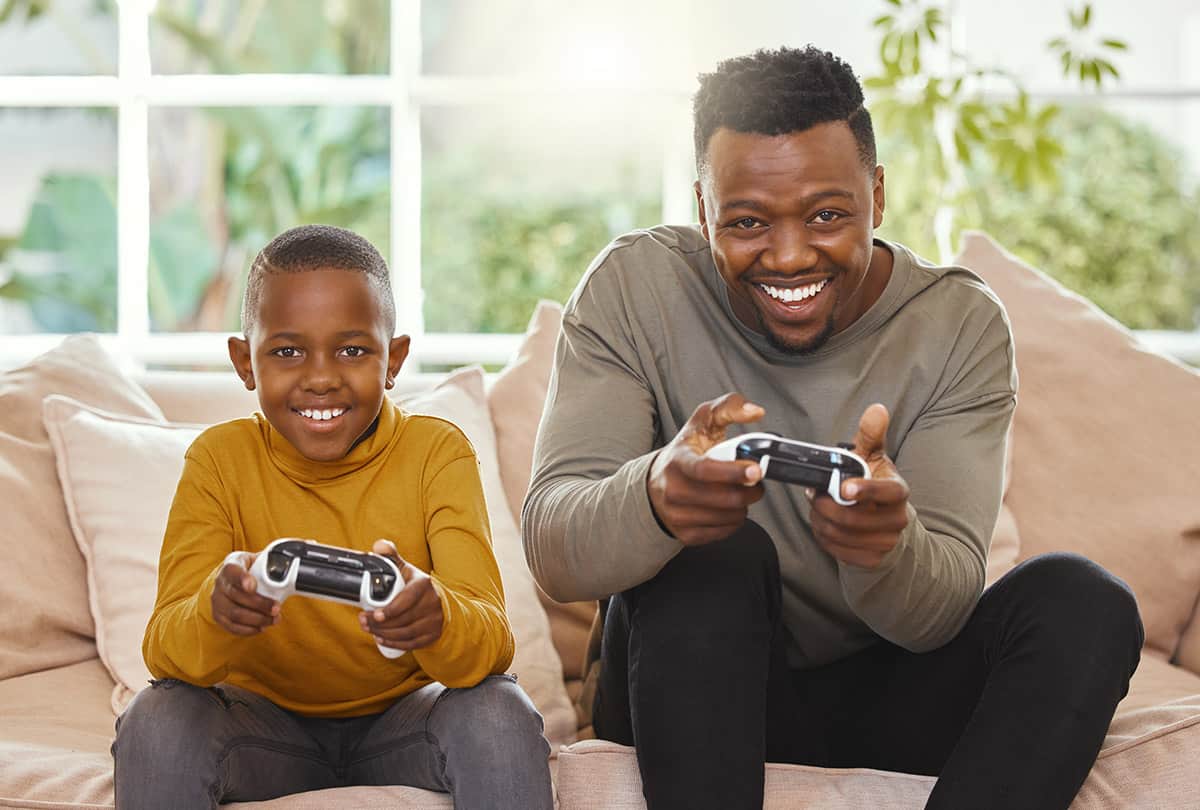

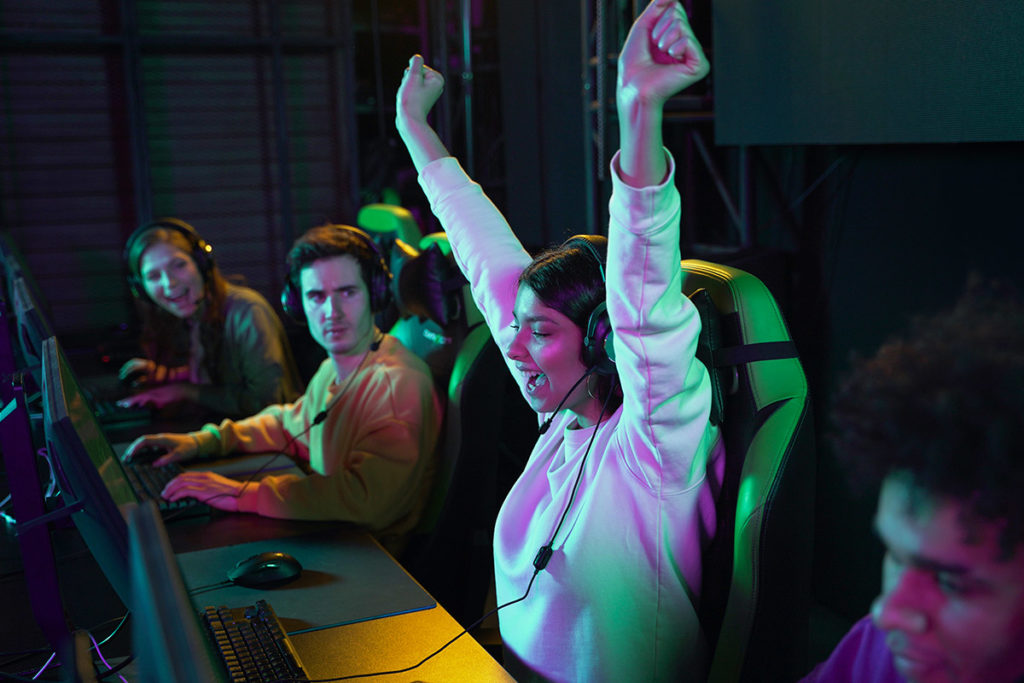

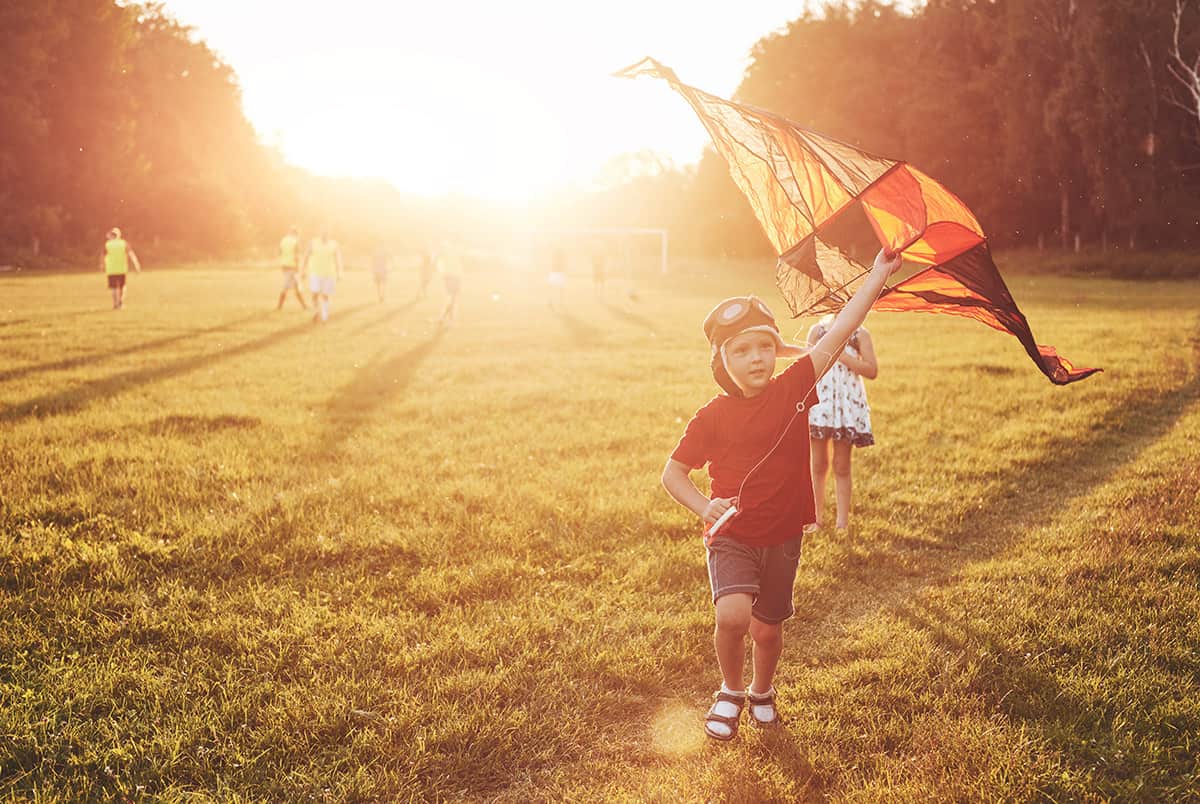





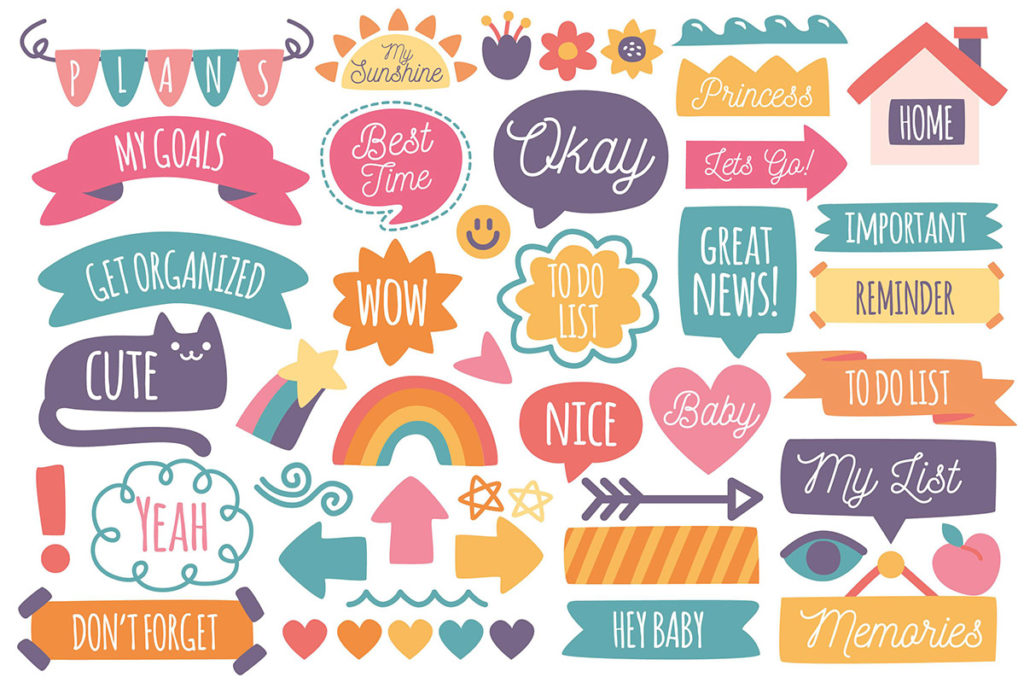
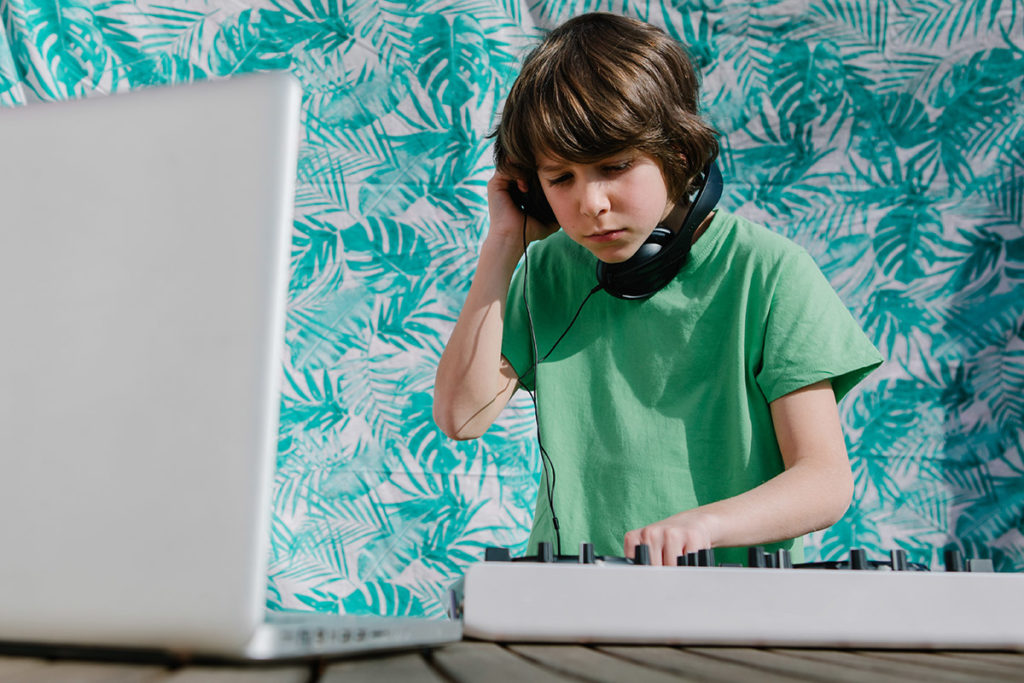




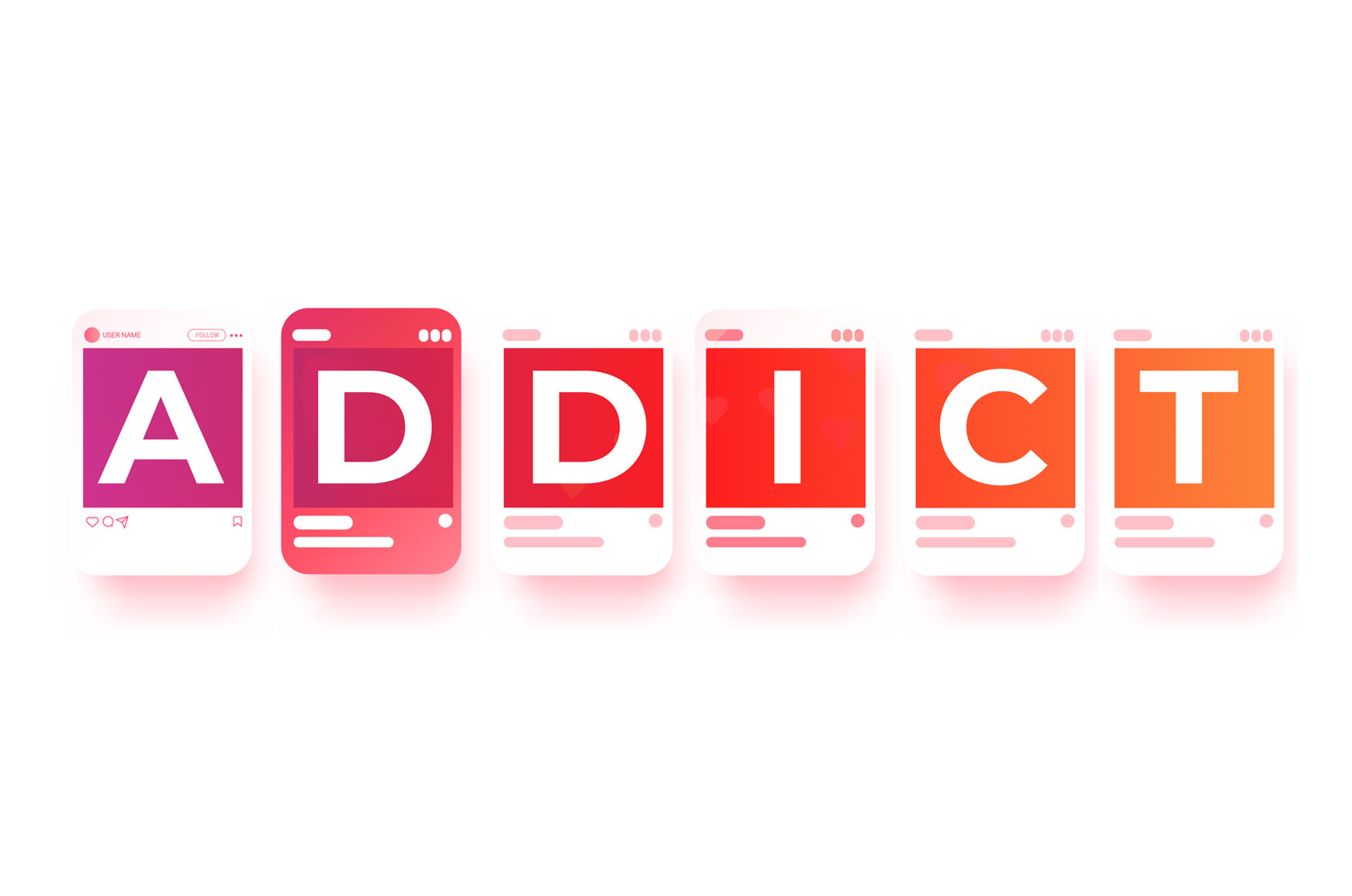
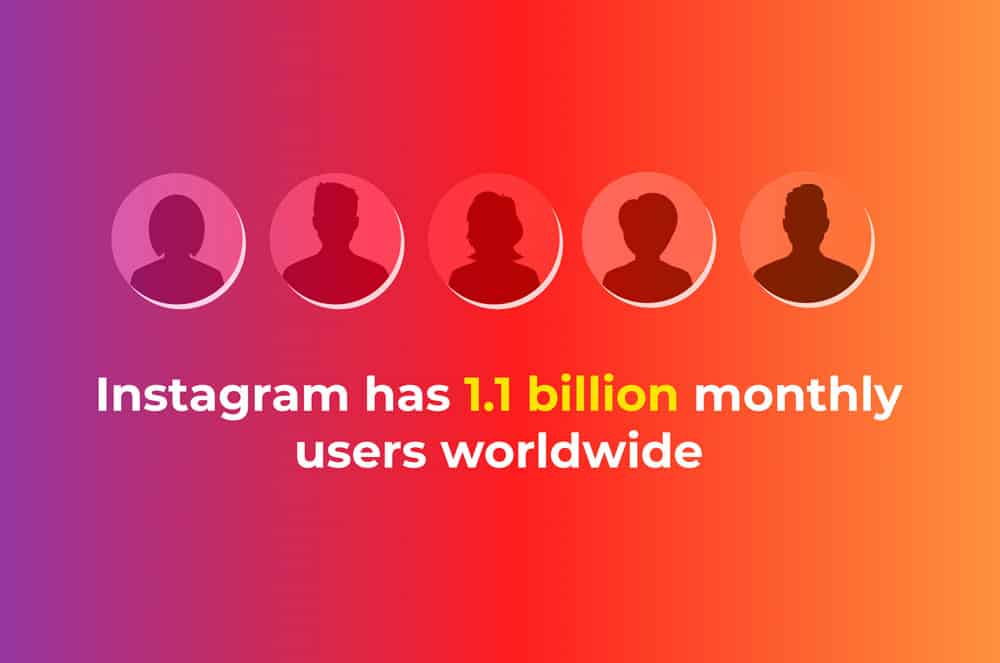
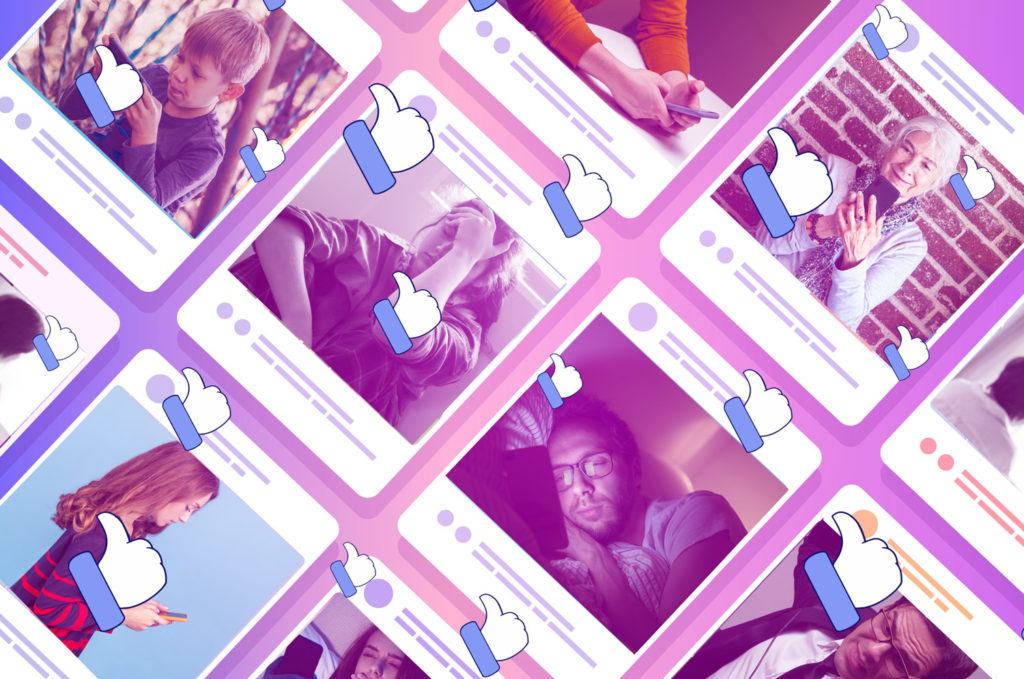
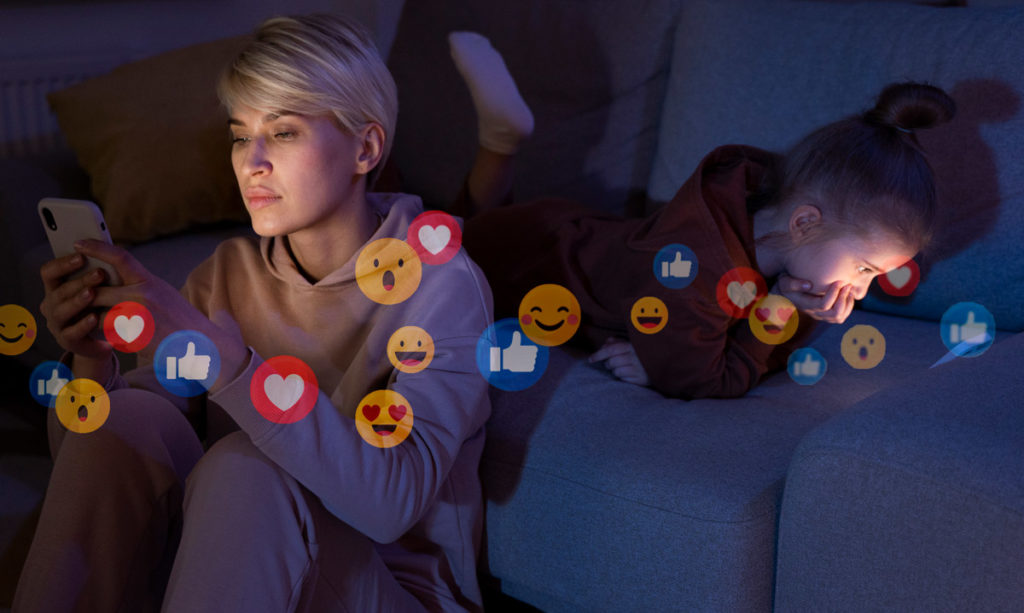
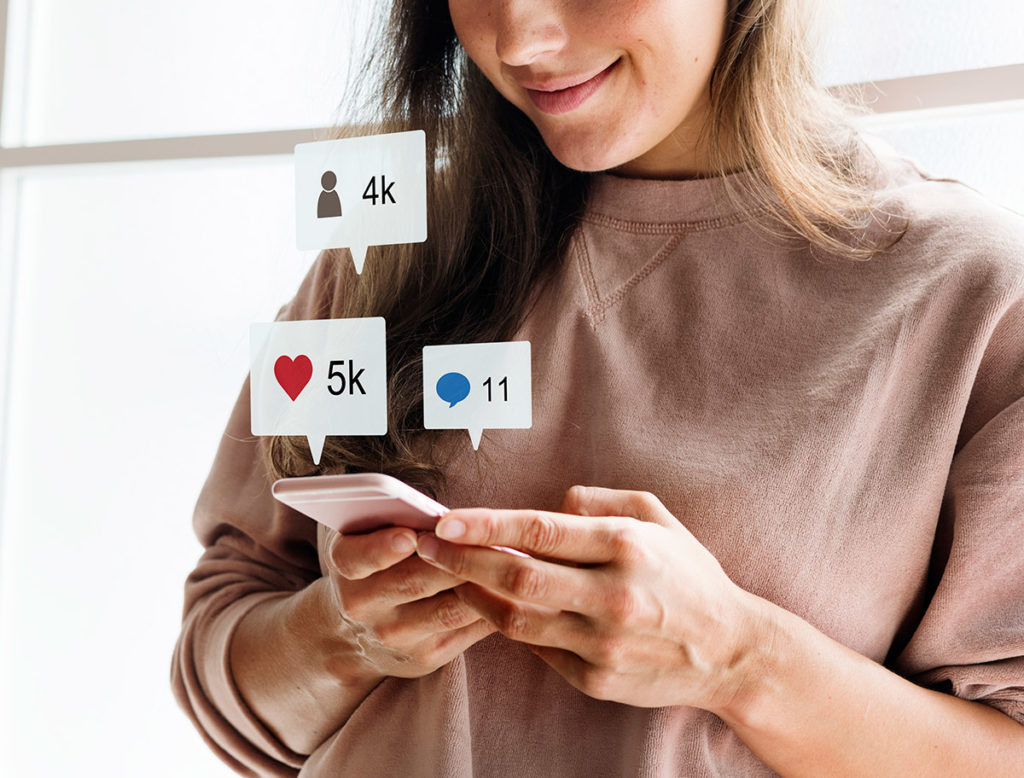

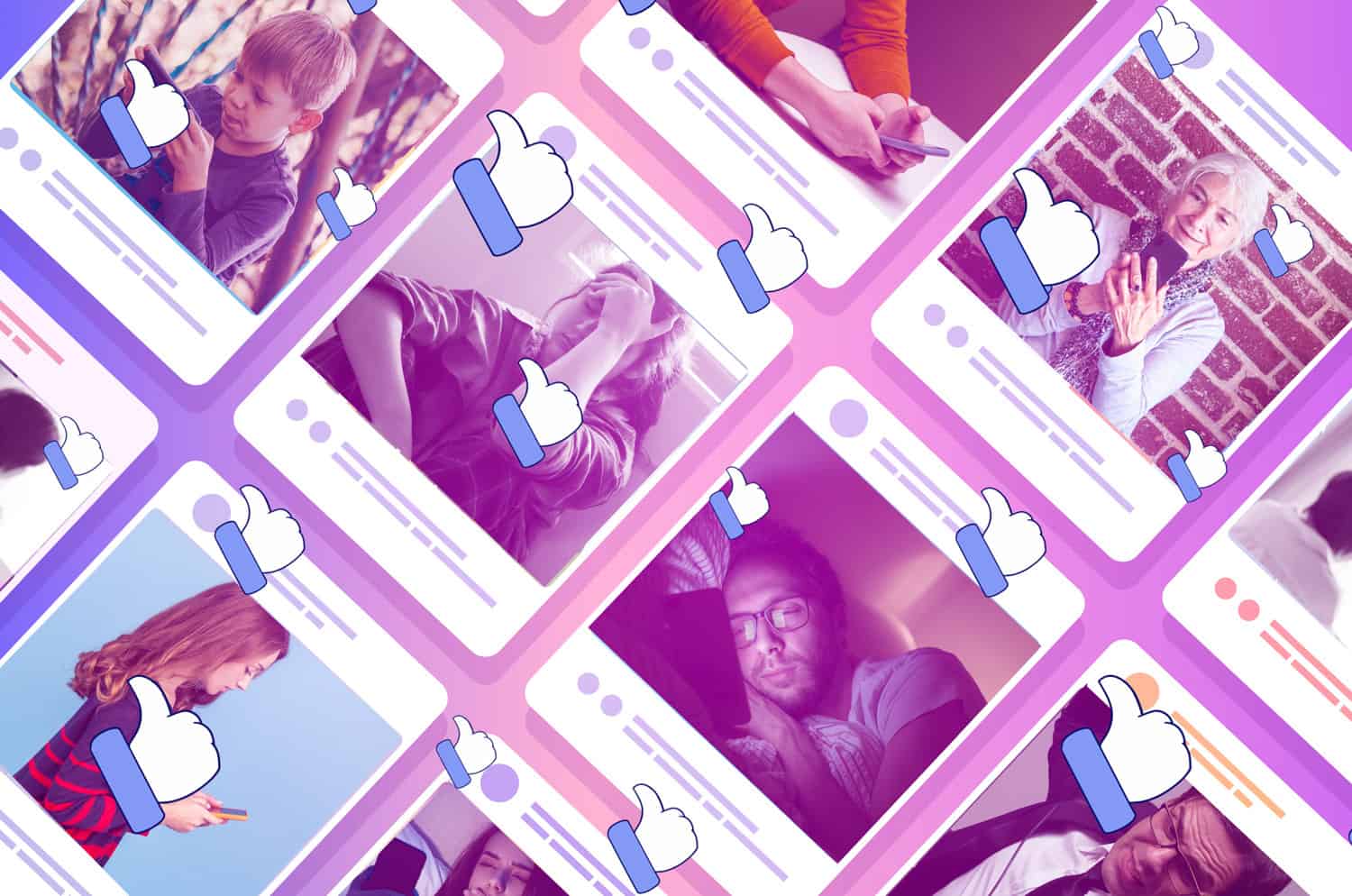
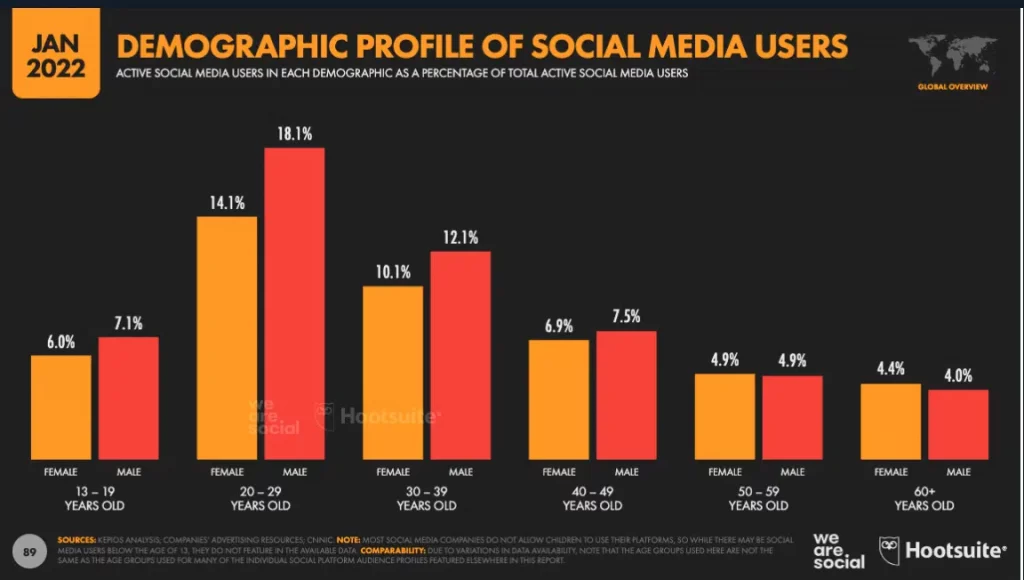


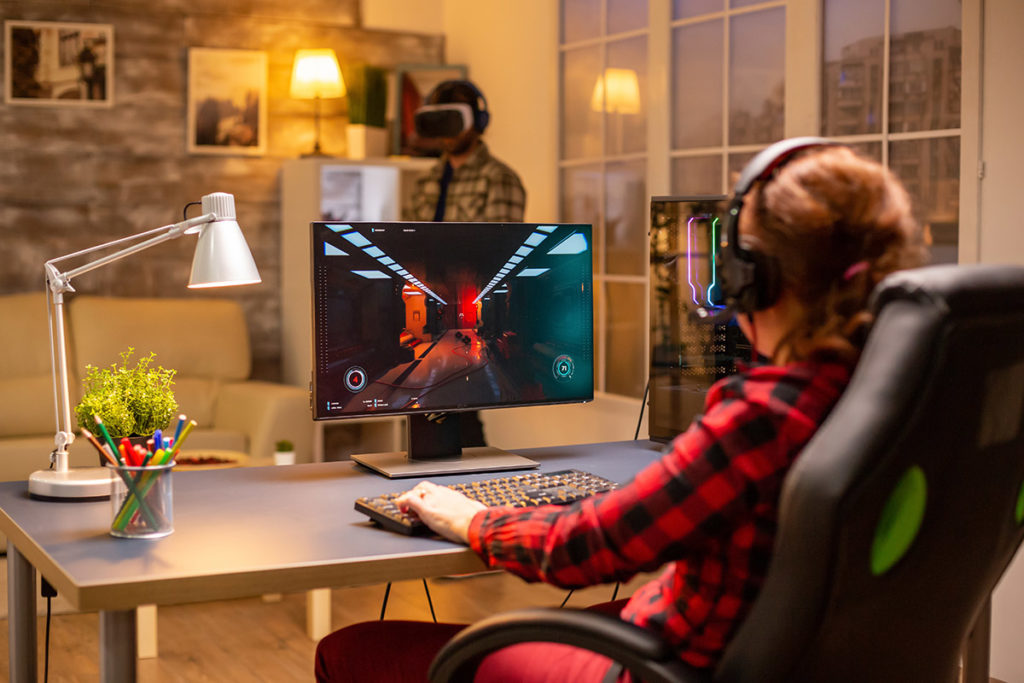
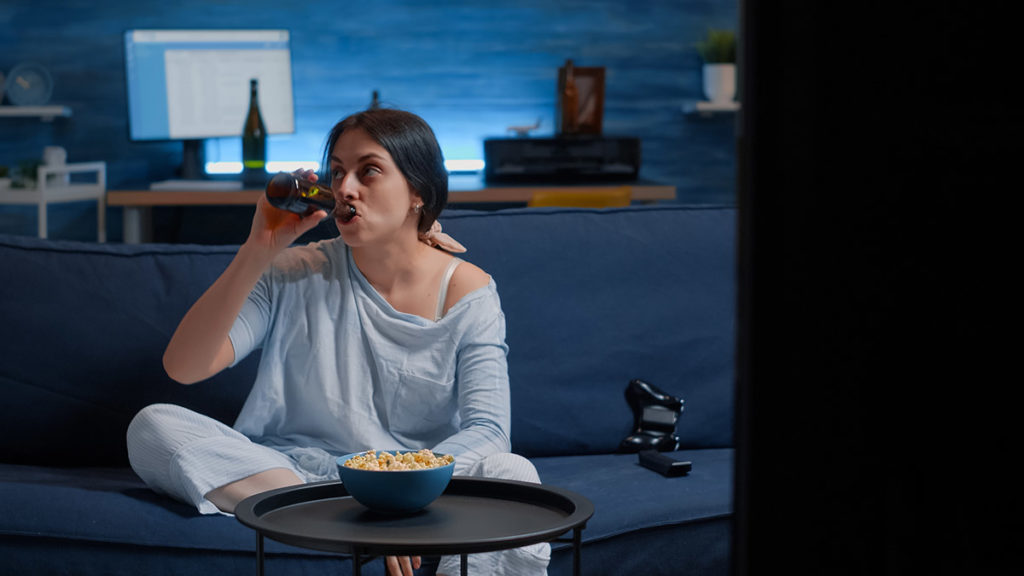
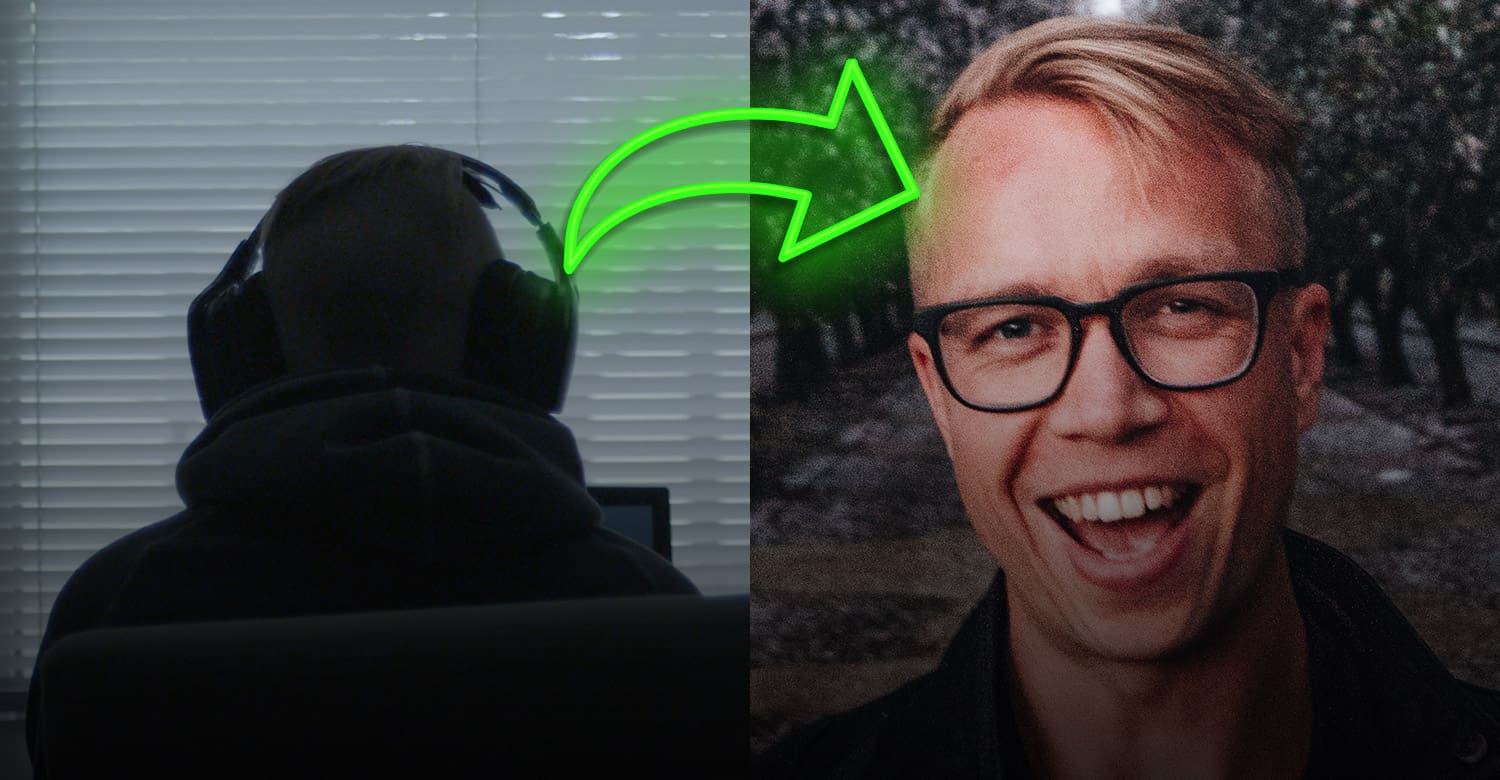
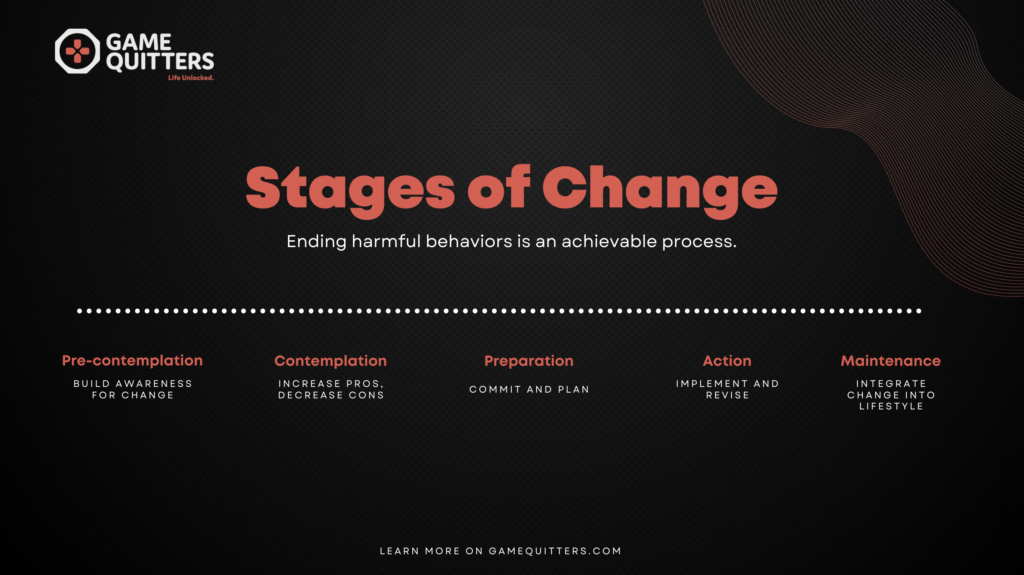
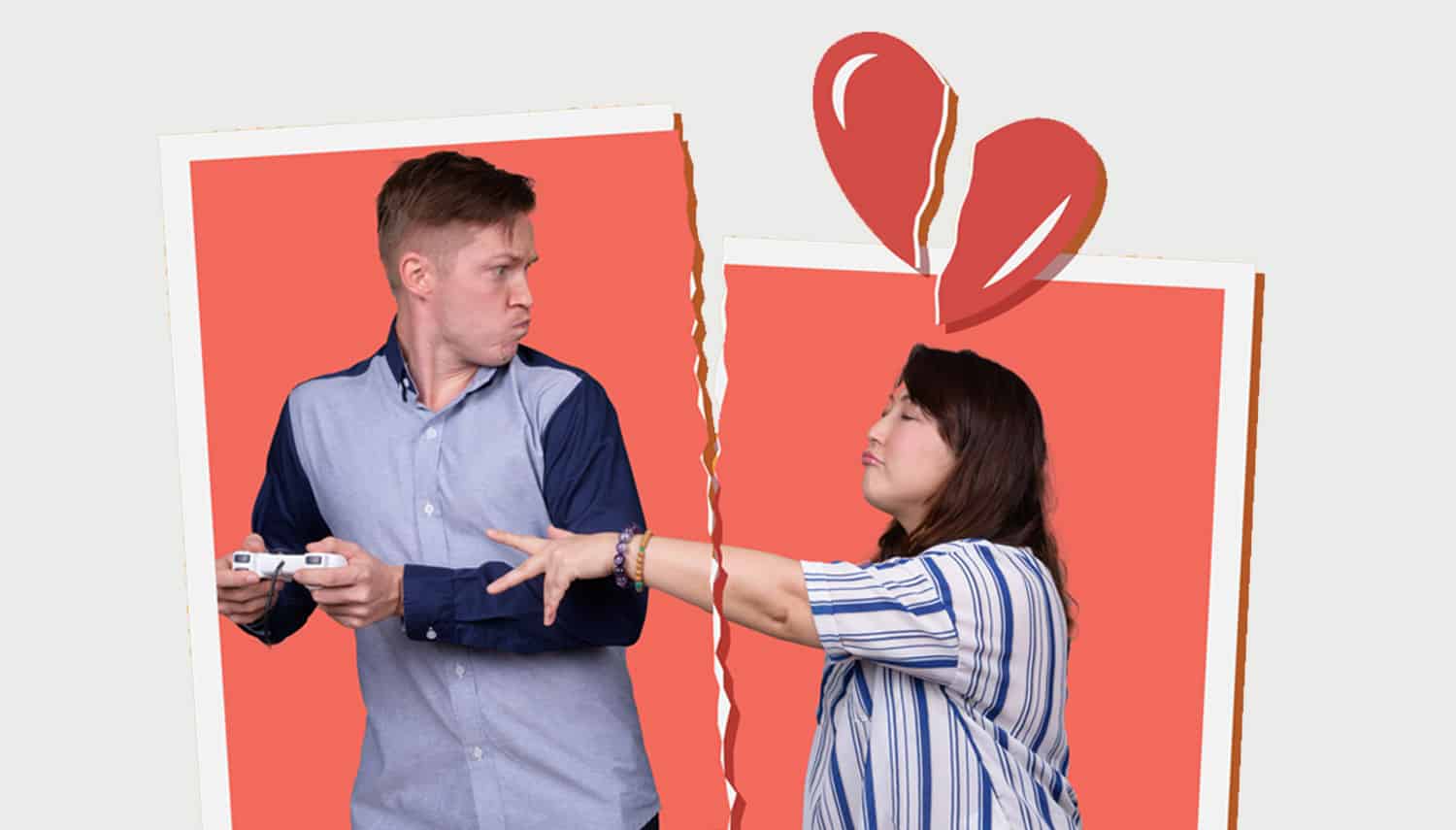

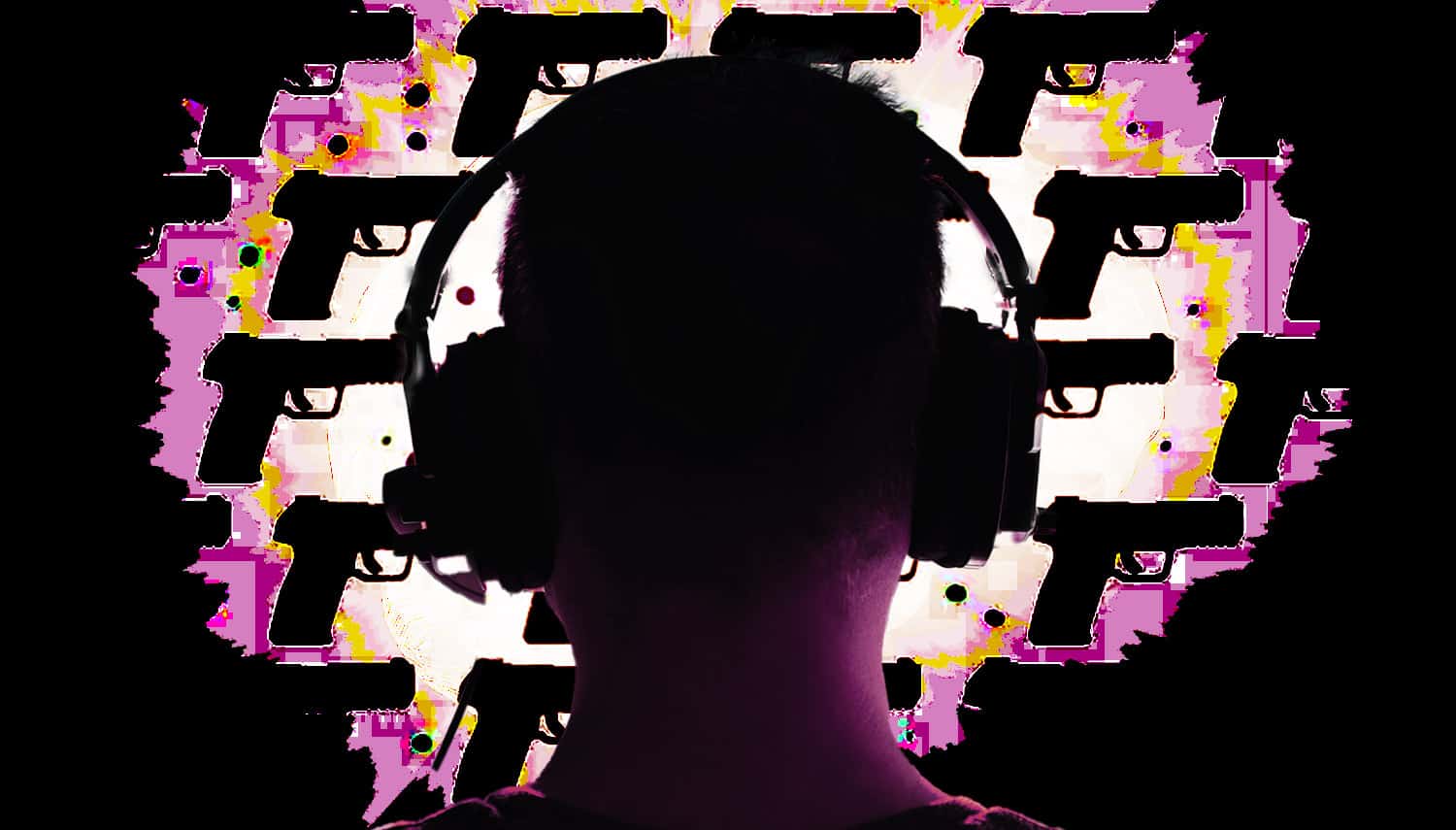



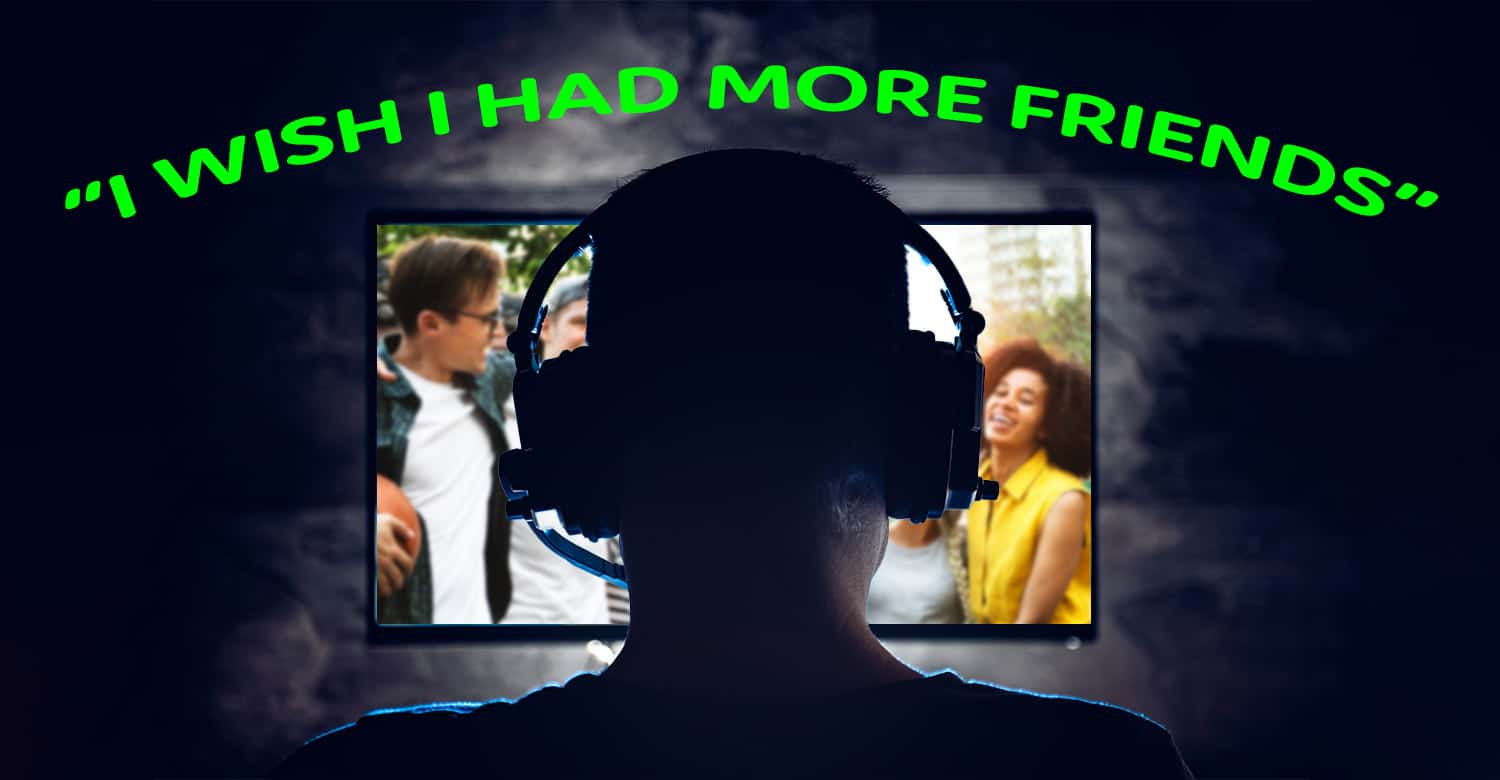


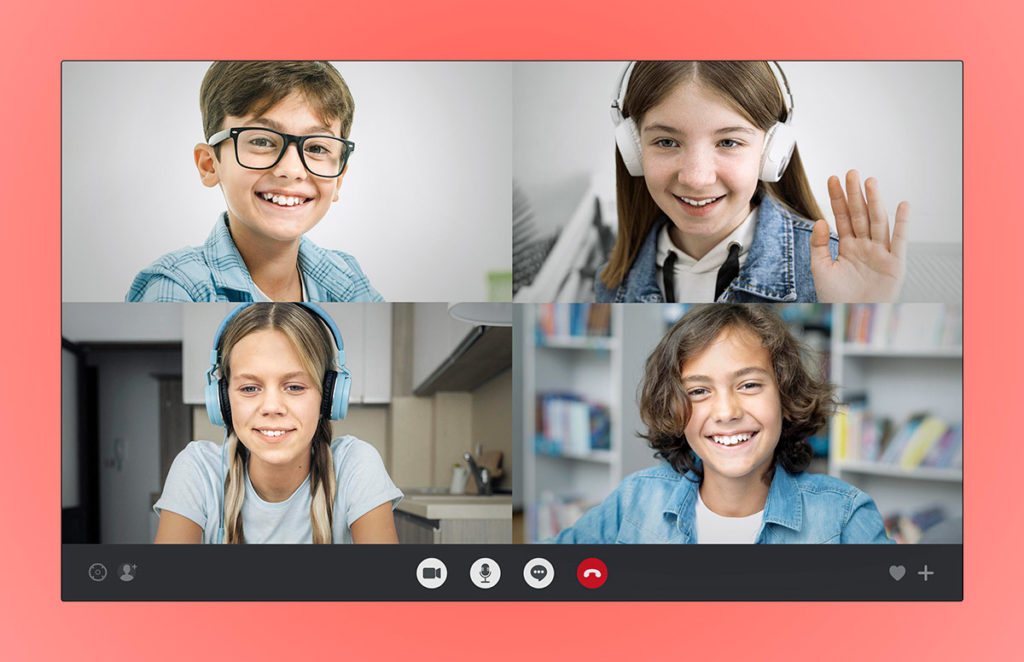
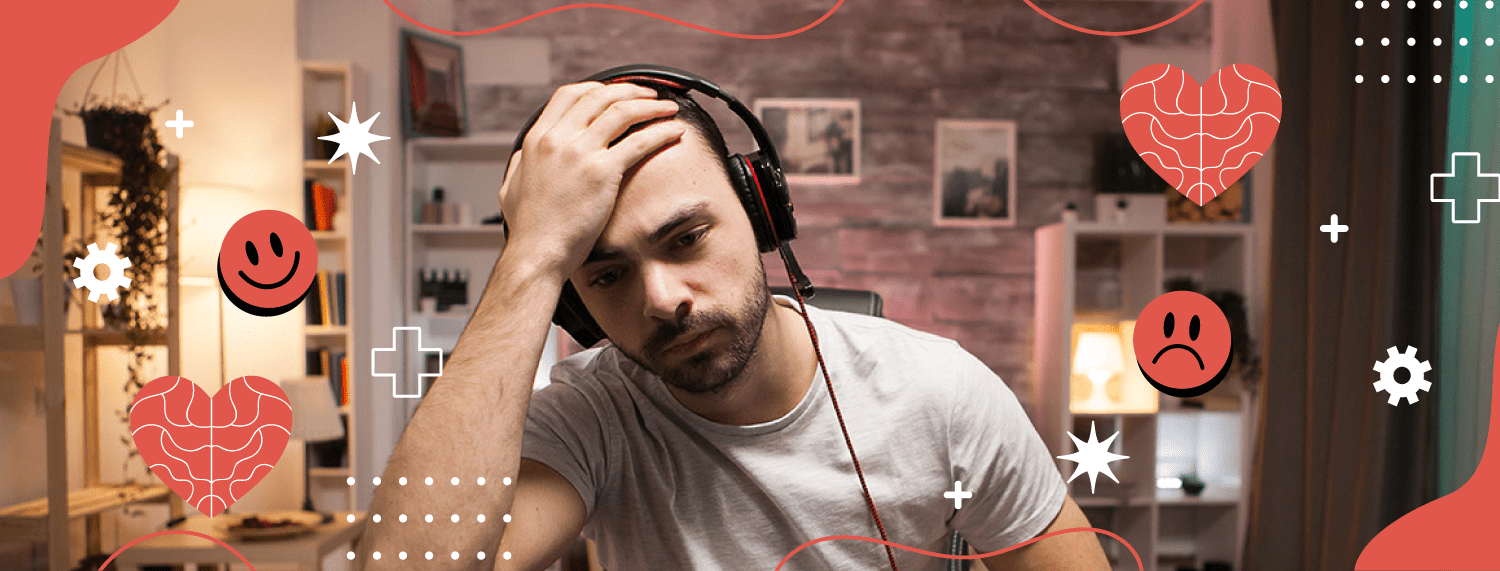
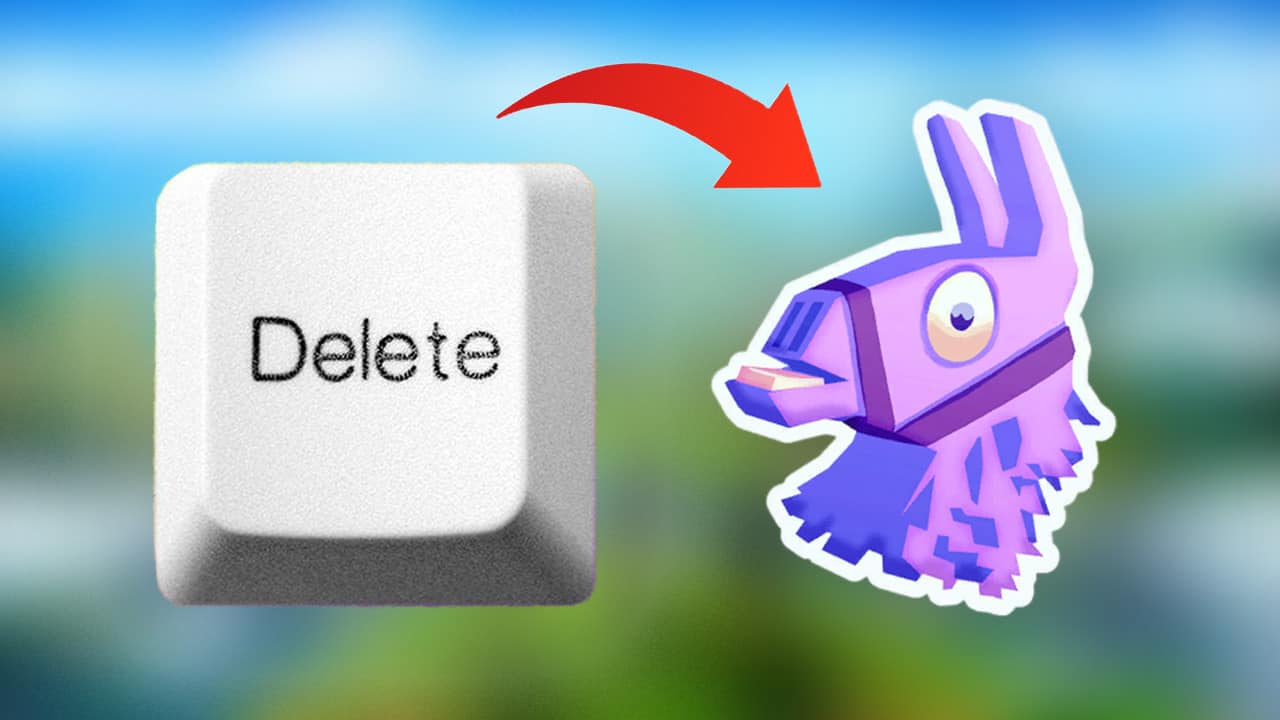
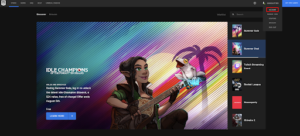

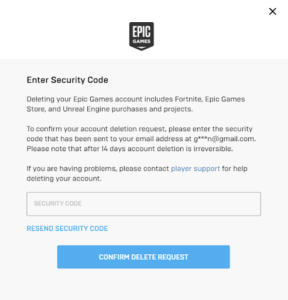
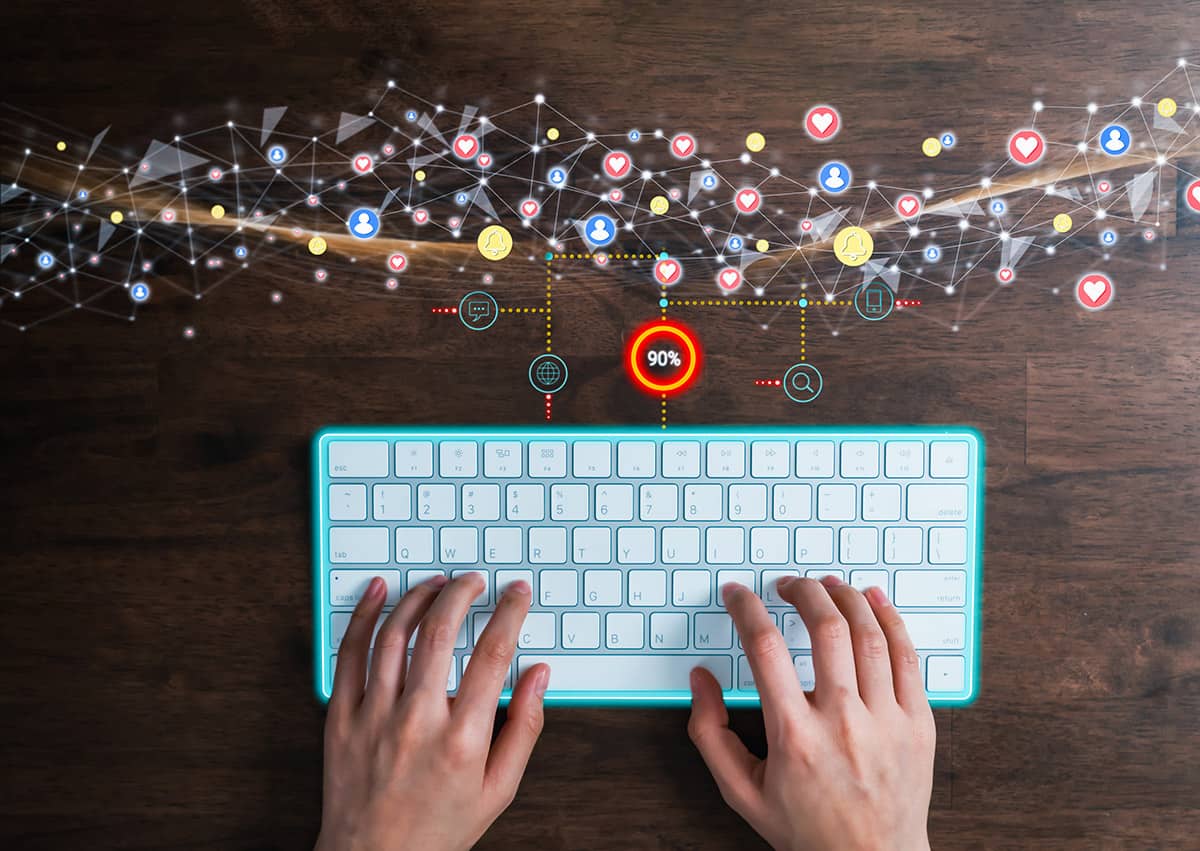
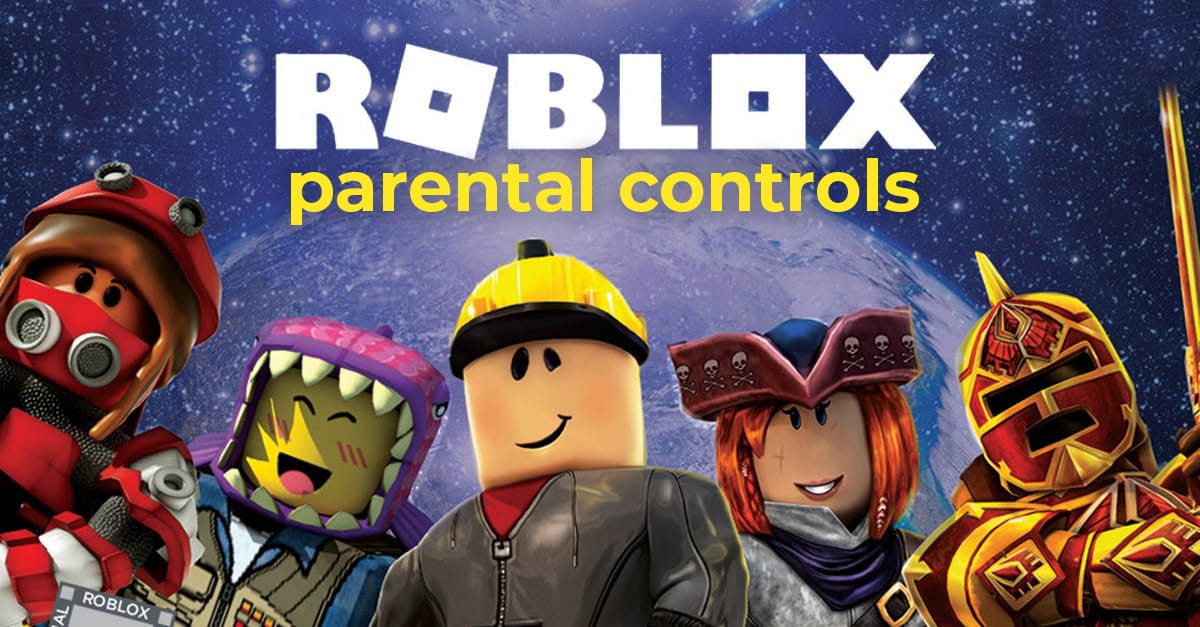
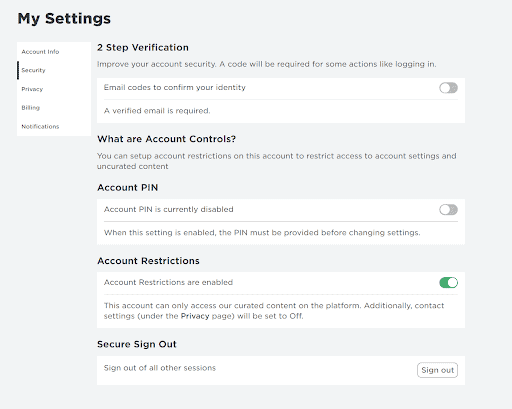

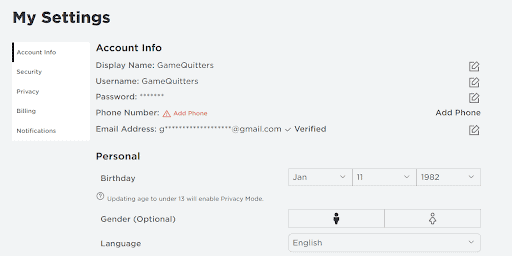
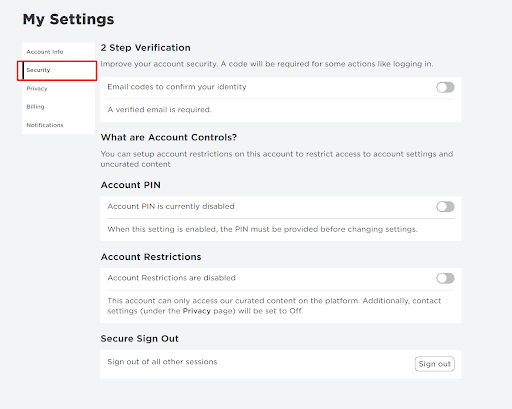
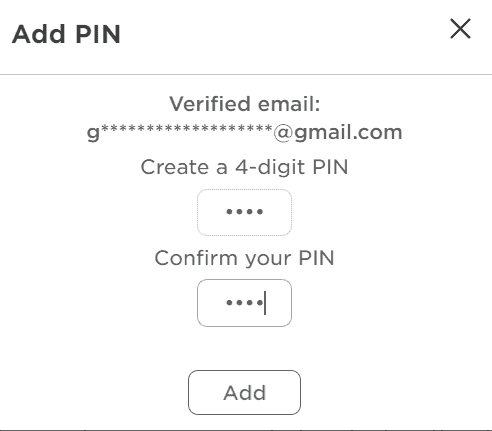
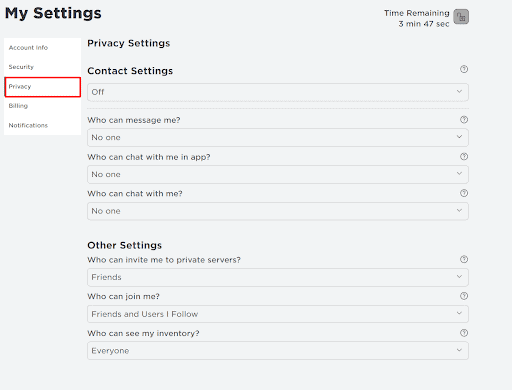
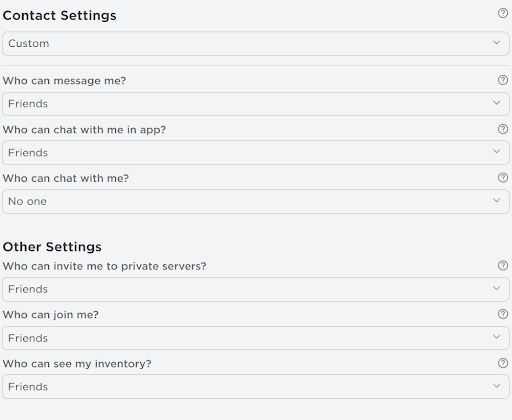
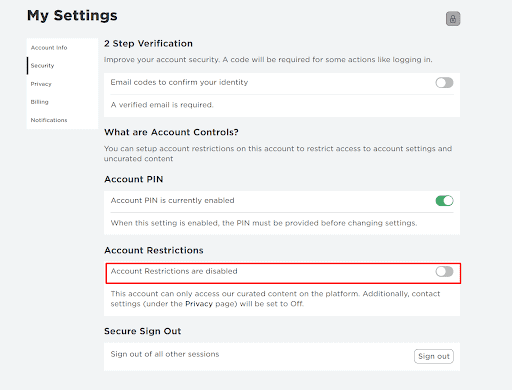
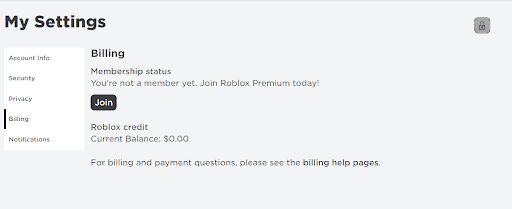
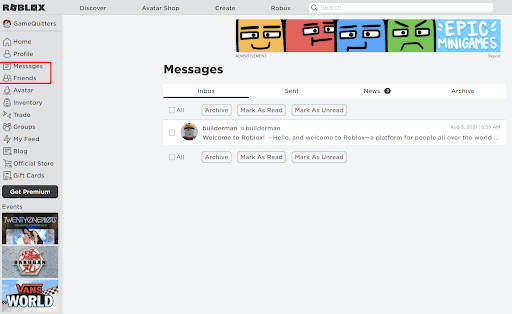

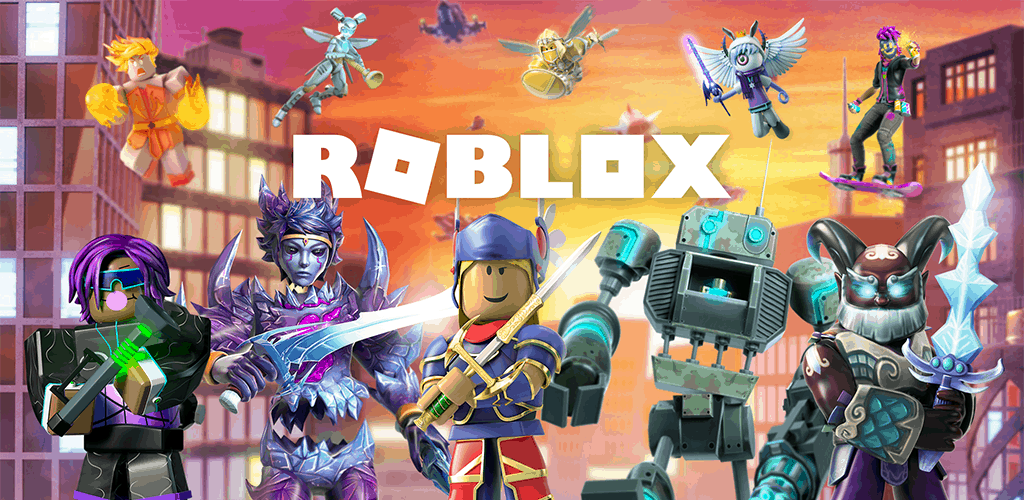

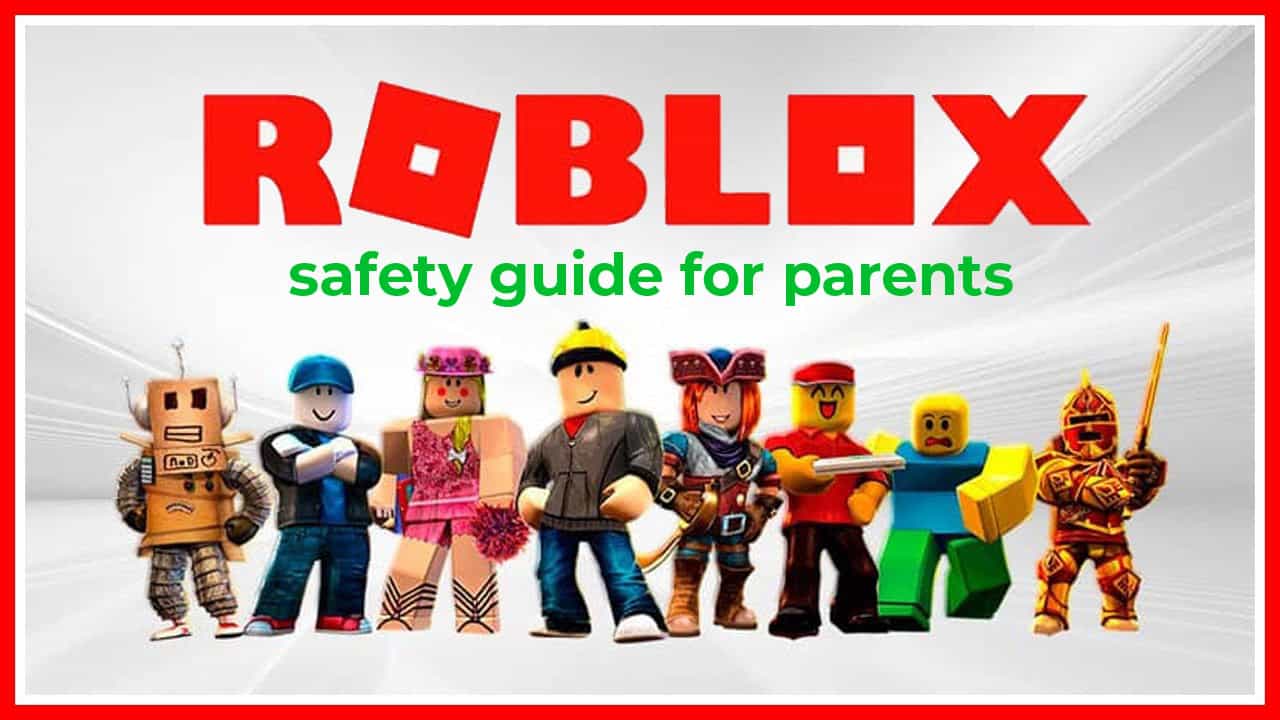

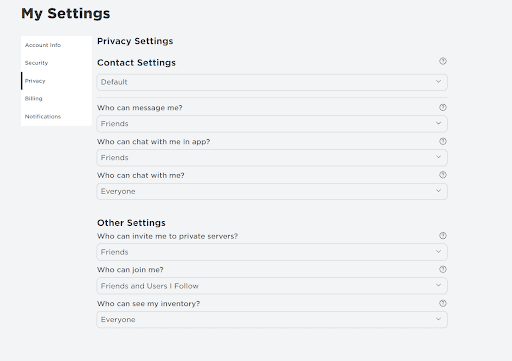
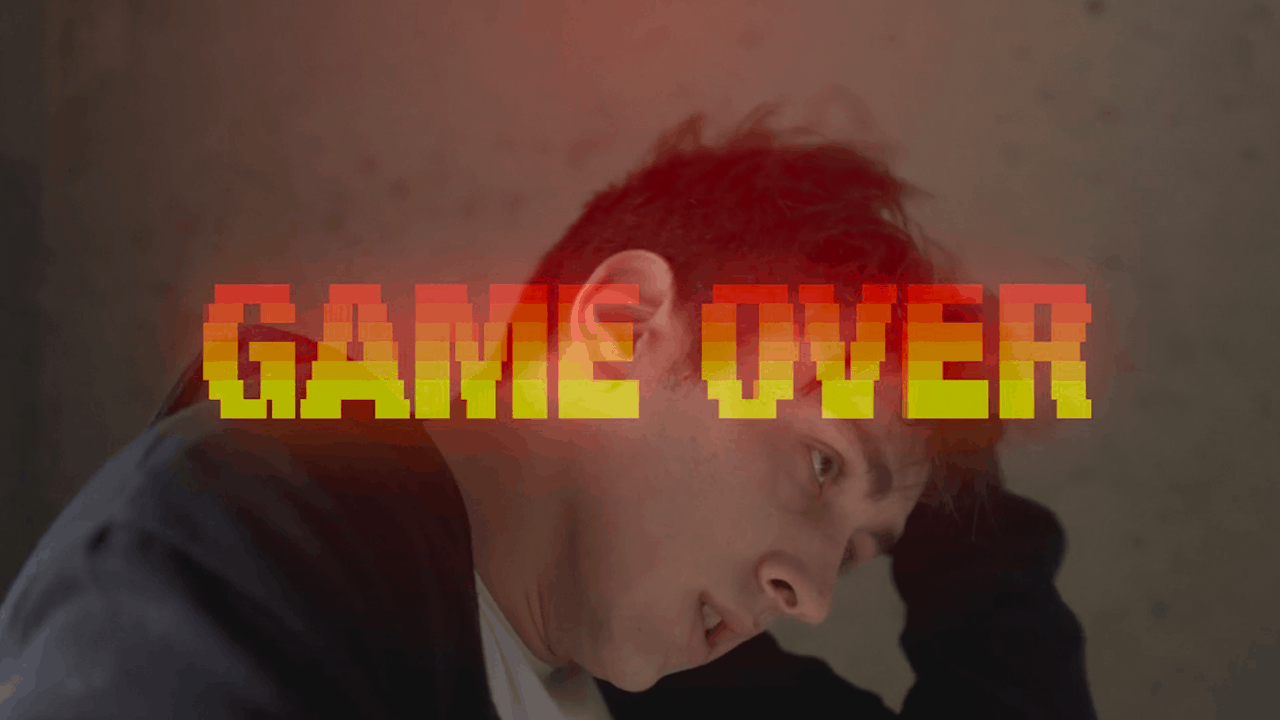
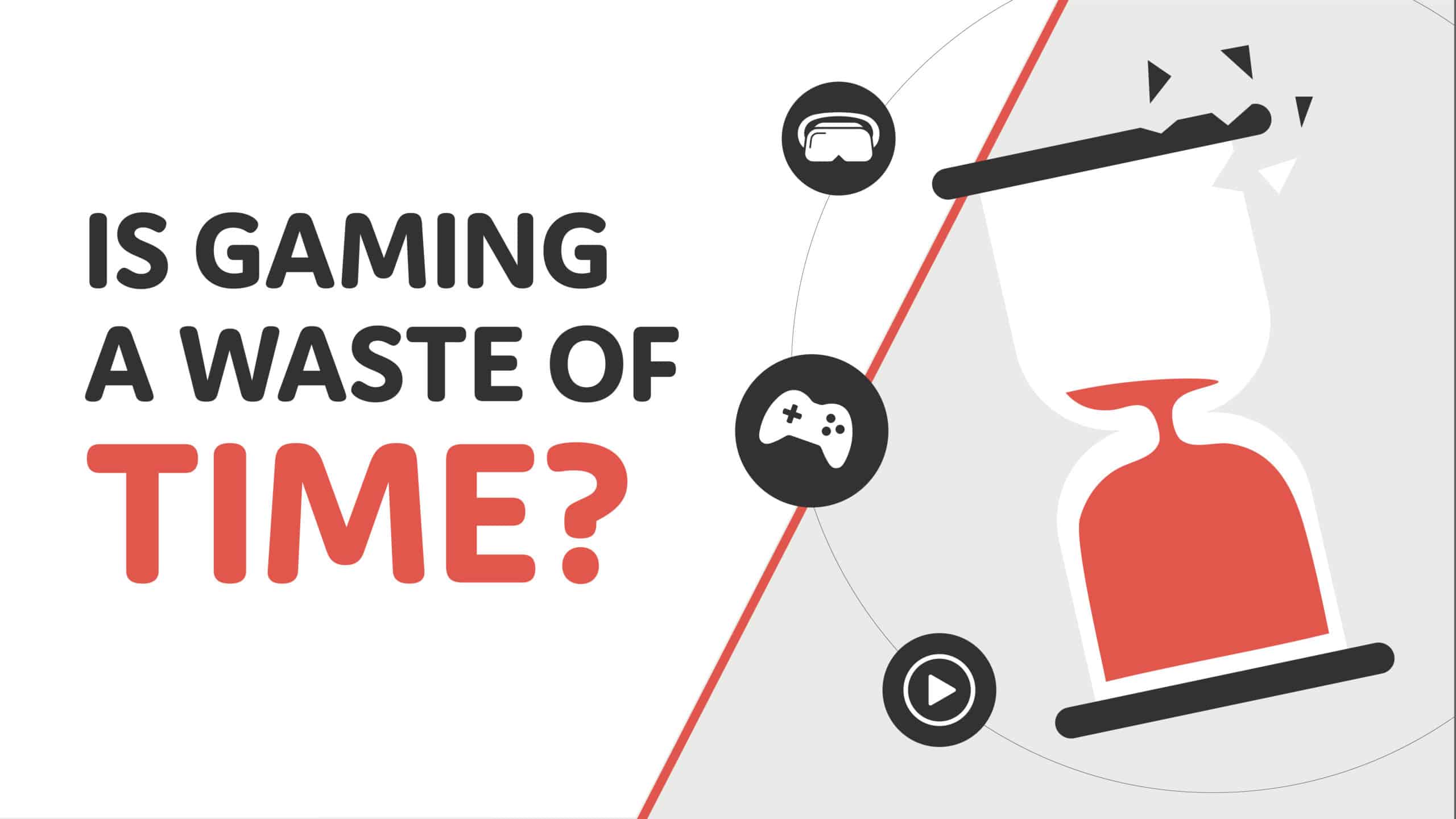


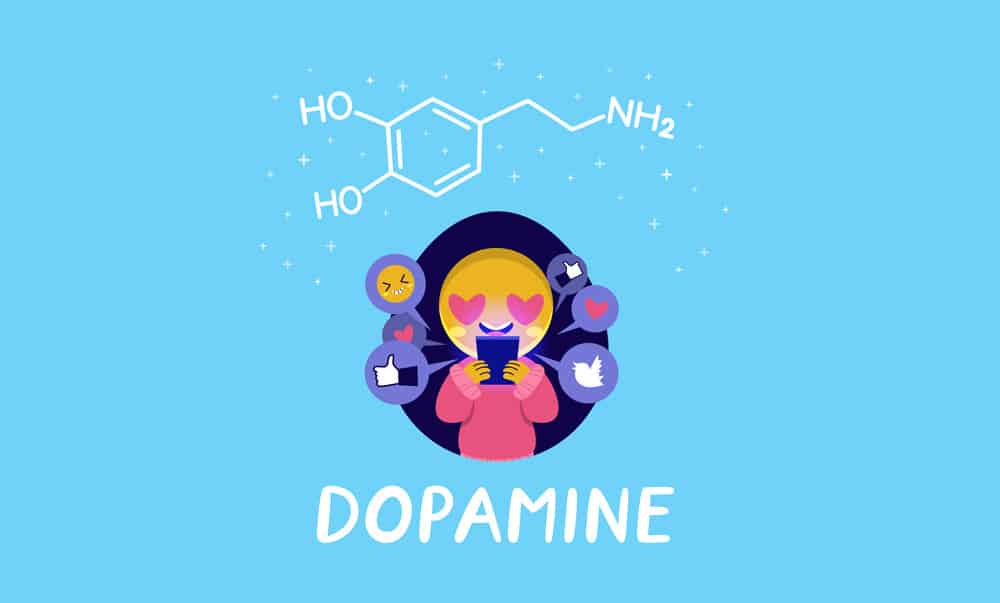

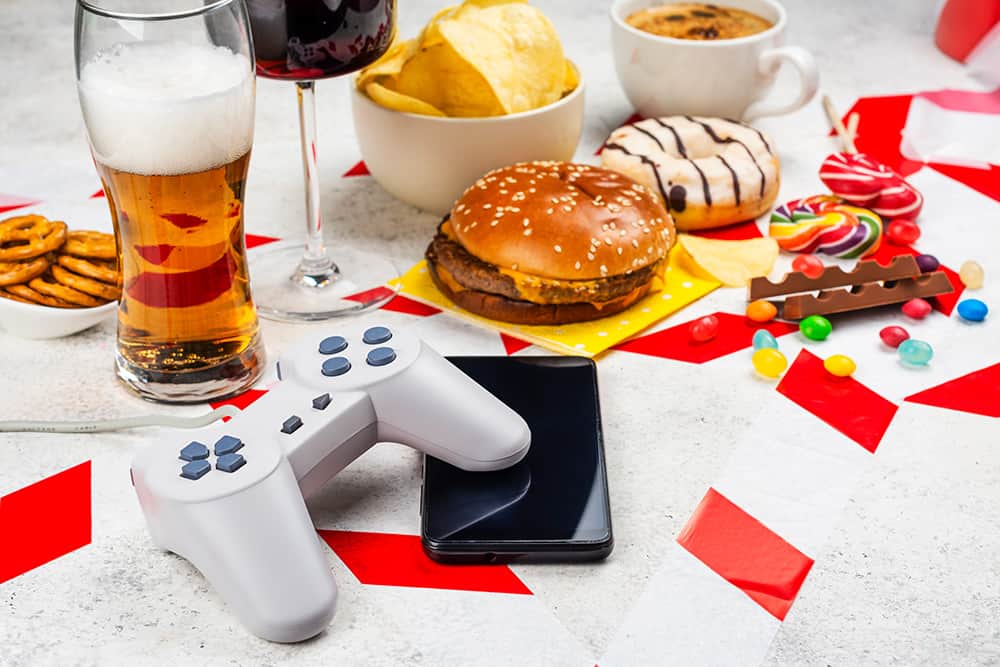
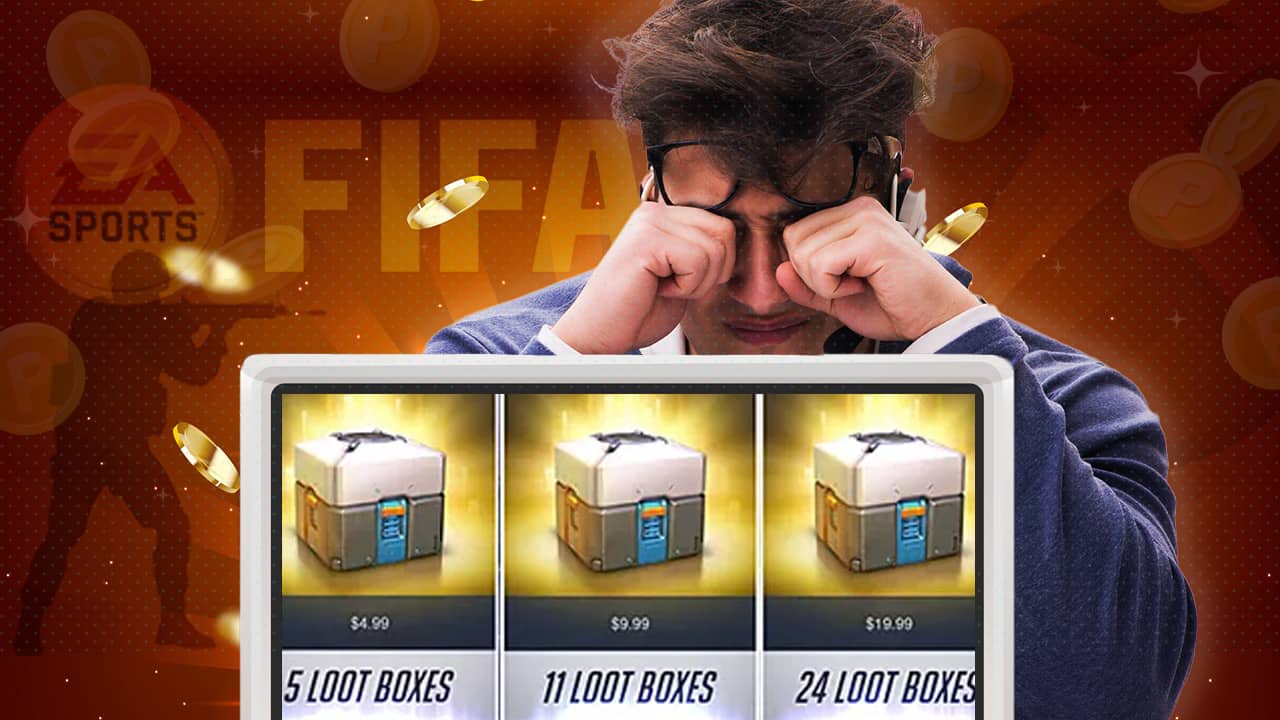
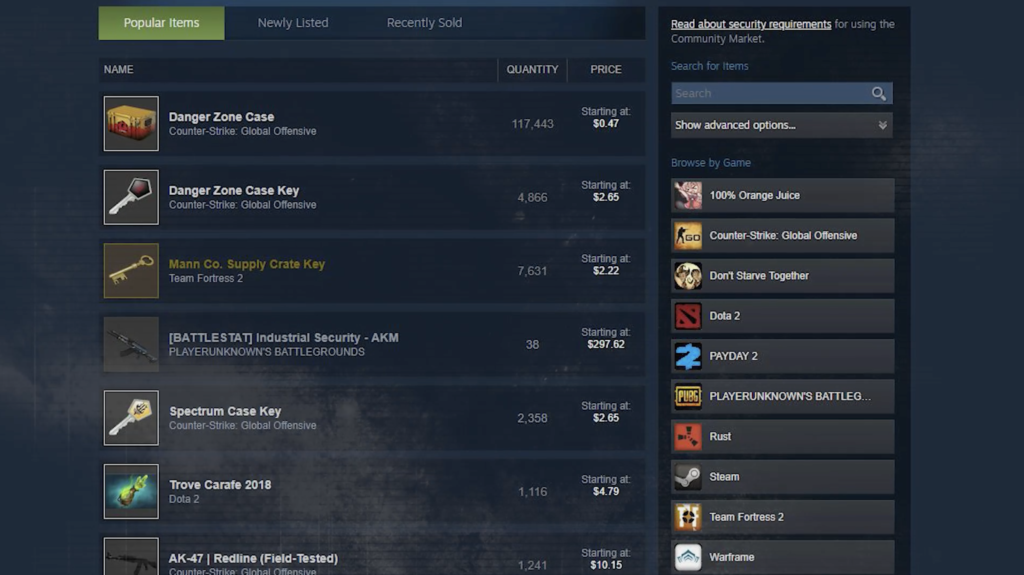
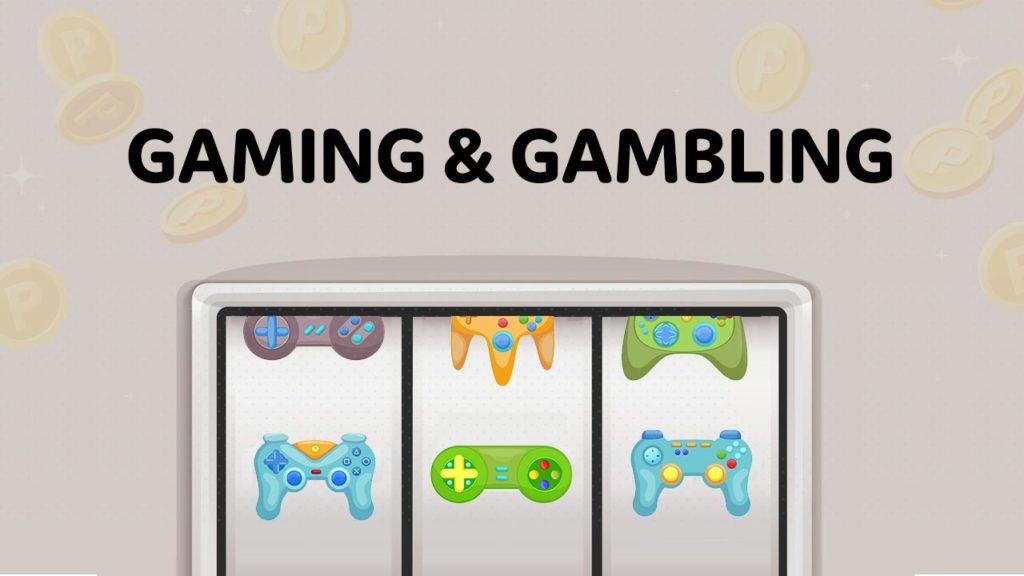
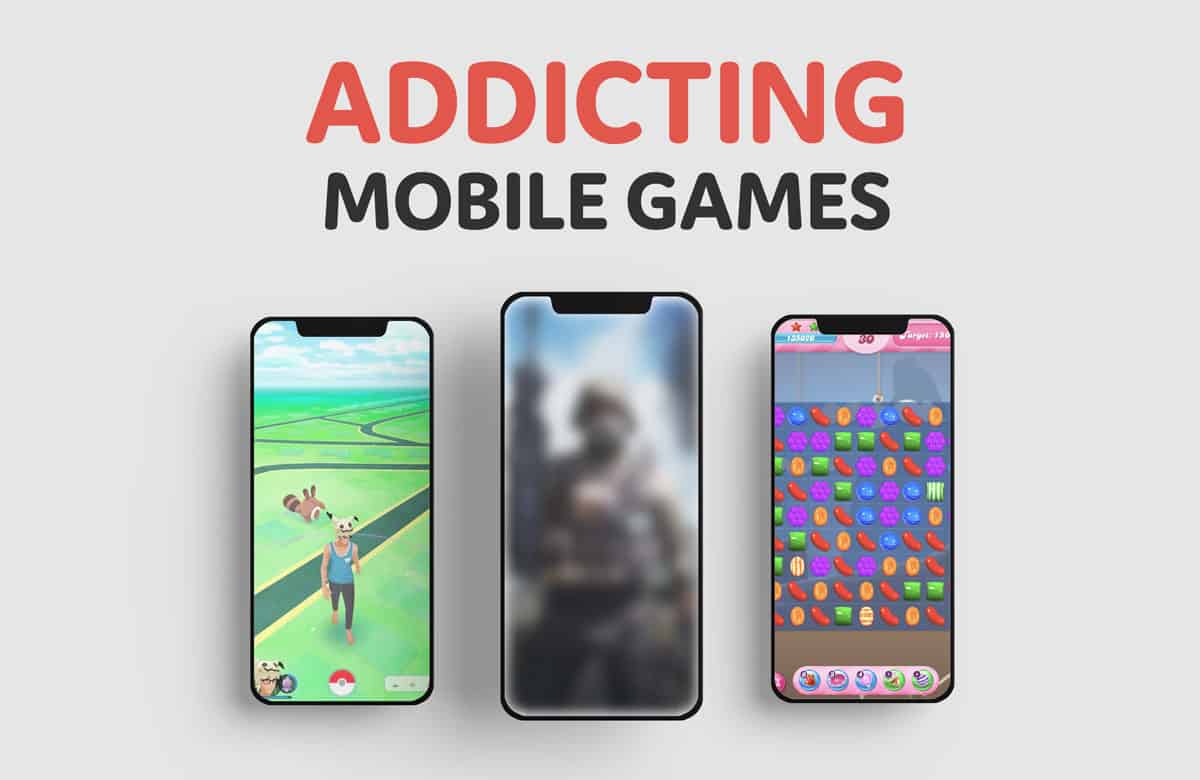


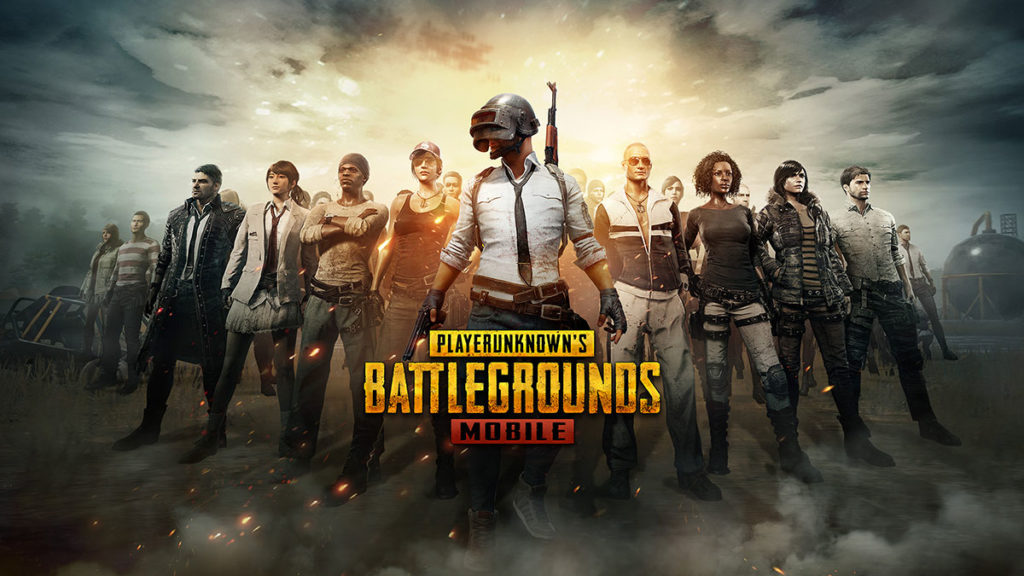
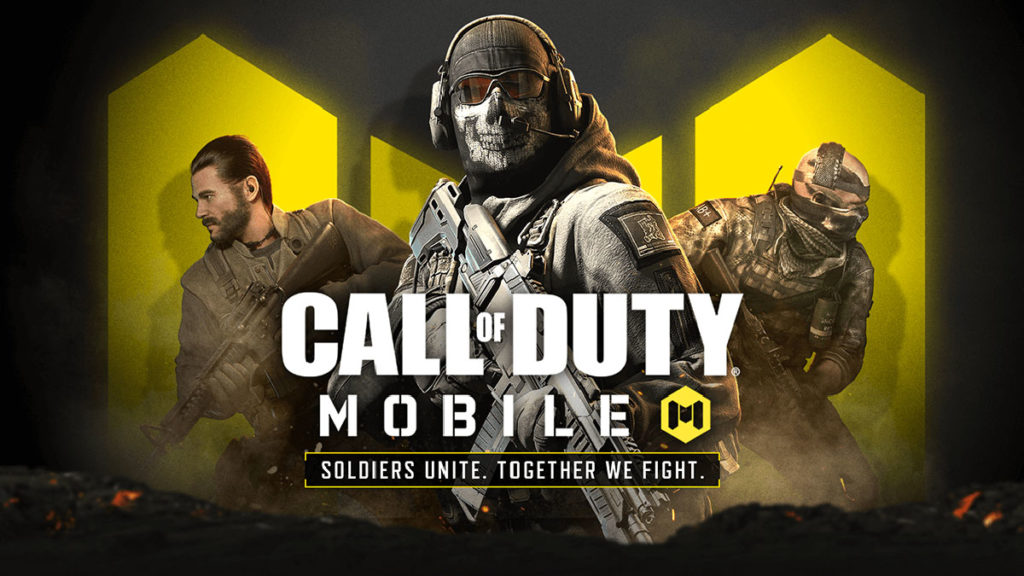
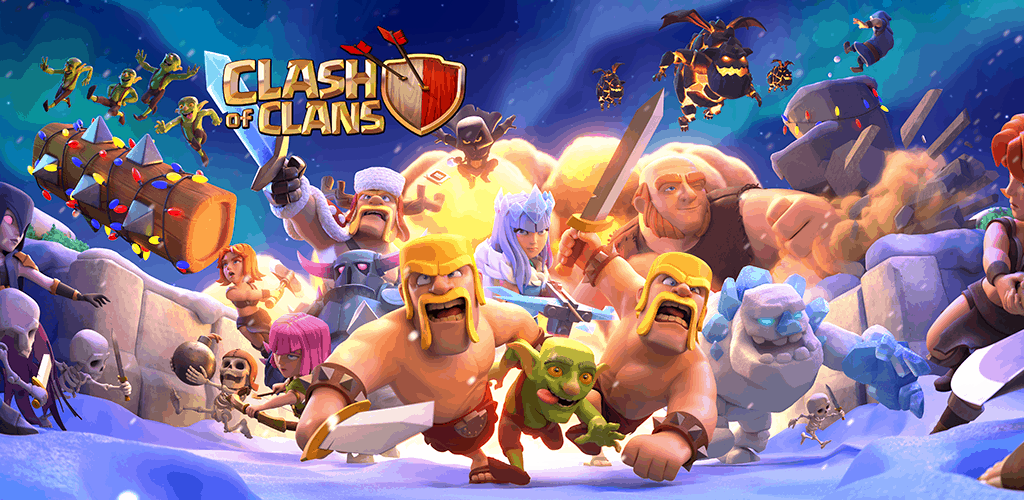
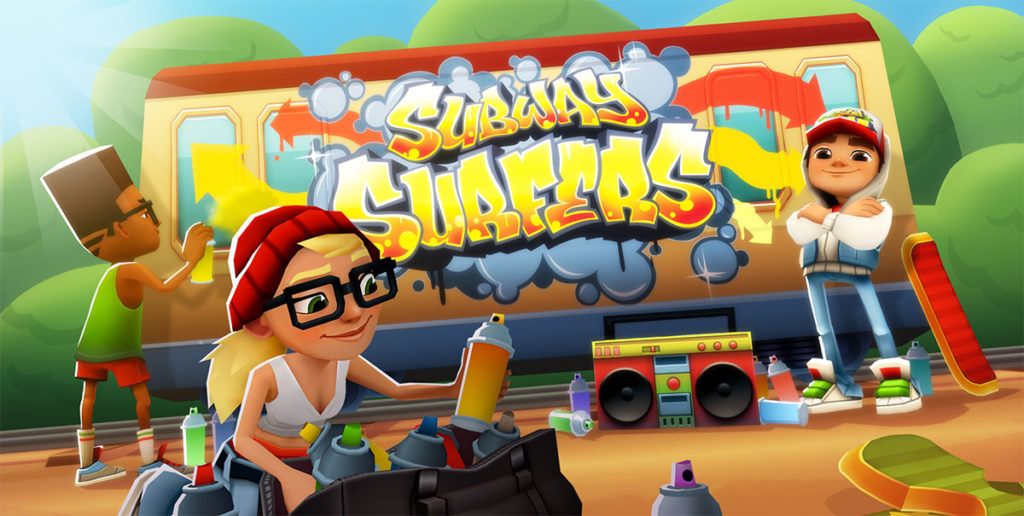
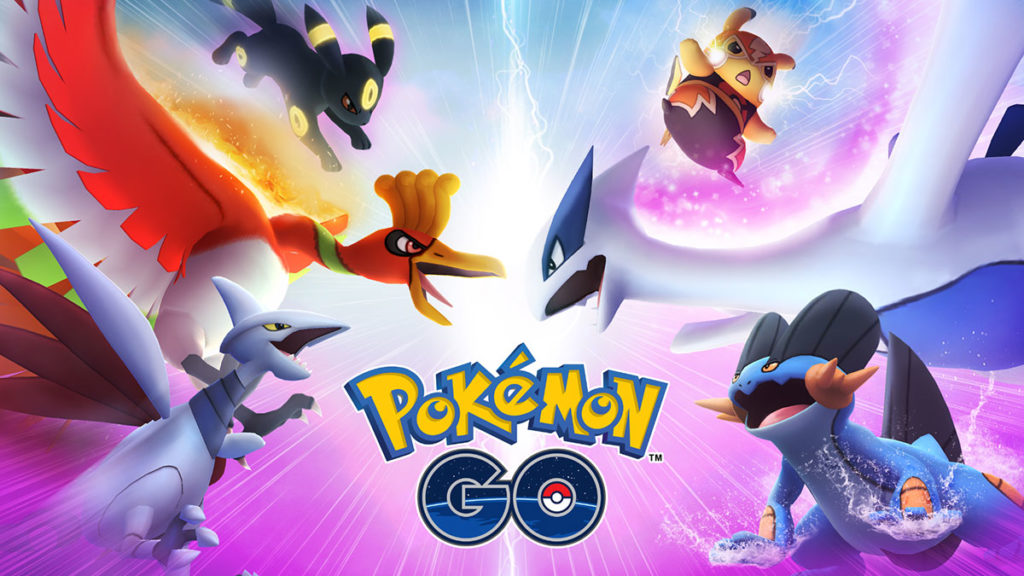
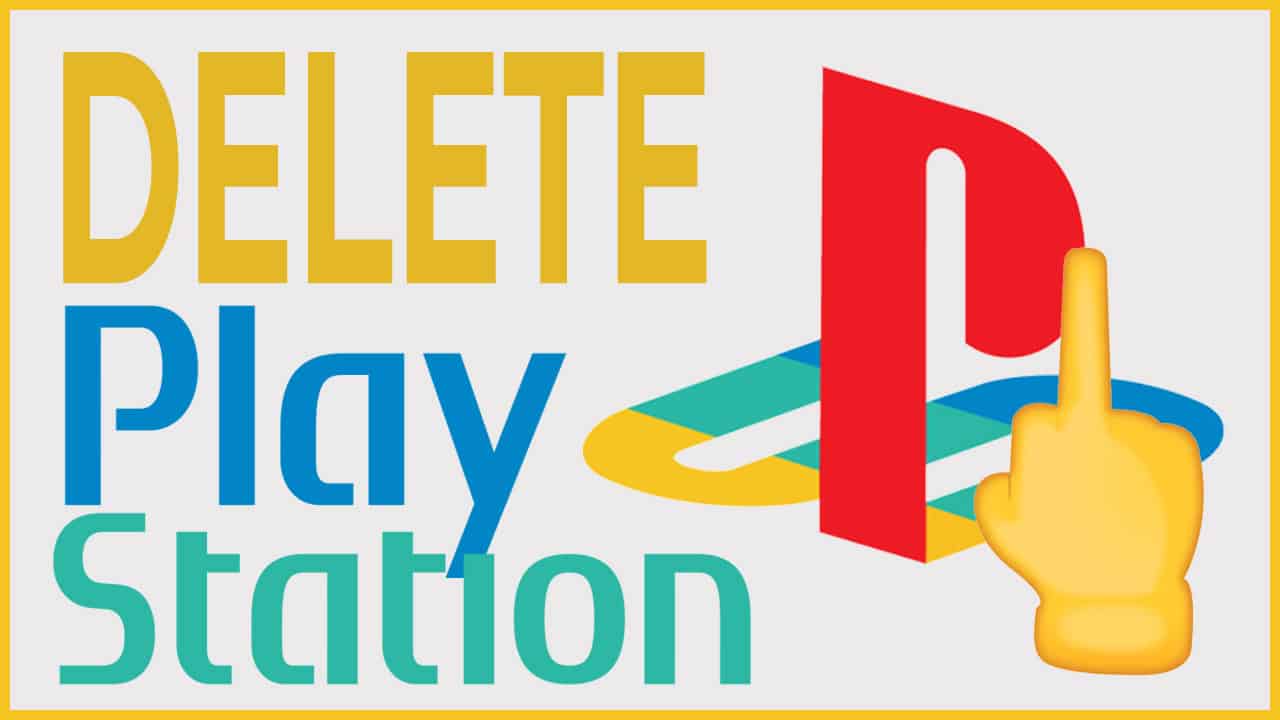








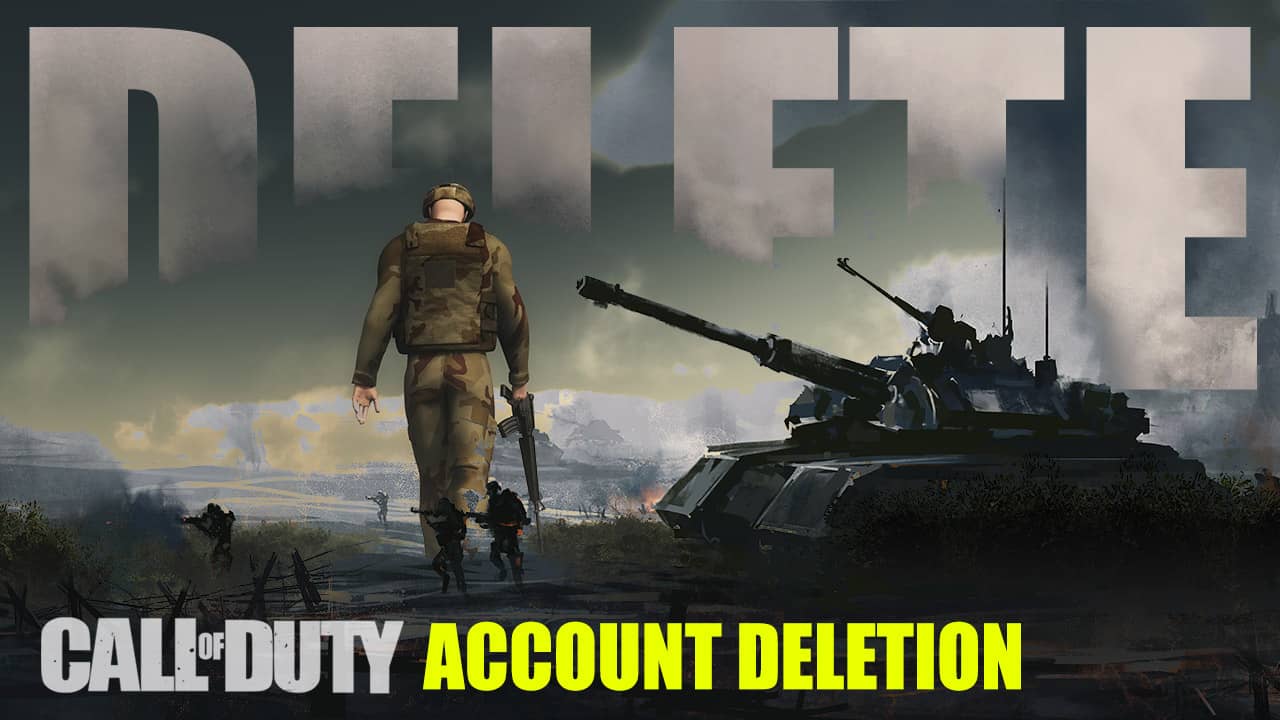

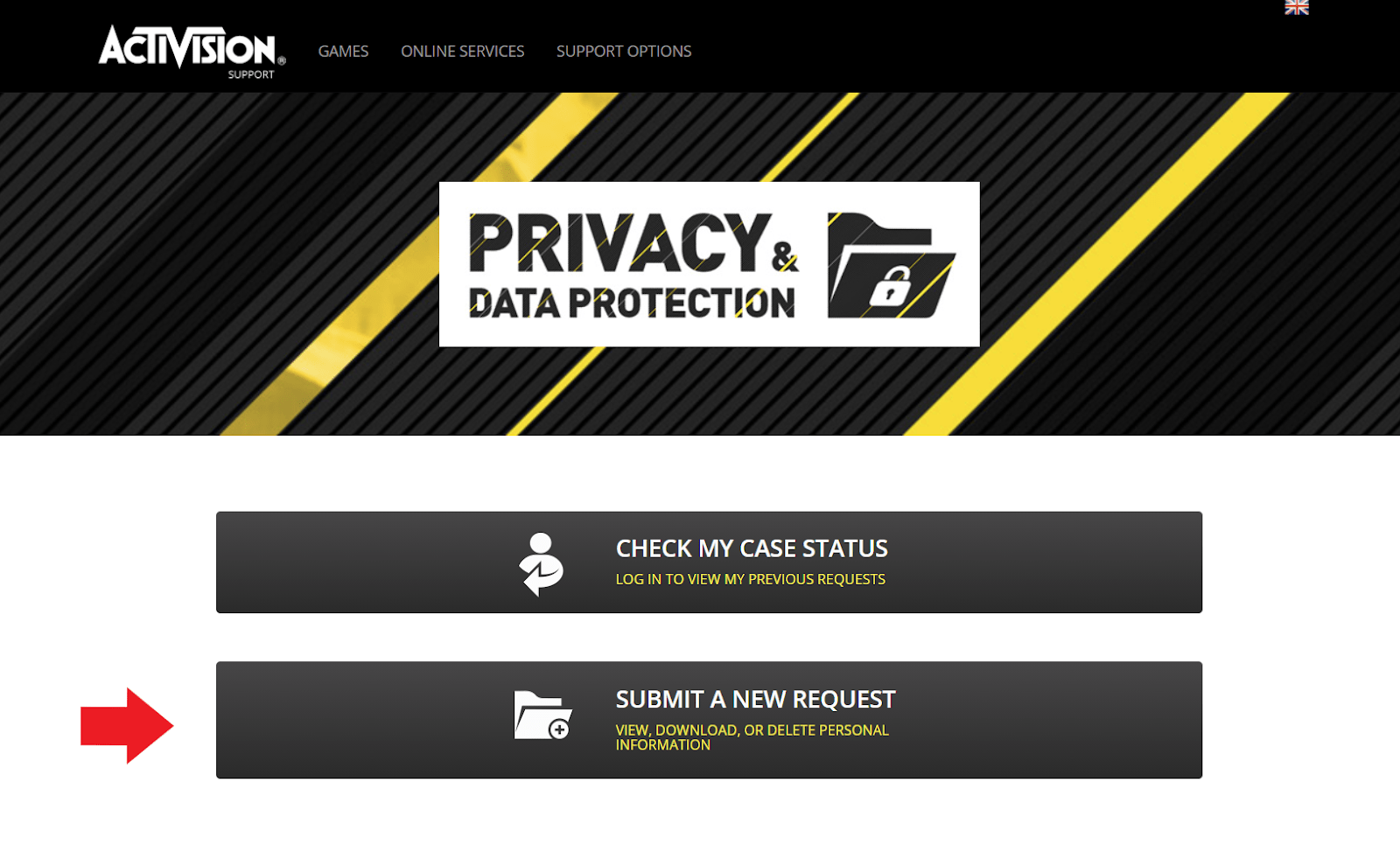


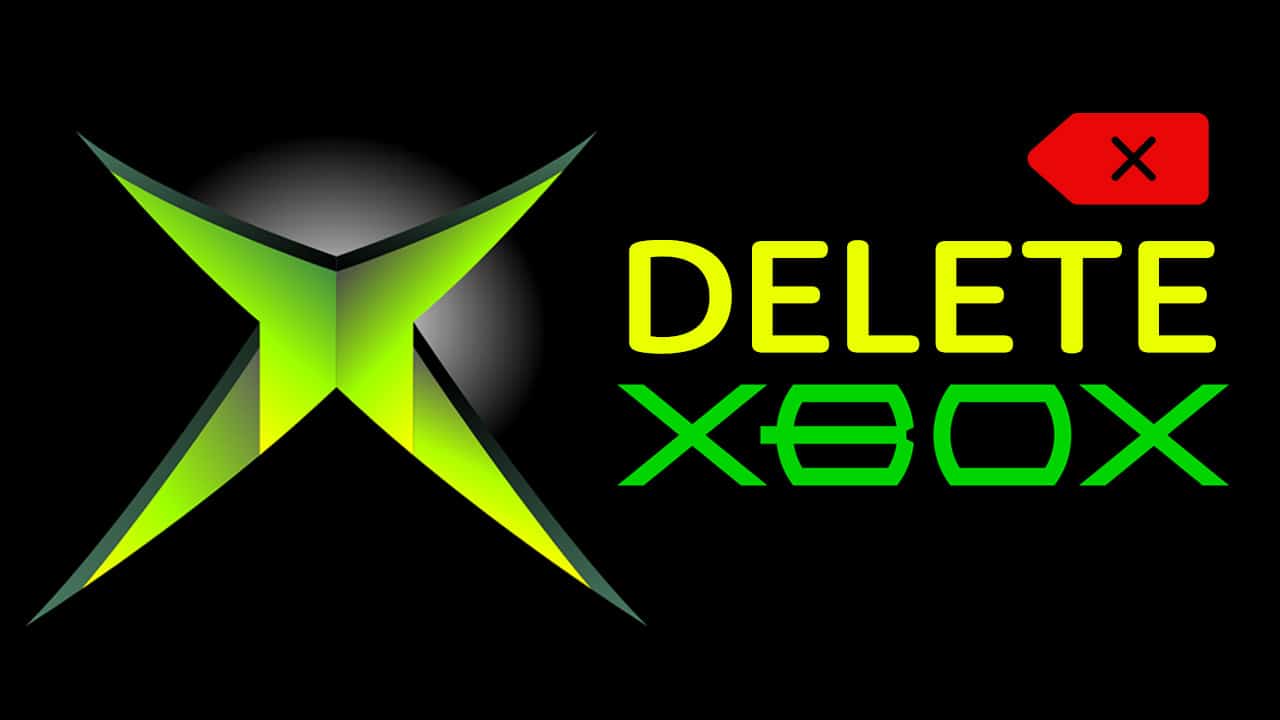



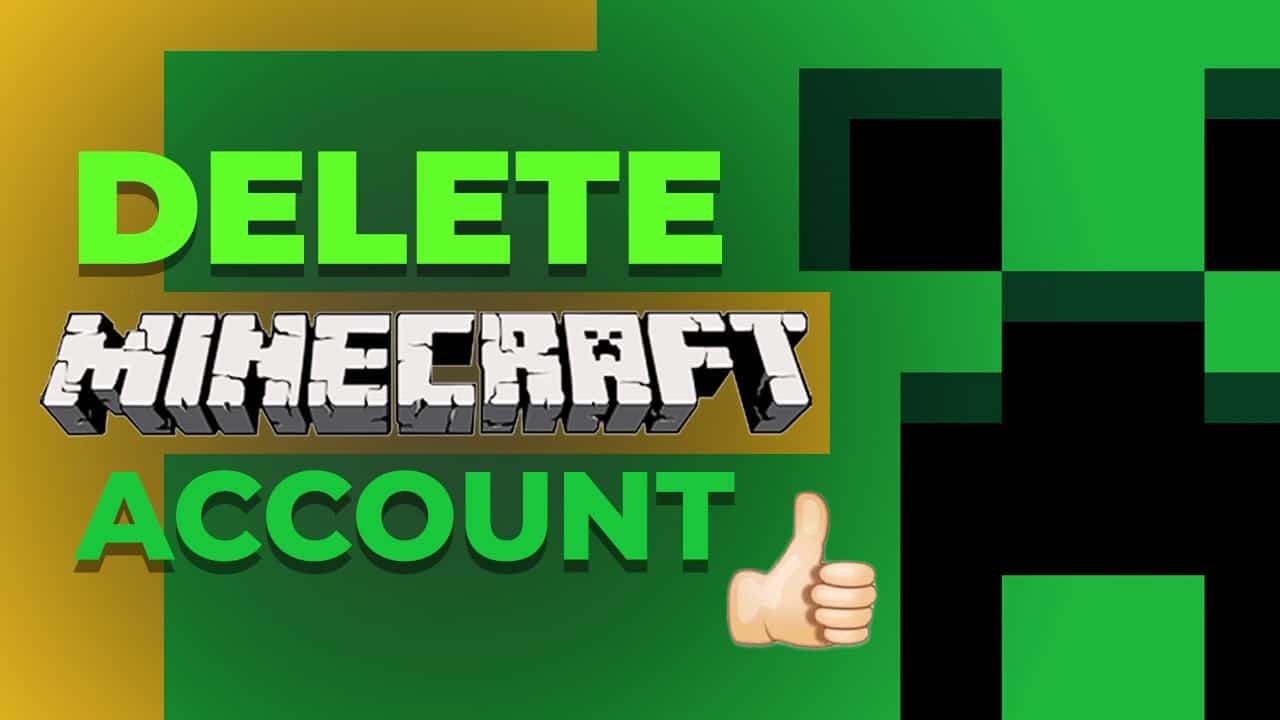
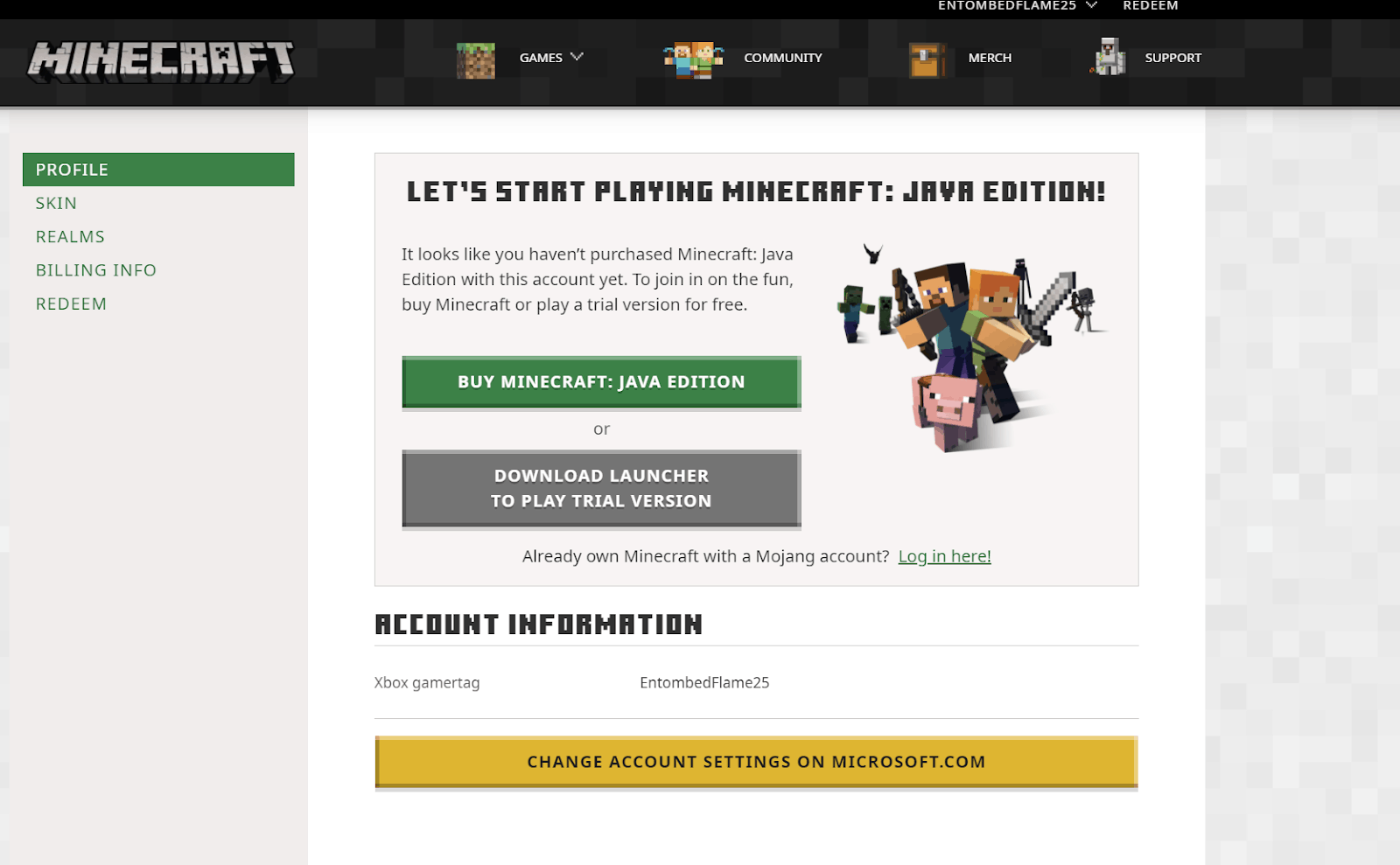

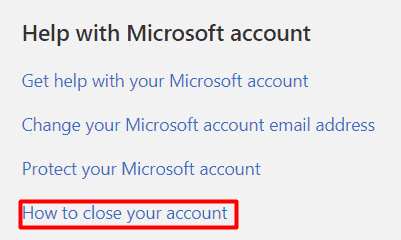

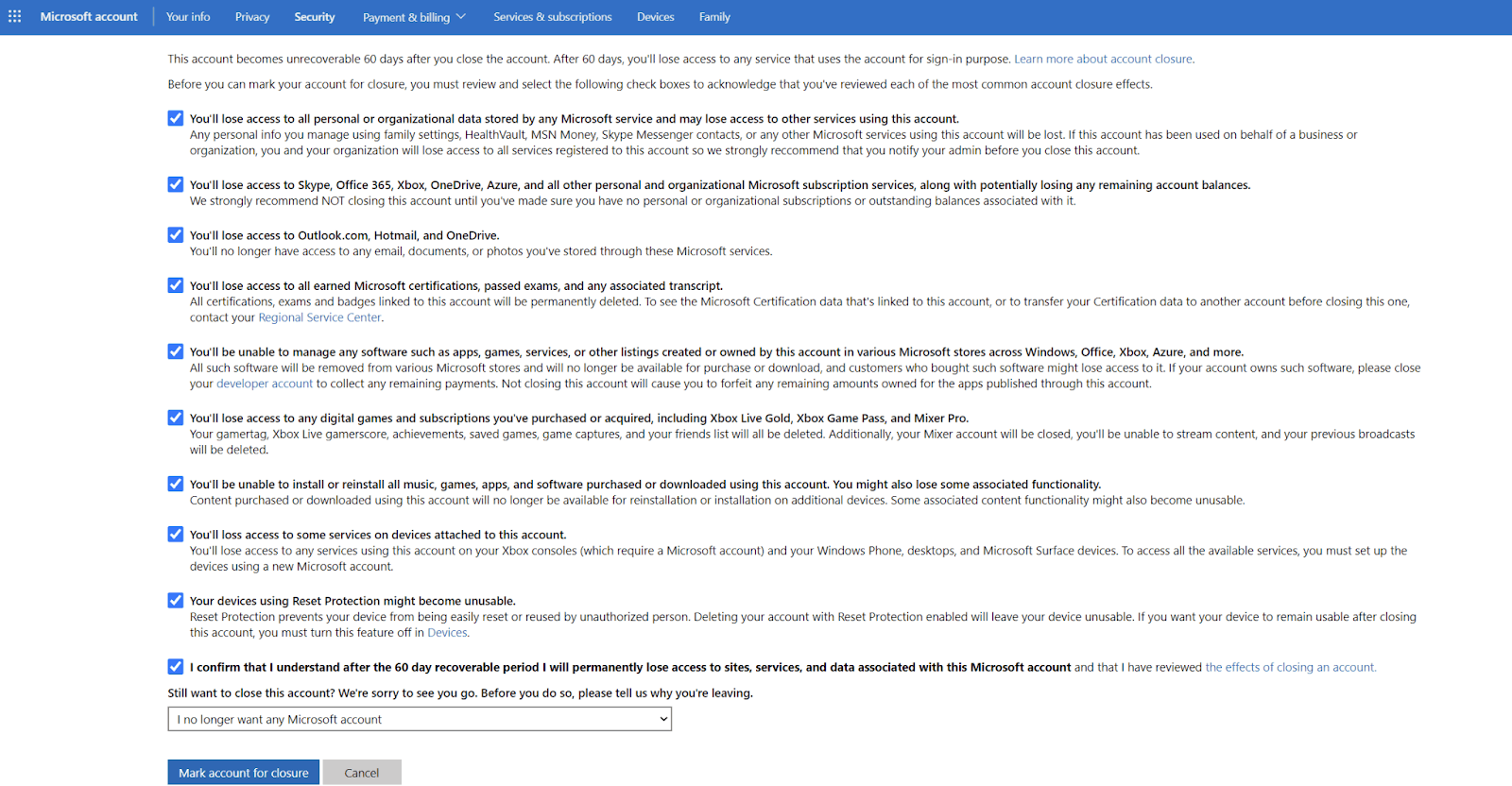
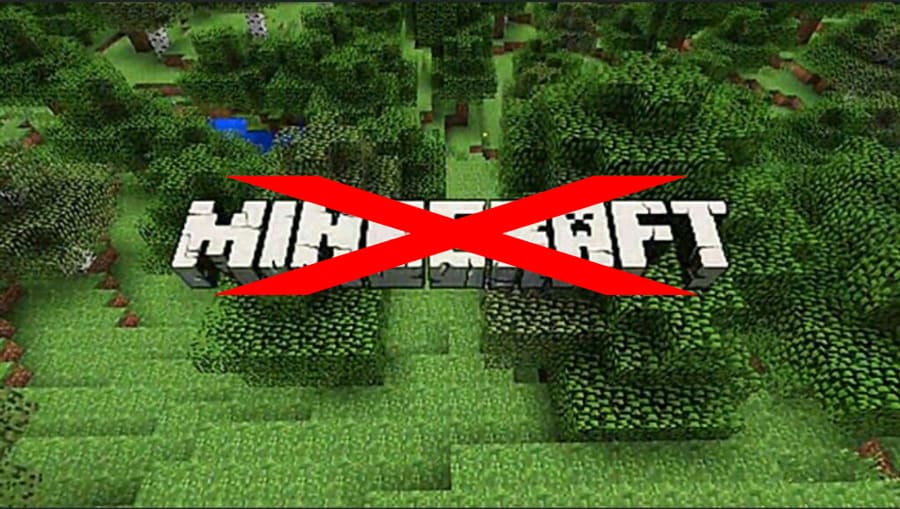
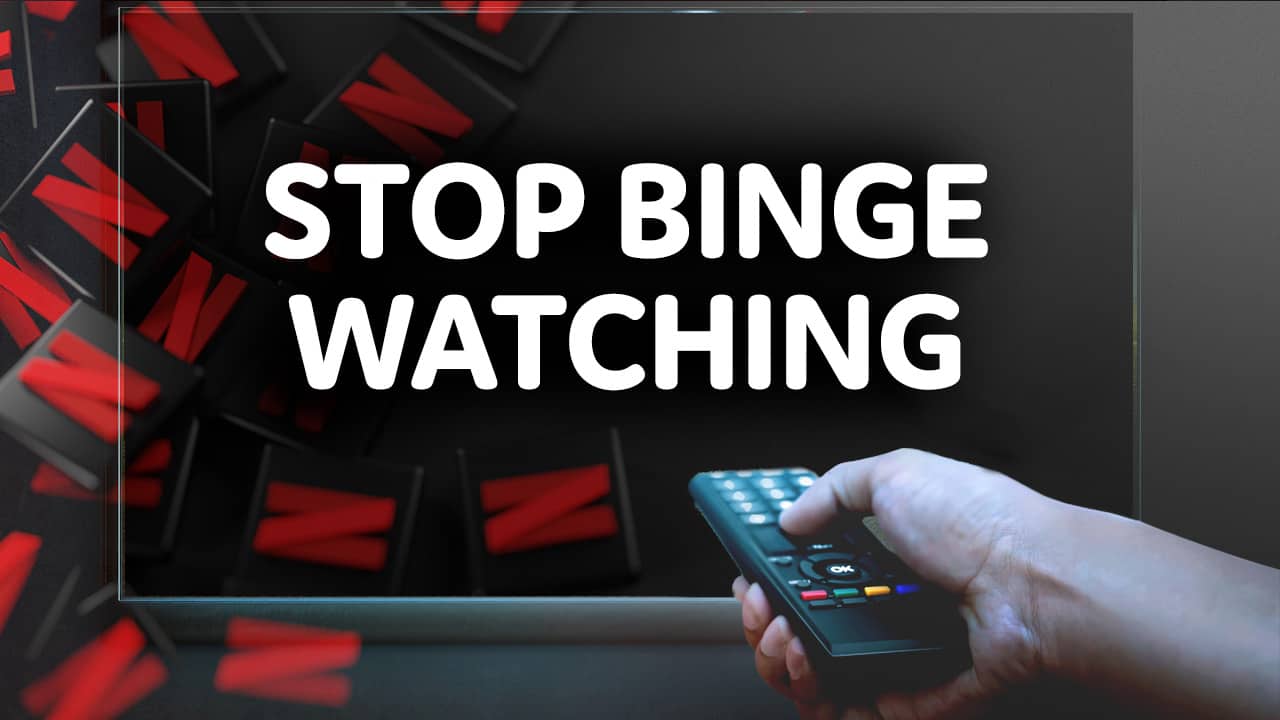
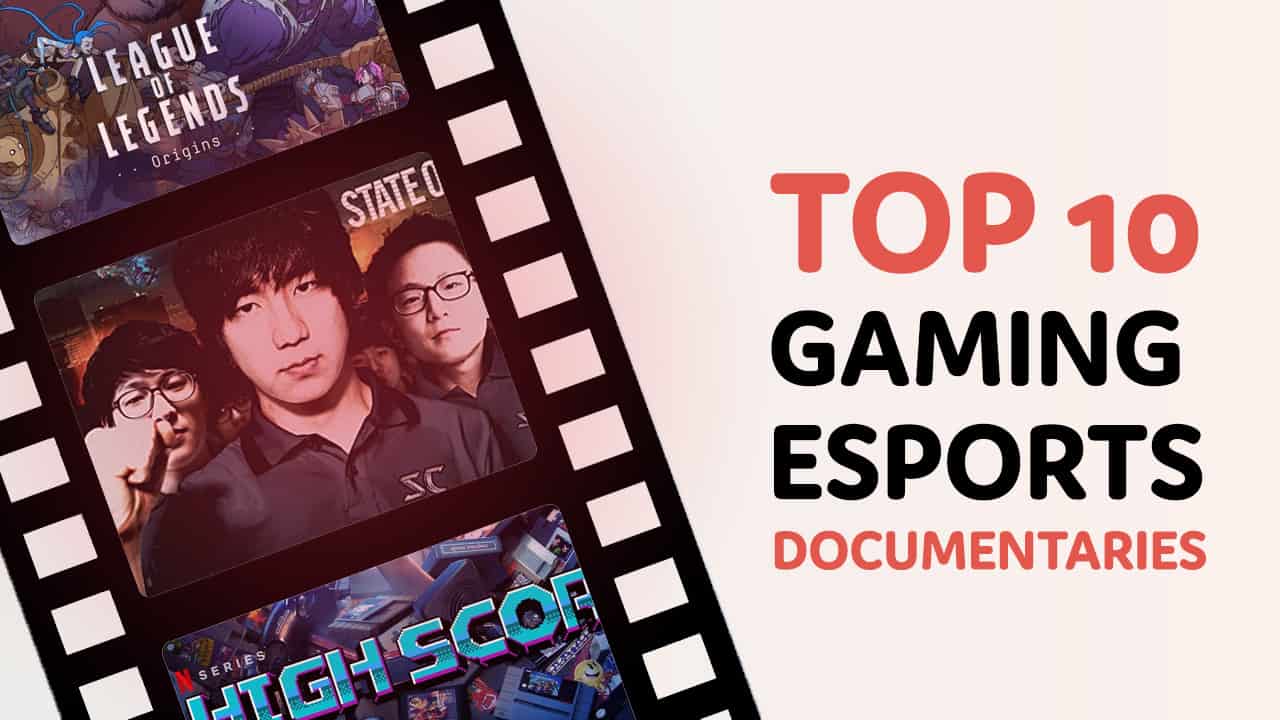
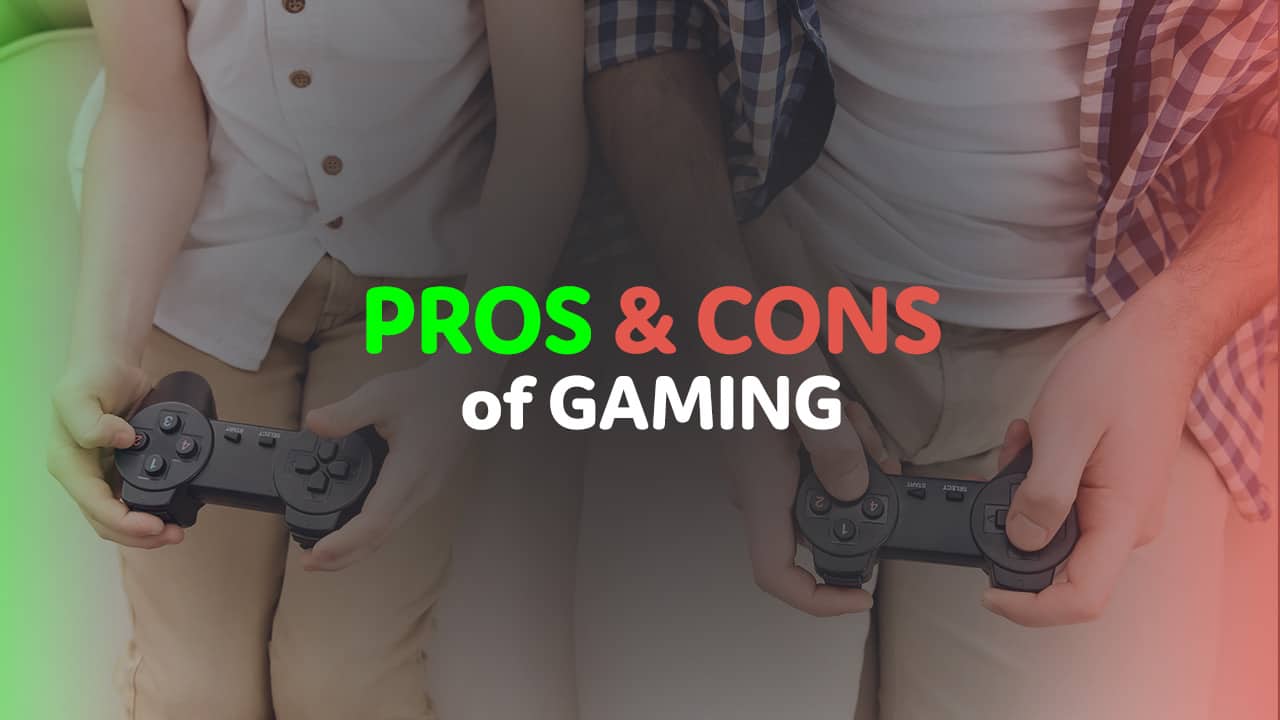
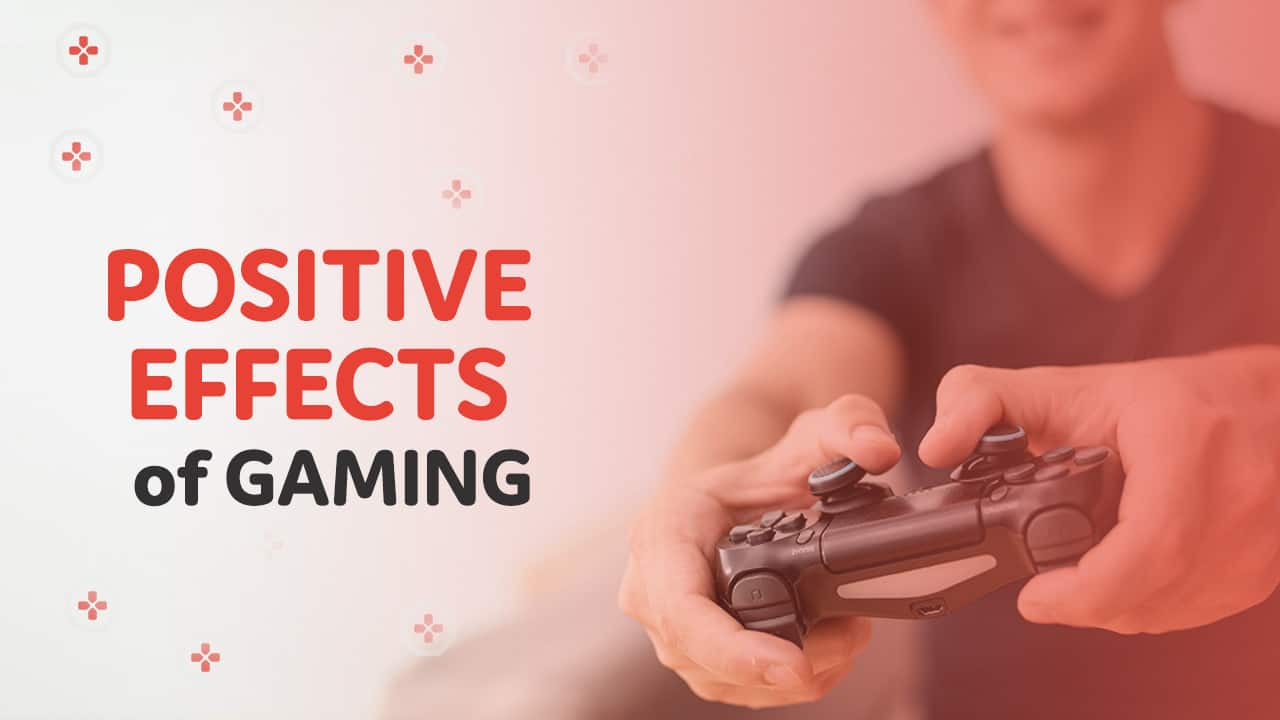
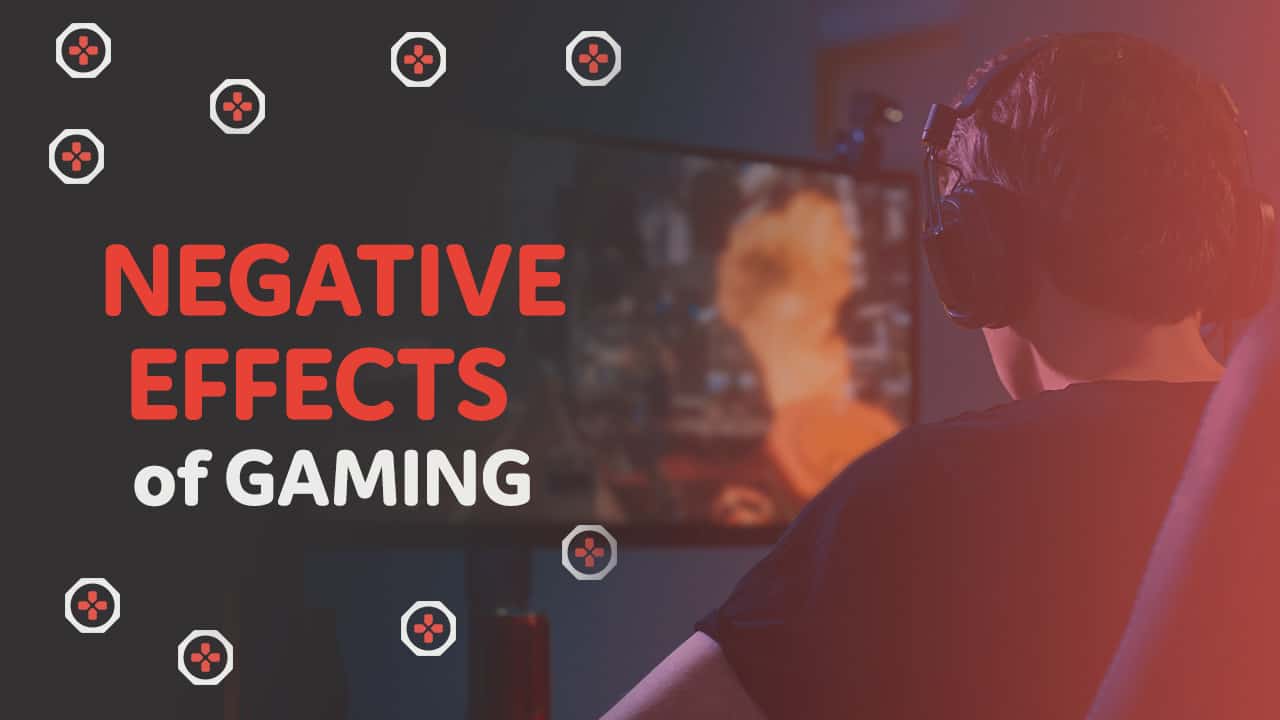
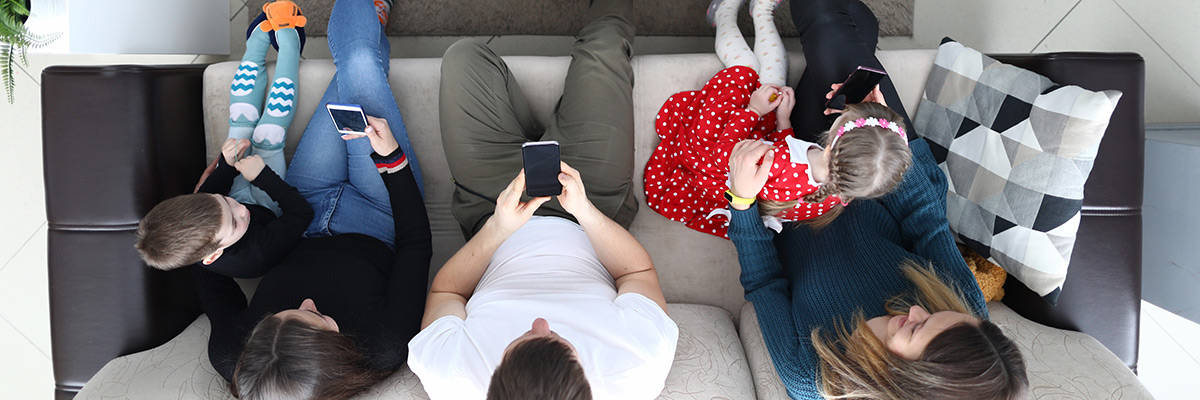
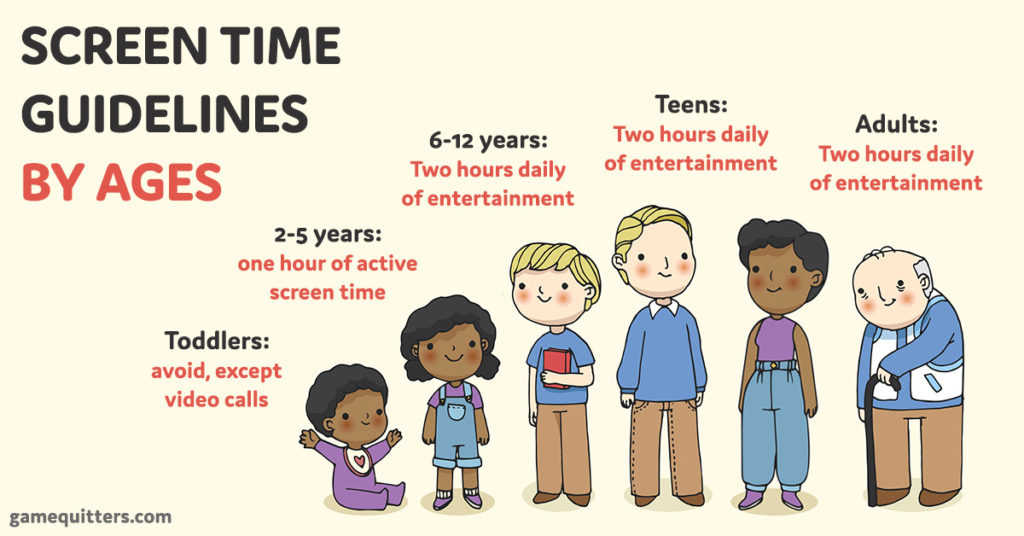

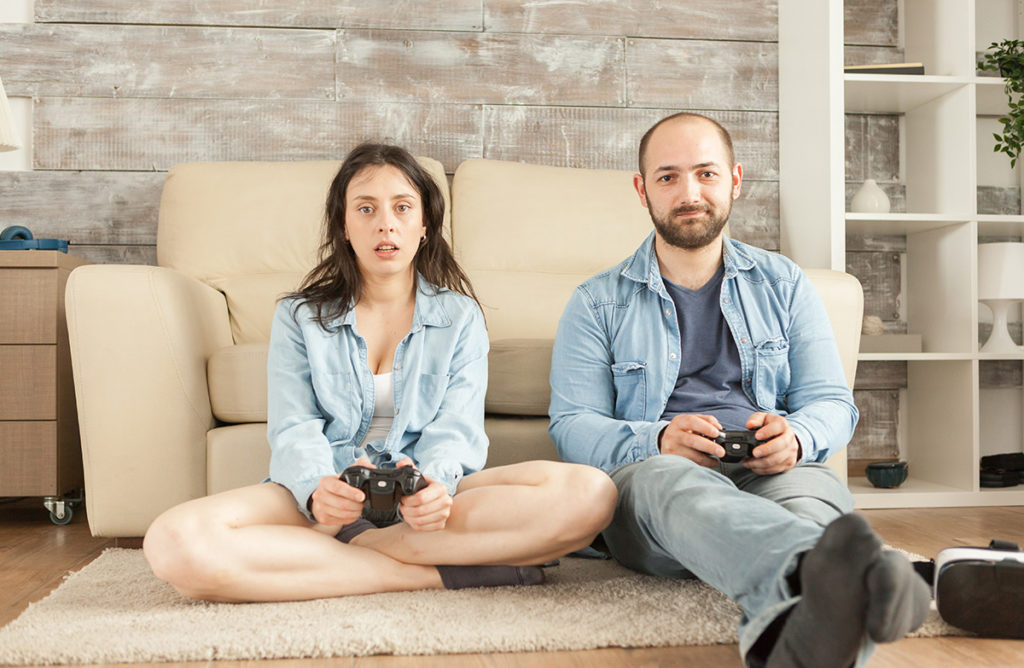

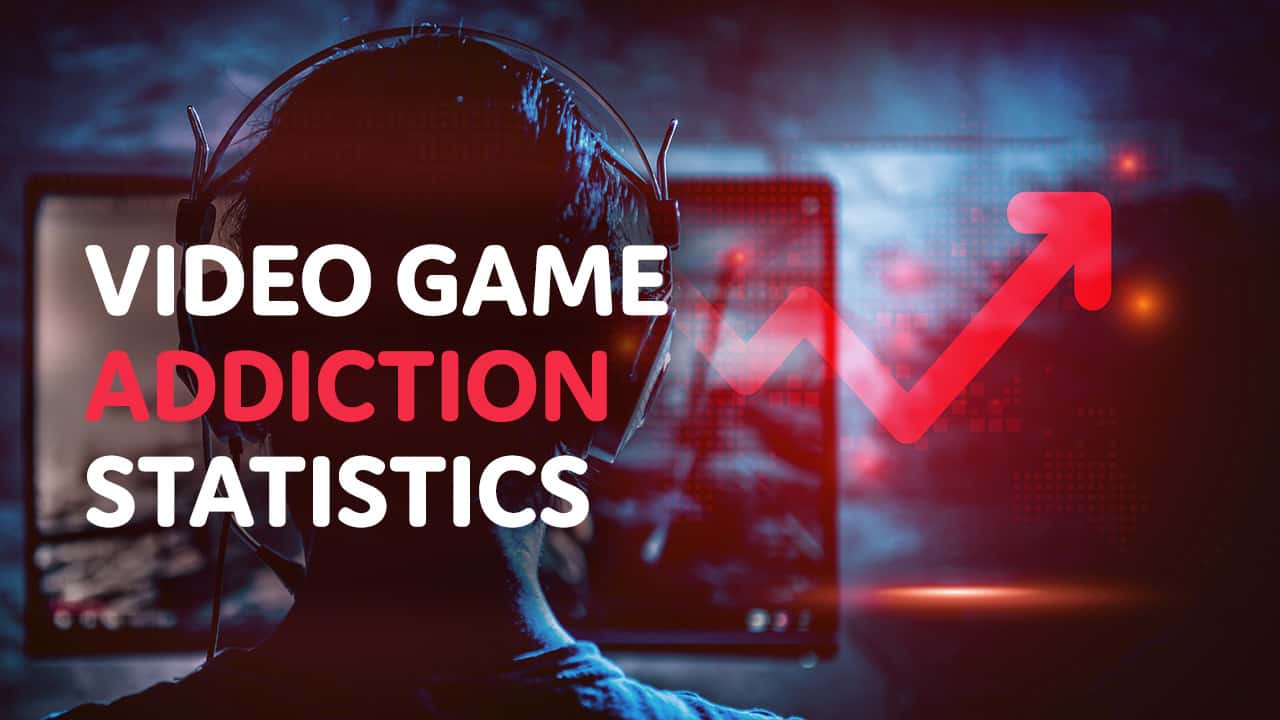
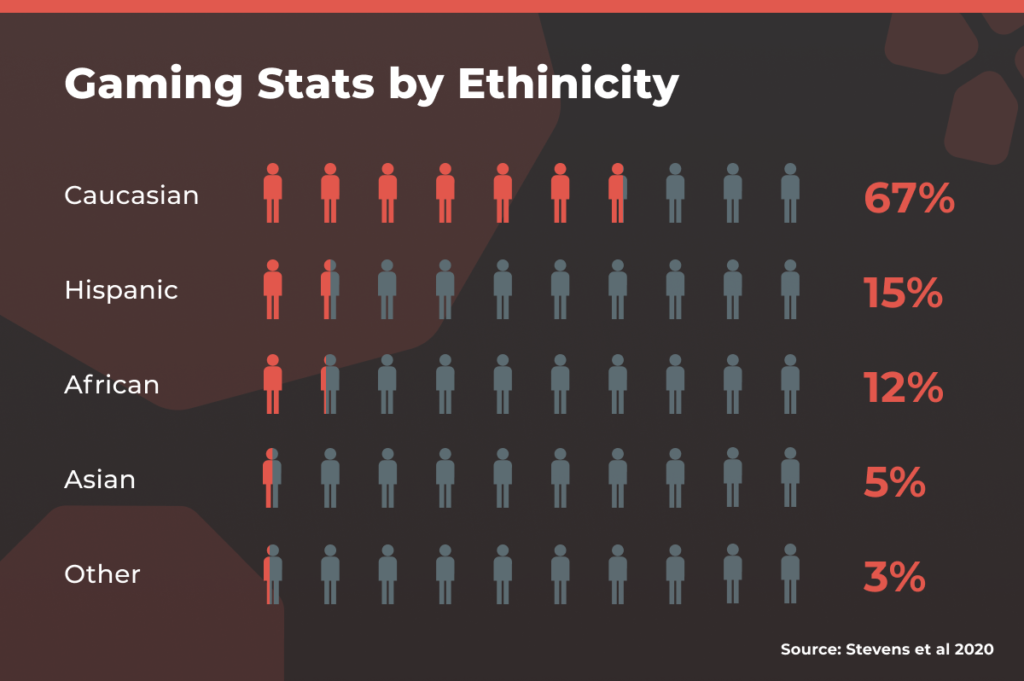
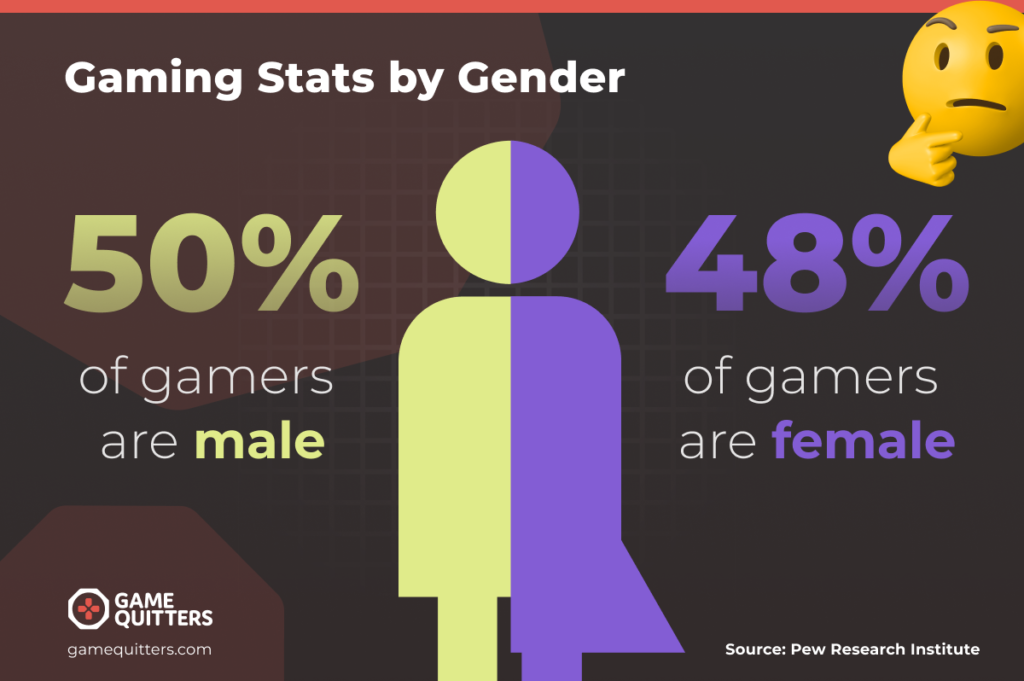
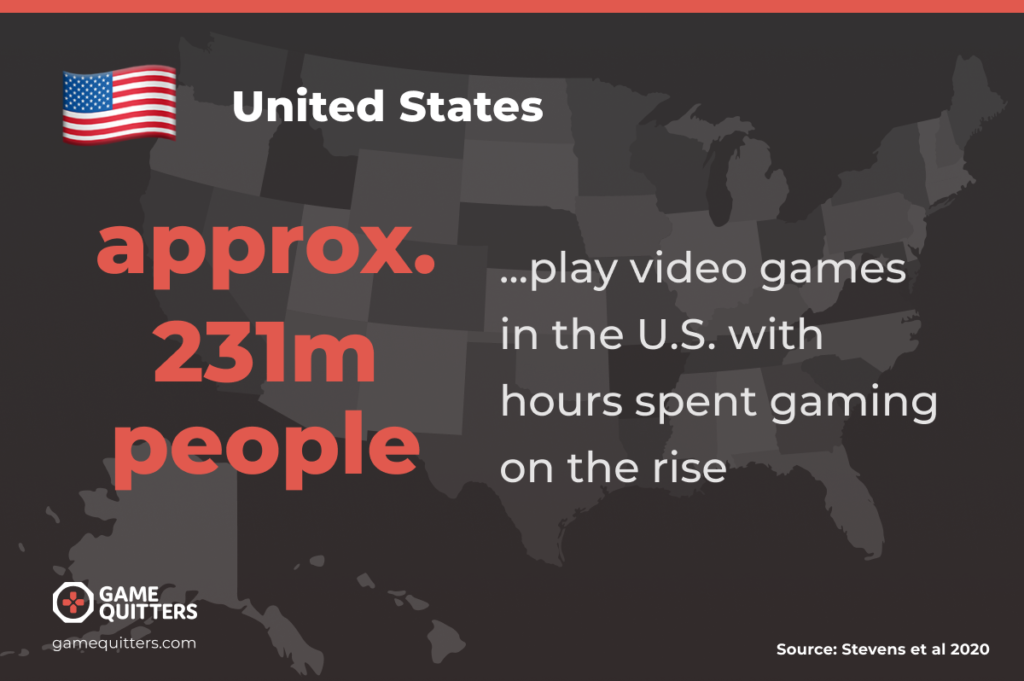
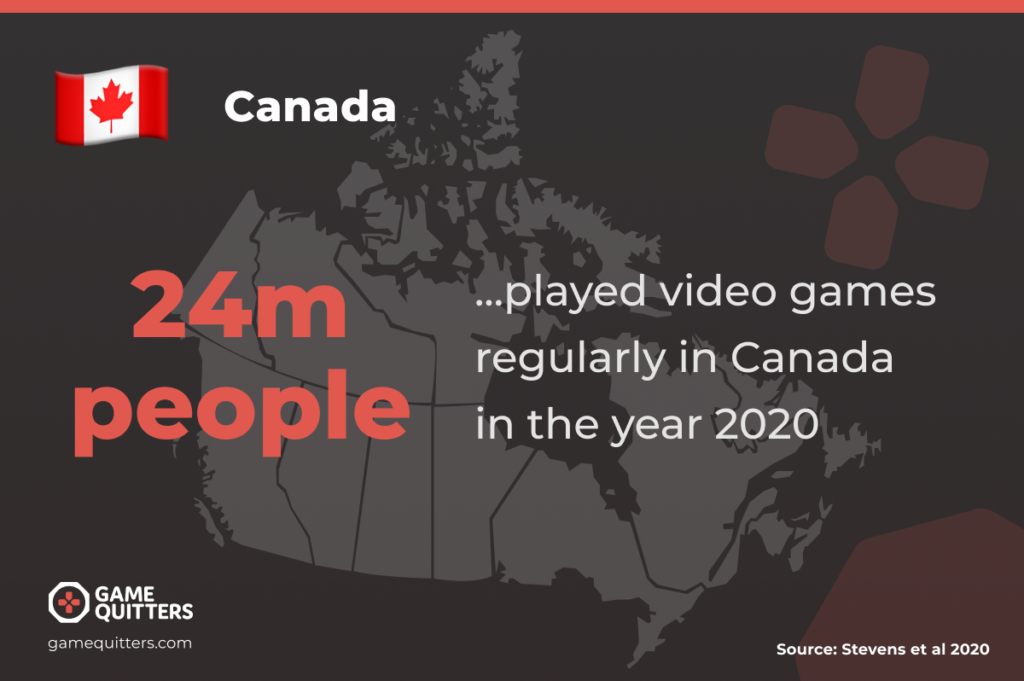
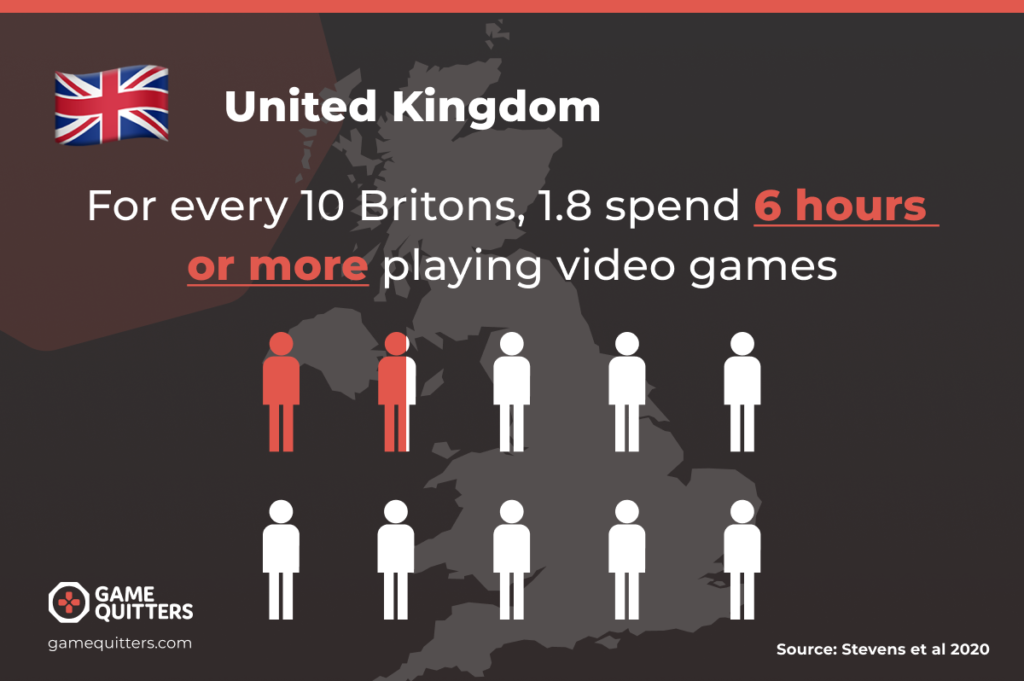
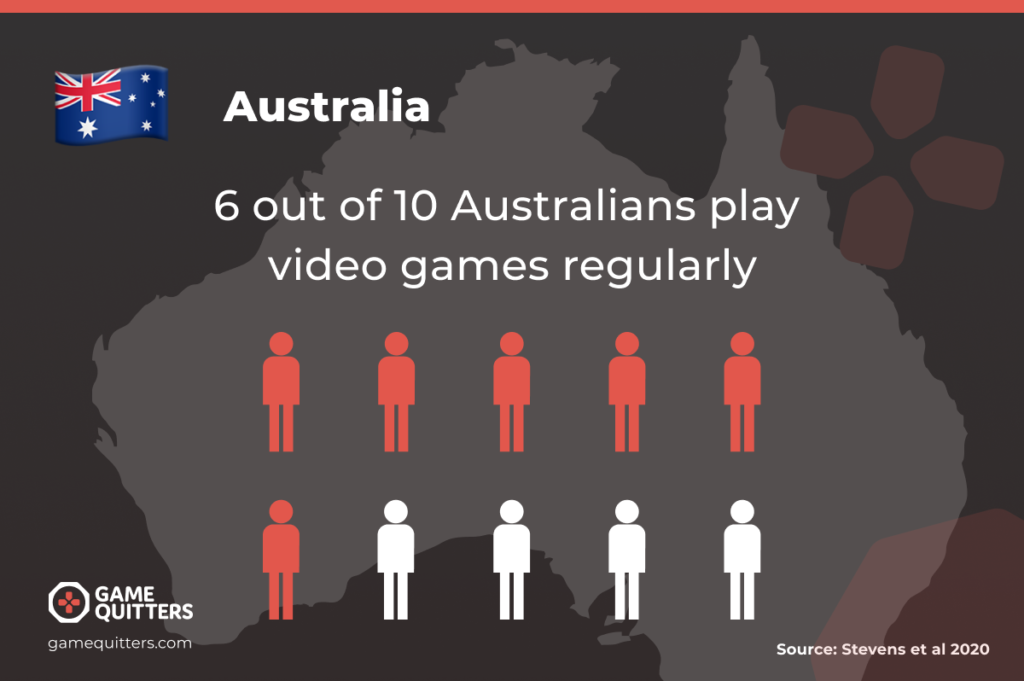
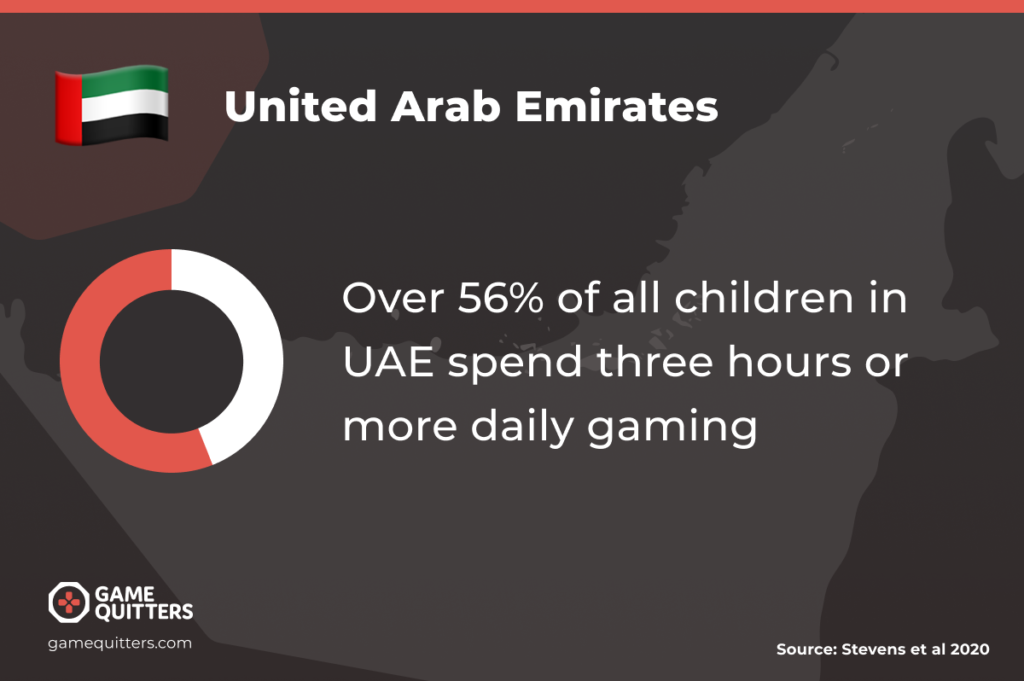
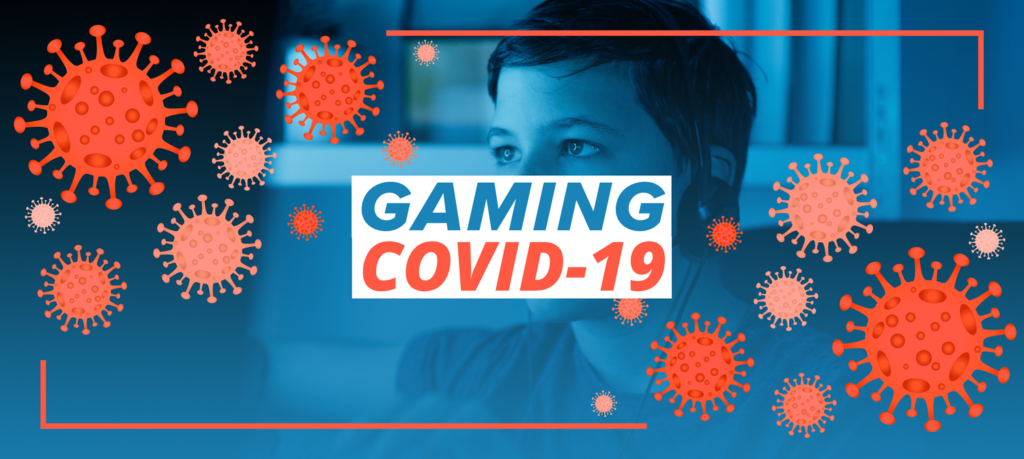
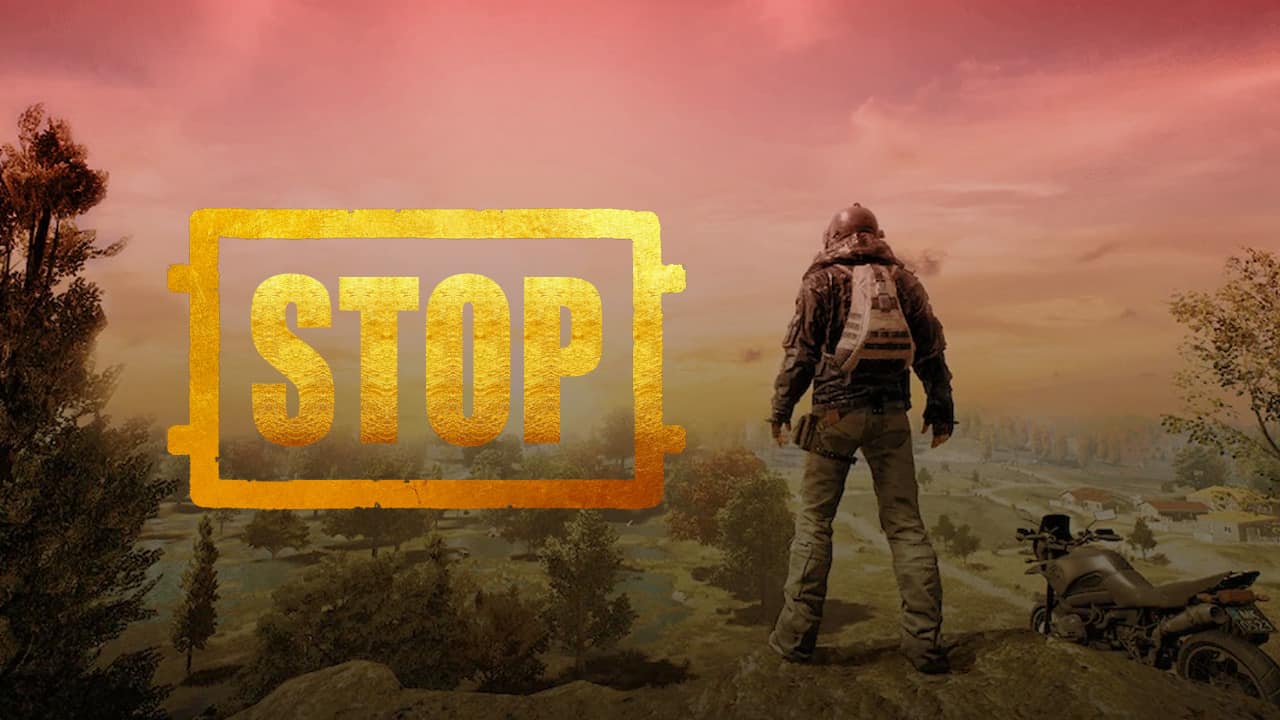
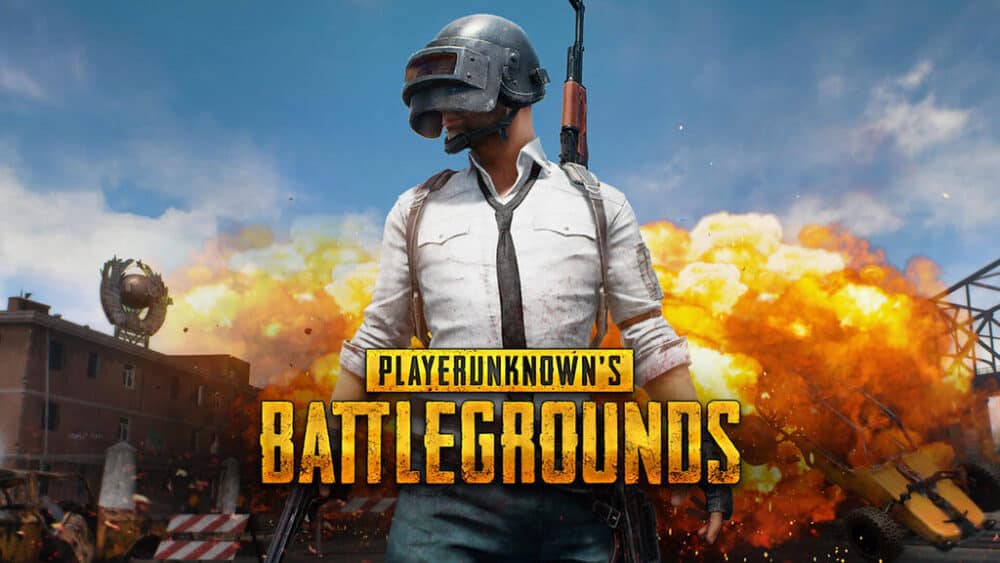
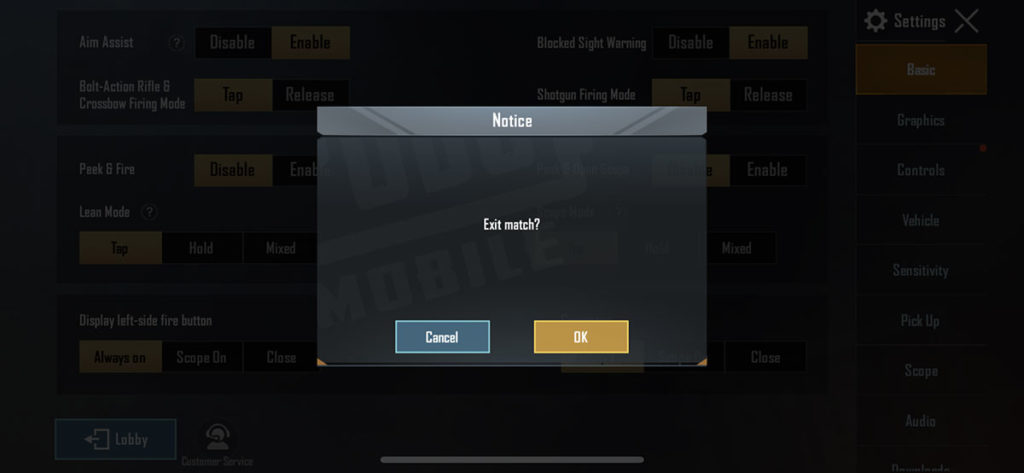
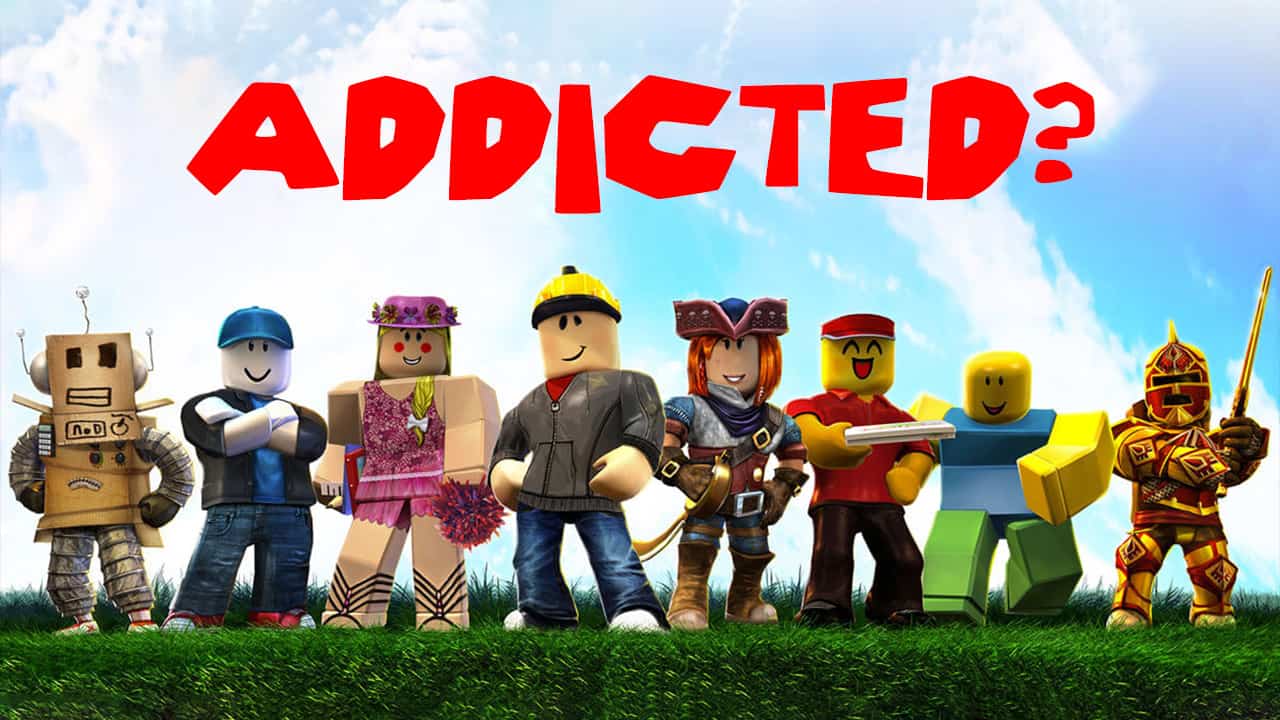

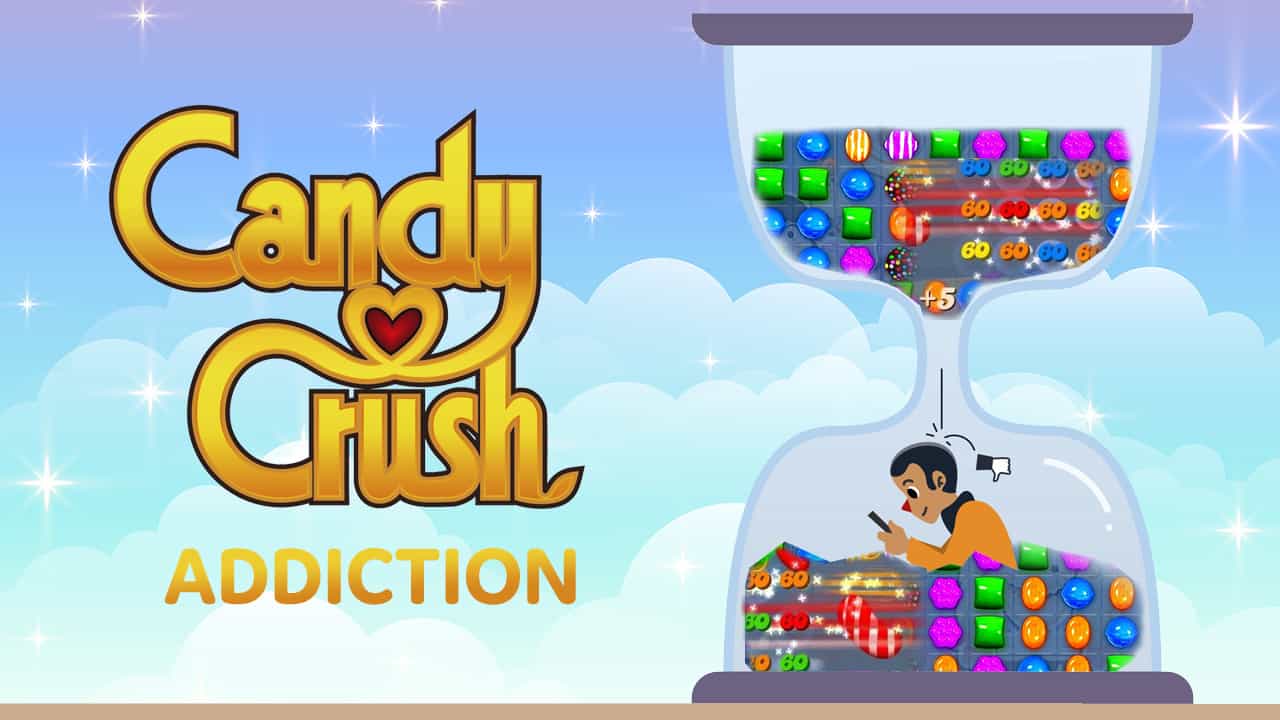
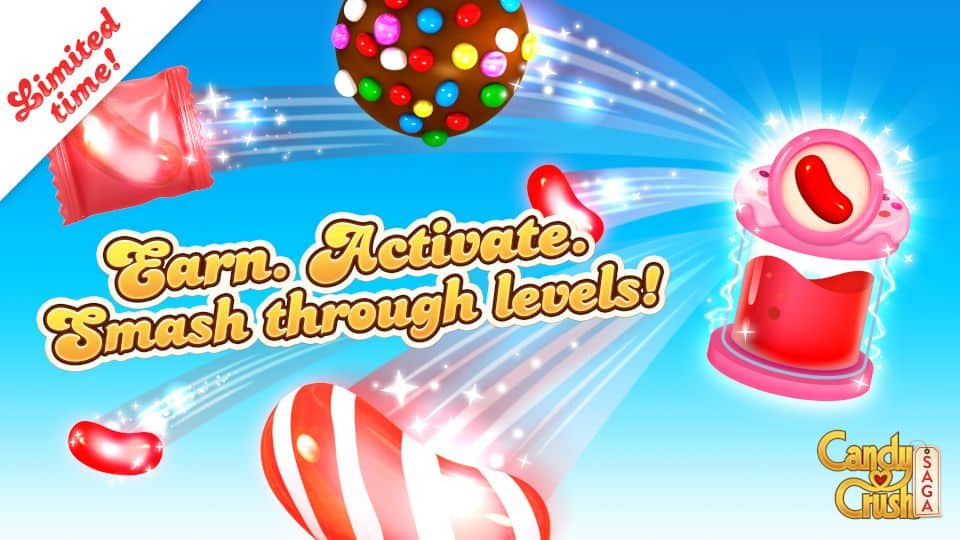

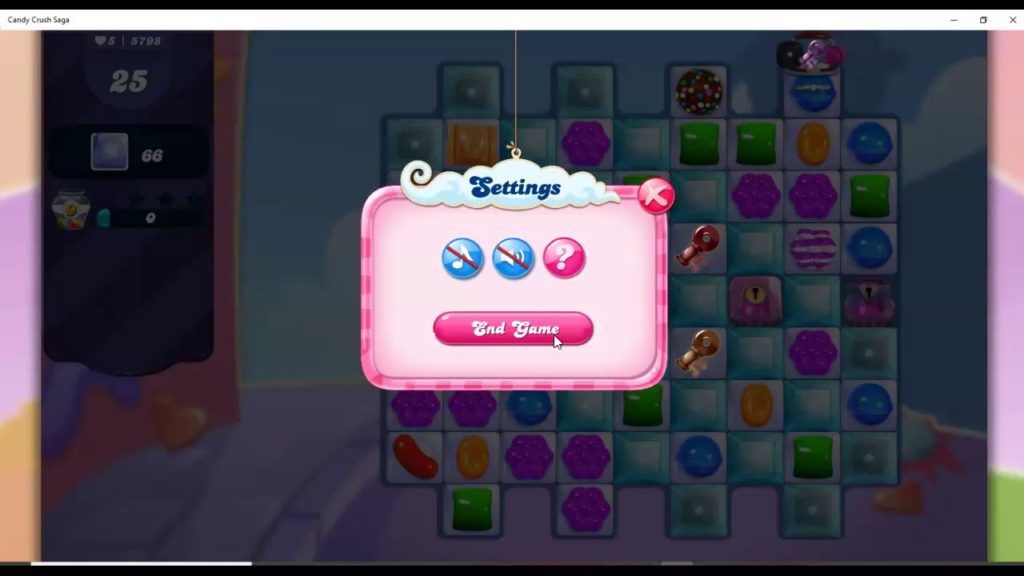

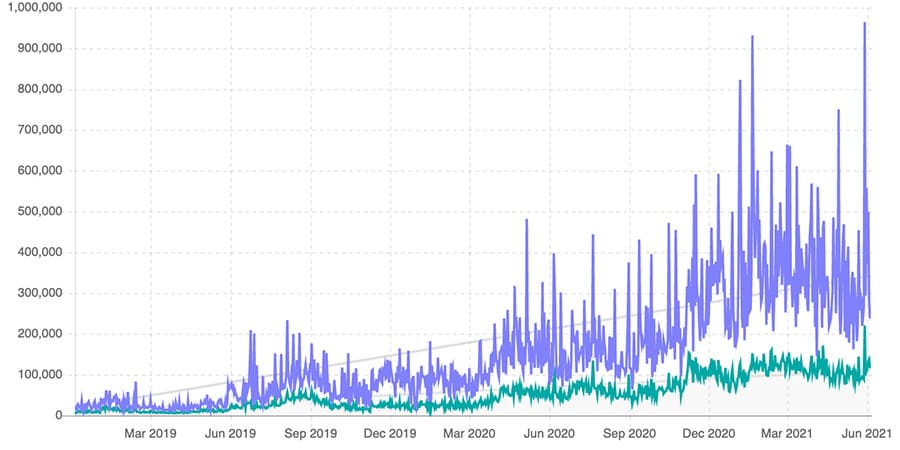
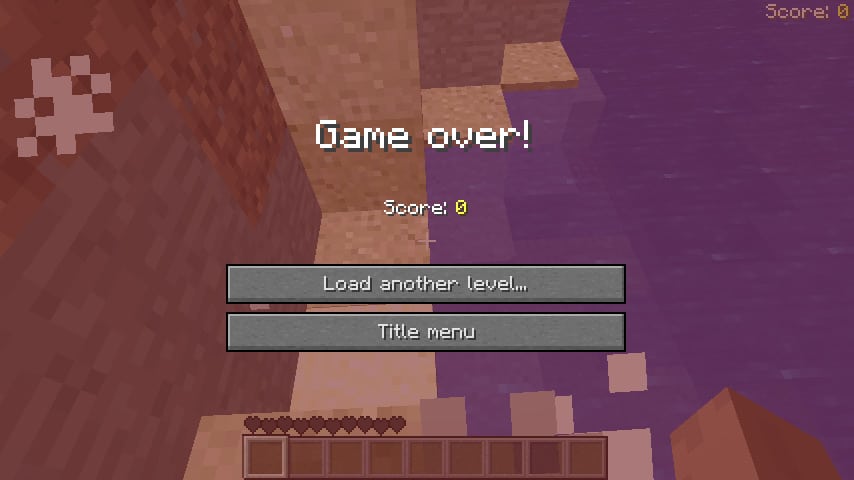

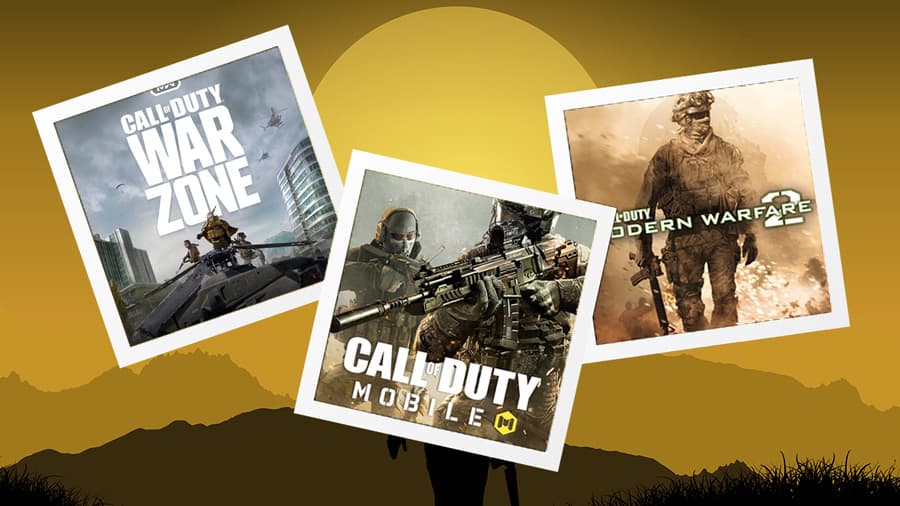
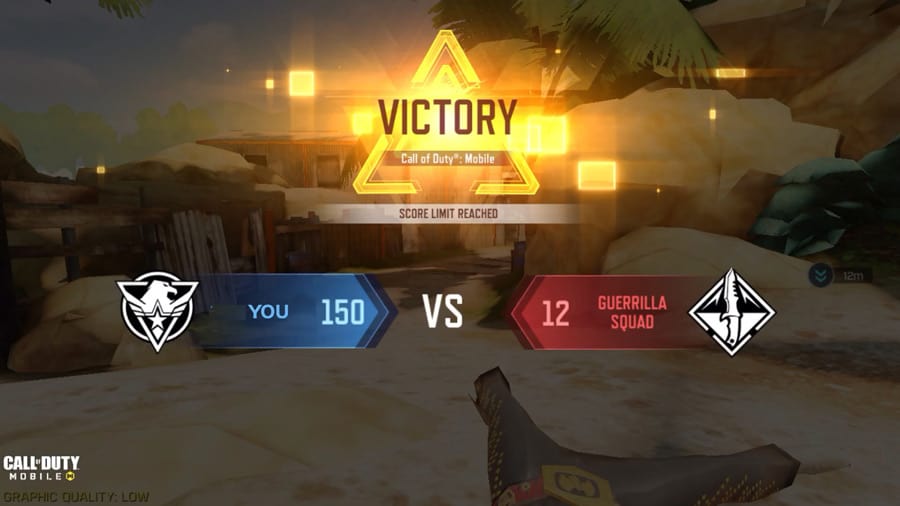
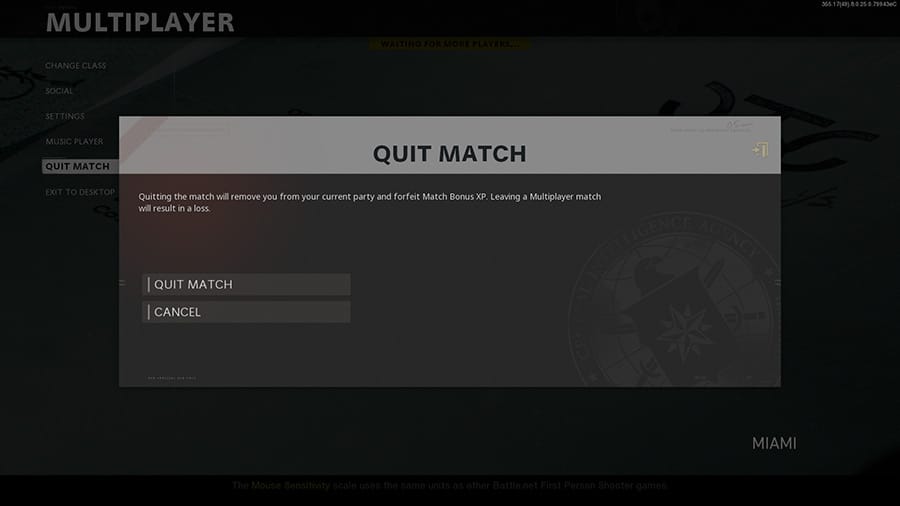
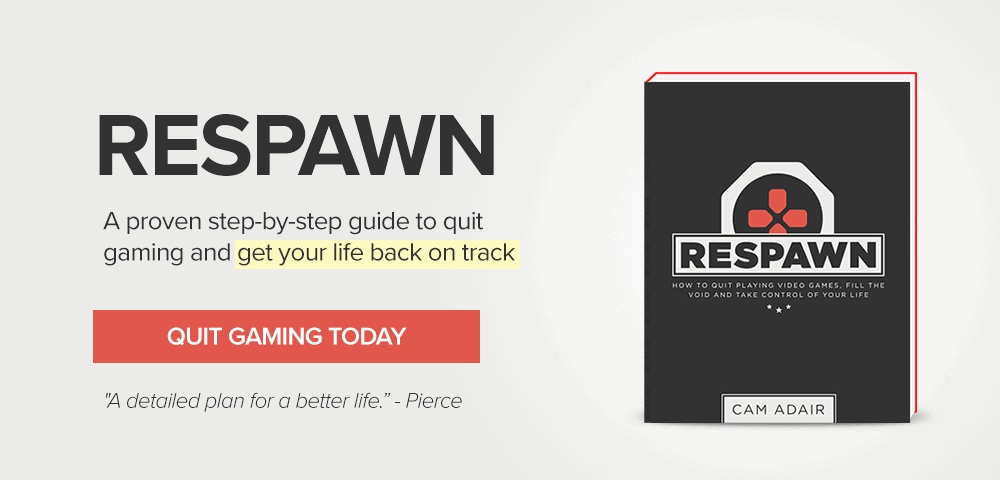
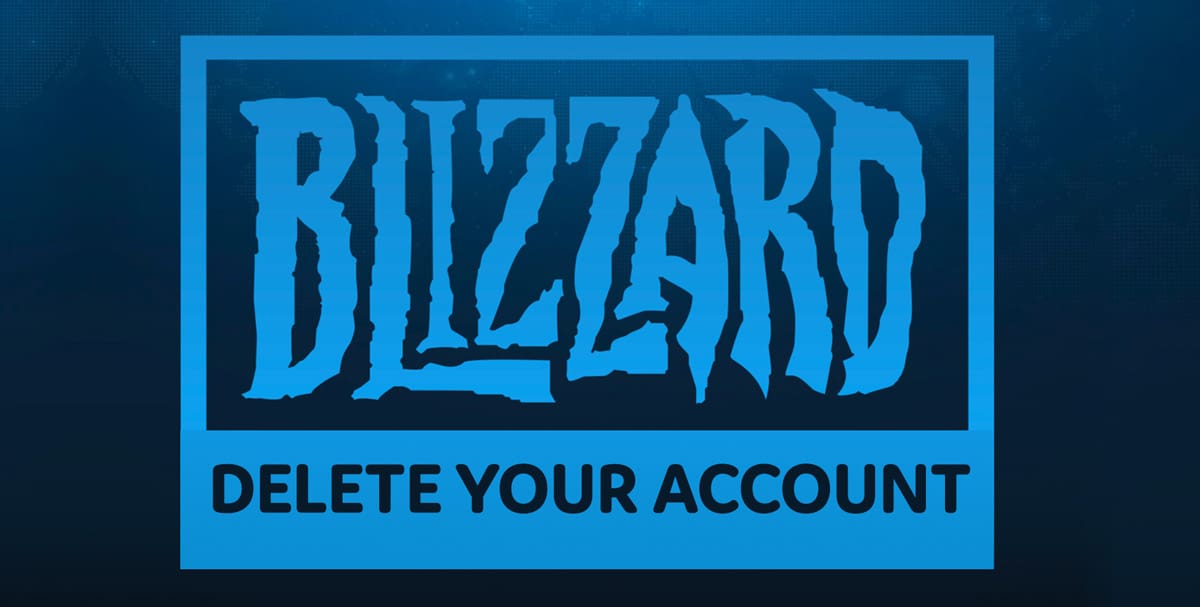
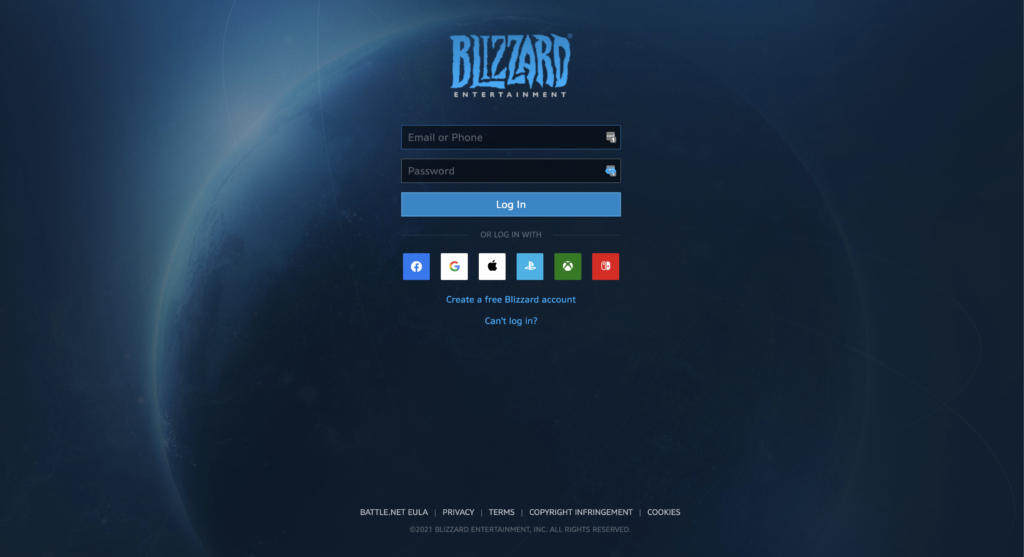
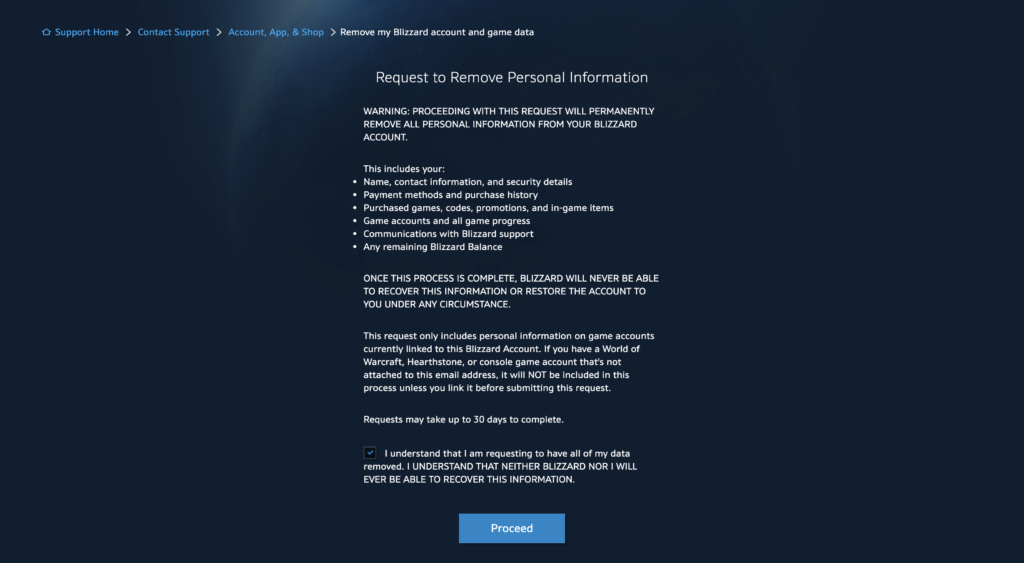
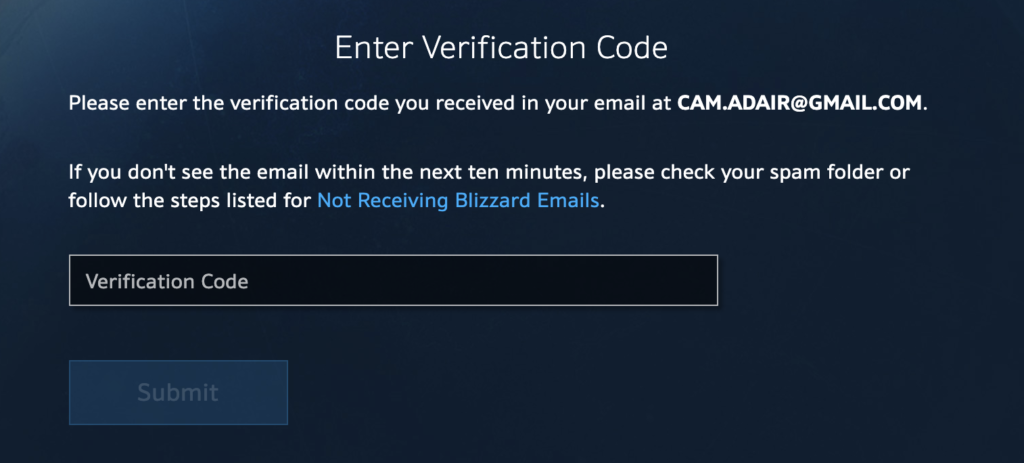
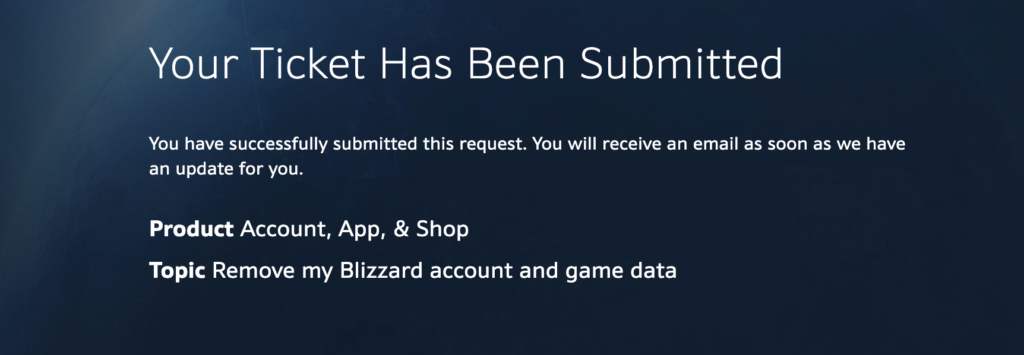

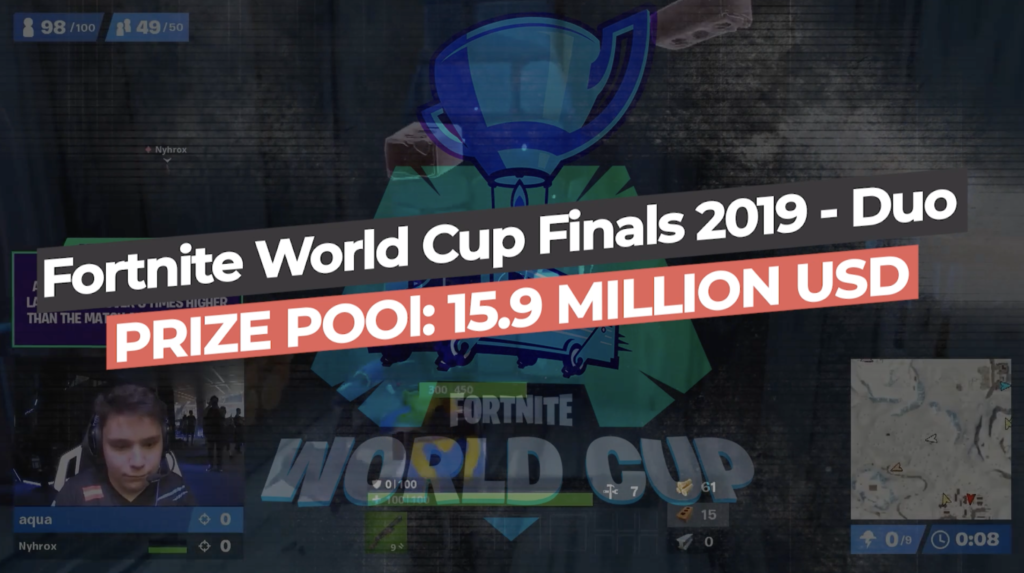
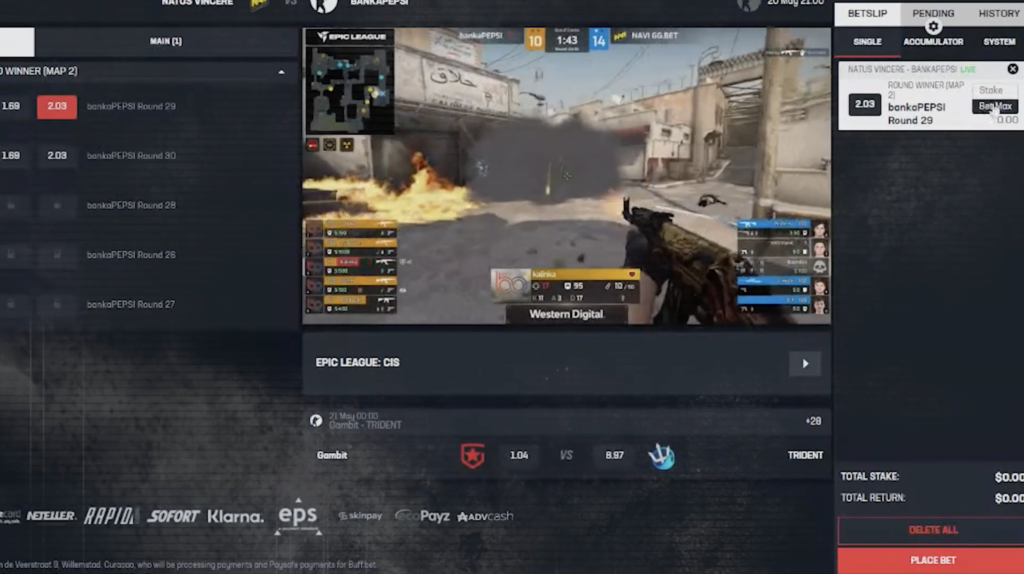
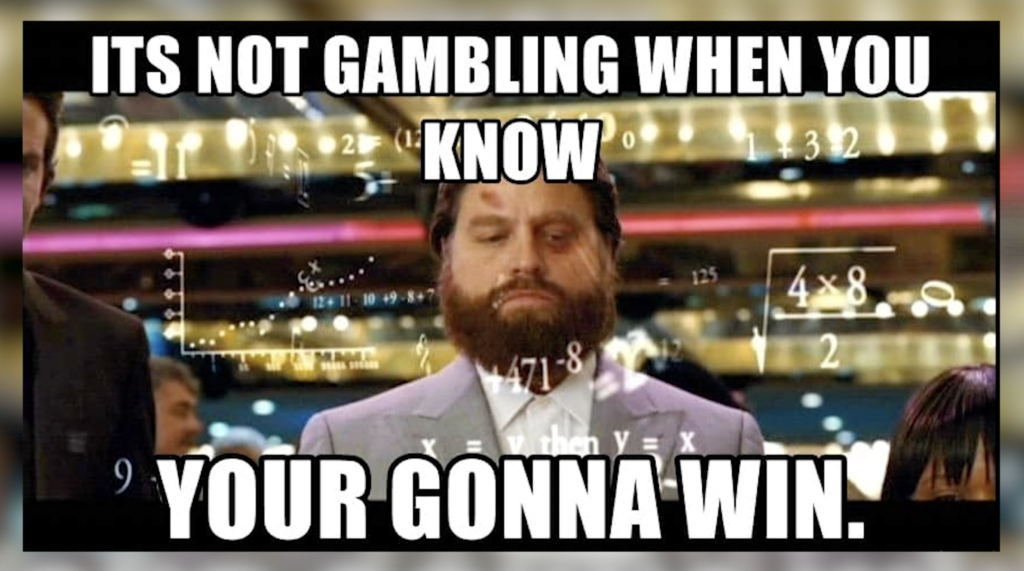

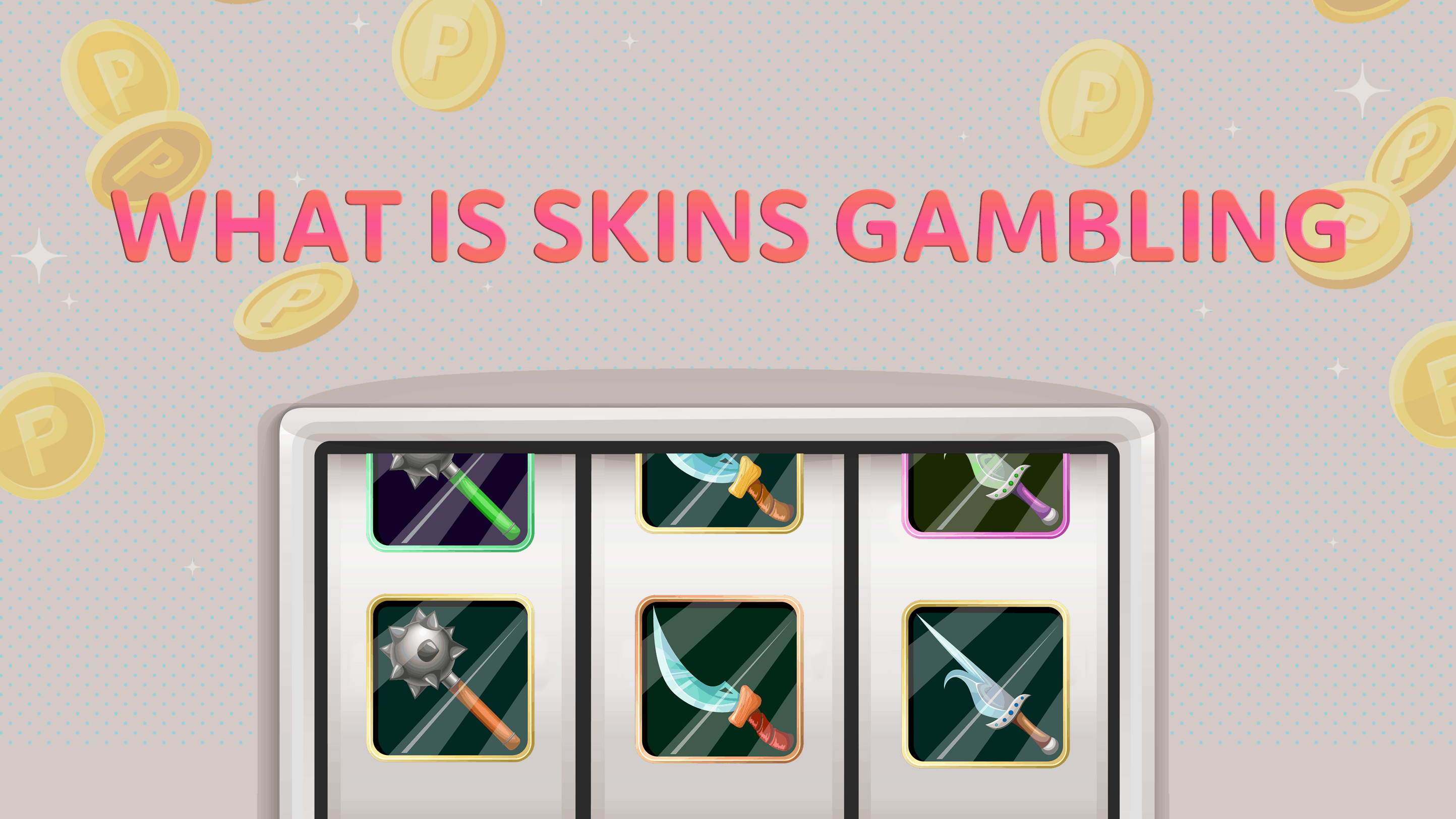
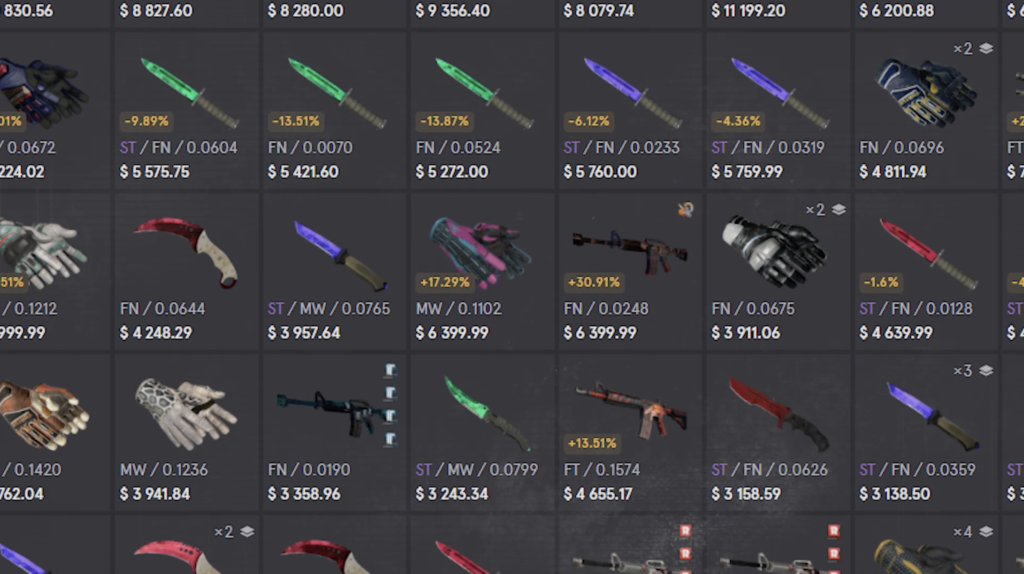

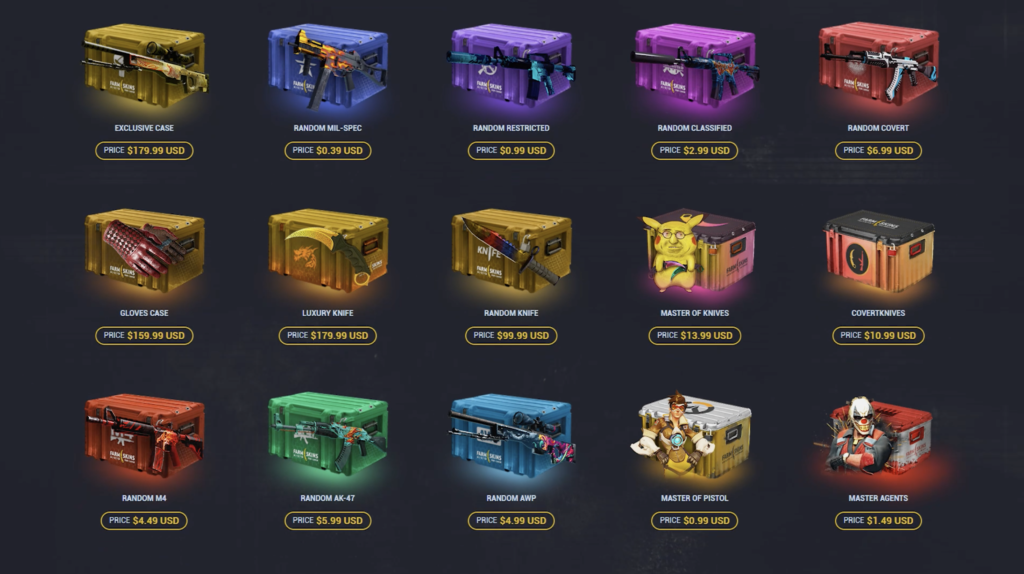
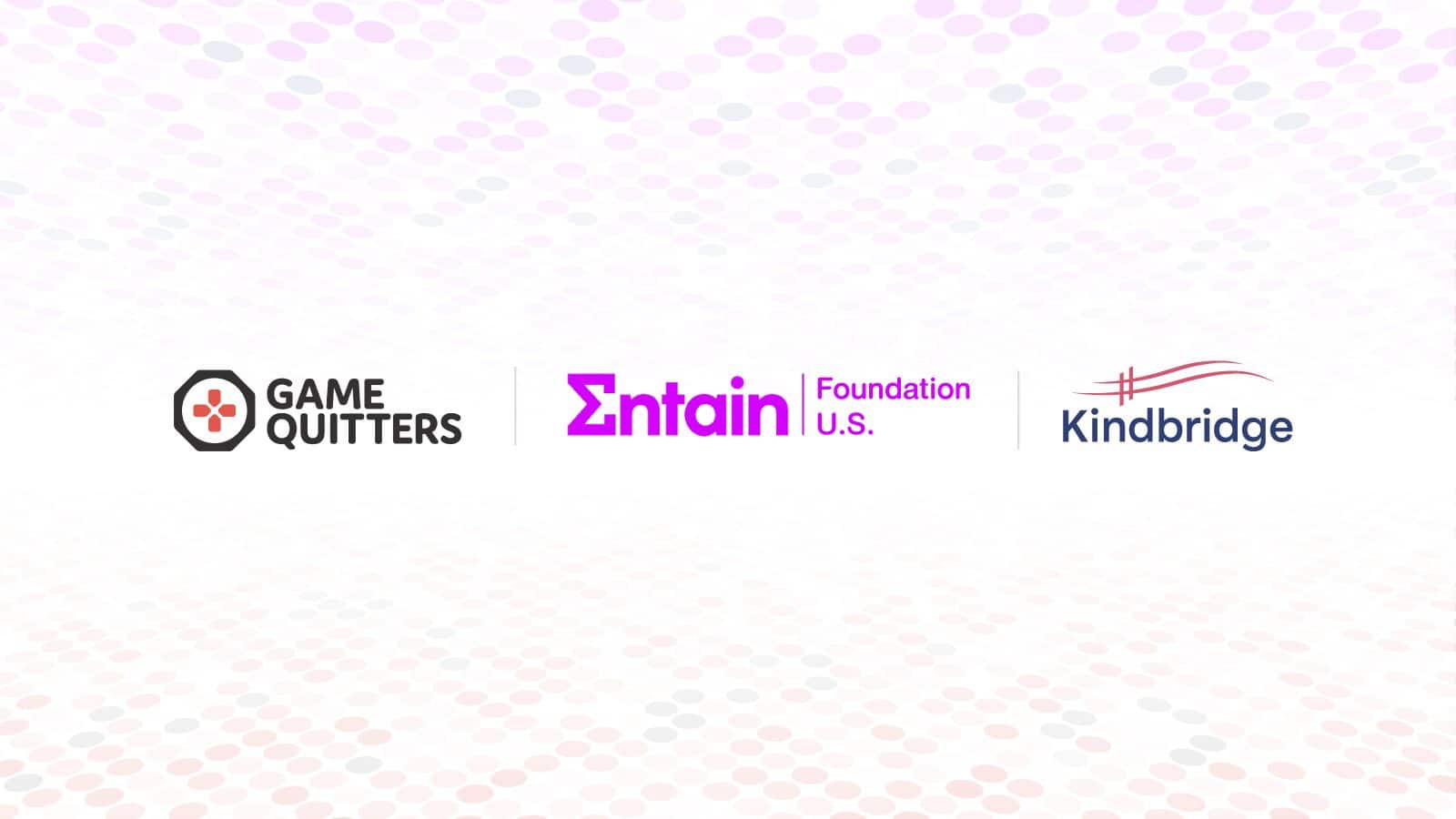
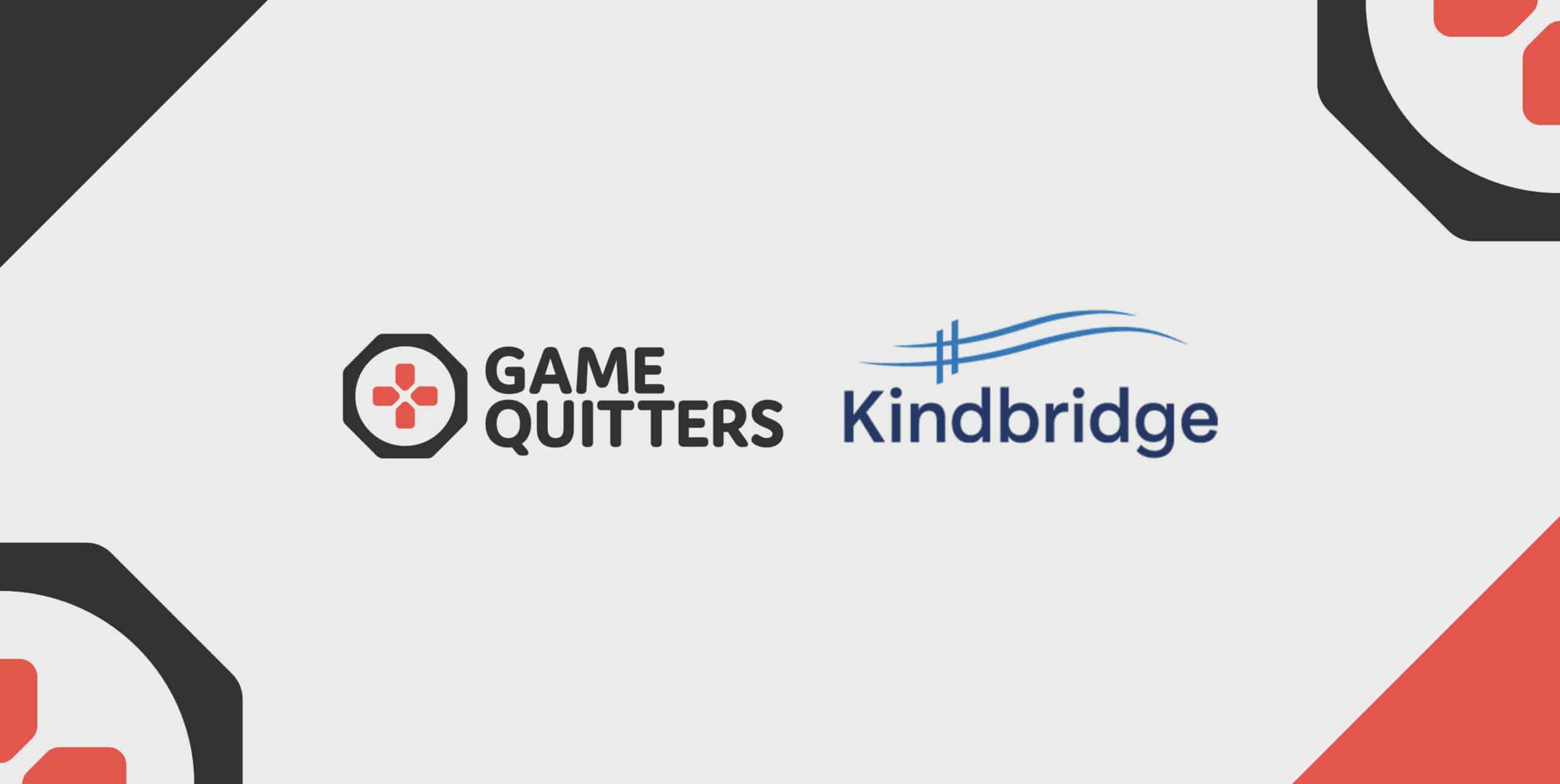
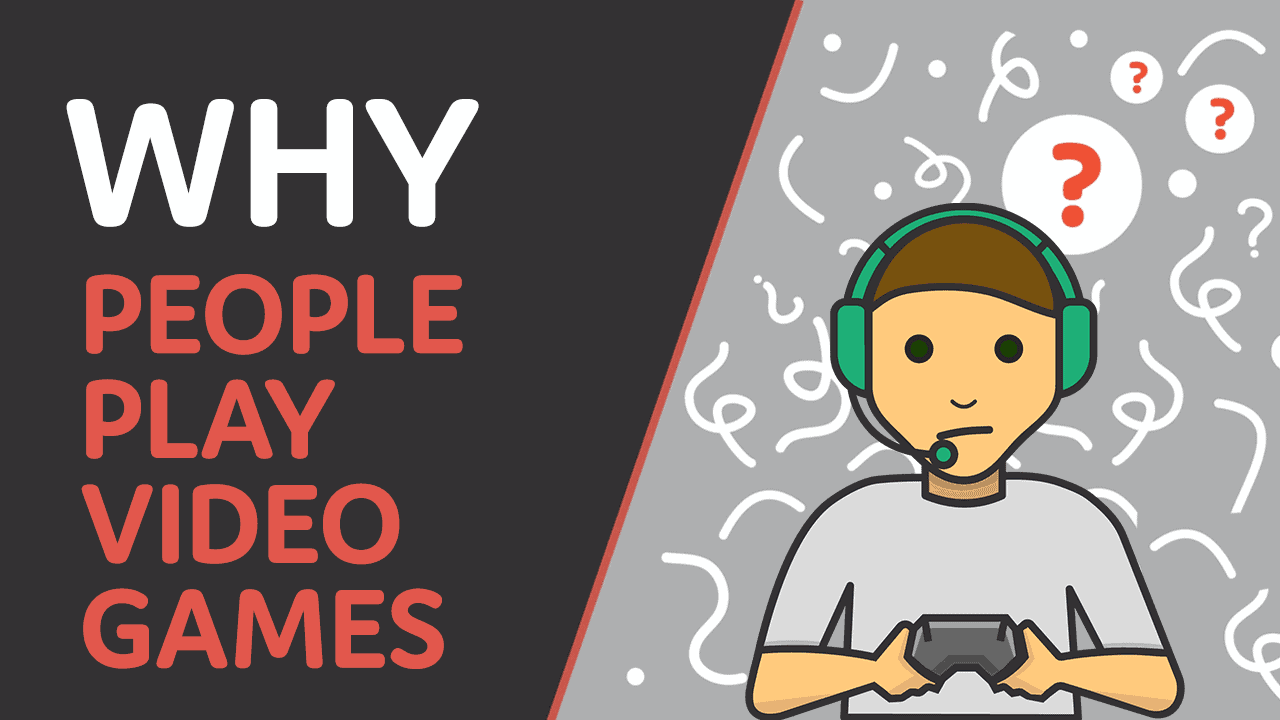
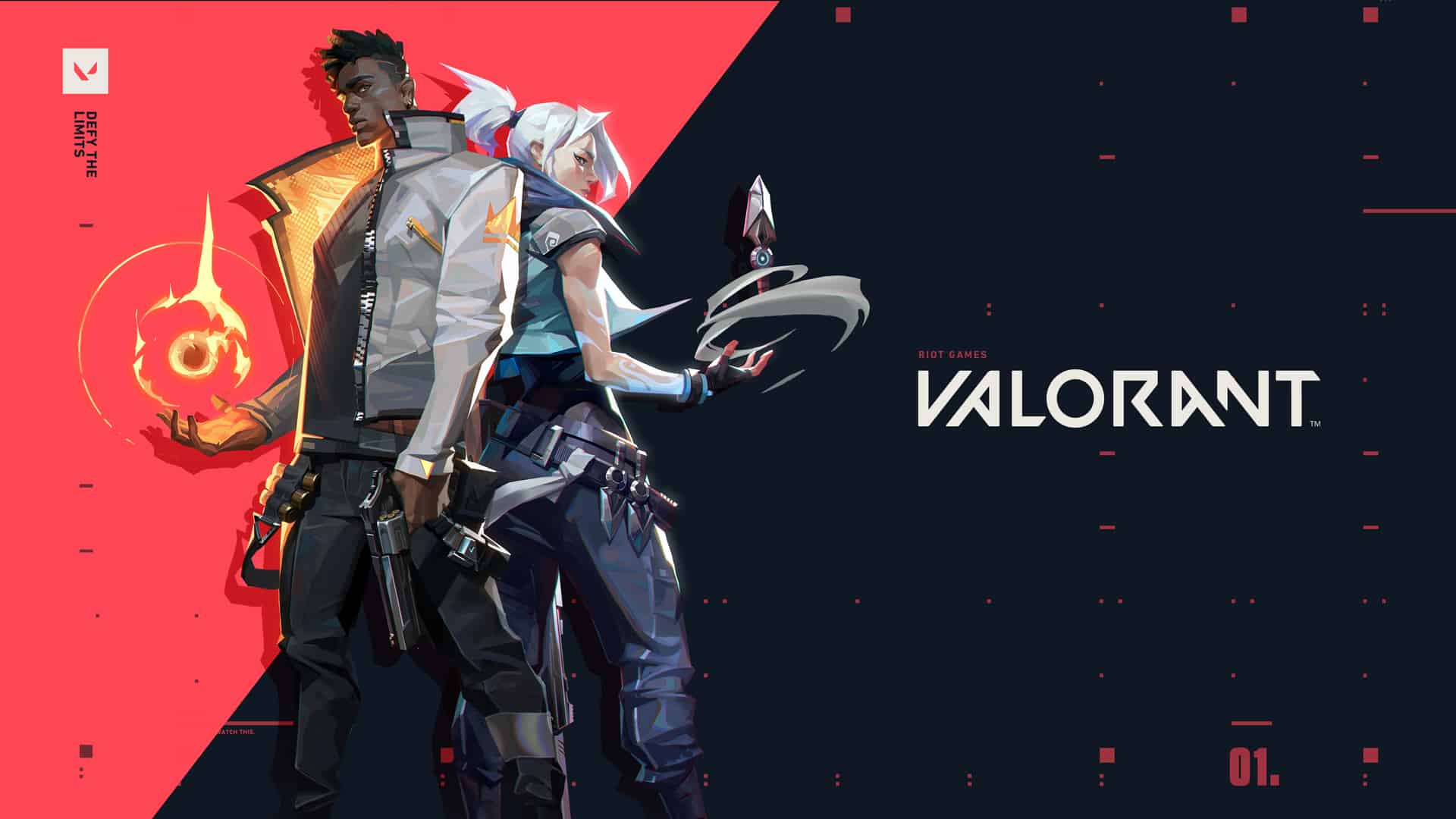
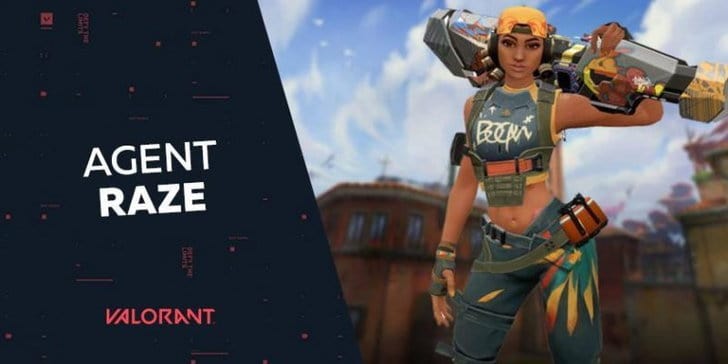


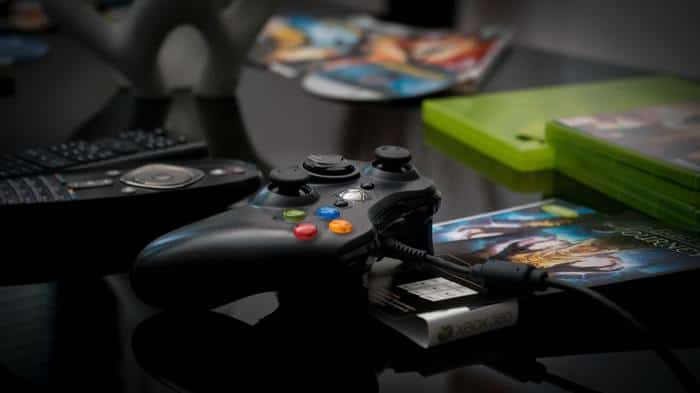

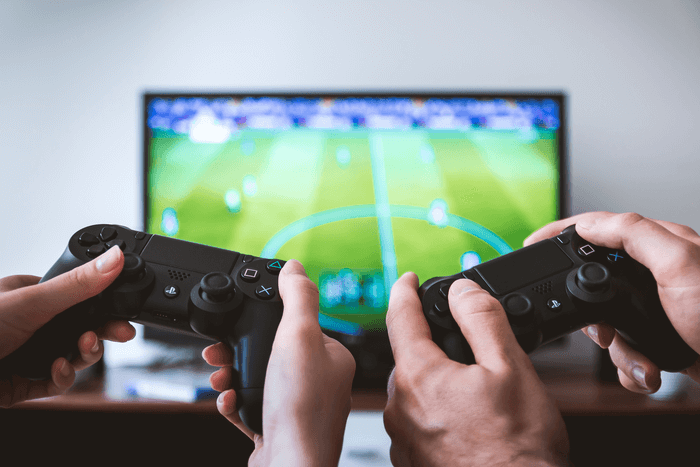


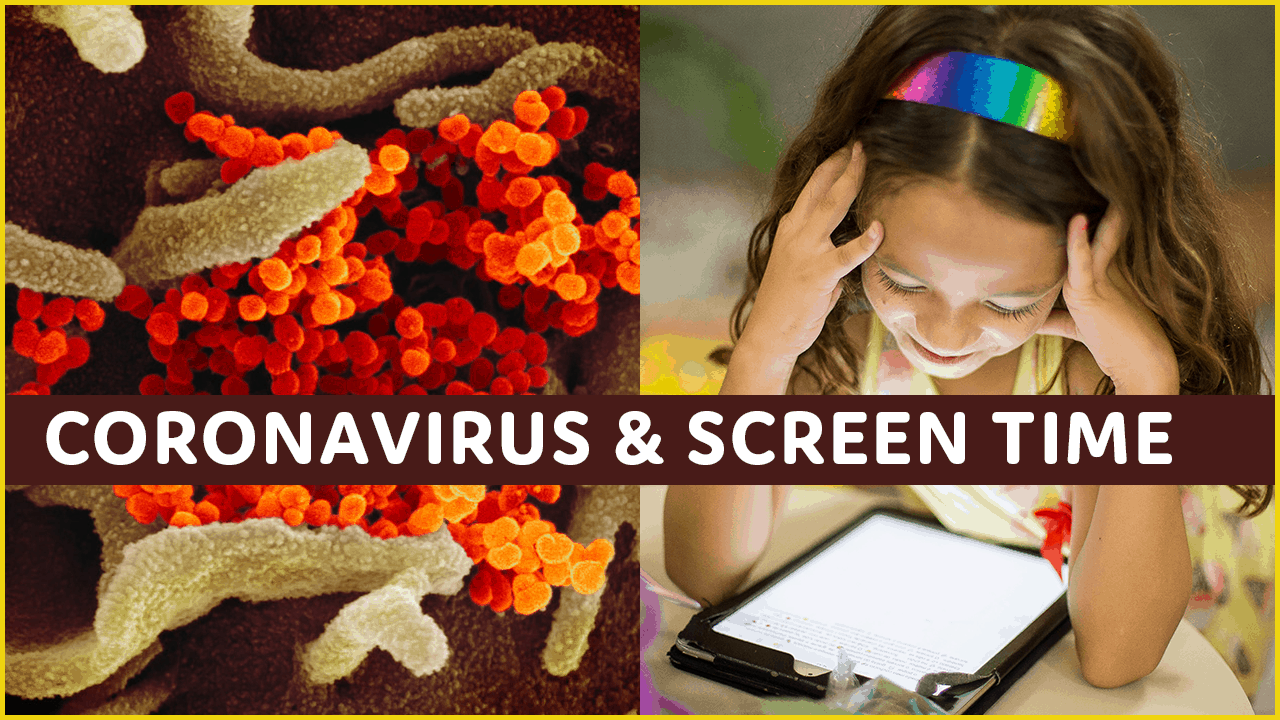
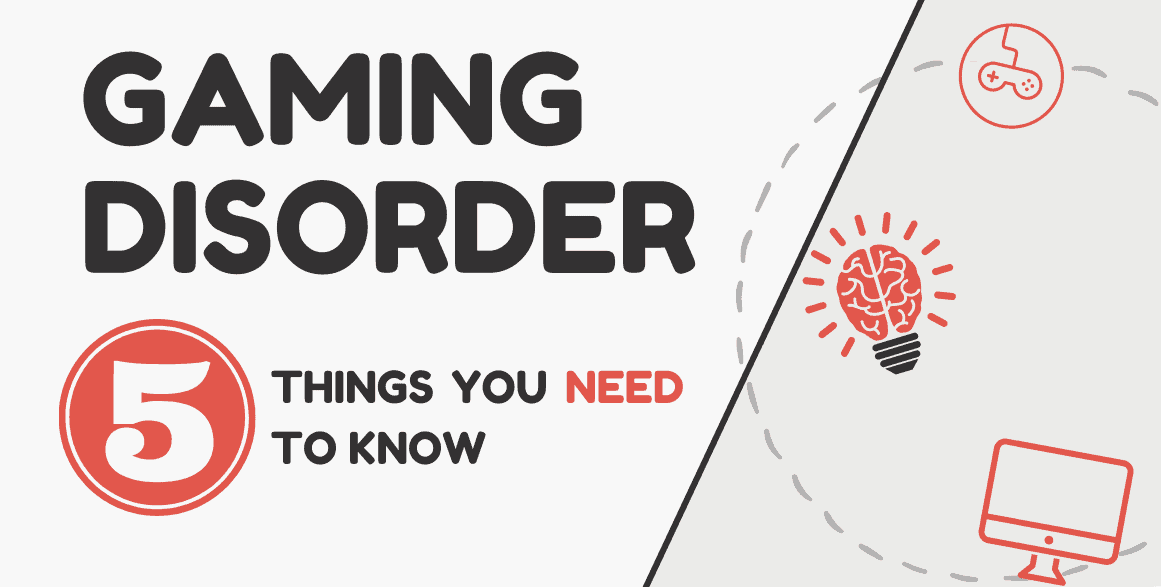
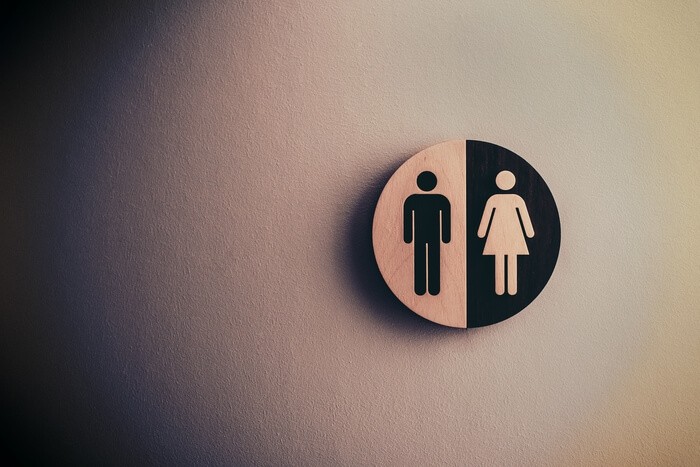
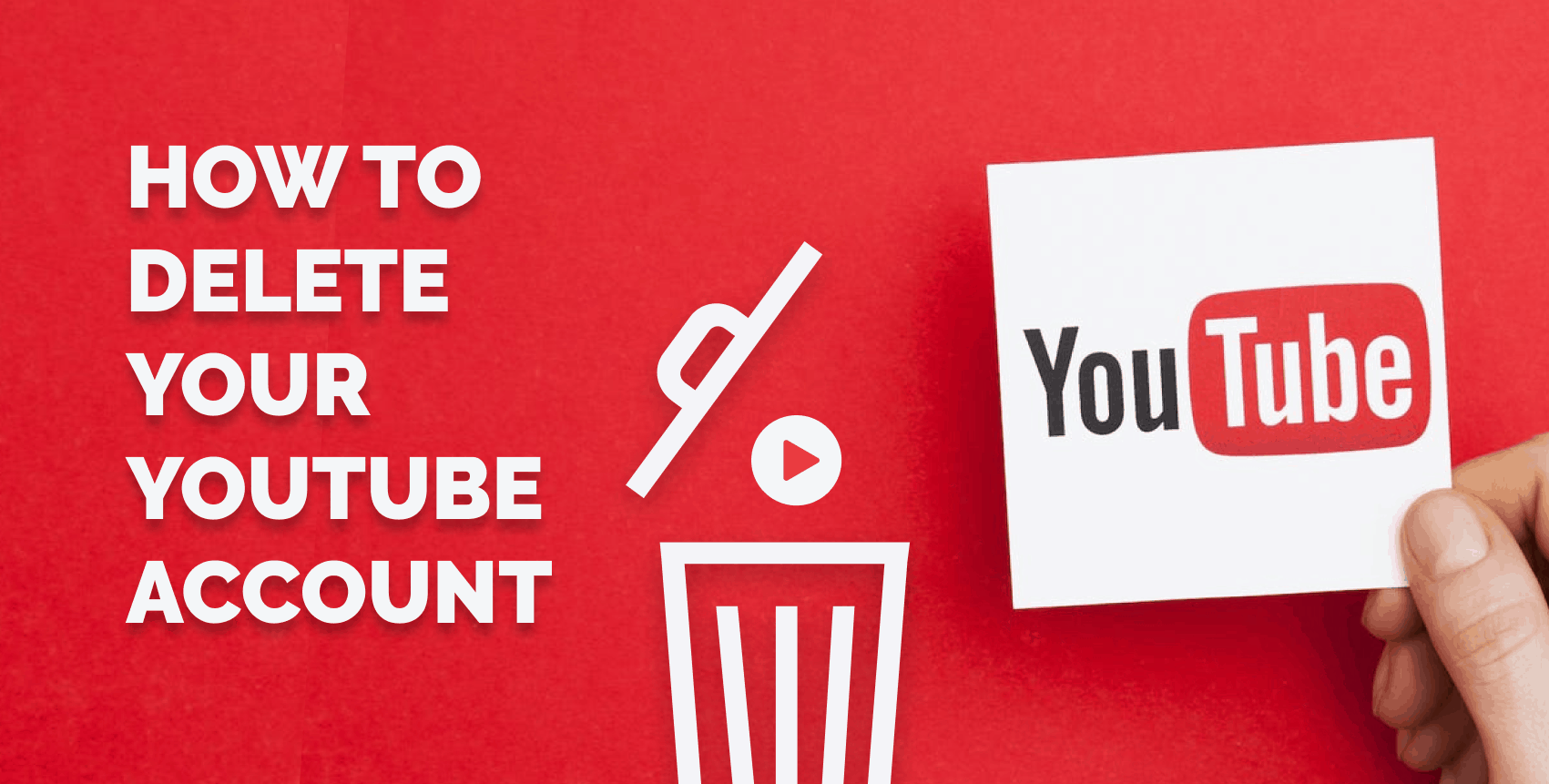
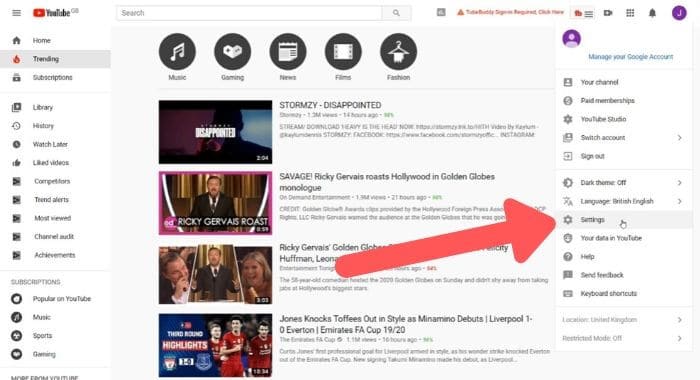
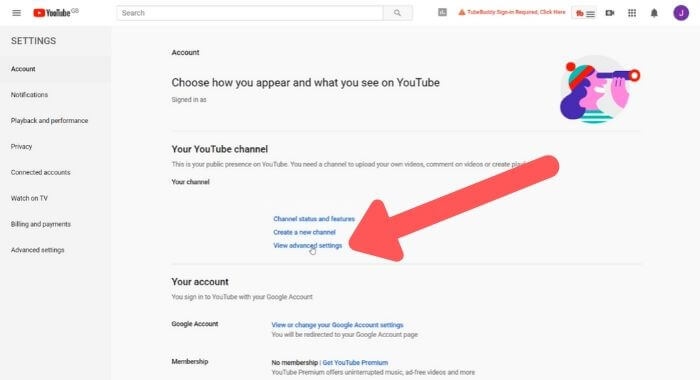

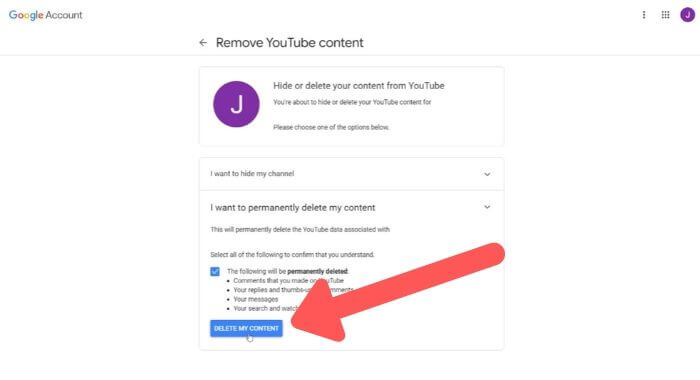
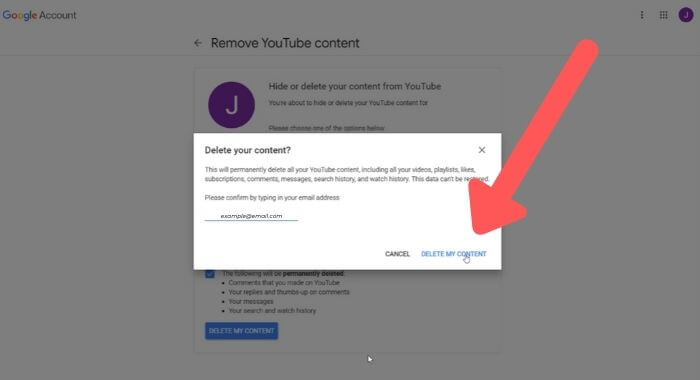
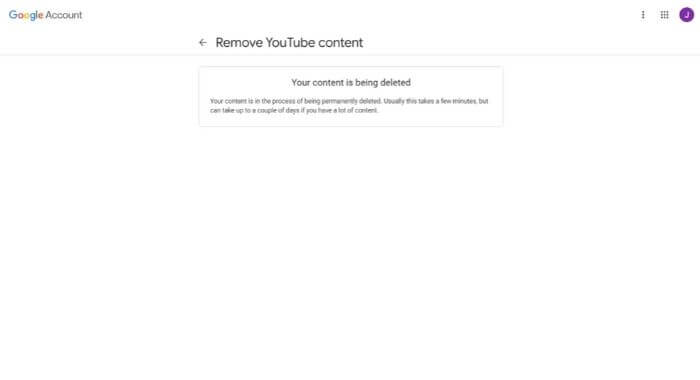
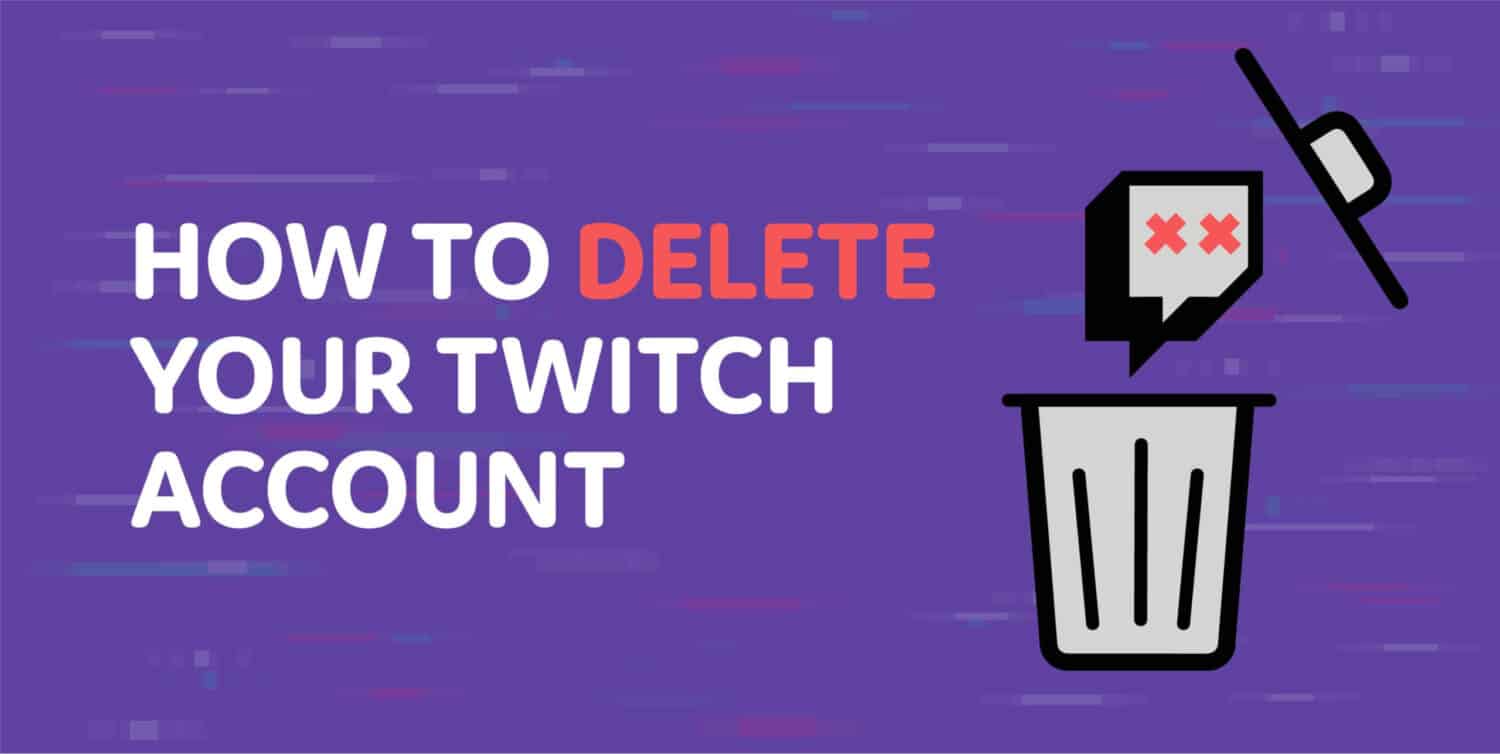
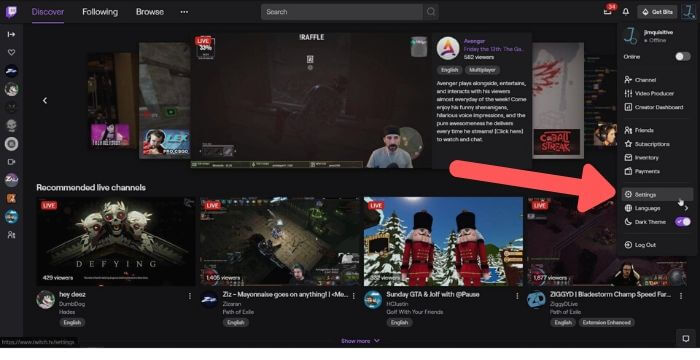
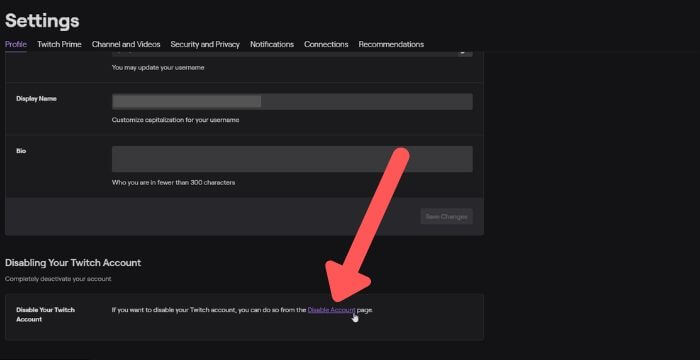

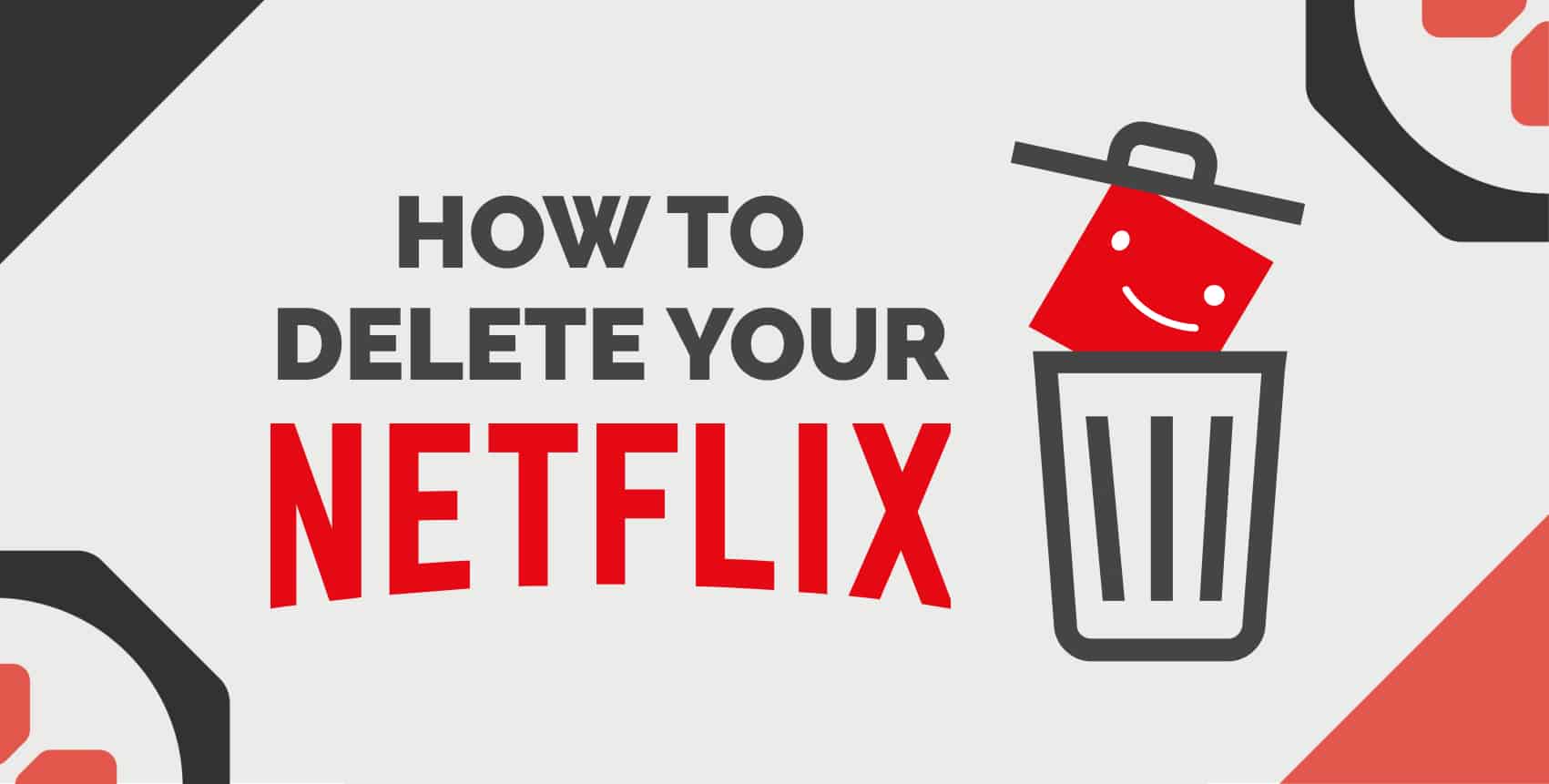
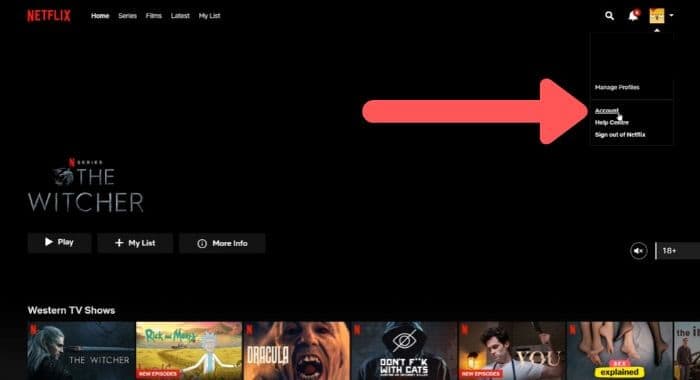
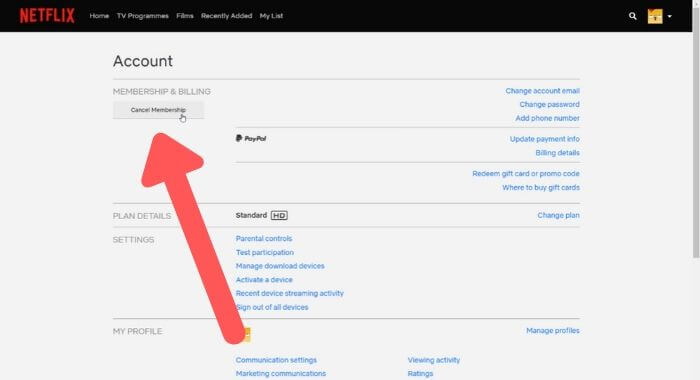
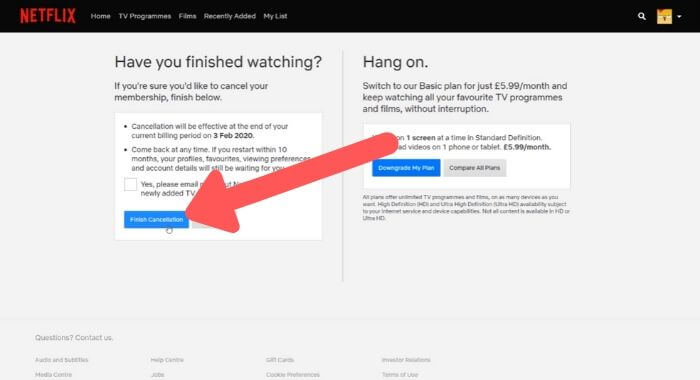
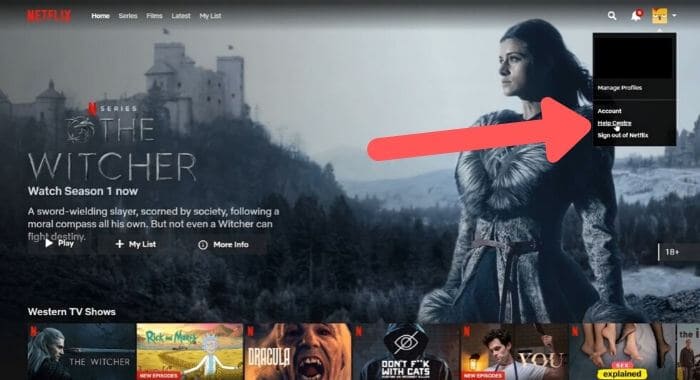

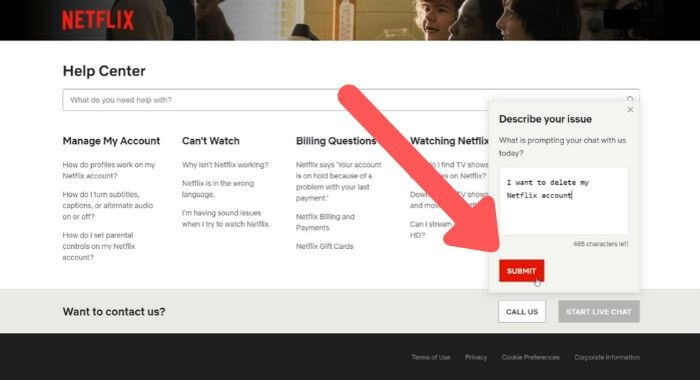
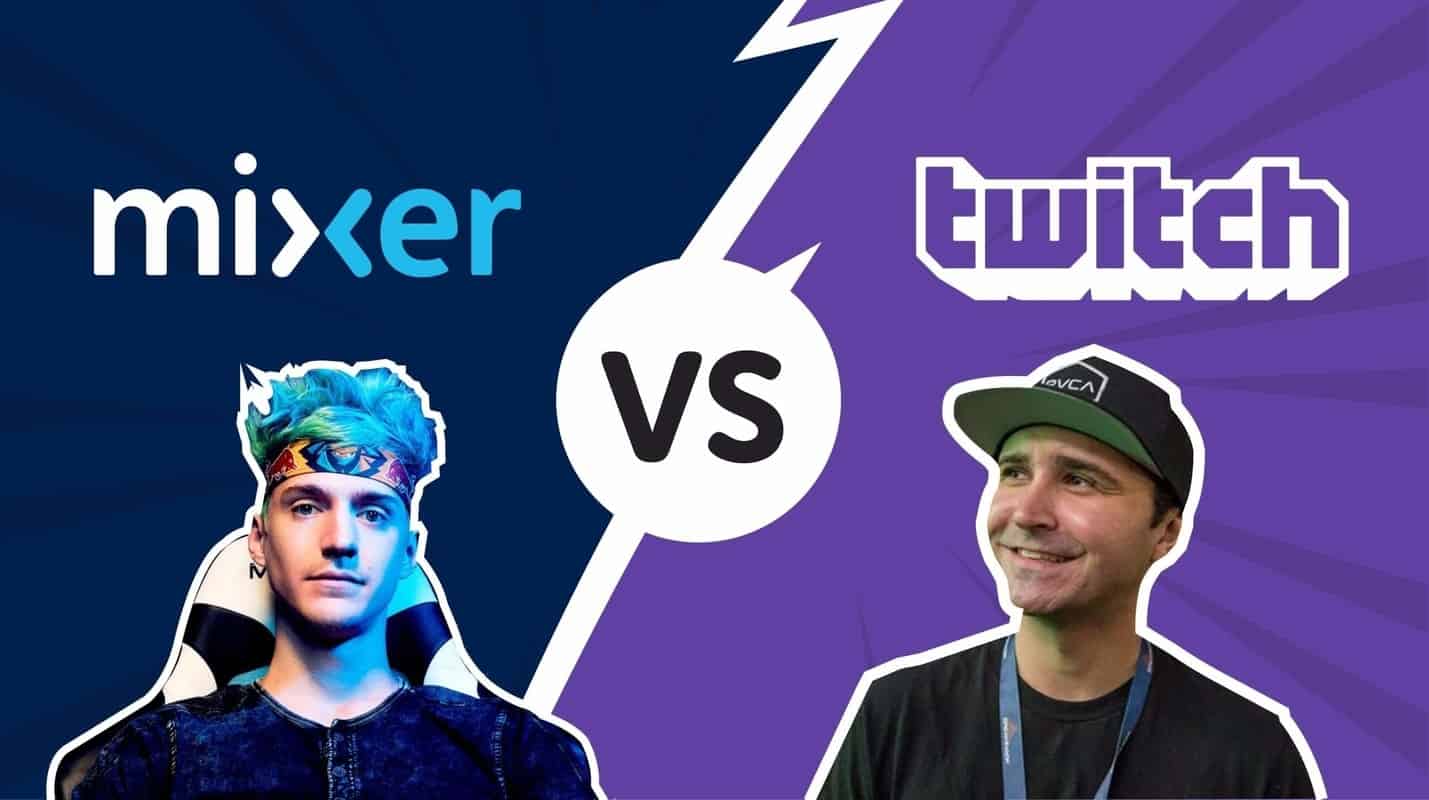
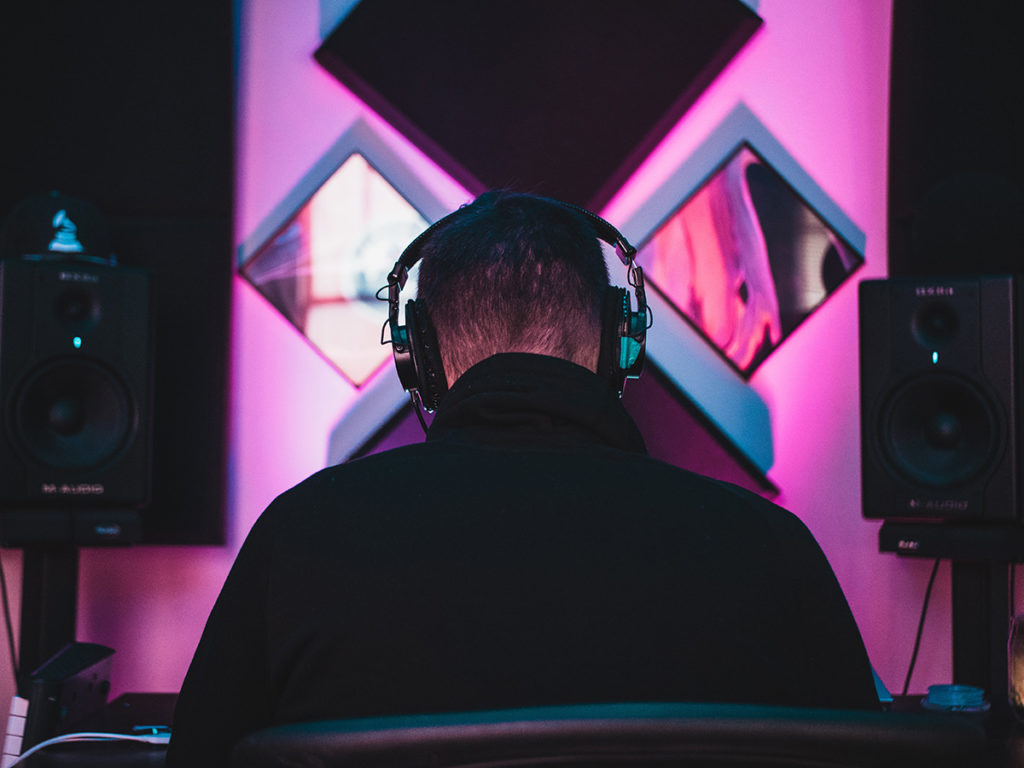
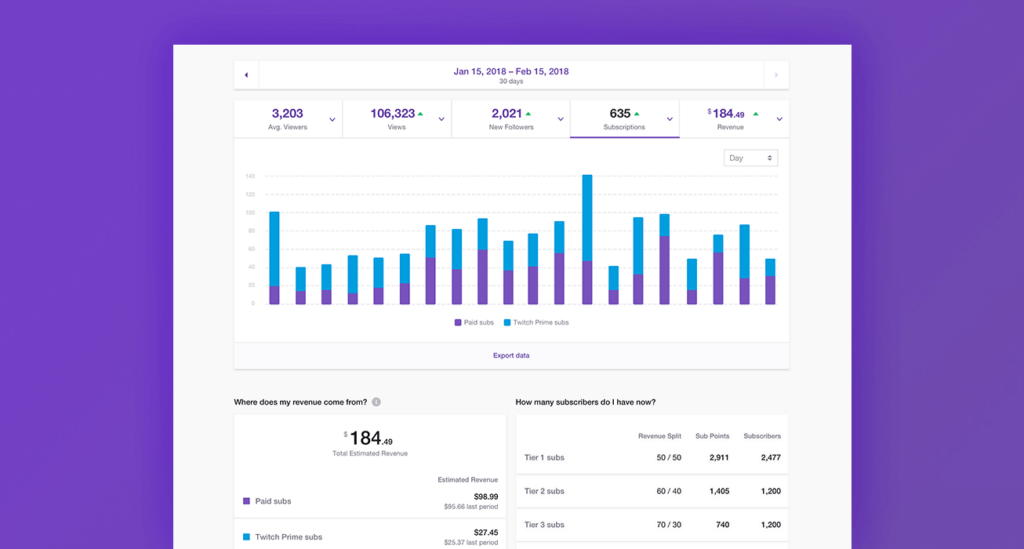
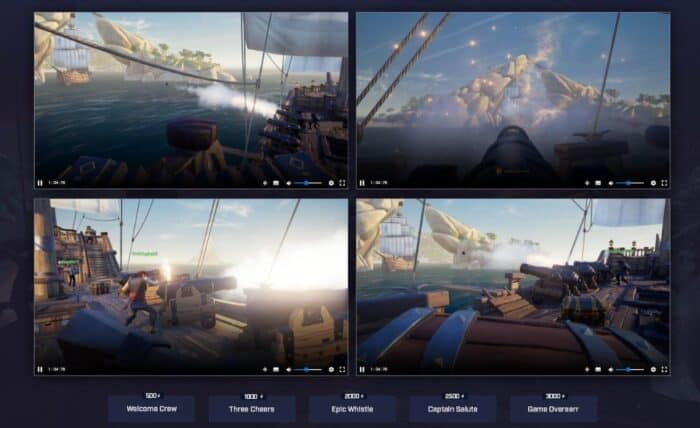
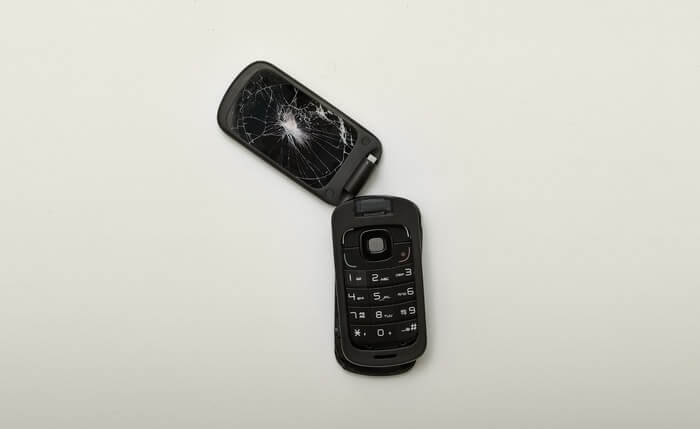

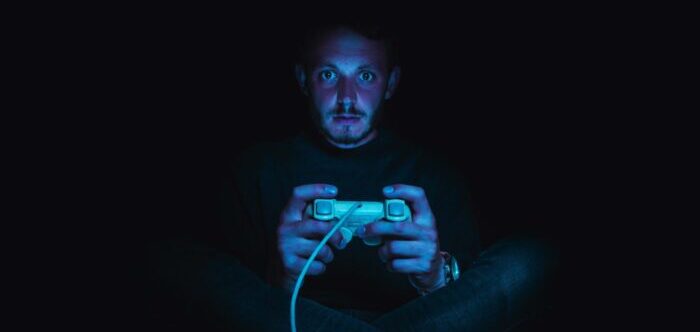
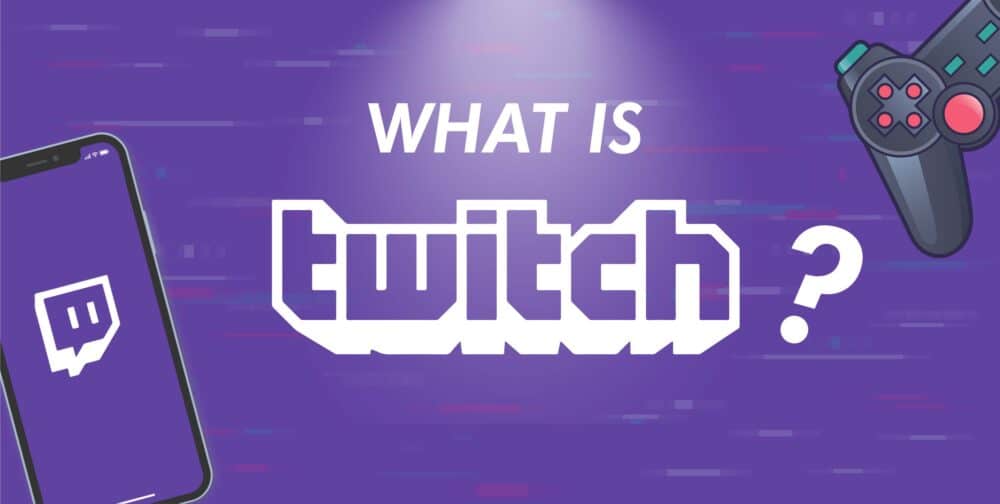
 Twitch is what’s known as a live streaming website.
Twitch is what’s known as a live streaming website.